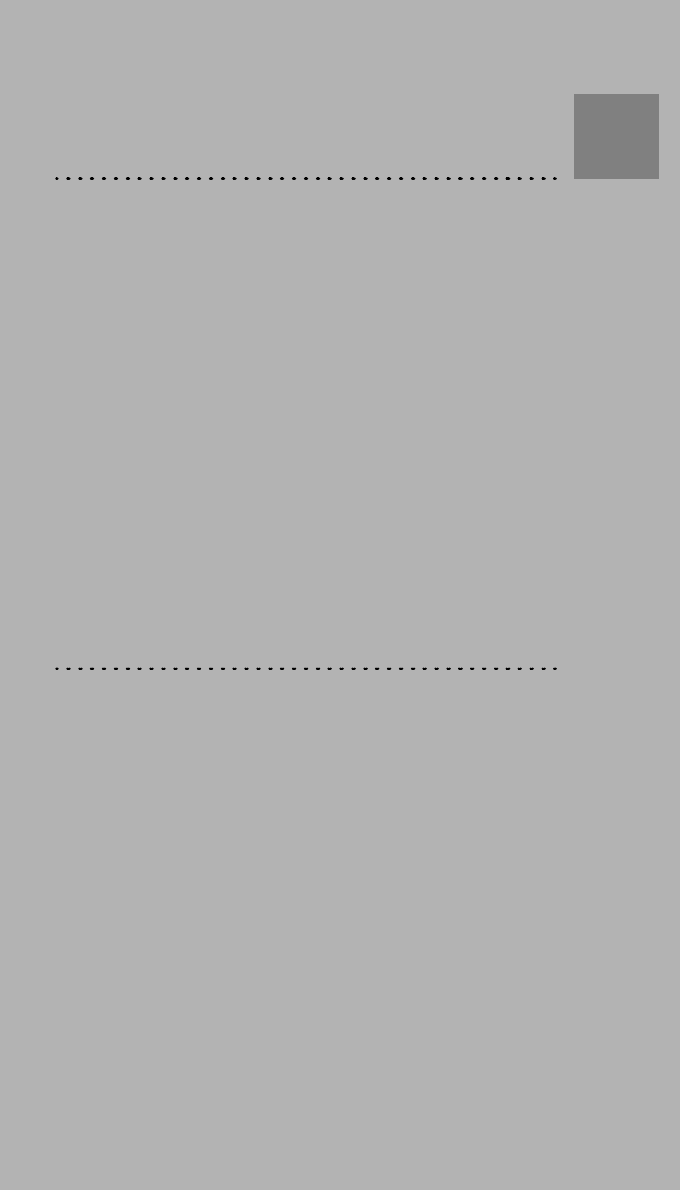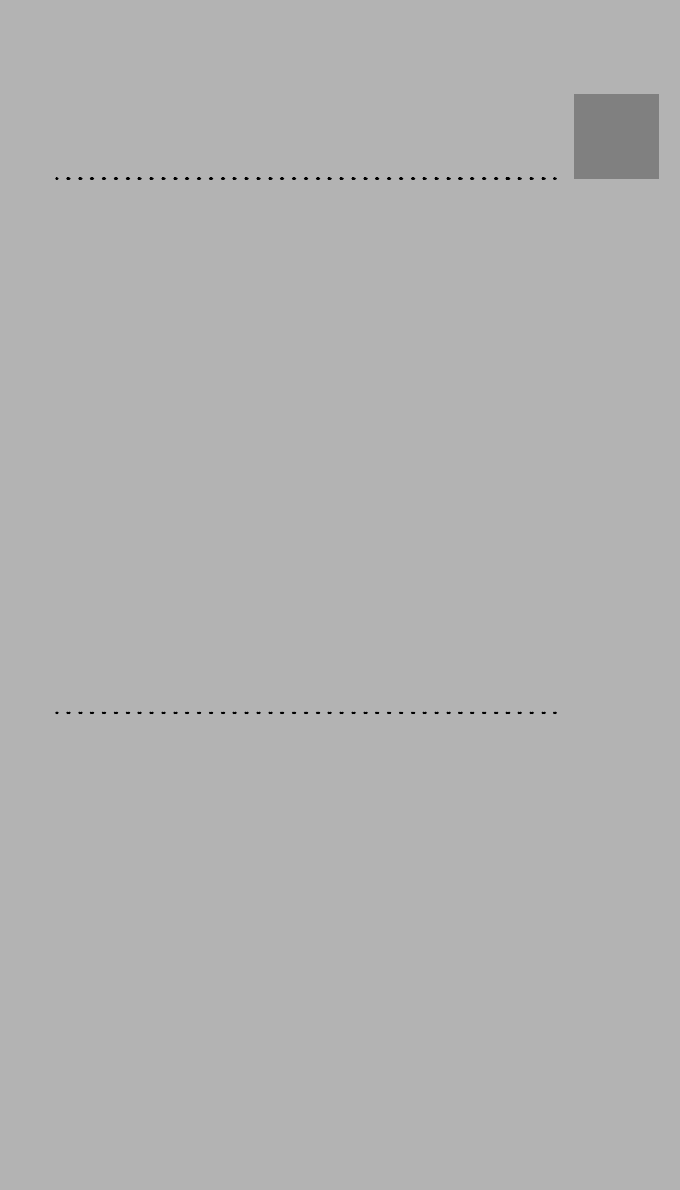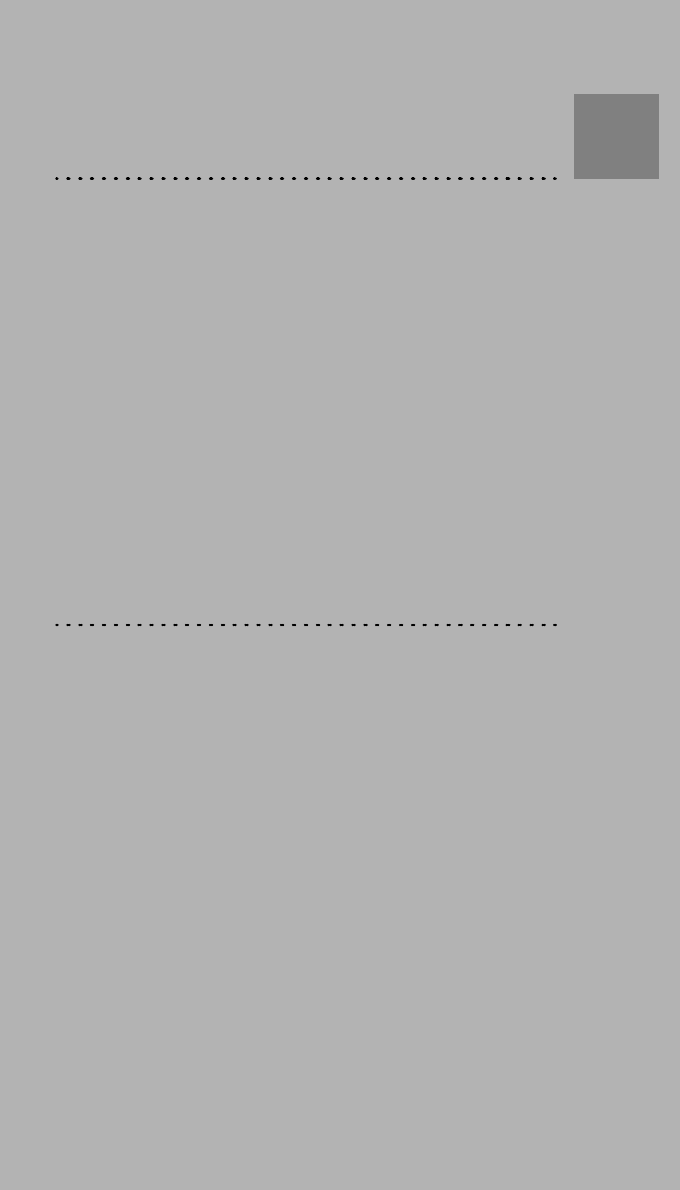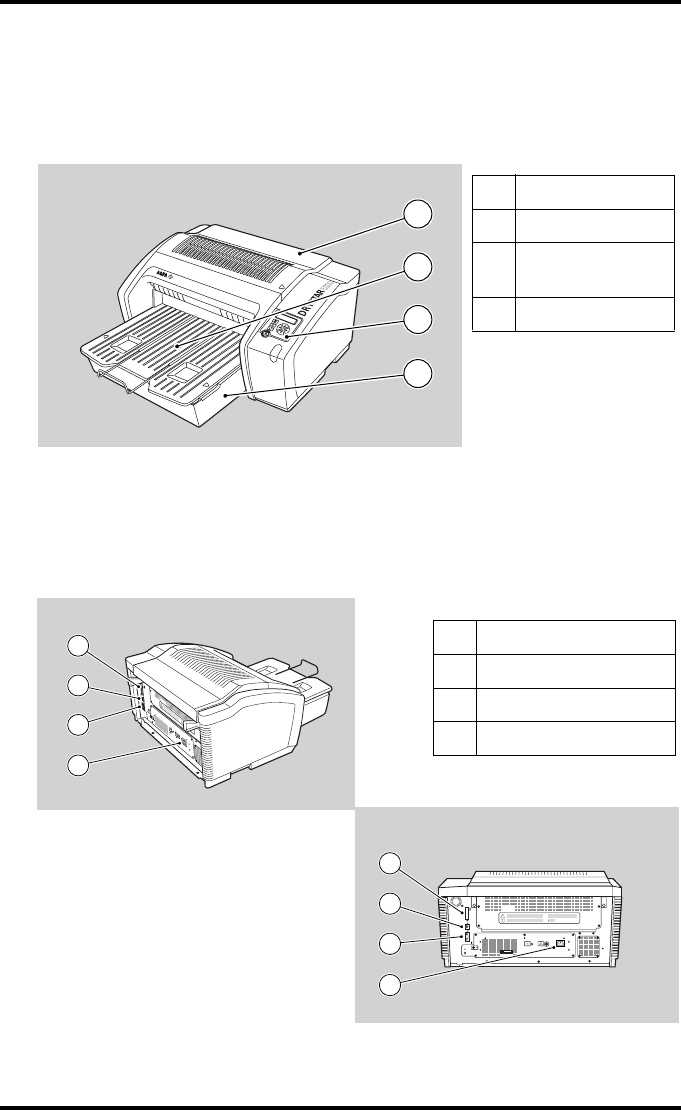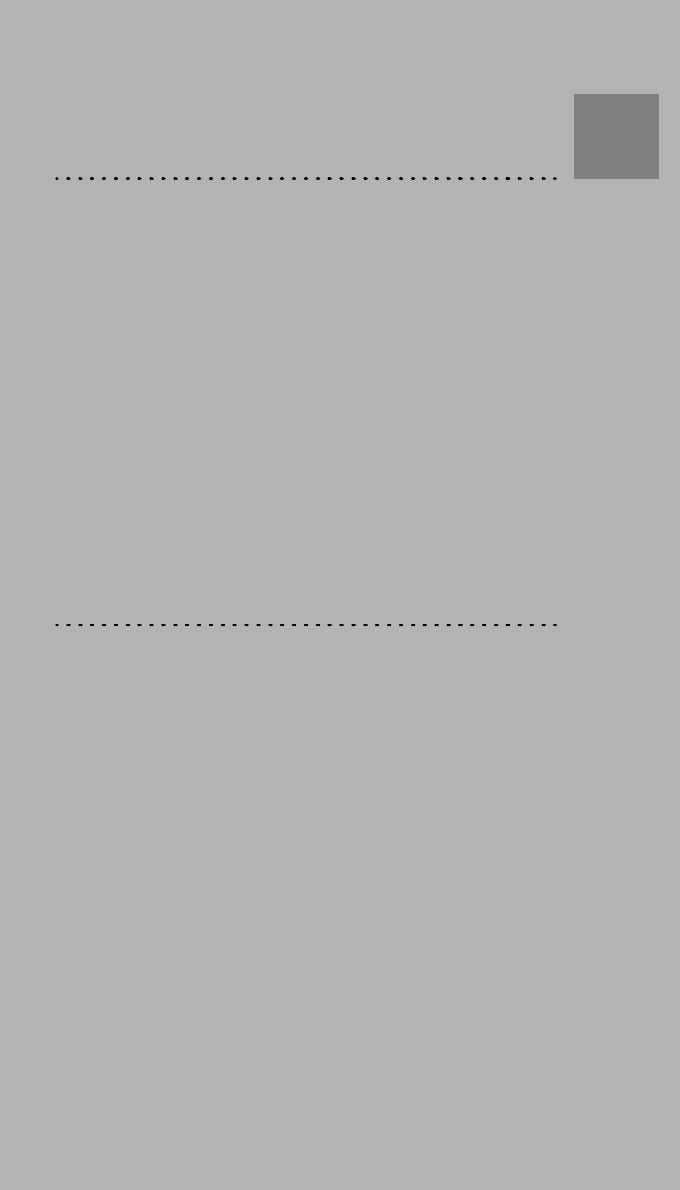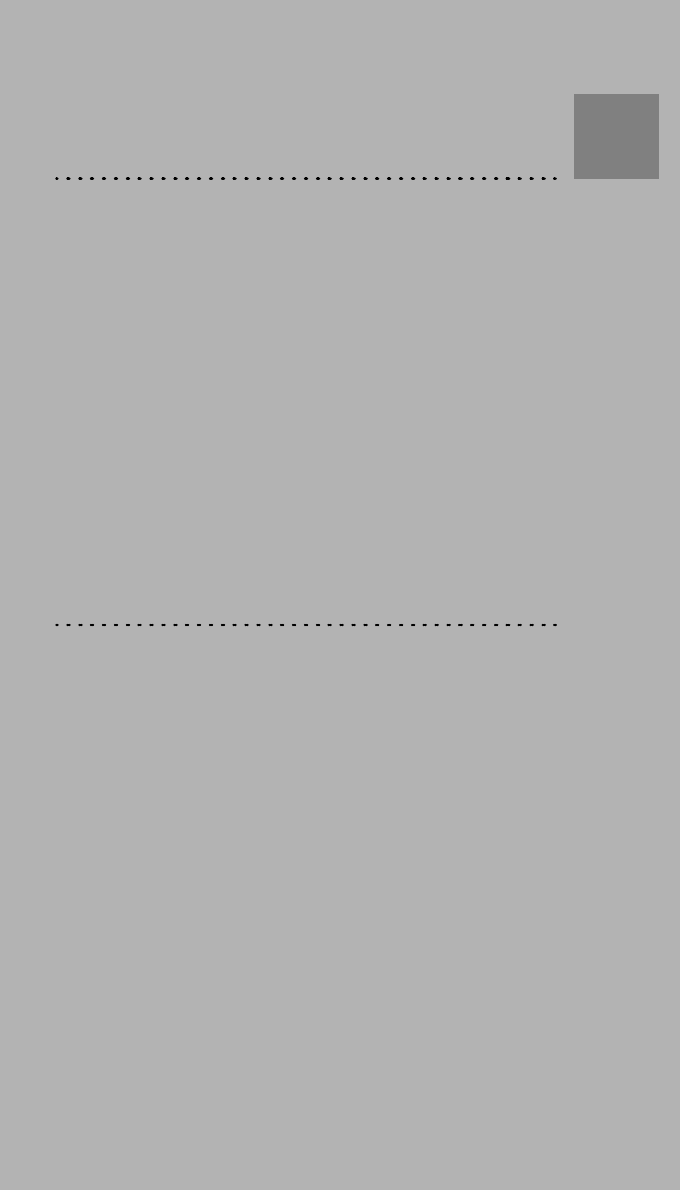Agfa NV 5365 Drystar 5300/xxx tabletop printer User Manual part 2
Agfa Gevaert N V Drystar 5300/xxx tabletop printer part 2
Agfa NV >
Contents
- 1. User manual part 1
- 2. User manual part 2
- 3. User manual part 3
- 4. User manual part 4
User manual part 2
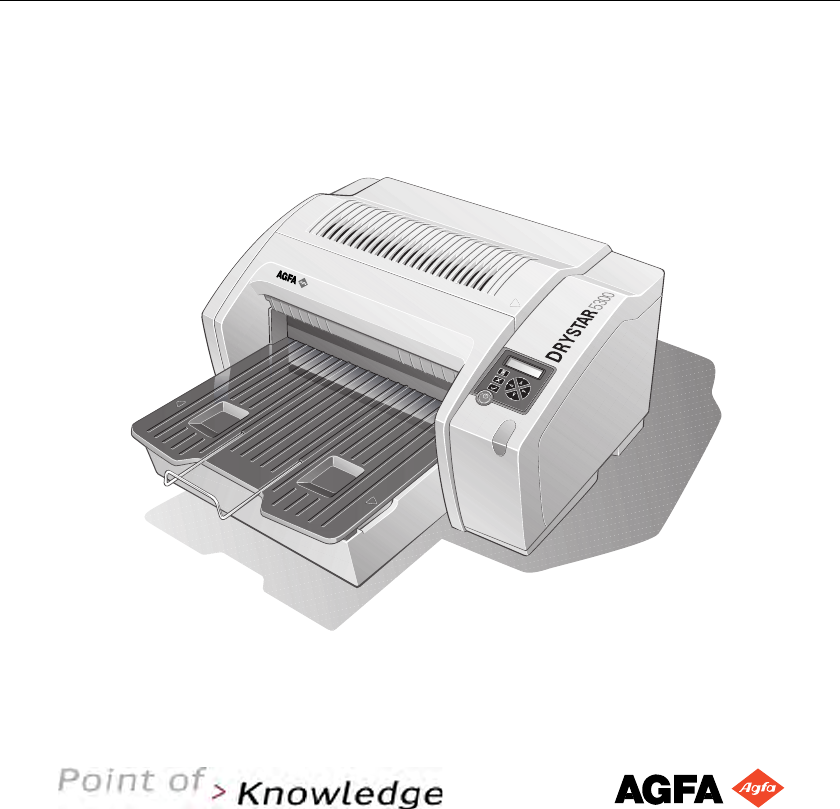
Drystar 5300
Reference manual
POWER
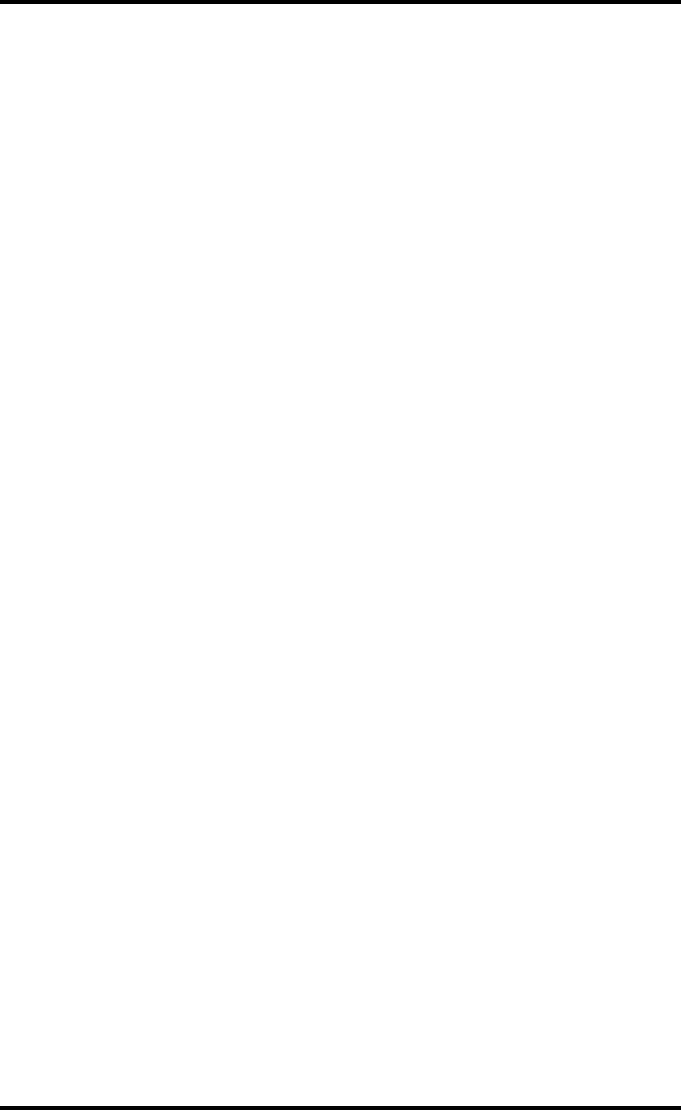
22920B EN 20031206
For more information on Agfa products and Agfa HealthCare products, please visit www.agfa.com, your
Point of Knowledge.
© Agfa-Gevaert N.V. 2003.
No parts of this document may be reproduced, copied, adapted or transmitted in any form or by any means
without the written permission of Agfa-Gevaert N.V.
Agfa-Gevaert N.V. makes no warranties or representation, expressed or implied, with respect to the accu-
racy, completeness or usefulness of the information contained in this document and specifically disclaims
warranties of suitability for any particular purpose. Agfa-Gevaert N.V. shall under no circumstances be liable
for any damage arising from the use or inability to use any information, apparatus, method or process dis-
closed in this document.
Agfa-Gevaert N.V. reserves the right to make changes to this document without prior notice.
Agfa-Gevaert N.V., Septestraat 27, B-2640 Mortsel, Belgium.
Drystar 5300 is a trademark of Agfa-Gevaert N.V., Belgium.
Agfa and Agfa-Rhombus are trademarks of Agfa-Gevaert AG, Germany.
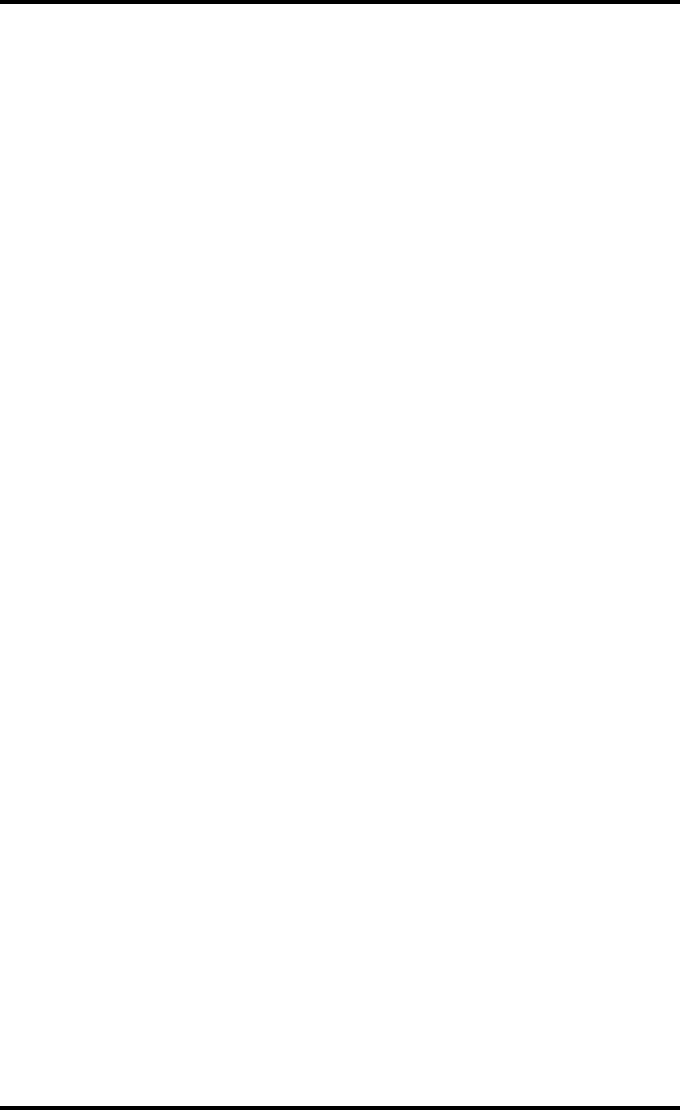
3
2920B EN 20031206
Table of contents
Chapter 1: Introducing the Drystar 5300.......................................................... 5
Drystar 5300 features....................................................................................... 6
Safety precautions ........................................................................................... 8
Security precautions....................................................................................... 12
Safety compliance.......................................................................................... 13
Privacy and security ....................................................................................... 14
Operating modes ........................................................................................... 16
Control modes (local and remote)................................................................... 17
The user interface.......................................................................................... 18
Switching on the Drystar 5300........................................................................ 28
Switching off the Drystar 5300 ........................................................................ 30
Chapter 2: Basic operation (Operator mode)................................................. 31
Overview of operator functions ....................................................................... 32
Managing the print queue............................................................................... 33
About Drystar 5300 consumables................................................................... 35
Loading films.................................................................................................. 36
Chapter 3: Advanced operation (Key-operator mode).................................. 43
Overview of key-operator functions ................................................................ 44
Viewing printer information ............................................................................. 48
Changing the configuration settings................................................................ 58
Printing images .............................................................................................. 91
Saving the configuration settings.................................................................... 95
Restoring the configuration settings................................................................ 97
Maintaining optimal image quality................................................................. 101
Service actions............................................................................................. 108
Quality control procedure ............................................................................. 109
Installation operations .................................................................................. 122
Chapter 4: Controlling the Drystar 5300 via a remote PC (with browser).. 139
Features ...................................................................................................... 140
Set up .......................................................................................................... 141
Setting up the connection............................................................................. 142
Starting the remote session .......................................................................... 147
Chapter 5: System description ..................................................................... 149
Main components......................................................................................... 150
Functional description .................................................................................. 151
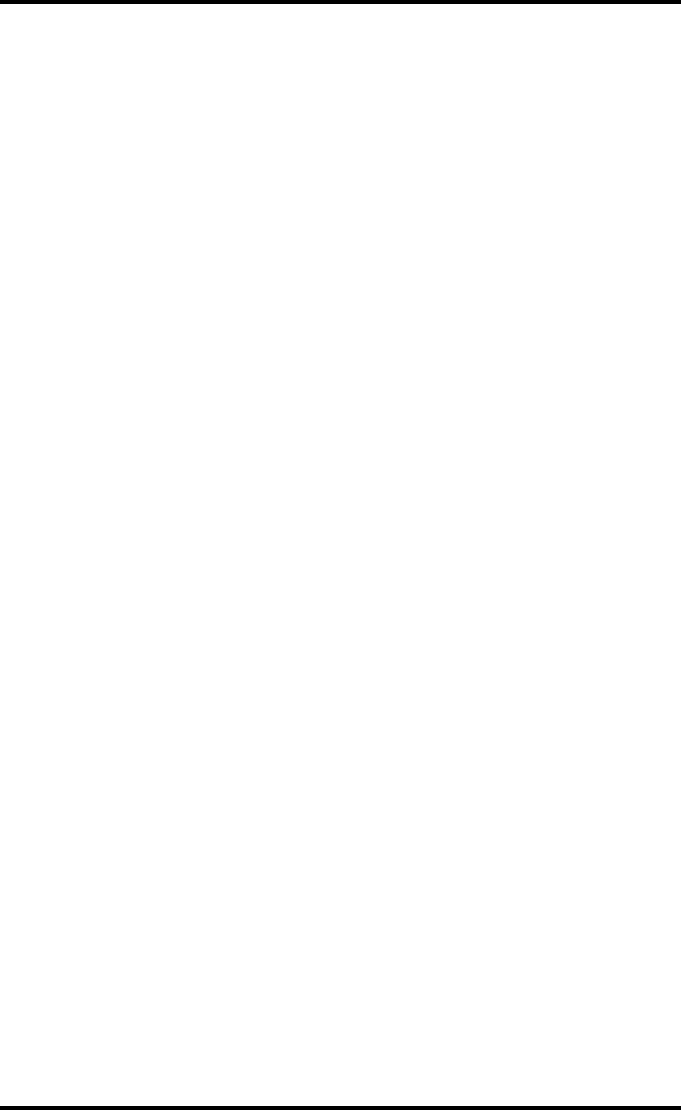
42920B EN 20031206
Changing the film format of the trays ............................................................ 152
Drystar 5300 network configuration .............................................................. 157
Transport after installation ............................................................................ 159
Chapter 6: Preventive maintenance ............................................................. 161
Preventive maintenance schedule ................................................................ 162
Cleaning the exterior .................................................................................... 163
Cleaning the print head resistor line ............................................................. 164
Chapter 7: Troubleshooting .......................................................................... 169
Troubleshooting checklists ........................................................................... 170
The Drystar 5300 does not print ................................................................... 172
Clearing of film jams..................................................................................... 175
Film identification problems .......................................................................... 182
Startup errors ............................................................................................... 185
Image quality problems ................................................................................ 186
Warning messages ...................................................................................... 187
Maintenance messages ............................................................................... 188
Appendix A: Equipment information sheet.................................................. 189
Specifications............................................................................................... 190
Options and accessories .............................................................................. 193
Appendix B: Drystar media density response data..................................... 195
Drystar DT 2B .............................................................................................. 196
Drystar DT 2C .............................................................................................. 197
Appendix C: Quality Control Charts............................................................. 199
Appendix D: Index ......................................................................................... 205
Index............................................................................................................ 206
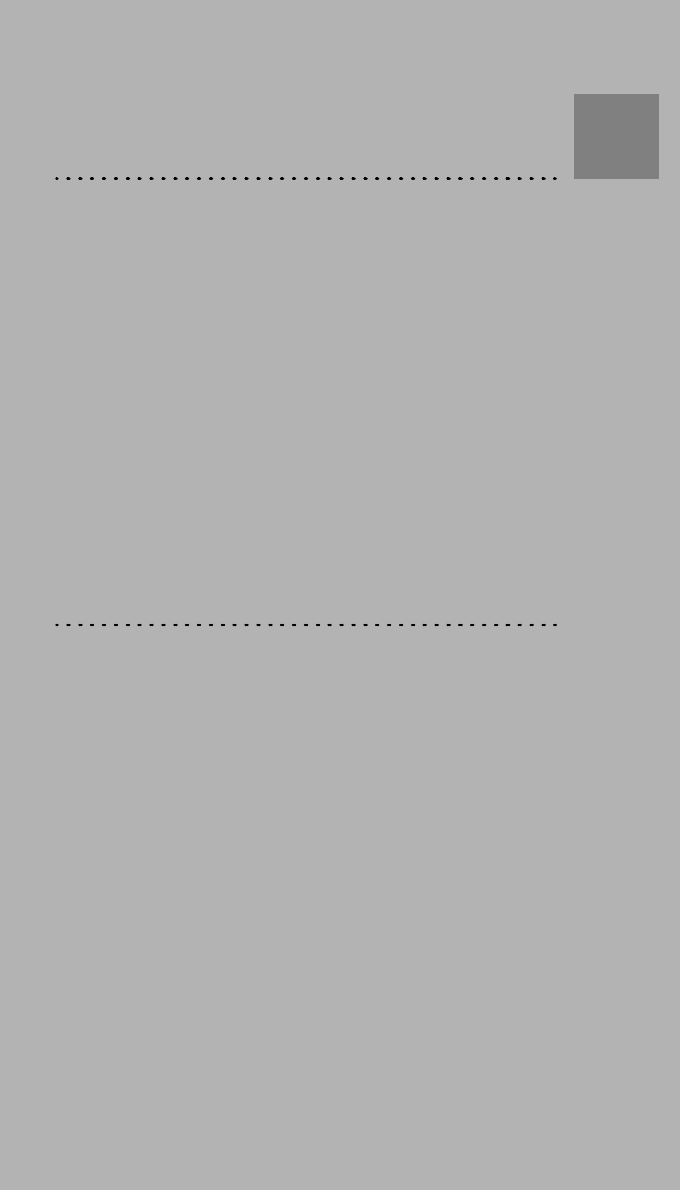
Introducing the Drystar 5300
This chapter introduces the Drystar 5300 to the user and
draws attention to important safety precautions.
!Drystar 5300 features
!Safety precautions
!Security precautions
!Safety compliance
!Privacy and security
!Operating modes
!Control modes (local and remote)
!The user interface
!Switching on the Drystar 5300
!Switching off the Drystar 5300
Chapter
1
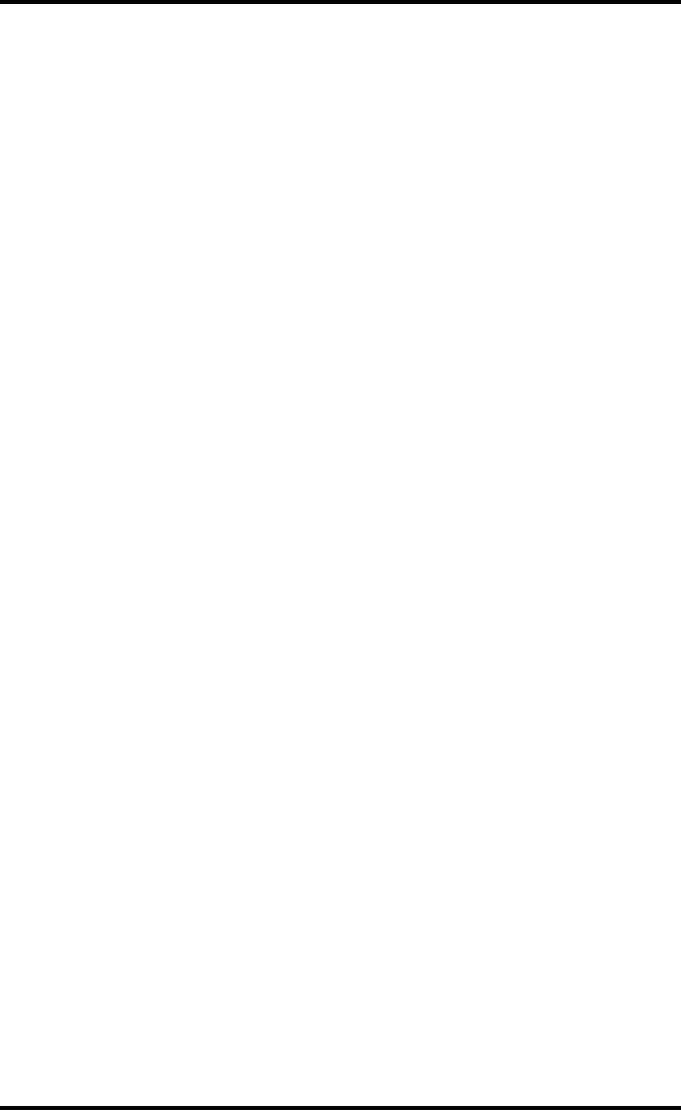
62920B EN 20031206
Drystar 5300 features
The Drystar 5300 is a dry digital tabletop printer for producing medical
diagnostic images. It can print two formats (11x14” or 14x17”) blue-based and
clear-based film and offers crisp, dense grayscale images.
"The Drystar 5300 is a Dicom-only network printer.
The Drystar 5300 offers the following features:
#Dry technology for printing diagnostic quality hardcopies in full daylight offers
important advantages: no chemistry, no wet processing, simple cleaning
procedures, no time-consuming adjustments, no darkroom and no chemical
disposal costs. The consumables can be loaded in full daylight.
#With its compact design, the Drystar 5300 needs little work space and allows
easy customer access. Maintenance and service activities are reduced to a
minimum.
#The direct thermal printing system provides grayscale images with high
quality: 320 pixels per inch resolution, each pixel with 12 bit contrast
resolution and an optical density ranging from 0.2 up to 3.1 (if an X-Rite 310
densitometer is used).
#Two film formats (11x14” or 14x17”) can be used.
#The input tray of the Drystar 5300 is equipped with an RF-tag reader, which
automatically traces the films used in the printer and protects the printer when
detecting non-identified media.
#Number of input trays.
The Drystar 5300 is delivered with 1 input tray, which can use two film formats
(11x14” or 14x17”).
#Number of output trays.
The Drystar 5300 is equipped with 1 output tray, which can be adjusted to receive
two film formats (11x14” or 14x17”).
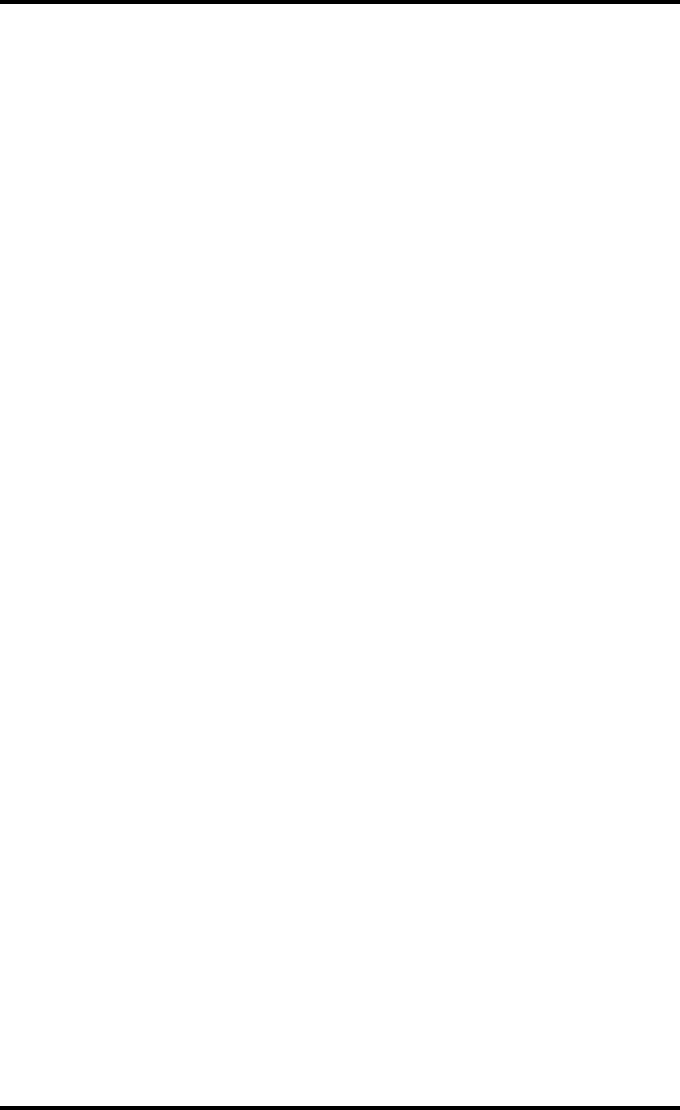
7
2920B EN 20031206
Network features
#The modular design offers optimal application functionality for your specific
networking requirements.
In a network configuration, the Drystar 5300 is fully compatible with Agfa’s
diagnostic imaging systems, including the ADC Compact and ADC Quality System
software, the Paxport and the entire line of Impax Review Systems, Storage
Stations and Transmitting Stations.
#The functionality of the Drystar 5300 is completely controlled via the network.
#You can control the working of the Drystar 5300 via the local keypad or via a
remote PC with a functioning web browser.
Customizable features
#Consumables.
The Drystar 5300 can handle Drystar DT 2B and Drystar DT 2C consumables, both
in two formats (11x14” or 14x17”).
Software license information
#The Drystar 5300 uses software developed by the Apache Software
Foundation (http://www.apache.org/licenses/LICENSE).
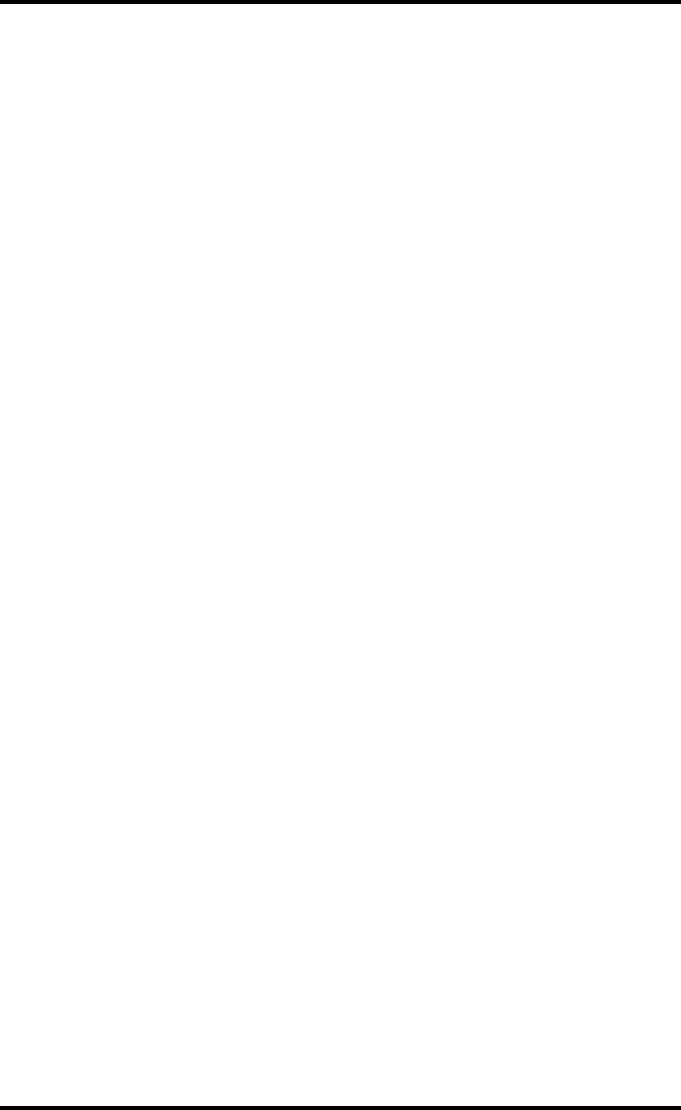
82920B EN 20031206
Safety precautions
"The Drystar 5300 must only be operated according to its specifications
and its intended use. Any operation not corresponding to the
specifications or intended use may result in hazards, which in turn may
lead to serious injuries or fatal accidents (for example electric shocks).
AGFA will not assume any liability whatsoever in these cases.
"All images created using any image technology can show artifacts which
could be mixed up with diagnostic relevant information. If there is any
doubt that the diagnostic information could not be absolutely true,
additional investigations must be performed to get a clear diagnostic.
When operating or maintaining the Drystar 5300, always observe the
following safety guidelines:
•Have electrical or mechanical defects repaired by qualified personnel only!
•Do not override or disconnect the integrated safety features.
•Ventilation openings should not be covered.
•Always switch off the Drystar 5300 and disconnect the power cord from the
outlet before carrying out any maintenance work.
"Film jam removal or cleaning the printer thermal head can be done
without switching the power off. Nevertheless, care should be taken and
the following instructions should be respected:
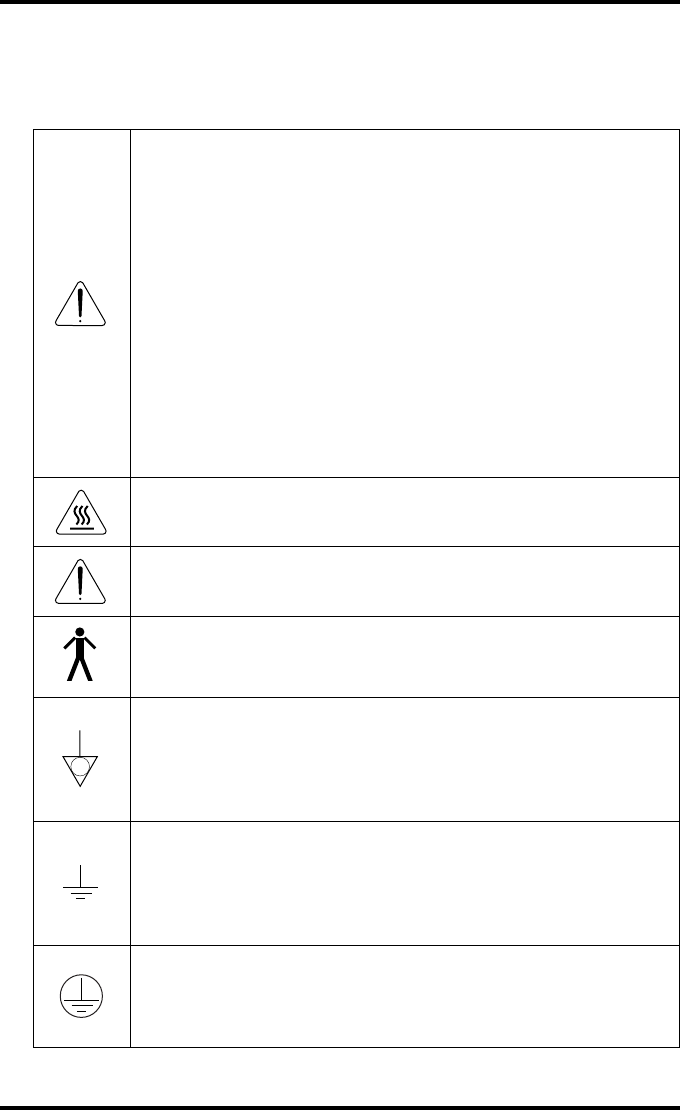
9
2920B EN 20031206
Always take into account the markings provided on the inside and outside of
the printer. A brief overview of these markings and their meaning is given
below.
Safety warning, indicating that the Drystar 5300 manuals should be
consulted before making any connections to other equipment. The
use of accessory equipment not complying with the equivalent
safety requirements of this printer may lead to a reduced level of
safety of the resulting system. Consideration relating to the choice of
accessory equipment shall include:
• Use of the accessory equipment in the patient vicinity,
• Evidence that the safety certification of the accessory equipment
has been performed in accordance with the appropriate IEC 601-1
and IEC 601-1-2 harmonized national standard.
In addition all configurations must comply with the medical electrical
systems standard IEC 601-1-2. The party that makes the
connections acts as system configurator and is responsible for
complying with the systems standard.
If required contact your local service organization.
Caution hot:
Keep hands clear from the thermal print head.
In order to reduce the risk of electric shock, do not remove any
covers.
Type B equipment:
Indicates that the Drystar 5300 complies with the limits for type B
equipment.
Supplementary protective earth connector:
Provides a connection between the Drystar 5300 and the potential
equalization busbar of the electrical system as found in medical
environments. This plug should never be unplugged before the
power is turned off and the power plug has been removed.
Intergrounding connector:
Provides a connection between the printer and other equipment
which might exhibit minor ground potential differences. These
differences may degrade the quality of communication between
different equipment. Never remove connections to this terminal.
Protective earth (ground):
Provides a connection between the printer and the protective earth
of the mains. Do not remove this connection, because this will have
a negative influence on the leakage current.
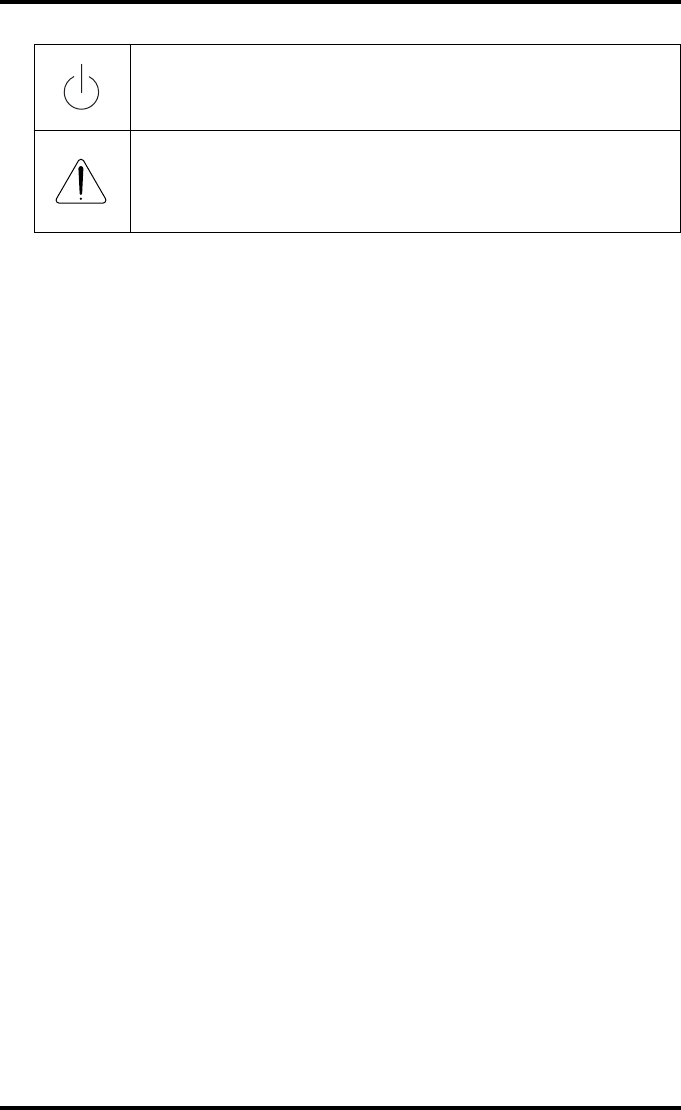
10 2920B EN 20031206
Power button:
Note that the power cord has to be disconnected from the wall outlet
in order to disconnect the unit entirely from the mains.
Precautions for use in USA only:
Make sure that the circuit is single-phase center-tapped, if the printer
is connected to a 240 V/60 Hz source instead of a 120 V/60 Hz
source.
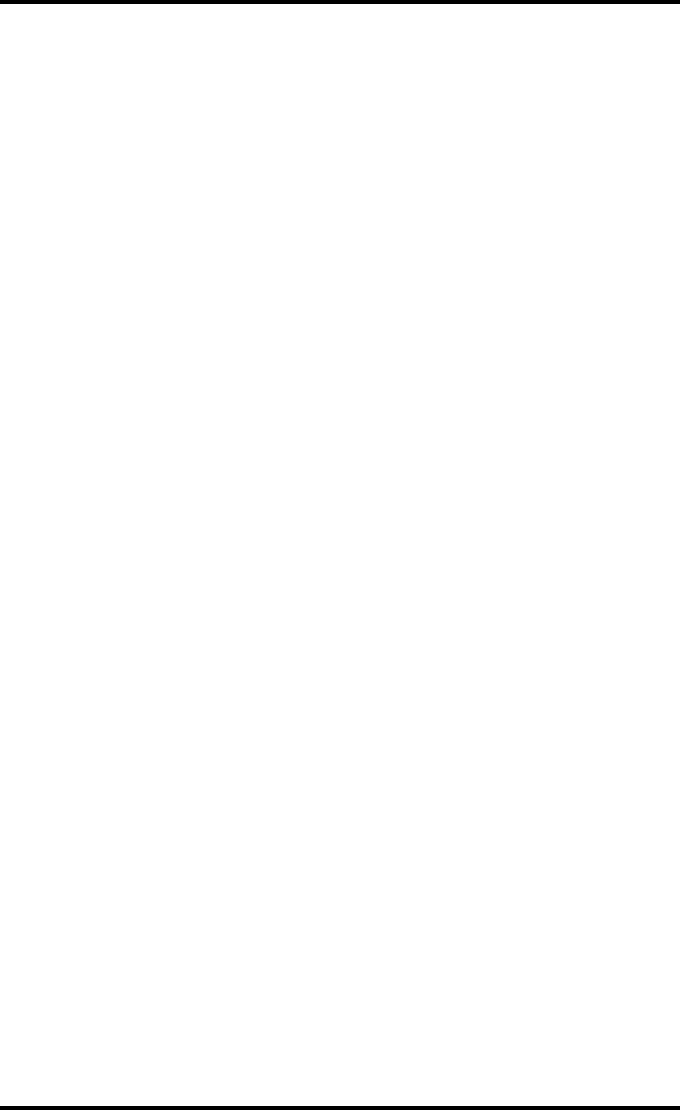
11
2920B EN 20031206
Transport after installation
Before moving the printer, always switch off the machine. The Drystar 5300
should always be transported by 2 persons. When doing this, the stability and
the structure of the table top have to be taken into account. The printer should
not be placed on a soft surface, since this might prevent appropriate
ventilation and cause overheating. The printer must only be transported with
all covers closed. The appliance may not be transported continuously from
one location to the other. Do not lift the printer by the output tray.
Waste disposal and environmental regulations
In most countries Drystar film is considered industrial waste and
consequently it is not allowed to be disposed as household waste. Please
consult your local waste disposal regulations. Agfa recommends having
waste Drystar film collected by a licensed company.
After its life span, do not dispose of the Drystar 5300 without consideration of
local waste disposal regulations. Please consult your local service
organization.
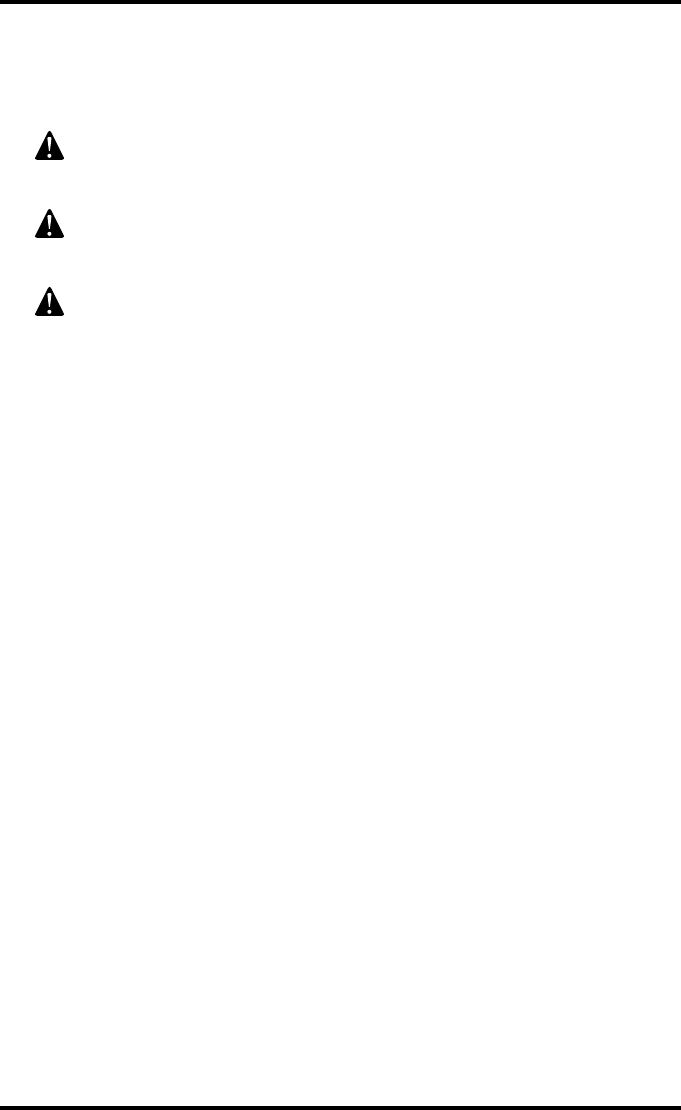
12 2920B EN 20031206
Security precautions
CAUTION: U.S. Law restricts this device to sale to or on the order of a
licensed physician.
Printed images should be treated as patient records and should only be
viewed by authorized personnel.
If the power to the printer is unexpectedly interrupted, ensure that
unprinted images are not deleted from the modality prior to printing. To
avoid loss of images in such conditions, a UPS (Uninterruptable Power
Supply) needs to be supplied to the printer.
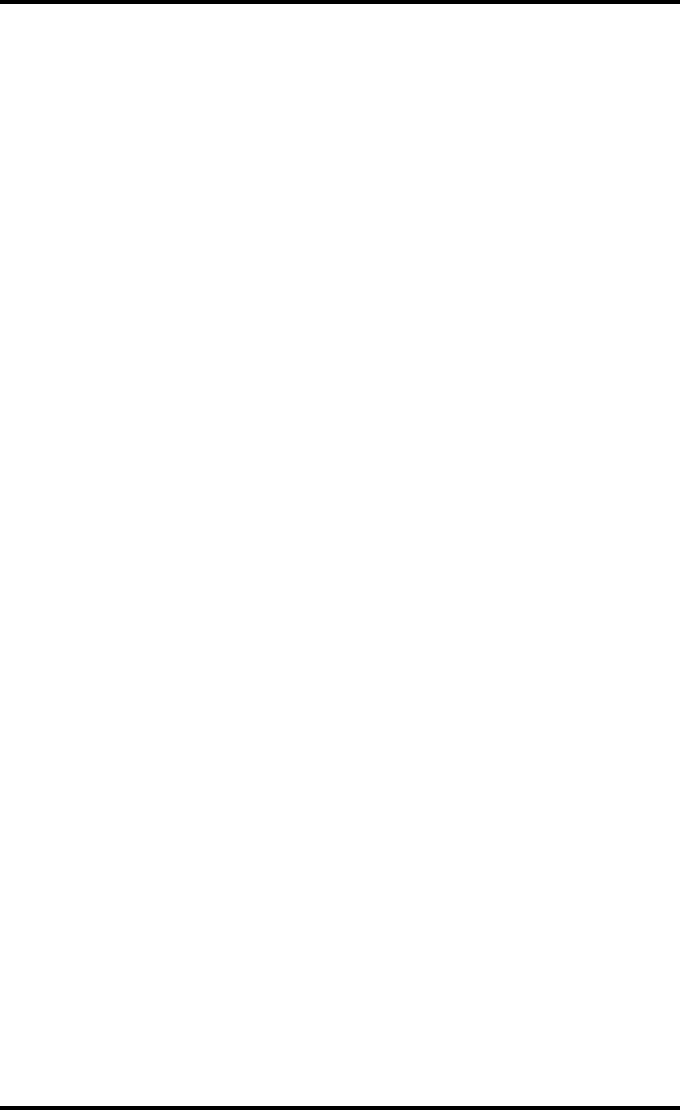
13
2920B EN 20031206
Safety compliance
EMC issues
•USA: This equipment has been tested and found to comply with the limits for a
class A digital device, pursuant to part 15 of the FCC rules. These limits are
designed to provide reasonable protection against harmful interference when the
equipment is operated in a commercial environment. This equipment generates,
uses, and can radiate radio frequency energy and, if not installed and used in
accordance with the Reference manual, may cause harmful interference to radio
communications. Operation of this equipment in a residential area is likely to
cause harmful interference, in which case the user will be required to correct the
interference at its own expense.
If required, contact your local service organization.
•Canada: This class A digital apparatus meets all requirements of the Canadian
Interference-Causing Equipment Regulations.
•EC: This is a class A product. In a domestic environment this product may cause
radio interference in which case the user may be required to take adequate
measures.
Compliances
This equipment complies with:
•the Medical Devices Directive 93/42/EEC
•the standards UL2601-1 of Underwriters Laboratories
•CSA 22.2 No. 601.1-M90 of the Canadian Standards Association
•FDA 510k
•FDA Part 820 Good Manufacturing Practice for Medical devices
•IEC 601-1 and IEC 601-1-2
•EN 60601-1:1990 + A1:1993 + A2:1995
•EN 60601-1-2:2001
"The Drystar 5300 carries the CE, TÜV and CUL labels.
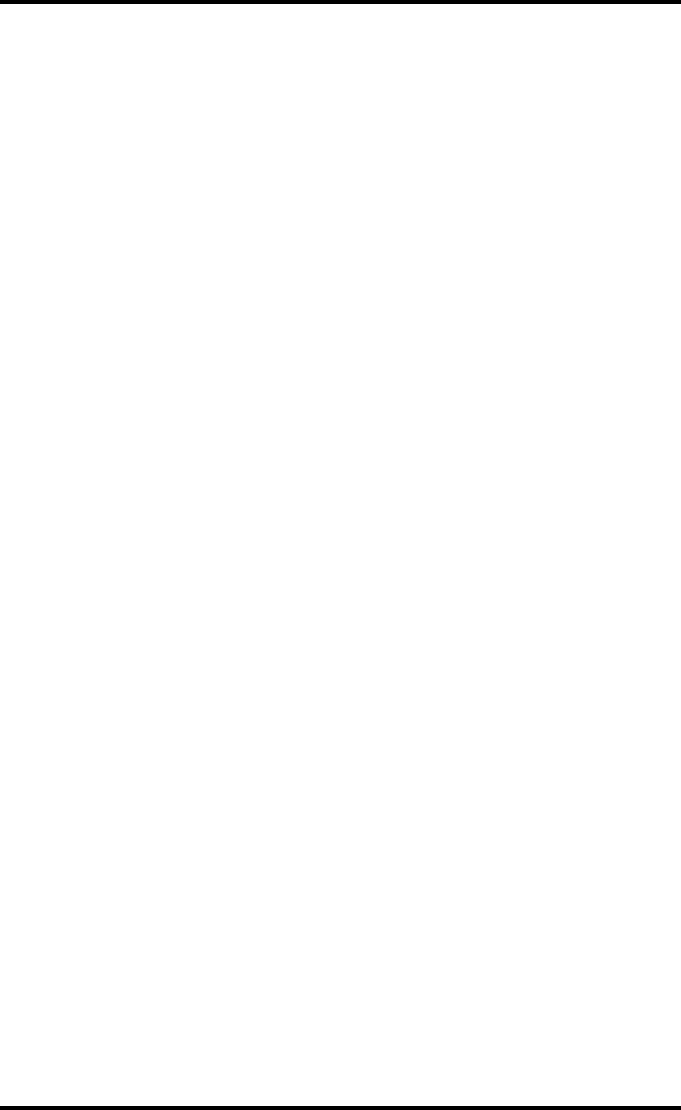
14 2920B EN 20031206
Privacy and security
Within the healthcare industry, several standardization efforts are ongoing as
a response to Privacy and Security legislation and regulations. The purpose
of this standardization for hospitals and vendors is to enable information
sharing, interoperability and to support the workflow of hospitals in a multiple
vendor environment.
In order to allow hospitals to comply with HIPAA regulations (Health
Insurance Portability and Accountability Act) and to meet the IHE standards
(Integrated Healthcare Enterprise) some security features are included in the
user interface of the Drystar 5300 (available via the web pages only: under
‘Security tools’. Refer to Chapter 4, ‘Controlling the Drystar 5300 via a remote
PC (with browser)’):
•User authentication. The administrator can configure different user accounts.
Each account consists of a user name and a password.
•Audit logging. This implies logging to a central log server of specific Drystar 5300
‘actions’, e.g. startup/shutdown, user authentication (failures), received print job
ID information, etc.
•Node authentication, using certificates. Working with SSL (Secure Sockets
Layer) allows secure communications over an insecure network. SSL is the
security layer on top of TCP/IP.
The first two functions are available when access to the Administrator is
granted (i.e. when the Administrator password has been correctly entered).
To activate the SSL, please contact your Agfa representative.
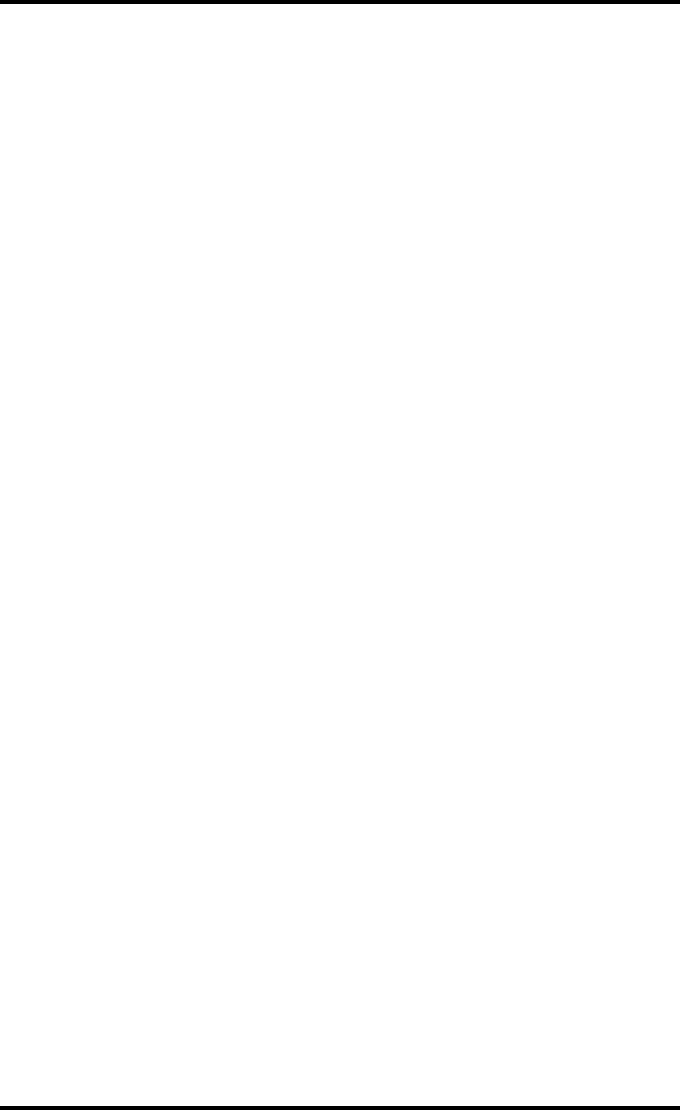
15
2920B EN 20031206
Node authentication, certificates and Certification Authority
Each device - connected to a network - will receive a unique identifier: the
X.509 certificate, a digital passport. Any device on the network is only allowed
to communicate with another node of which it is holding the certificate in a
‘communication allowed’ table.
A Certification Authority (CA) is responsible for creating a certificate. The CA
can be the hospital, Agfa or a third party.
This CA distributes the certificate to the hospital security responsible or
service technician, who for his part:
•Imports the device certificate, created by the CA.
•Imports the certificates of all peer devices with which communication is
authorized, i.e. creates the list of ‘communication allowed’ device certificates.
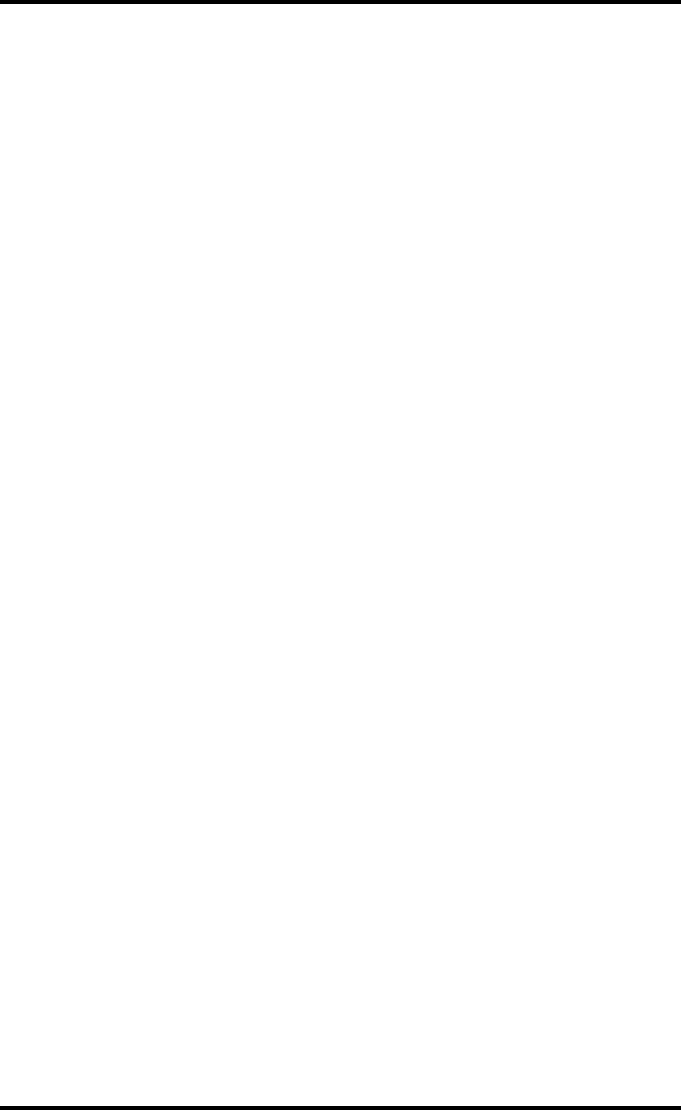
16 2920B EN 20031206
Operating modes
The Drystar 5300 can be operated in four modes: Operator mode, Key-
operator mode, Service mode and Administrator mode.
Operator mode
The Operator mode groups all basic functions that are intended for
radiographers without special technical skills:
•Producing diagnostic usable hardcopies;
•Loading consumables;
•Ensuring normal operation of the printer.
All functions of the Operator mode are described in both User and Reference
manuals. Refer to Chapter 2, ‘Basic operation (Operator mode)’.
Key-operator mode
The Key-operator mode groups advanced functions that are intended for
technically skilled operators such as X-ray operators, network managers and
service and hospital technicians.
The Key-operator mode can be accessed via the Key-operator key on the
keypad and is menu-driven. The Key-operator functions are described in the
Reference manual only. Refer to Chapter 3, ‘Advanced operation (Key-
operator mode)’.
Service mode
The Service mode functions are reserved for trained Service personnel. The
Service mode is password protected and is only accessible by browser via a
remote PC.
Administrator mode
The Administrator mode functions are reserved for the System Administrator.
The Administrator mode is password protected and is only accessible by
browser via a remote PC.
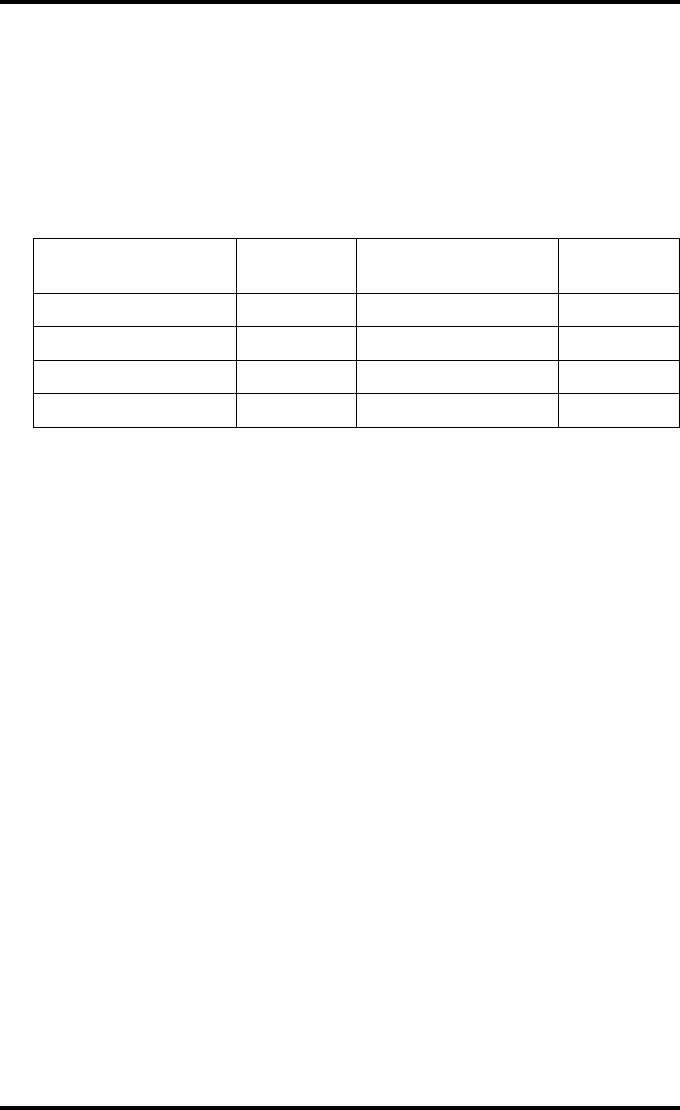
17
2920B EN 20031206
Control modes (local and remote)
You can control the working of the Drystar 5300 via the local keypad or via a
network remote PC.
The table below gives an overview of the operating modes you can access
locally and/or via the remote PC.
The manual describes the controlling of the Drystar 5300 via the keypad. The
menus for controlling the Drystar 5300 via a remote PC are structured in the
same way, and sometimes they offer even more possibilities. Refer to
Chapter 4, ‘Controlling the Drystar 5300 via a remote PC (with browser)’.
Local Password
protected Remote Password
protected
Operator mode No ––– –––
Key-operator mode No Key-operator mode Yes
––– ––– Service mode Yes
––– ––– Administrator Yes
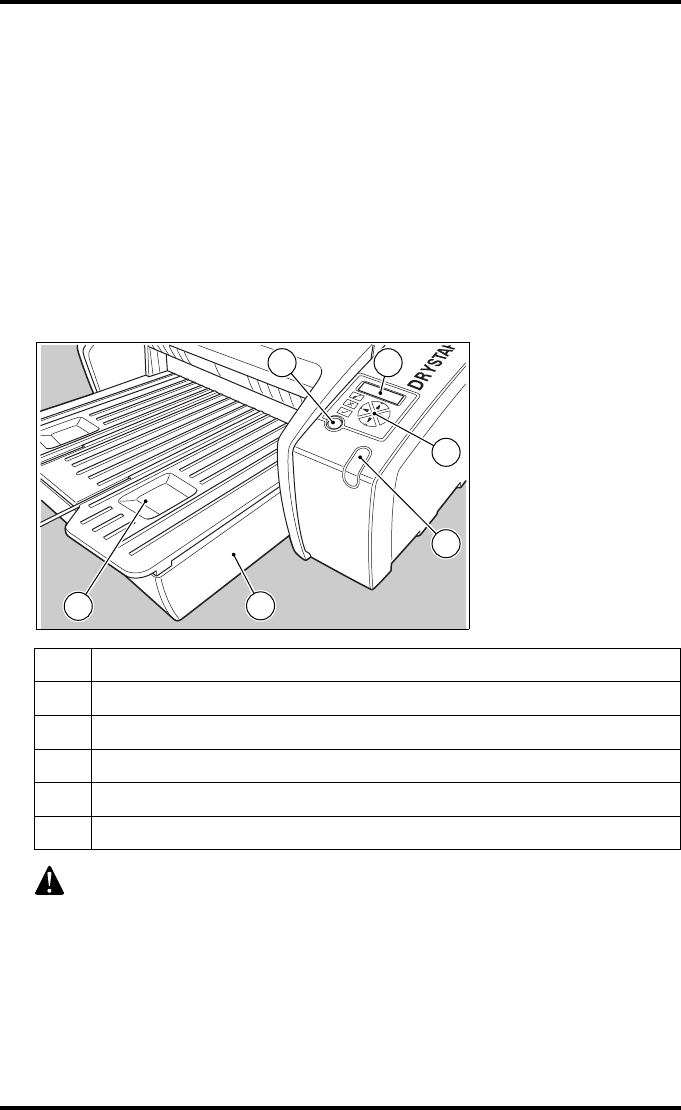
18 2920B EN 20031206
The user interface
The Drystar 5300 interfaces with the user via the following controls:
•Power/Reset button;
•a keypad and a display;
•a status indicator LED;
•audio signals.
Overview of user interface controls
1Power/Reset button
2Display
3Keypad
4Status indicator LED
5Film input tray
6Film output tray
Never try to open the printer when the Drystar 5300 is printing a film.
Always follow the instructions on the display!
1 2
3
4
65
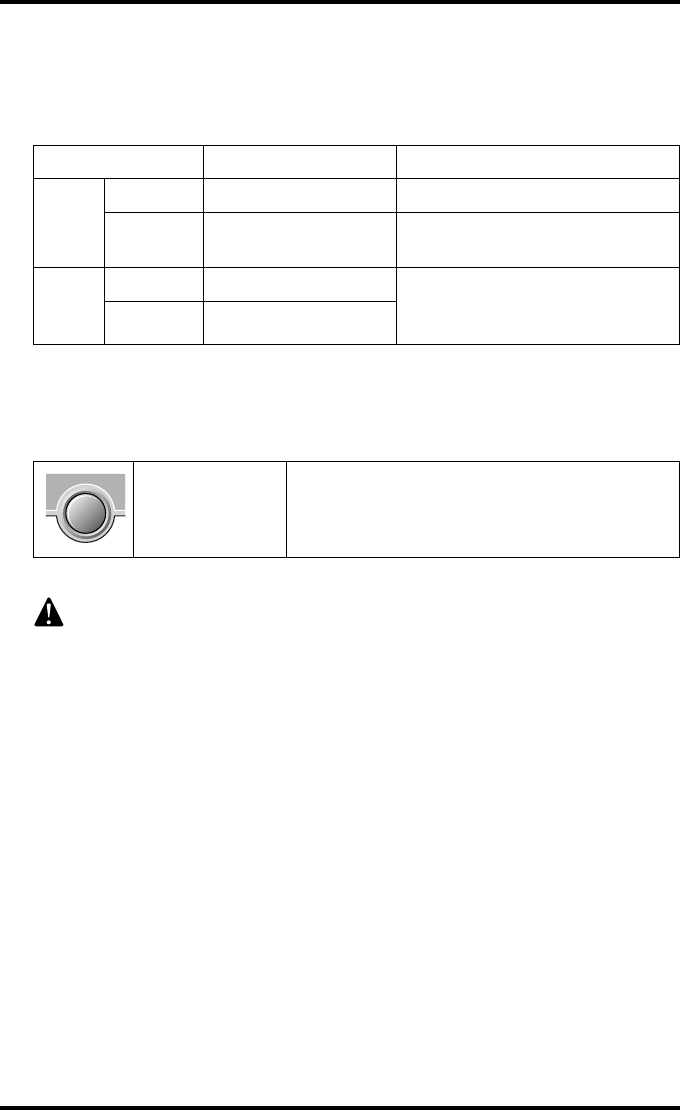
19
2920B EN 20031206
The status indicator LED
On the right side of the display, an LED indicates the status of the
Drystar 5300.
The control buttons
One control button has been provided:
Color / Light Status Action
Green
Constant Ready (stand-by) Proceed
Blinking Busy or in key-
operator mode Wait
Red Blinking Warning status Check the display for messages.
Refer to ‘Checking the status
indicator LED’ on page 171.
Constant Error status
Power/Reset
button
• To power on or off the printer.
• To reset the printer.
Do NOT press the Power/Reset button without first following the
procedure to stop printing when the Drystar 5300 is printing a film. Refer
to ‘Switching off the Drystar 5300’ on page 30.
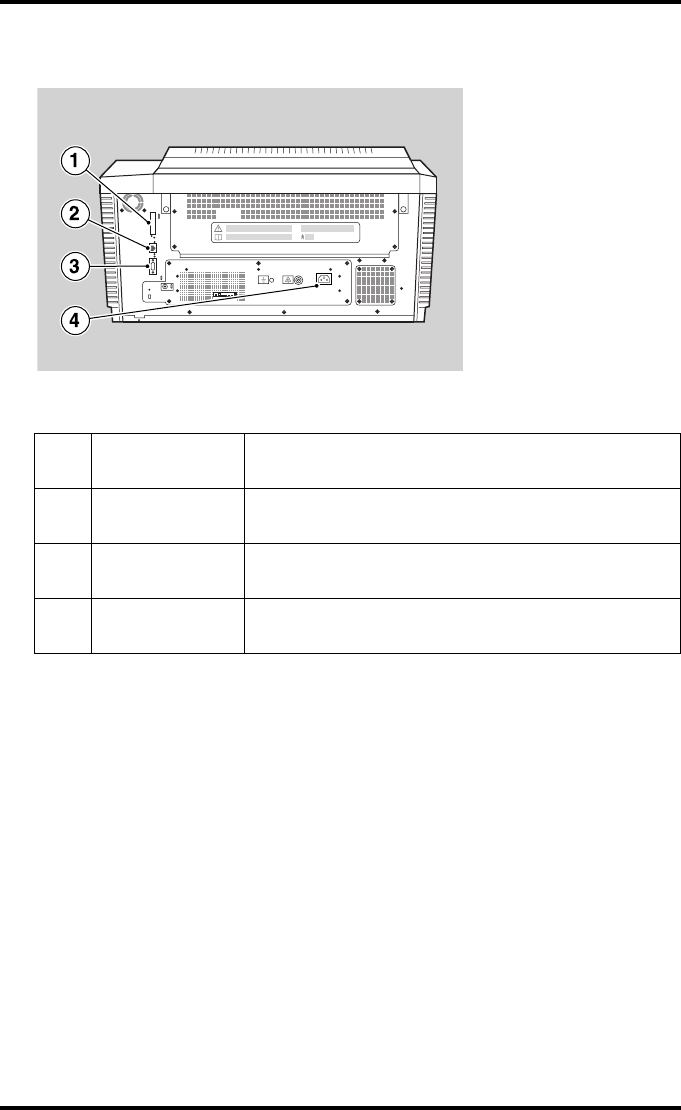
20 2920B EN 20031206
Rear panel
At the rear side of the printer, one slot and three connectors are available:
1CF-card slot • To insert an external CF-card for software
installation, backup, etc.
2Network
connector
• To connect a remote PC (used for access via the
web browser pages).
3Input/output
connector
• To connect a terminal PC (used by the Service
engineer).
4Power
connector • To connect the printer power cord.
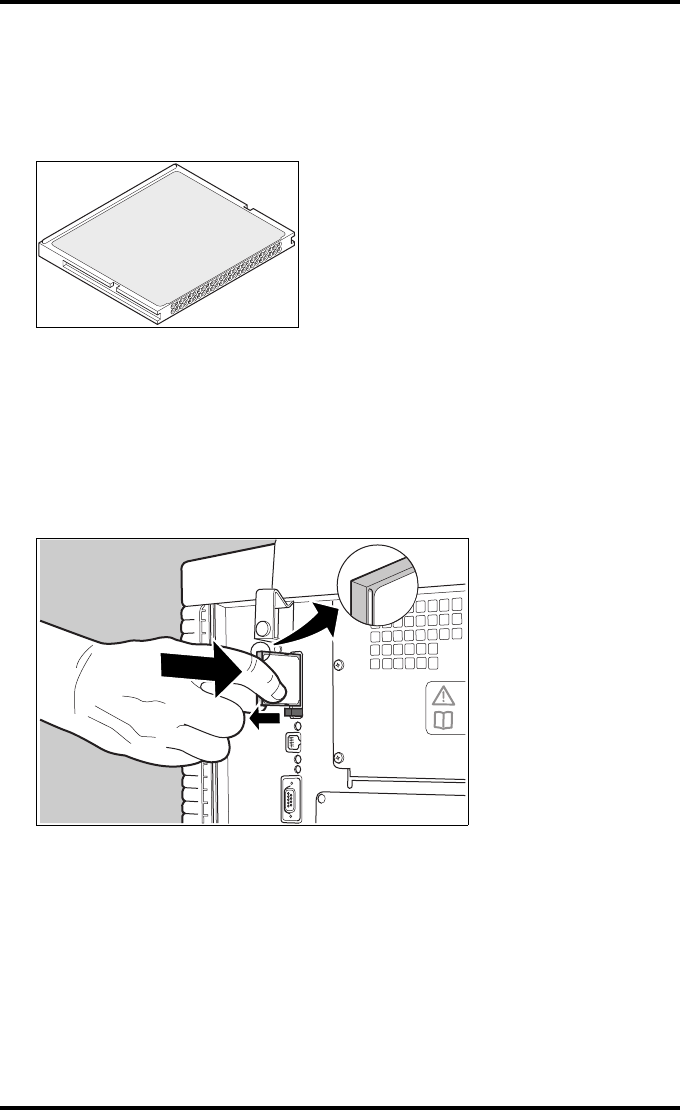
21
2920B EN 20031206
Working with Compact flash cards (CF-card)
The Drystar 5300 is equipped with an external CF-card slot.
A CF-card has the following physical characteristics:
•a flat surface on one side (there is also often a label present),
•a small rim on the other side,
•connector holes on the opposite side of the rim side.
Inserting a CF-card
To insert a CF-card in the Drystar 5300 (the slot is located at the rear side):
1Hold the CF-card vertically with the connector holes in front of the slot, and
with the flat surface pointing to the left.
2Insert the CF-card gently into the slot, and push it until the unlocking lever
underneath the slot comes out.
"If you cannot push the CF-card completely into its position, this means
that you have to turn it 180 degrees (while keeping the connector holes
faced to the slot).
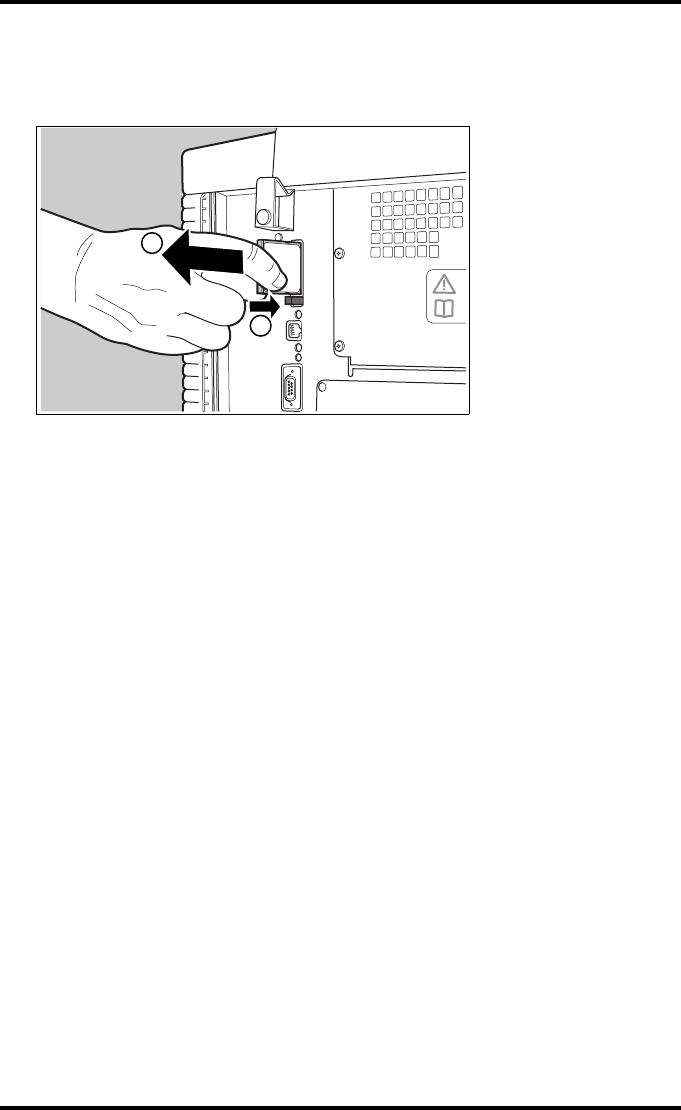
22 2920B EN 20031206
Removing a CF-card
To remove a CF-card from the Drystar 5300 slot:
1Push the unlocking lever underneath the CF-card slot.
The CF-card is pushed slightly outward.
2Remove the CF-card gently from the slot.
1
2
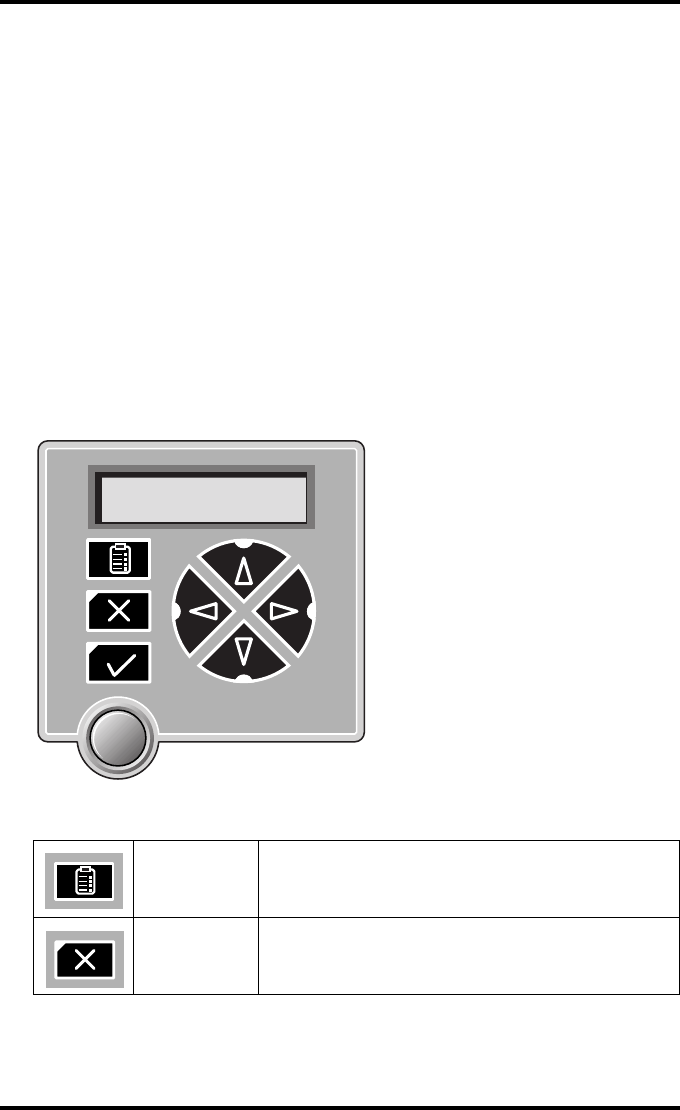
23
2920B EN 20031206
Audio signals
The Drystar 5300 gives status information via beeps. The length of the beep
indicates the response of the system to a key command.
•A short beep means that Drystar 5300 has accepted the key command and is
starting the operation.
•A long beep means that you have pressed a non-active key or that the
Drystar 5300 has rejected the key command.
"Certain conditions can cause an interval beep. An interval beep
accompanies an error or warning message. Refer to ‘Troubleshooting
checklists’ on page 170.
The keypad
The keypad is located below the display panel.
The Drystar 5300 keypad features the following keys:
Key-
operator key
To access the advanced functions of the key-
operator mode. Refer to Chapter 3, ‘Advanced
operation (Key-operator mode)’.
Escape key To quit the current function or exit a menu without
saving modifications.
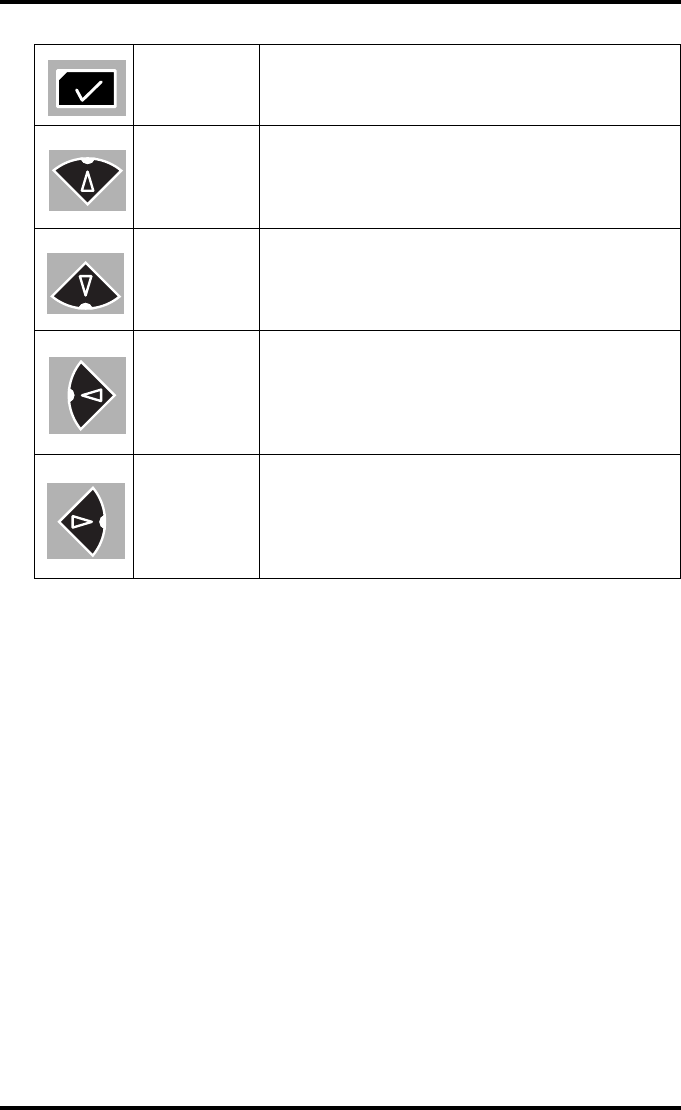
24 2920B EN 20031206
"All keys (except the key-operator key) have an LED that is on when the
key is valid in a certain situation.
"You can press and hold down an arrow key to scroll quickly through a list
or a menu.
Confirm key
(In key-operator mode)
• To select a menu.
• To accept an entry in a menu.
Up key
• To move the cursor to the previous entry field.
• To scroll upwards.
• To increment the number in a(n) (alpha)numerical
entry field.
Down key
• To move the cursor to the next entry field.
• To scroll downwards.
• To decrement the number in a(n)
(alpha)numerical entry field.
Left key
• To scroll backwards through multiple choices
within a field.
• To move the entry position in a(n)
(alpha)numerical entry field from right to left.
• To toggle between values in a field.
Right key
• To scroll forwards through multiple choices within
a field.
• To move the entry position in a(n)
(alpha)numerical entry field from left to right.
• To toggle between values in a field.
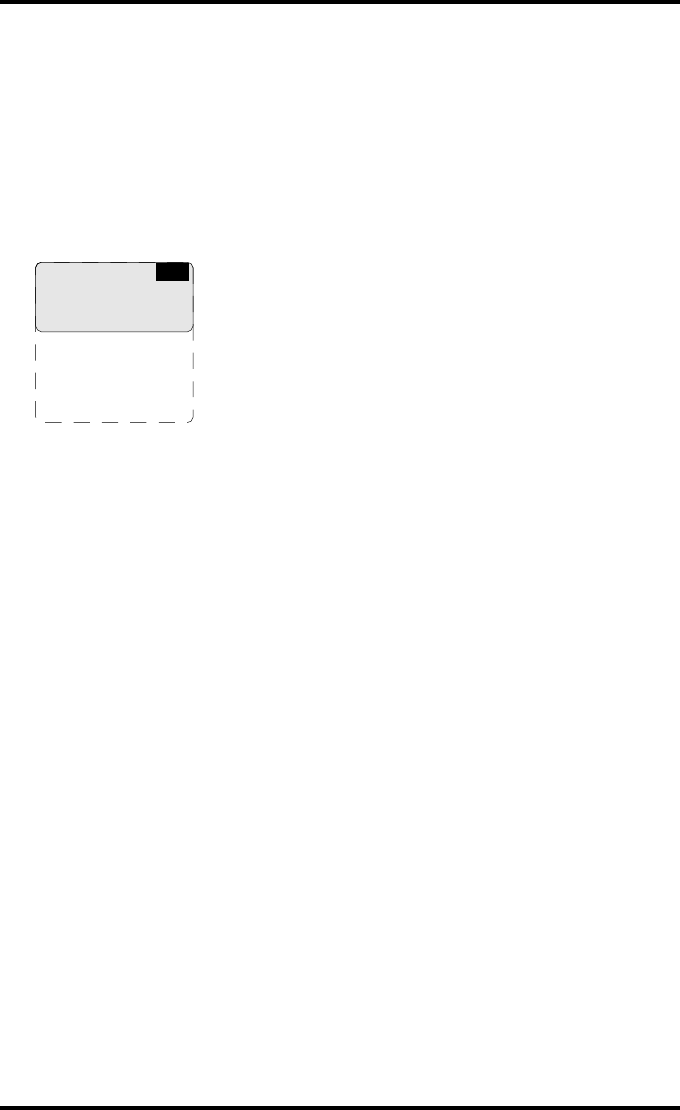
25
2920B EN 20031206
The display
The Drystar 5300 control panel has a backlit LCD display with 4 lines of
20 characters each (2 lines of 7 characters for Greek or Asian languages). Its
lay-out depends on the operating mode.
General display features
The figure below shows how the display is illustrated in this manual:
The visible display lines are indicated in the grey zone. The other possible
lines are shown in the white area, and can be reached by scrolling using the
Up/Down arrow keys on the Keypad.
In the upper right corner, the current printer status is displayed:
•In Operator mode, two characters display the print queue status. Refer to
‘Managing the print queue’ on page 33.
•In Key-operator mode, two characters are displayed in reverse video to indicate
the current menu- or submenu level (e.g. ‘KO’ for Key-operator main level).
1 Show settings
2 Change settings
3 Print image
4 Save configuration
5 Restore config.
6 Calibration
7 Service actions
8 Quality control
9 Installation
KO
Reachable with Up/Down arrow keys
Visible
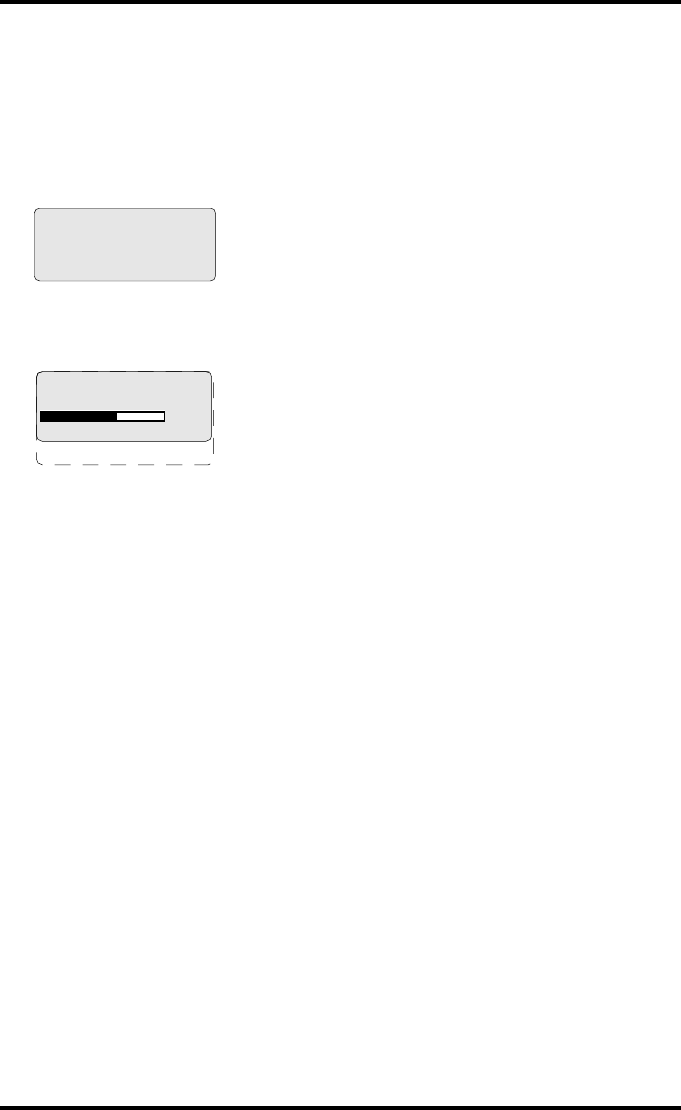
26 2920B EN 20031206
Operator mode
In operator mode, appropriate information is displayed in accordance with
the status of the printer.
The operator basic screen looks as follows, indicating that the Drystar 5300 is
ready for operation and that no job is currently being executed.
When the printer is busy with at least one print job, the print queue screen is
displayed:
•The progress indicator keeps the user informed of the progress of a process
(e.g., calculation of a bitmap, printing of a film). The line is gradually filled from
left to right, from 0% to 100% as the process proceeds.
"On the print queue screen the modality name defined during installation
will be used to refer to the corresponding modality. In case a nickname
(daily used name) has been defined during installation, this nickname will
be used.
Refer to ‘Managing the print queue’ on page 33.
READY
Modaname 10:21:34 PR
film 1 of 6
62%
Modaname 10:21:34 CA
xx Jobs in memory WA
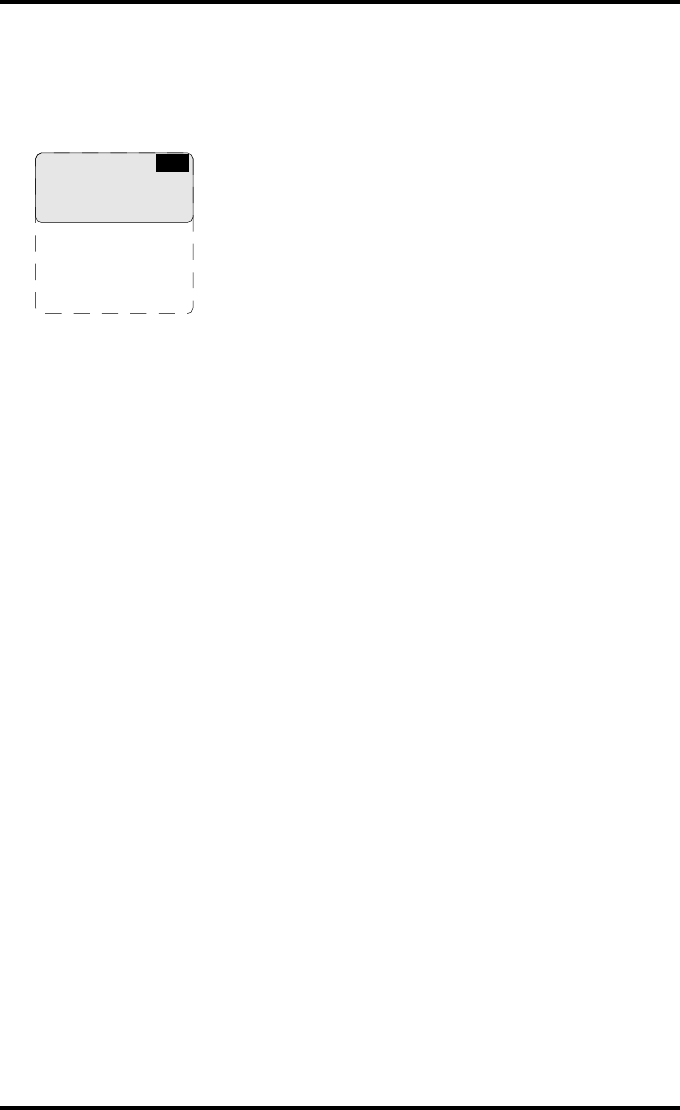
27
2920B EN 20031206
Key-operator mode
In key-operator mode, operation is menu driven. The menu displays the
key-operator functions.
The display shows only four lines. In the above figure, they are indicated in
the grey zone. The other possible lines are shown in the white area, and can
be reached by scrolling using the Up/Down arrow keys on the Keypad.
The active keys are indicated by their respective LEDs.
Data entry
When entering numerical or alphanumerical data, always adhere to the
following principles:
•Only (alpha)numerical data can be entered.
•During data entry, the field is displayed in reverse mode.
•Increment the number in a(n) (alpha)numerical entry field by pressing the Up
key. Transition from 9 to 0 of one figure will also increment the next figure to the
left, respecting the valid limits of the range.
•Decrement the number in a(n) (alpha)numerical entry field by pressing the Down
key. Transition from 0 to 9 of one figure will also decrement the next figure to the
left, respecting the valid limits of the range.
•Move the entry position in a(n) (alpha)numerical entry field from right to left by
pressing the Left key.
•Move the entry position in a(n) (alpha)numerical entry field from left to right by
pressing the Right key.
•Press and hold down a key to repeat arrow key actions.
•To accept an entry in a menu, press the Confirm key.
•A short beep acknowledges and terminates the entry.
•The Drystar 5300 will sound a long beep if you press a key that is not to be used
at that moment.
1 Show settings
2 Change settings
3 Print image
4 Save configuration
5 Restore config.
6 Calibration
7 Service actions
8 Quality control
9 Installation
KO
Reachable with Up/Down arrow keys
Visible
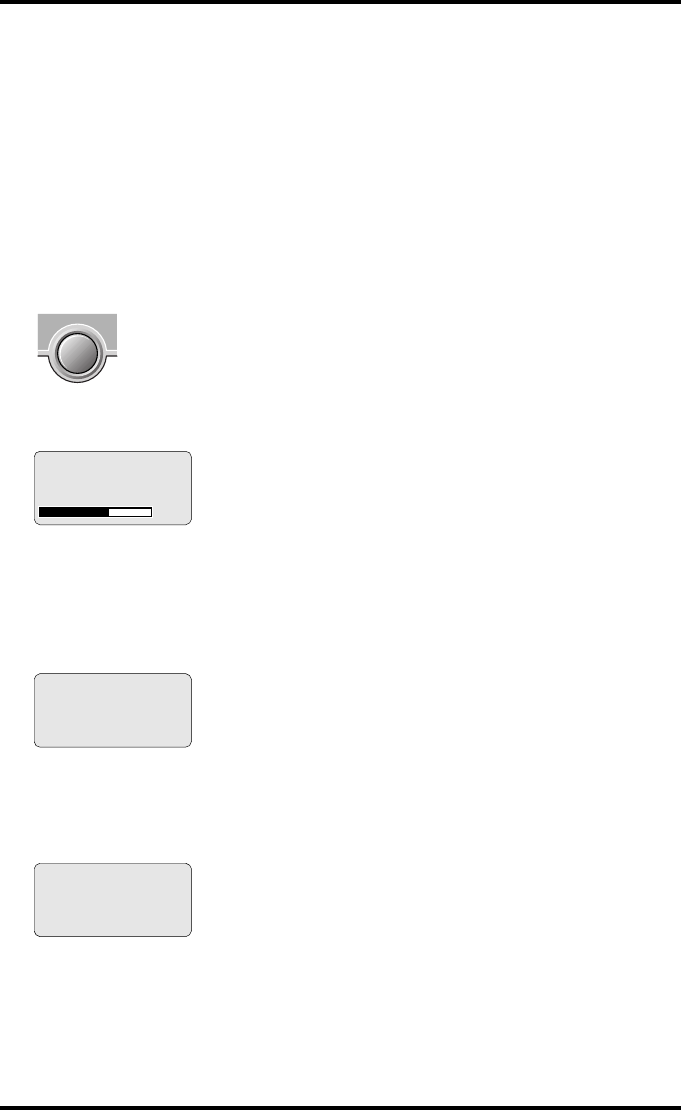
28 2920B EN 20031206
Switching on the Drystar 5300
"Before switching on the Drystar 5300, read the safety instructions. Refer
to ‘Safety precautions’ on page 8.
Follow the procedure below to ensure proper startup of the Drystar 5300 and
to check that everything is working correctly.
1Check that the power cord is plugged in and then switch on the printer by
pressing the Power/Reset button.
On the display, the following message is displayed. After a short while, a progress
indicator will show the proceeding of the self-test.
•If anything goes wrong during the self-test, refer to ‘Startup errors’ on page 185.
2The printer is ready for operation:
•If, on the front panel display, the READY message is shown, the status indicator
LED is constantly green.
"It takes 13 minutes (starting up of the Drystar 5300 and heating up of the
thermal print head) before you can start printing. The display will inform
you that the printer is warming up:
Please WAIT
Self-test
proceeding 62%
READY
WARMING UP
Please wait
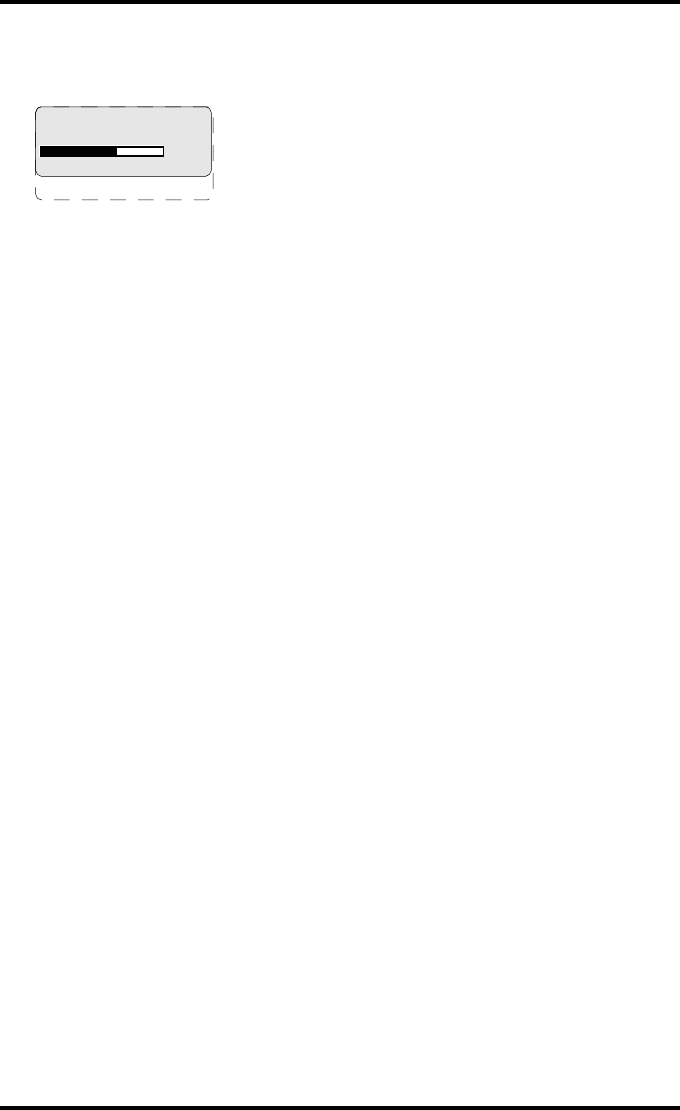
29
2920B EN 20031206
•If, on the front panel display, the print queue screen is shown, the status indicator
LED is green and blinking.
3Make sure that the printer is loaded with appropriate consumables.
"Refer to page 36 for detailed information on loading films.
"If the job status displays a warning or error indication, refer to
‘Troubleshooting checklists’ on page 170.
Modaname 10:21:34 PR
film 1 of 6
62%
Modaname 10:21:34 CA
xx Jobs in memory WA
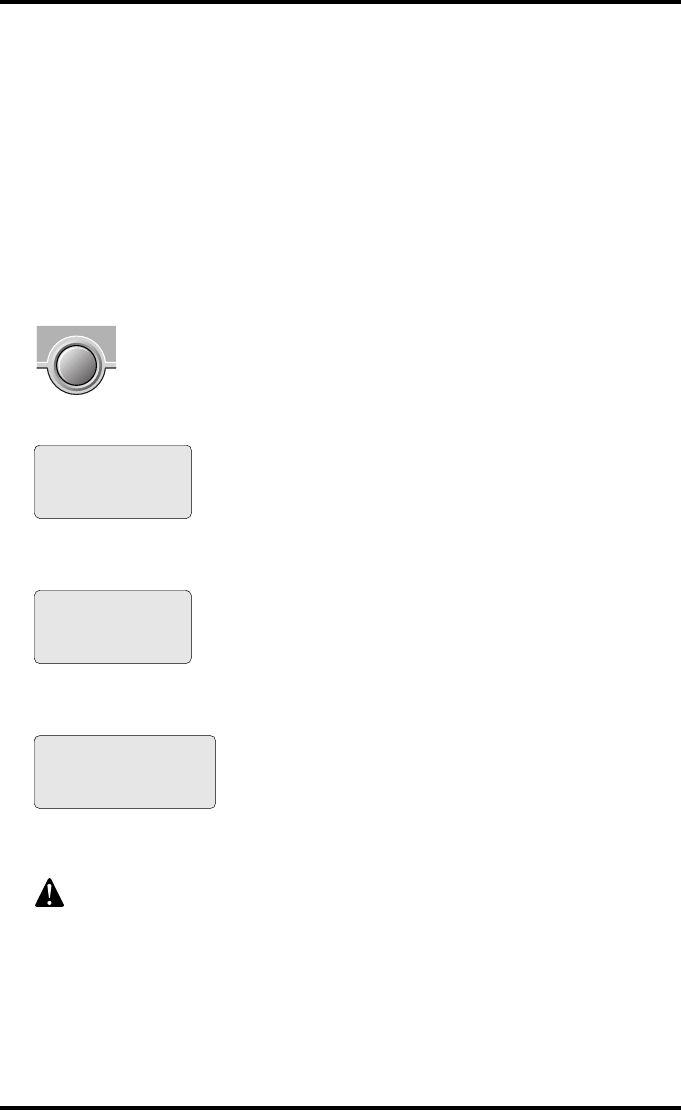
30 2920B EN 20031206
Switching off the Drystar 5300
When you want to switch off the printer, it is recommended to follow the
procedure as described below, to make sure that any pending print jobs have
finished printing.
1Make sure that pending jobs are correctly finished. If necessary, follow the
procedure to stop printing.
2Press the Power/Reset button to switch off the Drystar 5300.
•If the printer is ready, it shuts down immediately:
•If the printer is busy printing images, it will first print all images in the memory
before shutting down:
•If there is an error/warning/incident during power off and there are still unprinted
images in the memory, the following message is displayed:
Press the Confirm button (YES) to proceed with the power-off, or the Escape button (NO)
to quit.
Powering off the printer with unprinted images in memory may result in
image loss!
Power off initiated
Please wait
Power off after
finishing images in
memory
Please wait
Are you sure to
power off the
printer
YES (v) NO (x)
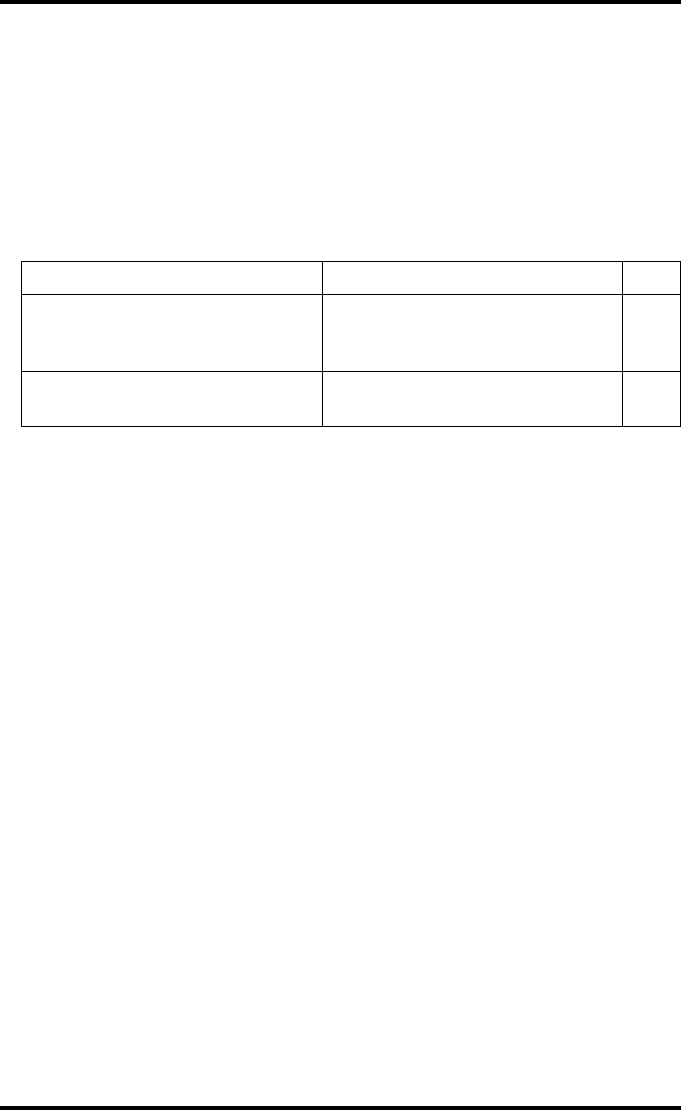
32 2920B EN 20031206
Overview of operator functions
This section focuses on the basic operating principles of the Drystar 5300.
After reading this chapter, the operator should be able to produce diagnostic
usable hardcopies. No special technical skills are required.
All basic operator functions can be activated directly by pressing a single key
on the keypad.
Function / Task Description Page
‘Managing the print queue’ Jobs that have been received are
put in a print queue, waiting to be
printed.
33
‘Loading films’ Instructions for loading new films on
the printer. 36
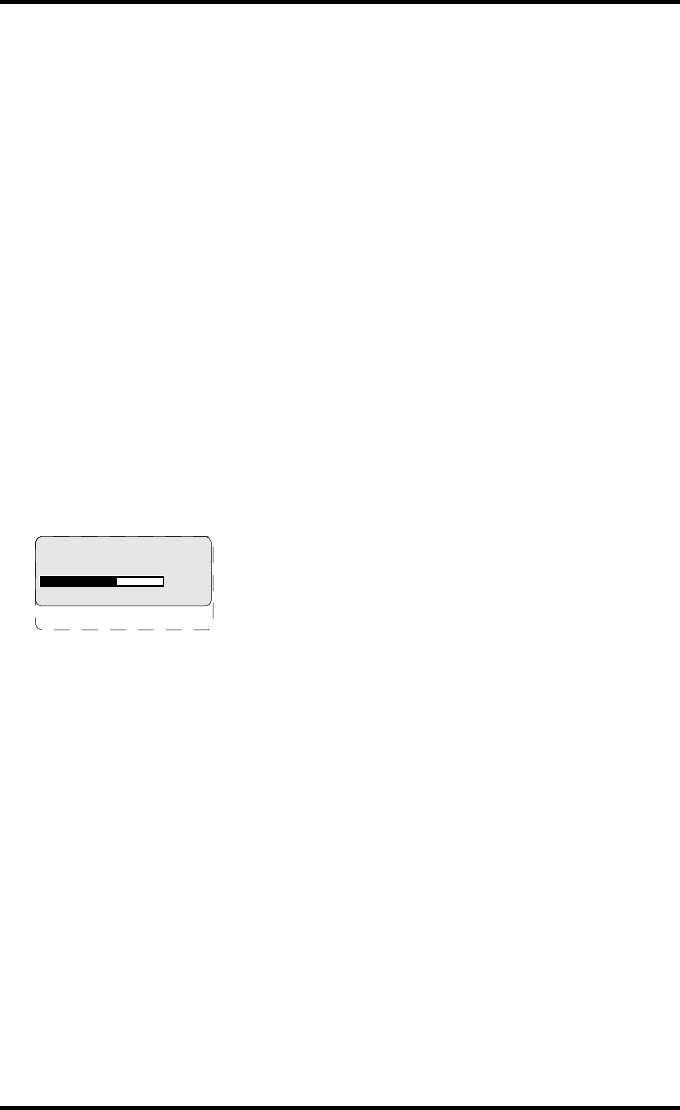
33
2920B EN 20031206
Managing the print queue
You can always check the status of the print jobs.
"Keep in mind that one print job can hold several films to be printed. In
accordance with the acquisition modality used and with the actual
settings, films can be grouped in a folder to be submitted as one print job
for the Drystar 5300. Refer to the User manual of the acquisition modality
for more information.
Checking the print queue
If jobs have been transmitted from the network to the Drystar 5300, they are
put in the print queue on a first in, first out schedule. New jobs that are added
to the queue get the ‘waiting’ status.
As soon as the last film of a job is ejected in the output tray, the next job that
has been calculated will be put in printing status.
Example of the print queue screen:
•The first line shows information on the job that is currently being printed: the
modality name, the time of receipt of the job and the job status (refer to the table
below).
•The second line shows how many films are to be printed for the current job and
also which film from that total is currently being printed.
•The progress indicator keeps the user informed of the progress of a process
(e.g., calculation of a bitmap, printing of a film). The line is gradually filled from
left to right, from 0% to 100% as the process proceeds.
•The last line (reachable by using the down arrow key) displays the number (xx)
of print jobs that are in the Waiting (WA) status. These jobs have been loaded
into the print queue and they are waiting to be printed.
Modaname 10:21:34 PR
film 1 of 6
62%
Modaname 10:21:34 CA
xx Jobs in memory WA
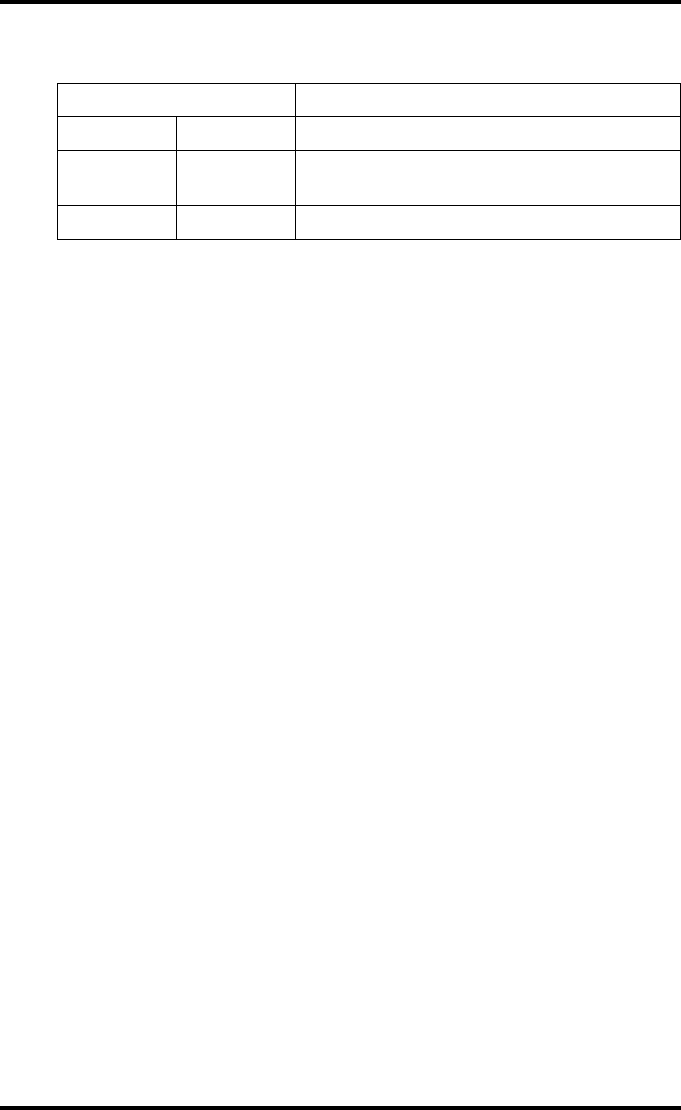
34 2920B EN 20031206
A description of the possible status of the jobs is listed in the table below:
"On the print queue screen the modality name defined during installation
will be used to refer to the corresponding modality. If there is also a
nickname (daily used name) defined during installation, the nickname is
used.
Status Description
PR Printing Printing of this job is in progress.
CA Calculating The necessary calculations are already being
made before printing of the job can be started.
WA Waiting Jobs are queued in the printer memory.
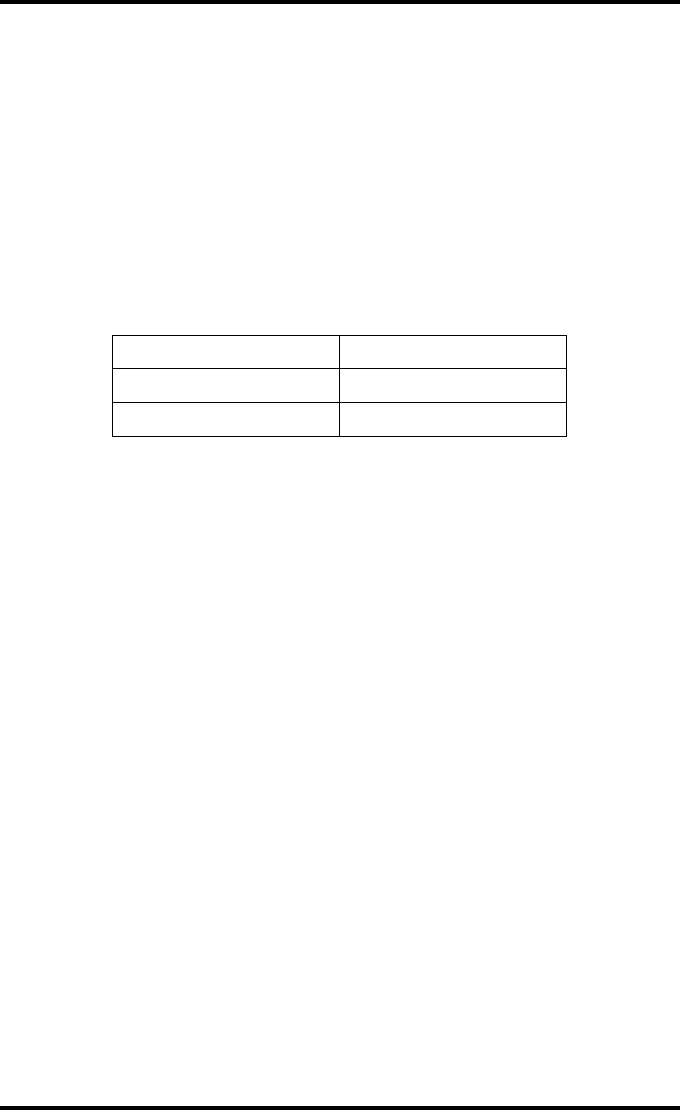
35
2920B EN 20031206
About Drystar 5300 consumables
The Drystar 5300 can handle blue-transparent and clear-transparent films.
Available film formats are 11x14” and 14x17”.
When a new film pack is loaded, the Film Identification tag is read and the
printer settings are automatically adjusted.
The key-operator can overrule the film settings for the input tray. Refer to
‘Changing the configuration settings’ on page 58.
The following film types can be used:
"If you want to change the film format, the tray configuration must be
modified. Refer to ‘Changing the film format of the trays’ on page 152 for
more information.
Film type Film format
Drystar DT2 B 11x14” or 14x17”
Drystar DT2 C 11x14” or 14x17”
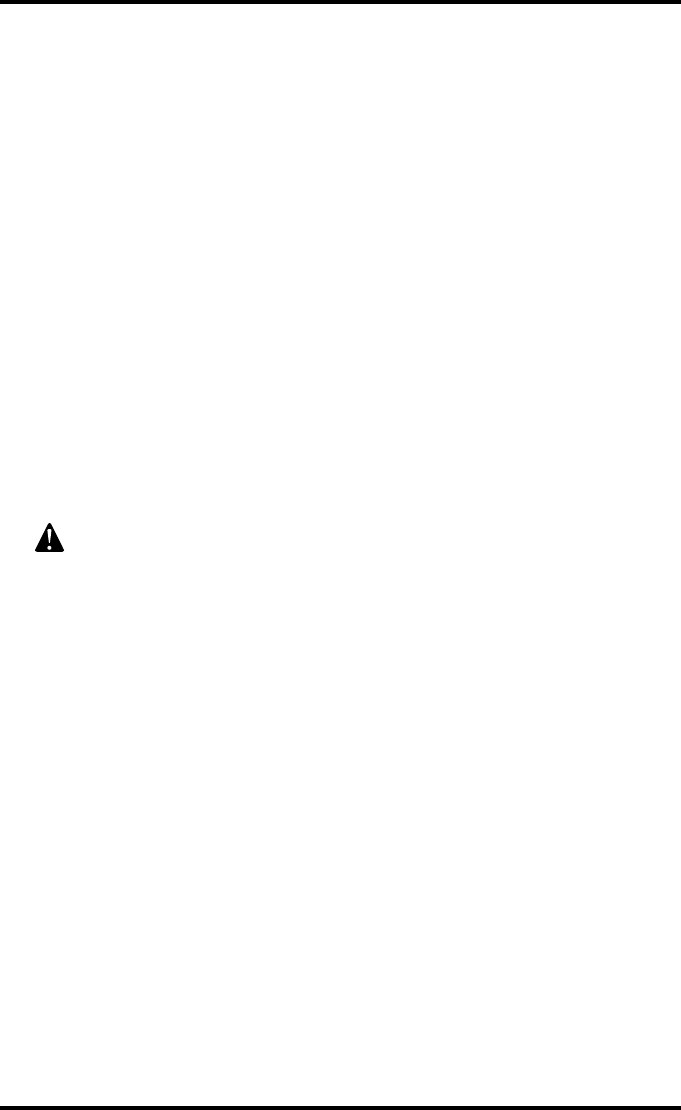
36 2920B EN 20031206
Loading films
This section describes how to load the Drystar 5300 with appropriate films.
The Drystar 5300 can be loaded with 11x14” or 14x17” films.
"The Drystar 5300 can be loaded with new films in full daylight. Loading
films is easy and can be done very quickly. Follow the procedures as
described in this section.
The Drystar 5300 will inform you in several ways when a film tray is empty:
•an audible signal,
•the status indicator LED is flashing (red color),
•the display screen shows a message informing you that the input tray is empty.
"The procedure is slightly different, depending on the fact whether the
Drystar 5300 is printing/calculating or in the ready state.
"When the printer is in the ready state, go to Step 3.
Make sure not to load more than one film pack in an input tray. Loading
more than one film pack in the input tray may damage the Drystar 5300.
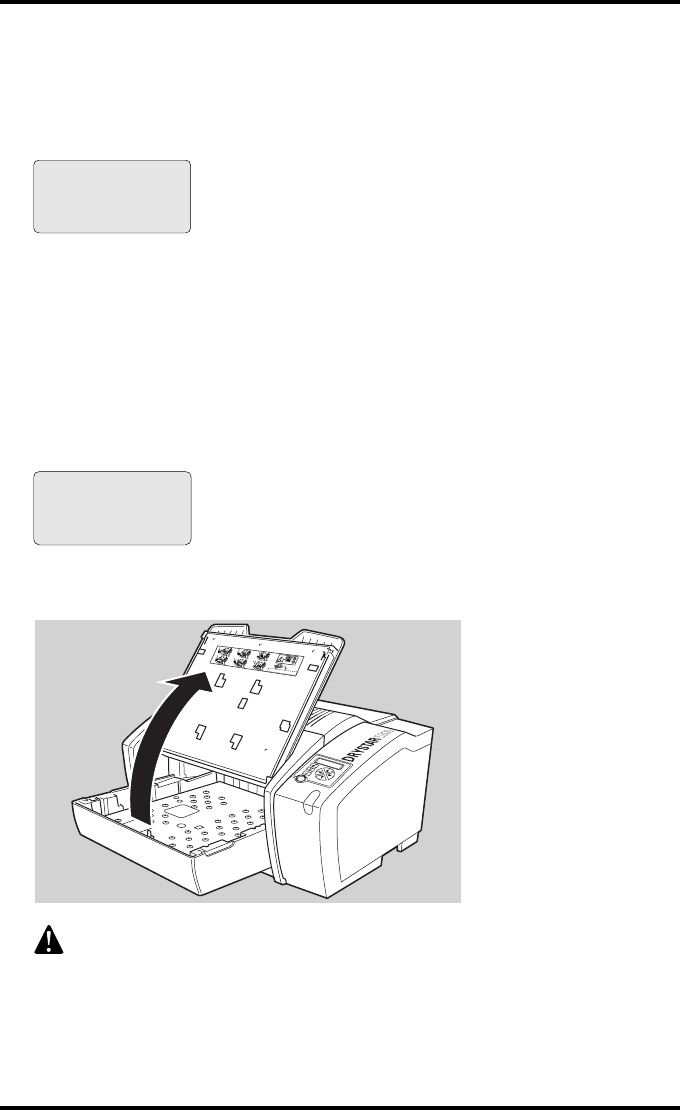
37
2920B EN 20031206
When the Drystar 5300 is printing or calculating and the input
tray is empty:
1The display shows the following message:
2Wait while the printer finishes printing any current jobs.
When the film path is cleared, proceed with step 3.
When the Drystar 5300 is in the ready state and the input tray is
empty:
3The display shows the following message:
4Open the input tray.
To avoid possible film jams, make sure to open input tray all the way.
Empty input tray
Do not open tray yet
Get new film pack Flashing
Flashing
Empty input tray
OK to open the
input tray Flashing
Flashing
1
3
2
4
5
6
XXXXXX XXXX XXXXXX XXXXXX XXXX XXXXXX
XXXXXX XXXX XXXXXX XXXXXX XXXX XXXXXX
XXXXXX XXXX XXXXXX XXXXXX XXXX XXXXXX
XXXXXX XXXX XXXXXX
XXXXXX XXXX XXXXXX
XXXXXX XXXX XXXXXX
XXXXXX XXXX XXXXXXXXXXXX XXXX XXXXXX
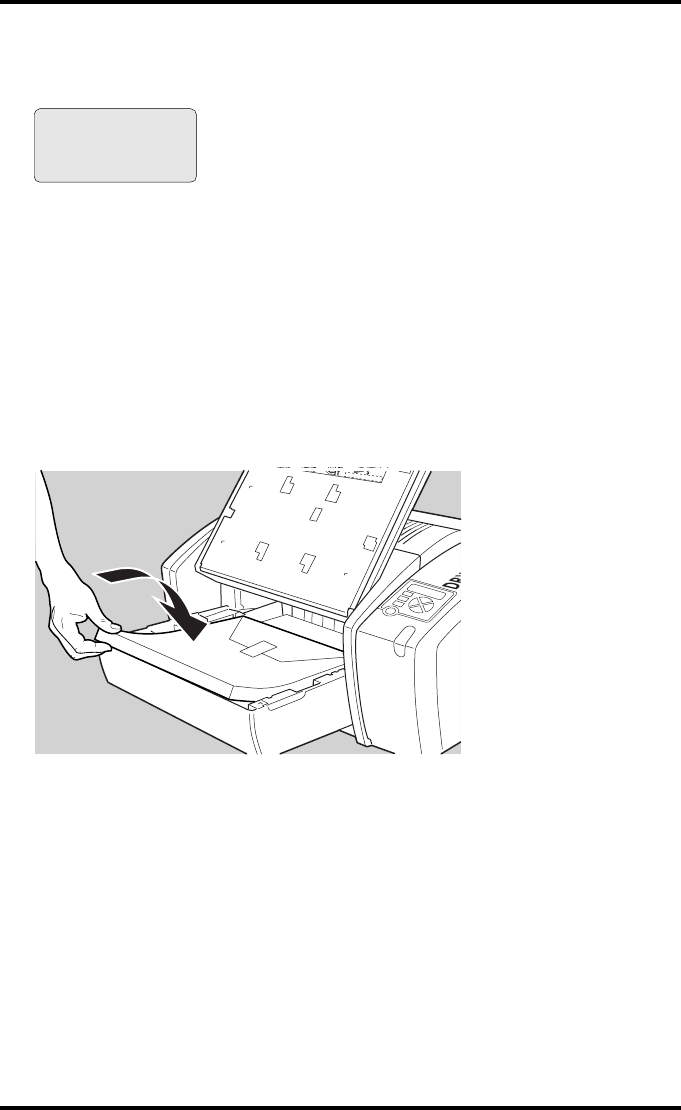
38 2920B EN 20031206
5The printer is ready to receive a new film when the following message
appears:
6Remove the white (protective) film sheet.
7Take film pack and slide it into the input tray.
"Do not slide the film pack completely into the input tray, otherwise you
cannot reach the sticker anymore.
"Verify that the film type on the film pack corresponds with the sticker on
the tray! If you use another film type, you are advised to change the
labels (inside and outside) on the tray.
- Remove cover sheet
from tray
- Load new film
- Close tray
XXXXXX XXXX XXXXXXXXXXXX XXXX
XXXXXX
XXXXXX XXXX XXXXXXXXXXXX XXXX XXXXXX
XXXXXX XXXX XXXXXXXXXXXX XXXX XXXXXX
XXXXXX XXXX XXXXXX
XXXXXX XXXX XXXXXX
XXXXXX XXXX XXXXXX
XXXXXX XXXX XXXXXXXXXXXX XXXX XXXXXX
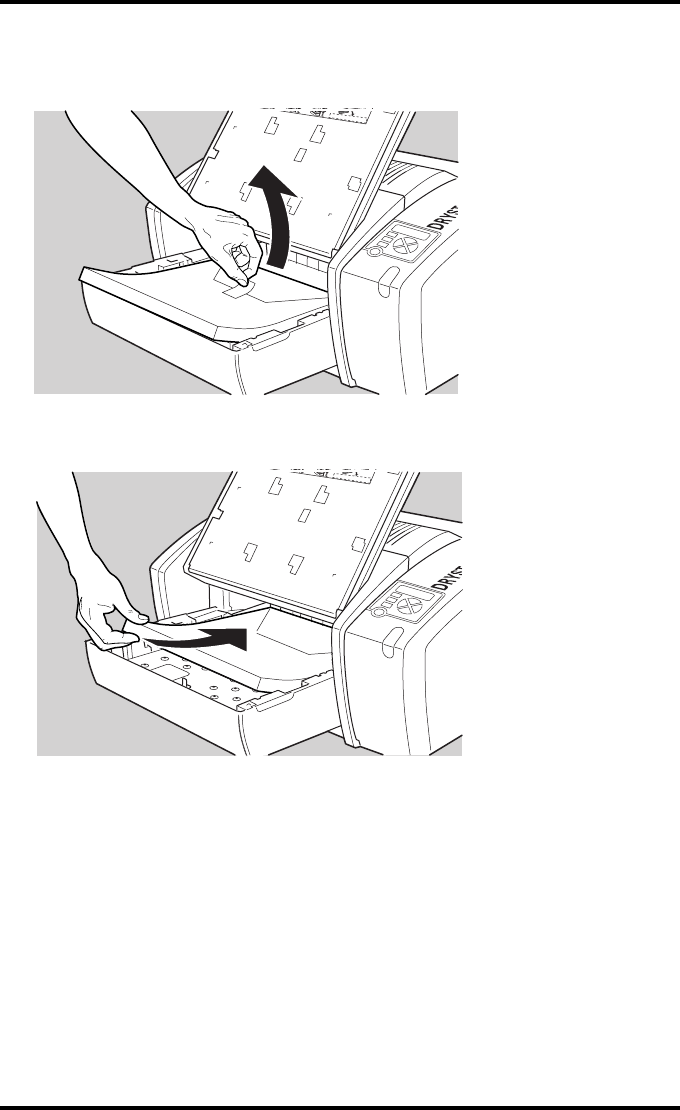
39
2920B EN 20031206
8Either remove the sticker completely, or leave it on the film bag; DO NOT
leave it on the triangular flap!
9Slide the film pack completely into the input tray.
XXXXXX XXXX XXXXXX XXXXXX XXXX X
XXXXX
XXXXXX XXXX XXXXXX XXXXXX XXXX XXXXXX
XXXXXX XXXX XXXXXX XXXXXX XXXX XXXXXX
XXXXXX XXXX XXXXXX
XXXXXX XXXX XXXXXX
XXXXXX XXXX XXXXXX
XXXXXX XXXX XXXXXX XXXXXX XXXX XXXXXX
XXXXXX XXXX
XXXXXX XXXX
XXXXXX XXXX XXXXXX XXXXXX
XXXX XXXXXX
XXXXXX XXXX XXXXXX XXXXXX XXXX XXXXXX
XXXXXX XXXX XXXXXX
XXXXXX XXXX XXXXXX
XXXXXX XXXX XXXXXX
XXXXXX XXXX XXXXXX XXXXXX XXXX XXXXXX
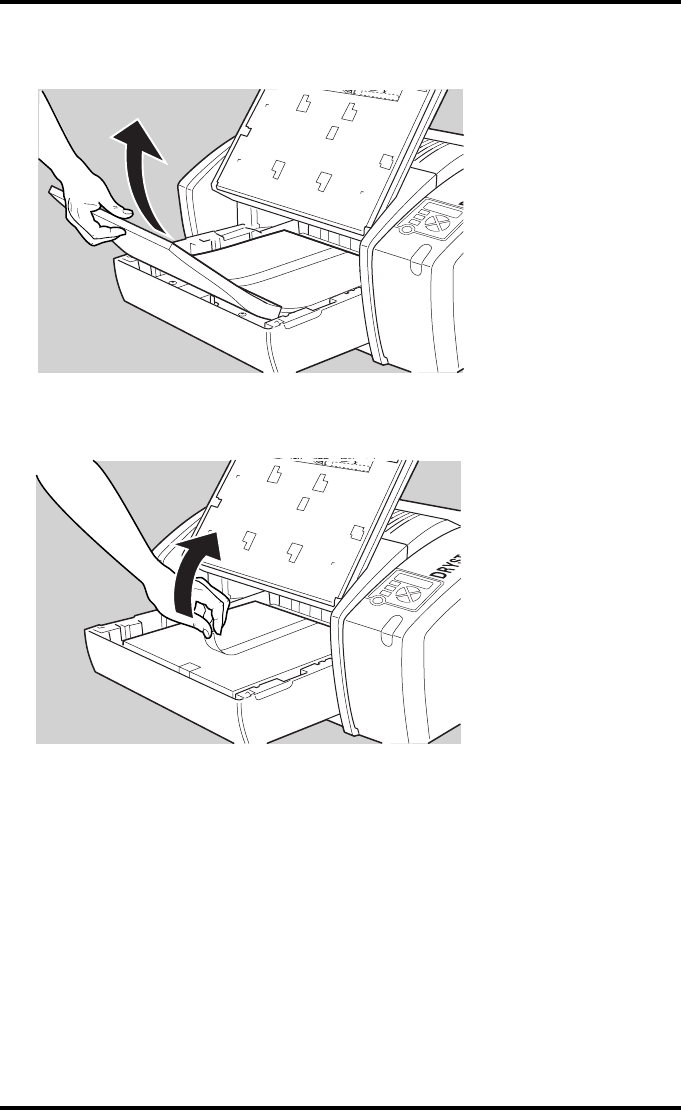
40 2920B EN 20031206
10 Remove the plastic film bag.
11 Tear the plastic tape from around the film pack.
12 Close the input tray.
"The Drystar 5300 resumes printing as soon as the tray is closed.
"Loading instructions are also available inside the input tray cover.
XXXXXX XX
XX XXXXXXX
XXXXXX XXXX XXXXXX XXX
XXX XXXX XXXX
XXXXXX XXXX XXXXXX XXXXXX XXXX XXXXX
X
XXXXXX XXXX XXXXXX
XXXXXX XXXX XXXXXX
XXXXXX XXXX XXXXXX
XXXXXX XXXX XXXXXX XXXXXX XXXX XXXXXX
XXXXXX
XXXXXX XXXX XX
XXXXX
XXXXXX XXXX XXXXXXXXXXXX
XXXX
XXX
XXXXXX XXXX XXXXXX
XXXXXX XXXX XXXXXX
XXXXXX XXXX XXXXXX
XXXXXX XXXX XXXXXXXXXXXX XXXX XXXXXX
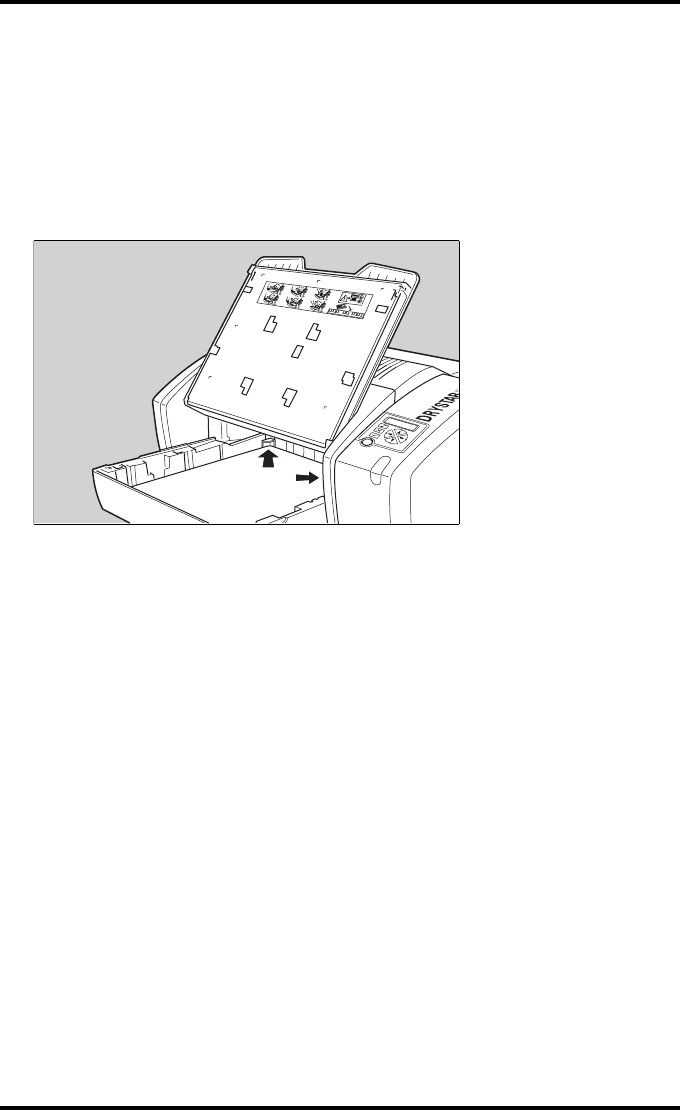
41
2920B EN 20031206
Loading a single film in the input tray
"When you load a single film sheet (e.g. after removing it from the input
tray, or after film jam), make sure that it is correctly positioned. Refer to
‘Checking the correct position of a film in the input tray’ on page 42.
"Also make sure to position the film sheet under both the retainers at the
back of the input tray, as shown is the figure:
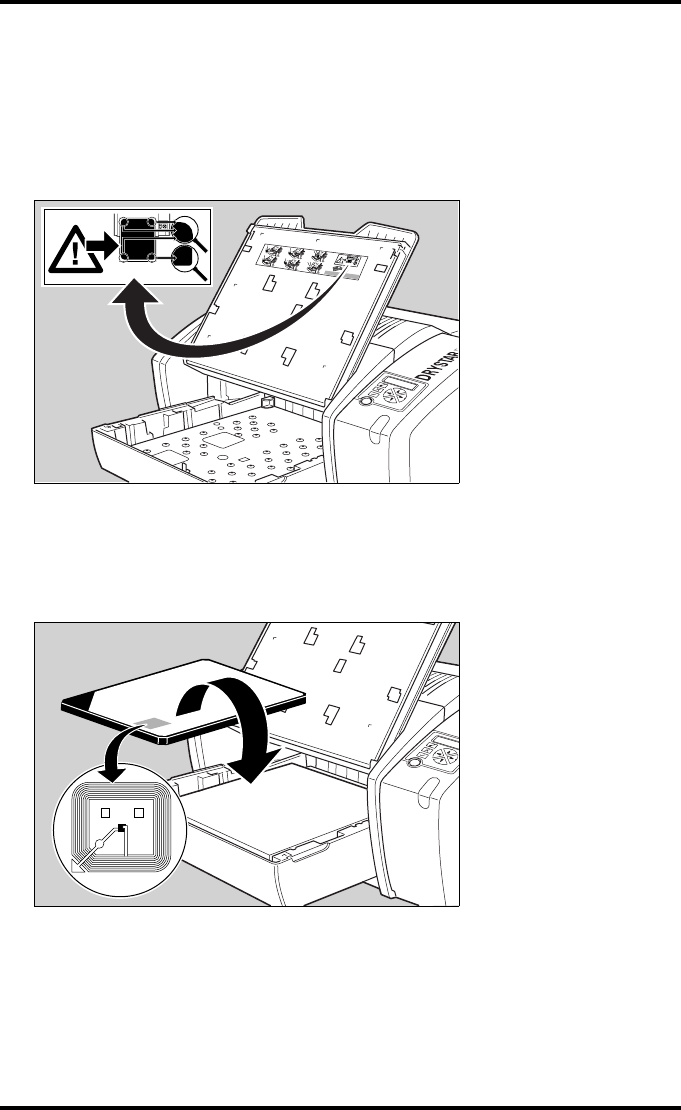
42 2920B EN 20031206
Checking the correct position of a film in the input tray
"You can verify that the film is properly loaded by watching the lower right
corner of the films in the input tray. The rounding of this corner should be
smaller than the other three corners. This is also indicated on the sticker
at the right side of the input tray cover.
"When a new film is loaded, the Film Identification tag is read and the
printer settings are automatically adjusted. The Film Identification tag is
located on the protective sheet on the backside of the film pack. The
figure below shows the film pack upside down.
1
3
2
4
5
6
XXXXXX XXXX XXXXXXXXXXXX XXXX XXXXXX
XXXXXX XXXX XXXXXXXXXXXX XXXX XXXXXX
XXXXXX XXXX XXXXXXXXXXXX XXXX XXXXXX
XXXXXX XXXX XXXXXX
XXXXXX XXXX XXXXXX
XXXXXX XXXX XXXXXX
XXXXXX XXXX XXXXXX XXXXXX XXXX XXXXXX
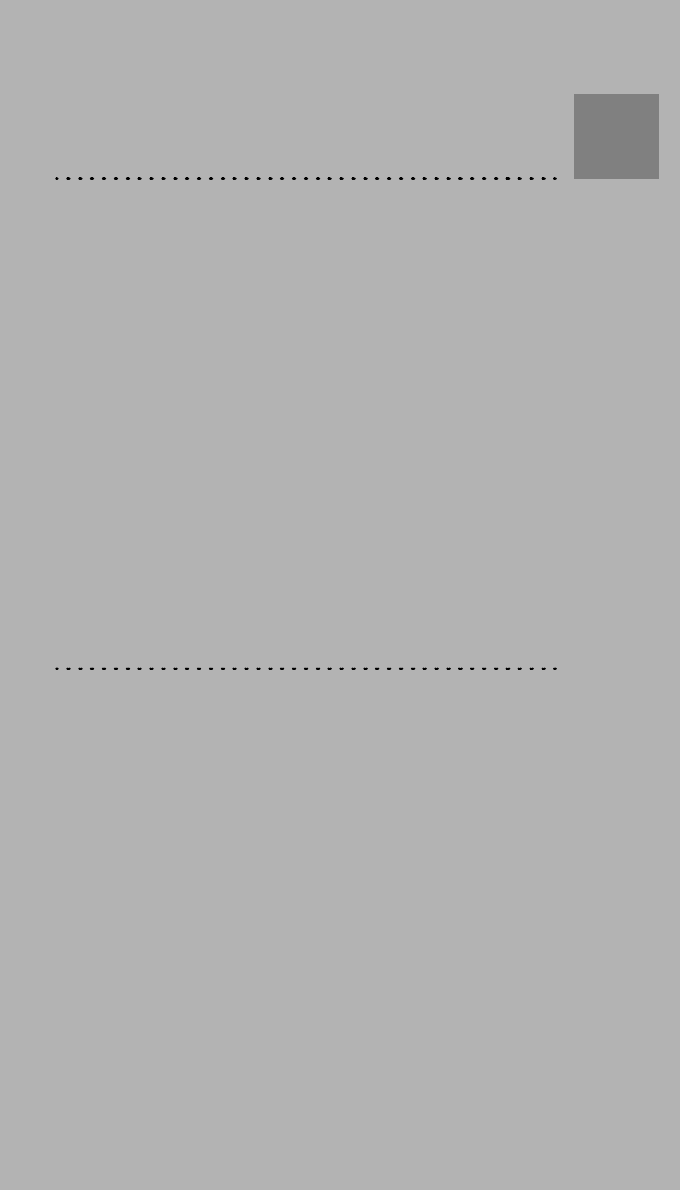
Advanced operation
(Key-operator mode)
This chapter gives an overview of functions for the
advanced user:
!Overview of key-operator functions
!Viewing printer information
!Changing the configuration settings
!Printing images
!Saving the configuration settings
!Restoring the configuration settings
!Maintaining optimal image quality
!Service actions
!Quality control procedure
!Installation operations
Chapter
3
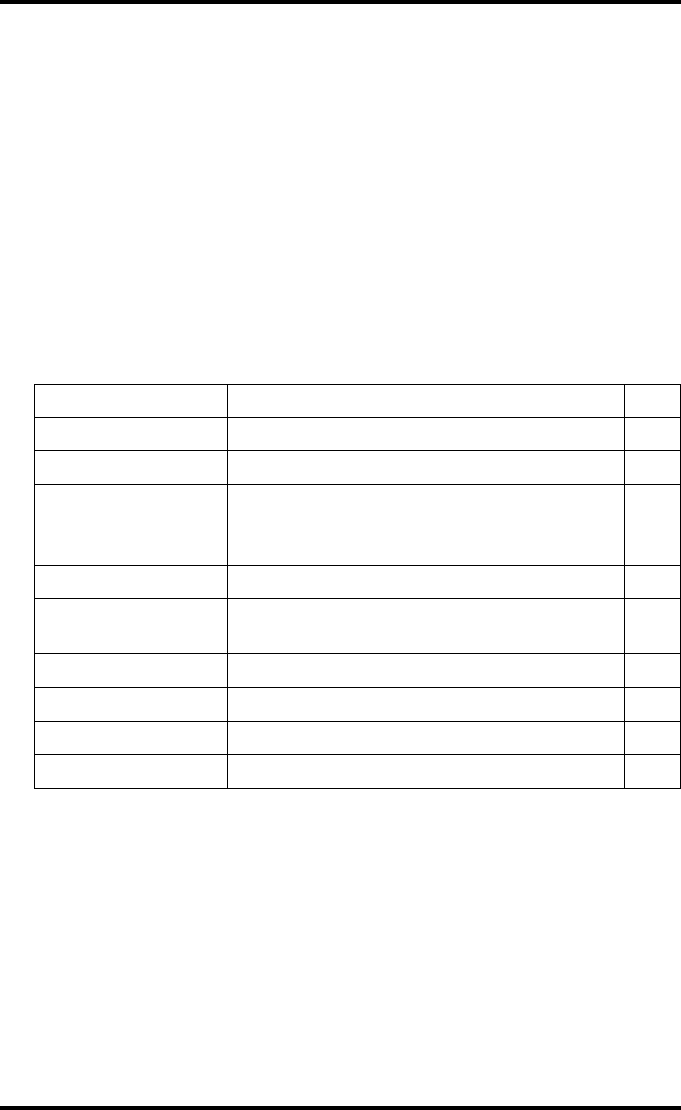
44 2920B EN 20031206
Overview of key-operator functions
The key-operator menus make it possible to use the Drystar 5300 advanced
functions. If not specified otherwise, the functions are described in detail in
this chapter.
For general information on the key functions of the Drystar 5300, refer to ‘The
user interface’ on page 18.
Overview
The Drystar 5300 features the following functions on the main menu level of
the key-operator mode:
Refer to the indicated page for an explanation of the function and the
appropriate procedures.
Menu item Function Page
Show settings To consult the current settings of the printer. 48
Change settings To change the current settings of the printer. 58
Print image
To print one of the Drystar 5300 test images.
To load and print images from an external
CF-card.
91
Save configuration To make a backup of the printer settings. 95
Restore
configuration To restore the backup of the printer settings. 97
Calibration To maintain optimal image quality. 101
Service actions To view error, repair and maintenance data. 108
Quality Control To perform the QC procedure. 109
Installation To install or update the Drystar 5300 software. 122
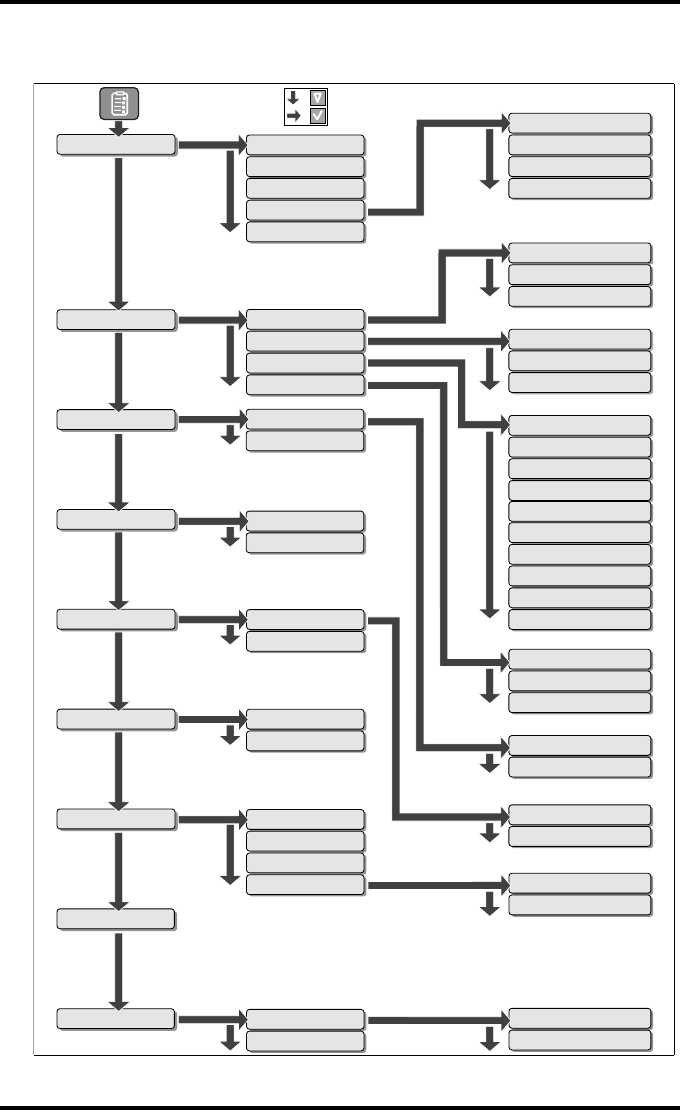
45
2920B EN 20031206
The menu structure
General
Input tray
Network(DICOM)
Image quality
General
Input tray
Network(DICOM)
Image quality
Installed data-sets
Test image
From CF-Card
Time and date
Printer AE-title
Hostname
Domain name
Printer IP-address
Service Host IP-address
Netmask
Router IP-address
Remove modality
Add modality
Alert mailing
External
Internal
Film calibration
Warning messages
TPH cleaning
Language
Beep on empty tray
General setting
Service actions
Quality Control
Installation
Repair history
Maintenance
Error messages
Printer installation
Software installation
Calibration
Restore configuration
Save configuration
Change settings
SMPTE
Etc...
Show open and update
Show closed
External CF-card
Previous SW version
=
=
Show settings
Print image
General
Network only
General
Default densitometer
Per modality setting
Etc...
General
Network only
Default densitometer
Per modality setting
Film type
Film format
Film view
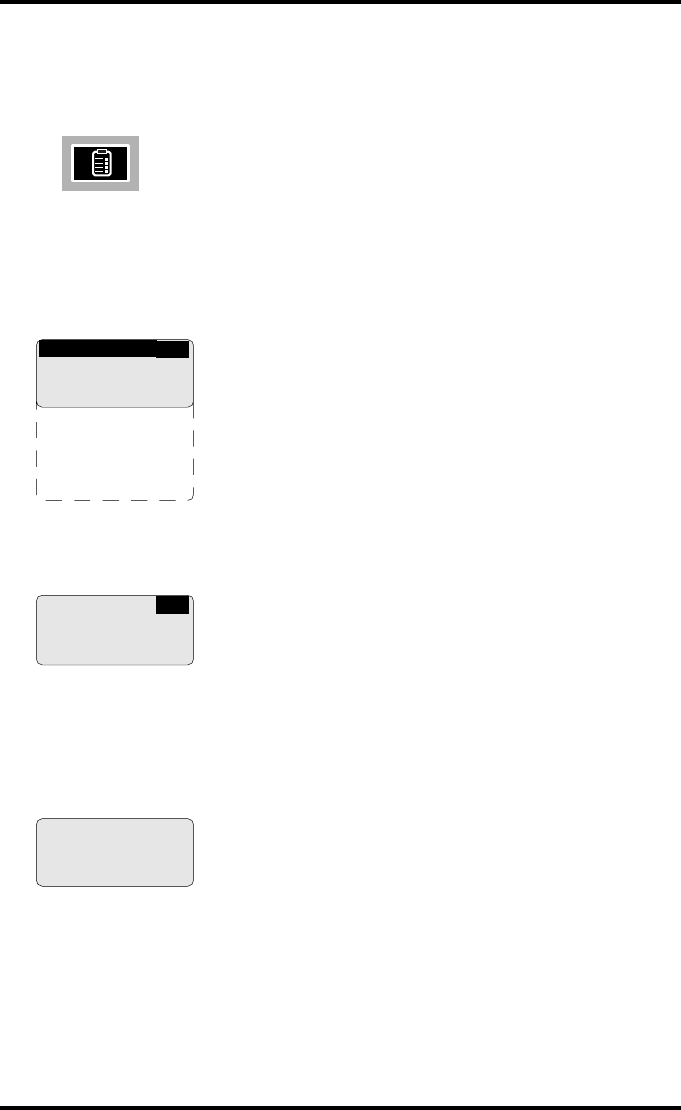
46 2920B EN 20031206
Accessing the key-operator menus
•The key-operator mode functions (i.e. the main menu level) can be accessed by
pressing the Key-operator key on the front panel.
After pressing the Key-operator key the main menu is displayed:
"The two characters displayed in inverse video in the upper right corner
indicate the current menu item (e.g. ‘KO’ for main Key-operator menu,
‘QC’ for Quality Control, etc.).
"When you enter the key-operator mode while the Drystar 5300 is printing,
it will first finish the active print job(s):
"If certain mandatory site specific data has not yet been entered, the
following screen is displayed when entering the key-operator mode (refer
to ‘Changing the site specific data (via remote browser only)’ on
page 64):
KO
1 Show settings
2 Change settings
3 Print image
4 Save configuration
5 Restore config.
6 Calibration
7 Service actions
8 Quality Control
9 Installation
Stopping printing
process before
entering key-op mode
Please wait.
KO
Please provide site
specific information
via remote
connection (browser)
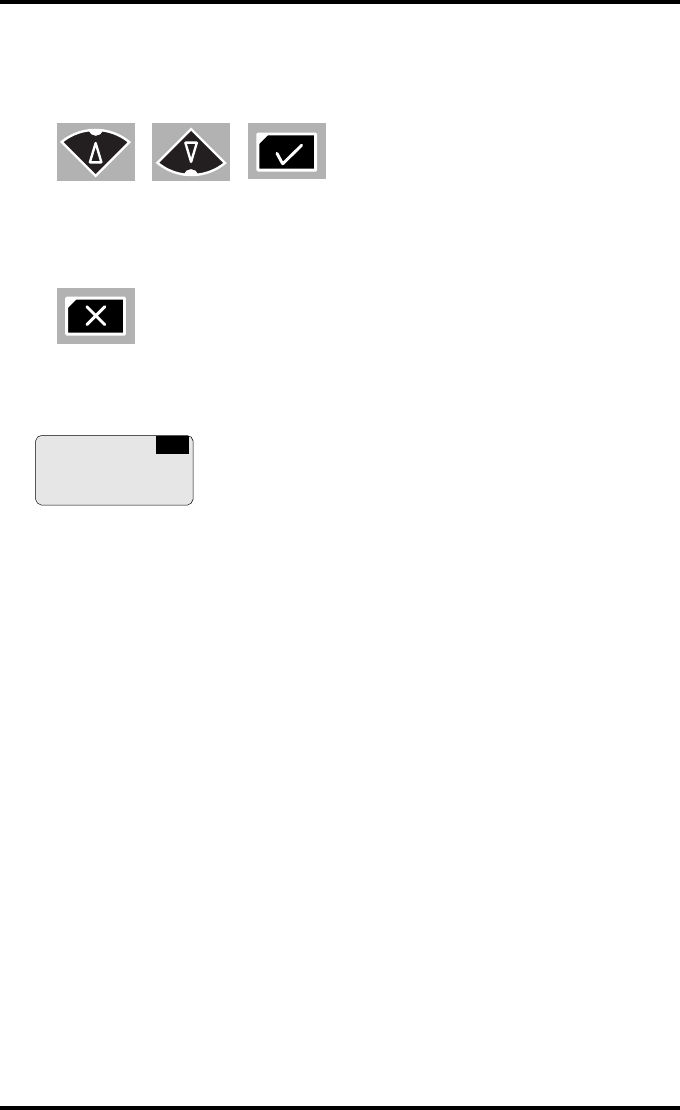
47
2920B EN 20031206
•You can scroll through the menu items by pressing the Down and Up keys and
select a menu item by pressing the Confirm key. The active keys are indicated by
their respective LEDs.
•At any moment you can press the Escape key on the main menu level to exit the
key-operator mode. If you press this key on a lower level menu you are returned
to the higher level menu. If you press this key on a data screen after entering
information, all changes on that screen are lost.
•If the key-operator does not interact with the menu for a longer period (five
minutes or more), the menu will time-out and revert back to the ready state. The
key-operator will receive a warning that the time-out is about to expire:
Press the Confirm key to return to the key-operator menu. Otherwise, the key-
operator menu will be closed.
"The Drystar 5300 will sound a long beep if you press a key that is not to
be used at that moment.
Time-out is
about
to expire...
KO
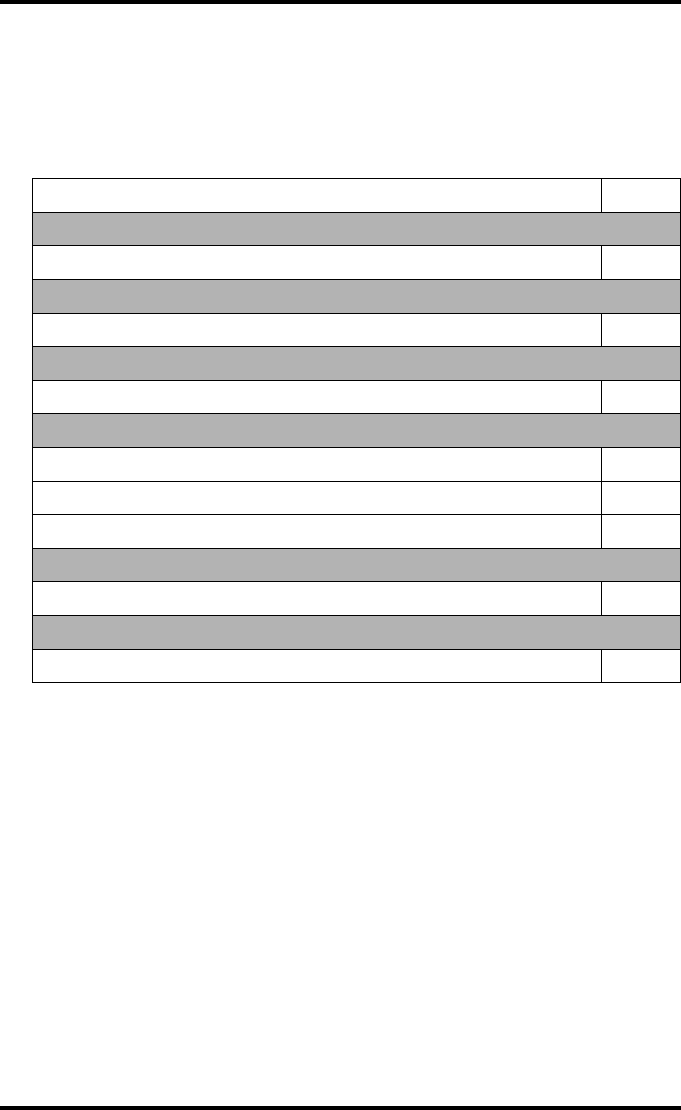
48 2920B EN 20031206
Viewing printer information
A number of data and parameter settings of the printer can be viewed by
using the ‘Show settings’ function:
Show settings Page
General
‘Viewing general information’ 50
Input tray
‘Viewing input tray information’ 51
Network (DICOM)
‘Viewing network (DICOM) information’ 52
Image quality
‘Viewing general image quality information’ 53
‘Viewing default densitometer information’ 54
‘Viewing image quality information of a modality’ 55
Installed data-sets
‘Viewing installed data-sets information’ 56
Logical printers
‘Viewing logical printers information’ 57
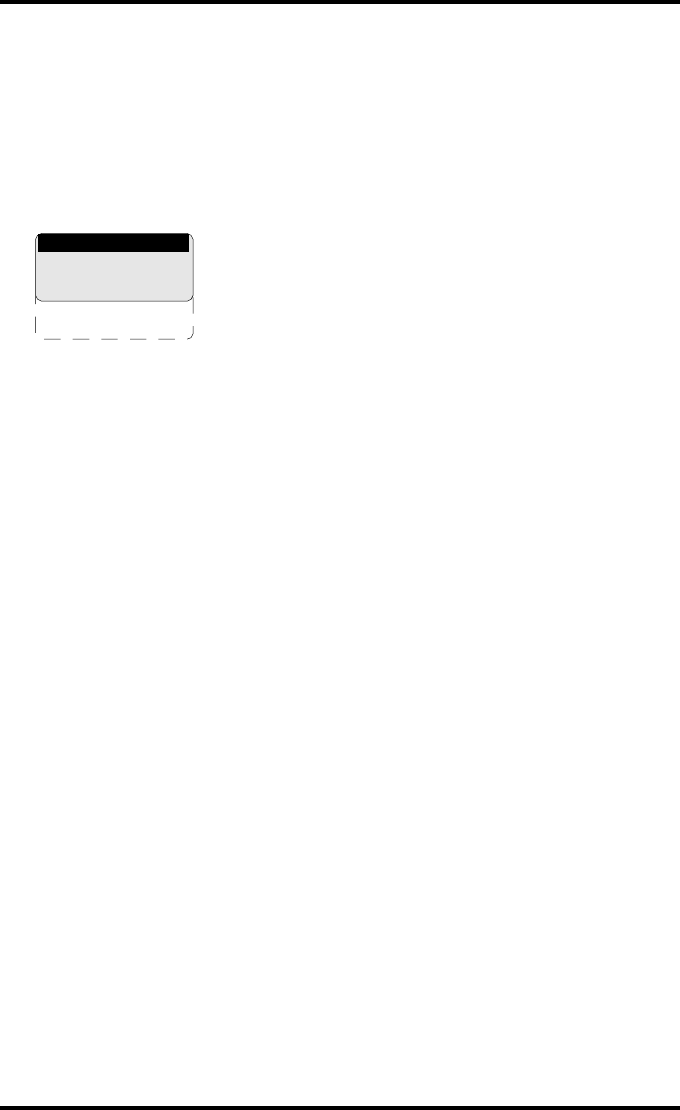
49
2920B EN 20031206
Accessing the Show settings menu
1Press the Key-operator key to enter the key-operator mode.
2On the key-operator main menu, press the Confirm key to select ‘Show
settings’.
The Show settings menu is displayed:
"This menu is the starting point for viewing printer information
(see next page).
3Press the Escape key to return to the key-operator main menu.
4Press the Escape key again to quit the key-operator mode.
SH
1 General
2 Input tray
3 Network (DICOM)
4 Image quality
5 Installed data-sets
6 Logical printers
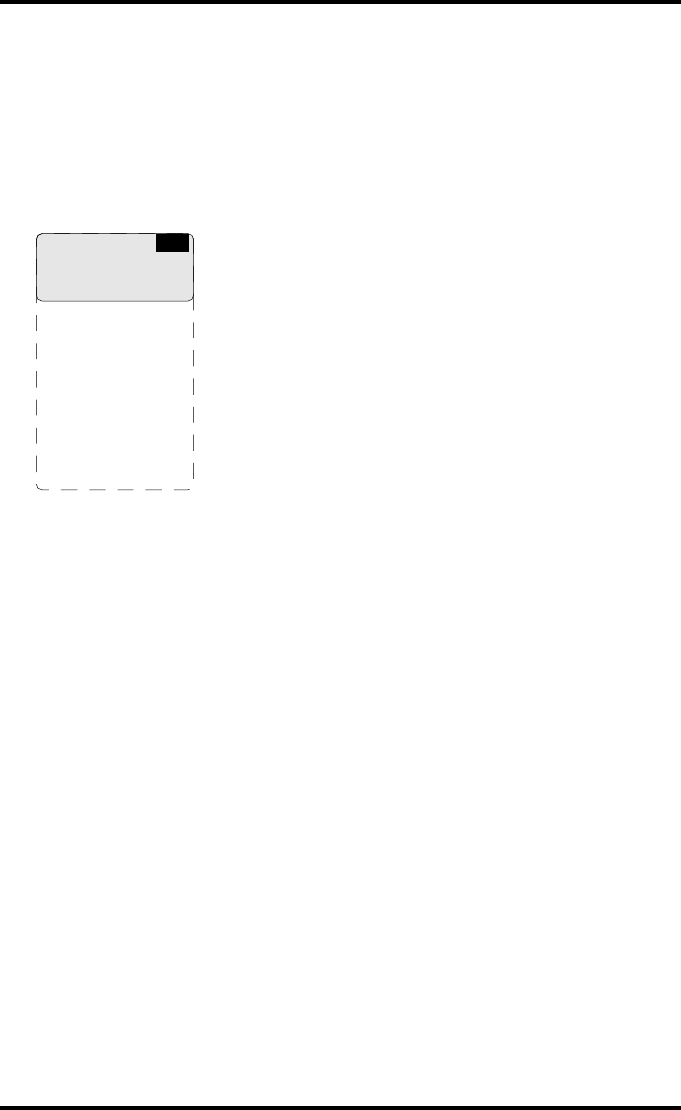
50 2920B EN 20031206
Viewing general information
1Perform steps 1 and 2 of the ‘Accessing the Show settings menu’ procedure,
on page 49.
2On the Show settings menu, press the Confirm key to select ‘General’.
The ‘General’ info screen is displayed (example):
On the ‘General’ info screen you can see:
•the serial number of the printer,
•the language,
•the current time,
•the current date,
•the installation date,
•the number of films printed after the last print head cleaning,
•the total number of films printed,
•the currently installed software version,
•the automatic film calibration settings (OFF, ON every “99” packs),
•whether the printer should beep when the input tray is empty (NO, 5 times,
many).
"More information, such as site specific data can be viewed via the
browser only. Refer to Chapter 4, ‘Controlling the Drystar 5300 via a
remote PC (with browser)’.
3Press the Confirm key to return to the Show settings menu.
Serial-No: 1024
Language: English
Time: 14.30
Date: 19 Aug 03
Install.: 01 Aug 03
No of films after
TPH cleaning: 99999
No of copies: 999999
SW version: xxxxxxx
Film calib.: ON 99
Beep on empty: NO
----------------------------
Site specific info
visible via browser
only
SH
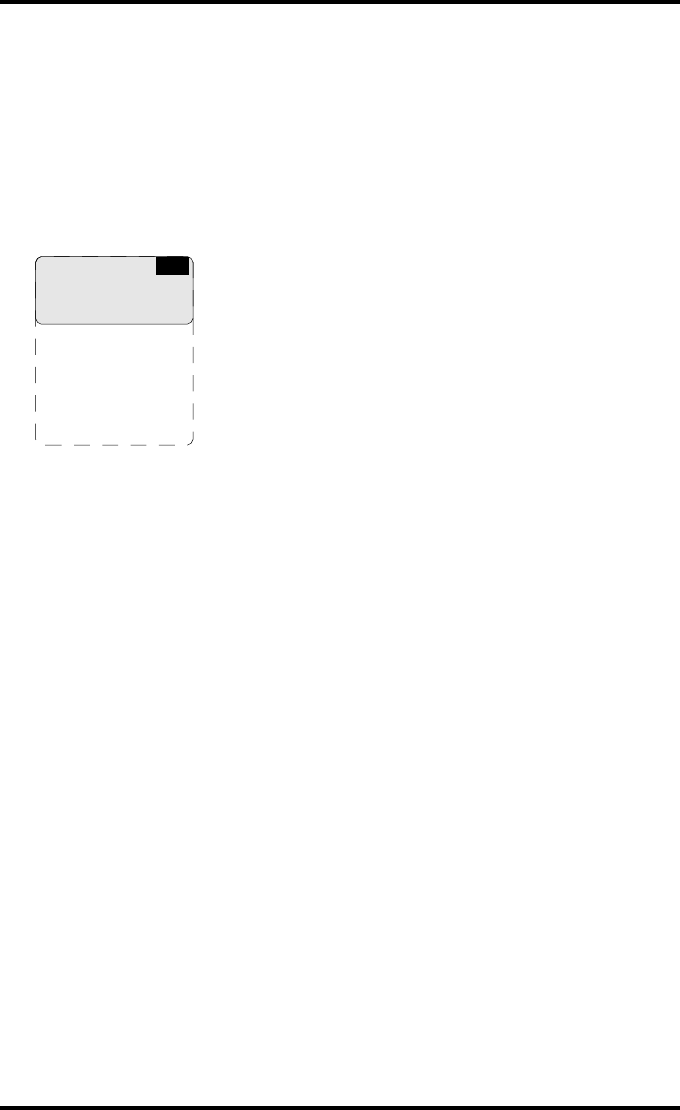
51
2920B EN 20031206
Viewing input tray information
1Perform steps 1 and 2 of the ‘Accessing the Show settings menu’ procedure,
on page 49.
2On the Show settings menu, press the Down key, followed by the Confirm key
to select ‘Input tray’.
The ‘Input tray’ screen is displayed (example):
The following information is displayed for the input tray:
•the status of the Film Identification tag (OK, disabled, overruled),
•the film data, as read by the Film Identification tag:
•film type,
•film format.
•the actual film data (as it has been modified by the key-operator):
•film type,
•film format.
•the film view (normal, back),
•the film identification data (Brand ABC, order number and pack number).
3Press the Confirm key to return to the Show settings menu.
Status: OK
Tag info:
Film type: DT 2B
Film format: 14x17
Actual settings:
Film type: DT 2B
Film format: 14x17
Film view: normal
“Brand ABC”
“order number”
“pack number”
SH
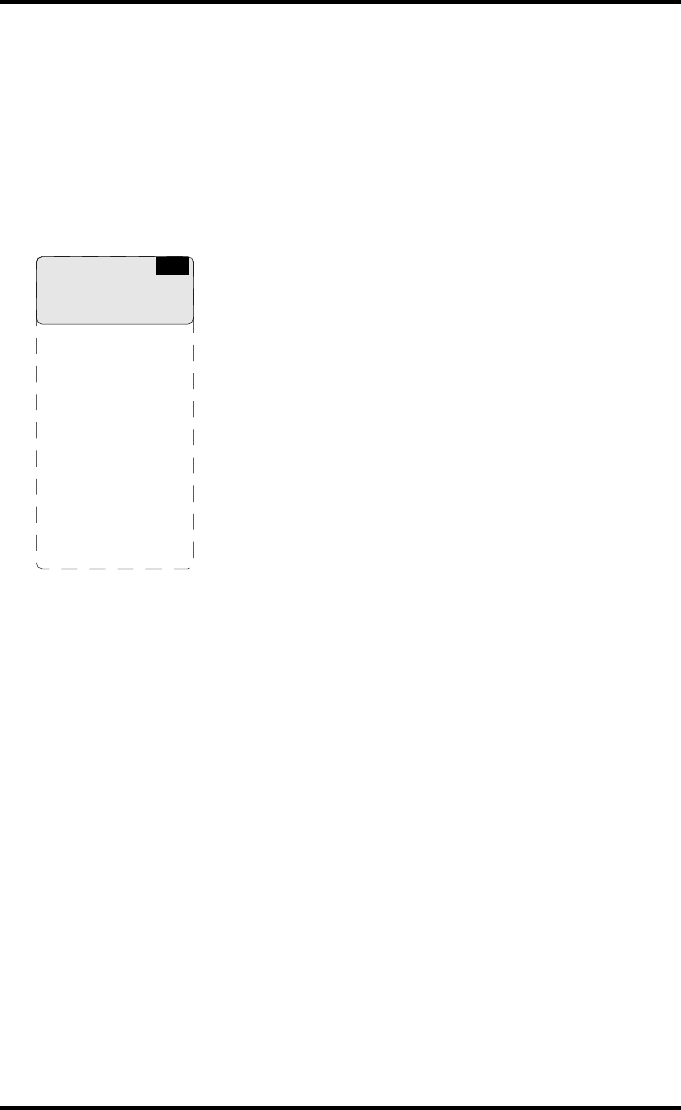
52 2920B EN 20031206
Viewing network (DICOM) information
1Perform steps 1 and 2 of the ‘Accessing the Show settings menu’ procedure,
on page 49.
2On the Show settings menu, press the Down key twice, followed by the
Confirm key to select ‘Network (DICOM)’.
The ‘Network (DICOM)’ screen is displayed (example):
The following information on the current network settings is displayed:
•the AE_Title of the Drystar 5300,
•the hostname of the Drystar 5300,
•the domain name,
•the IP address of the Drystar 5300,
•the netmask used for the Drystar 5300,
•the IP address of the router,
•the IP address of the Service Host PC,
•the MAC address of the Drystar 5300,
•whether the Drystar 5300 sends an e-mail when an error occurs (ON, OFF).
3Press the Confirm key to return to the Show settings menu.
Printer AE_title:
Drystarxxxxxxxxxxxxx
Hostname:
Drystarxxxxxxxxxxxxx
Domain:
Abcdefghijklmnop
IP address:
123.123.123.123
Netmask:
123.123.123.123
Router:
123.123.123.123
Serv.Host IP address
123.123.123.123
MAC address
Xxxxxxxxxxxxxxxx
Alert mailing: OFF
SH
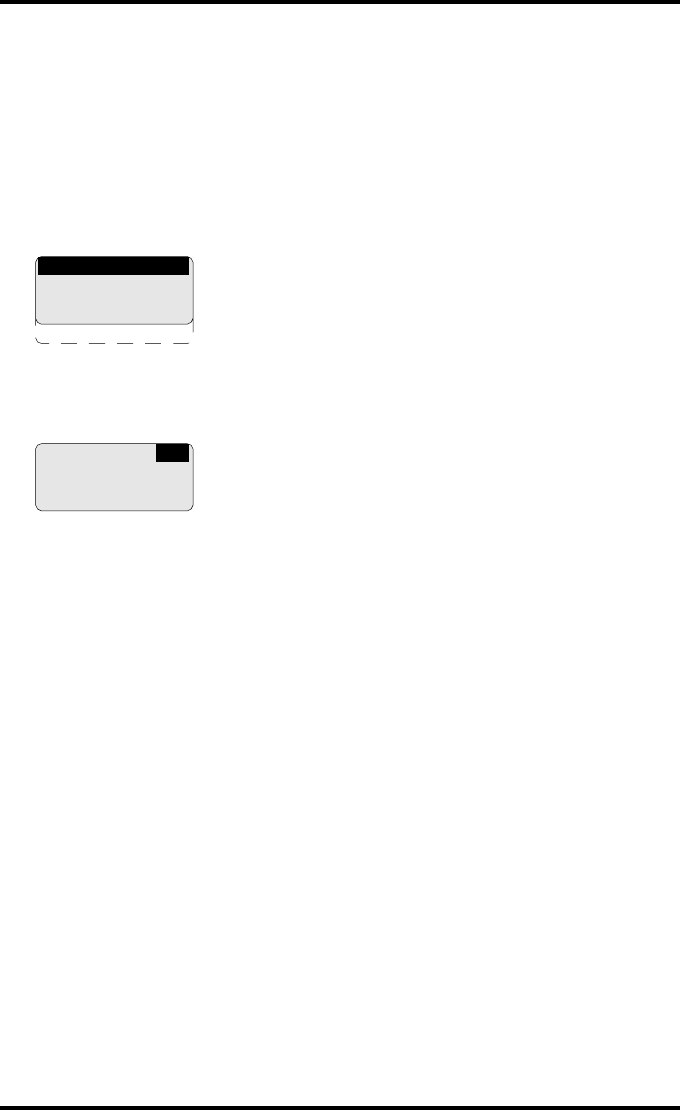
53
2920B EN 20031206
Viewing general image quality information
1Perform steps 1 and 2 of the ‘Accessing the Show settings menu’ procedure,
on page 49.
2On the Show settings menu, press the Down key three times, followed by the
Confirm key to select ‘Image quality’.
The following screen will appear:
3Press the Confirm key to select ‘General’.
The automatic film calibration settings are displayed:
The following information is displayed on the automatic film calibration settings:
•whether the automatic film calibration is set (‘ON’, ‘OFF’),
•when ON, the automatic film calibration frequency (e.g. every ‘05’ film packs),
•the maximum density result value (e.g. ‘3.10’) of the last successful film
calibration.
4Press the Confirm key to return to the Image quality menu.
5In the Image quality menu, press the Escape key to return to the Show
settings menu.
SH
1 General
2 Def. densitometer
3 Modality16charac
4 Modality16charac
5 etc...
Film Calib.: ON
After 05 packs
MaxD result: 3.10
SH
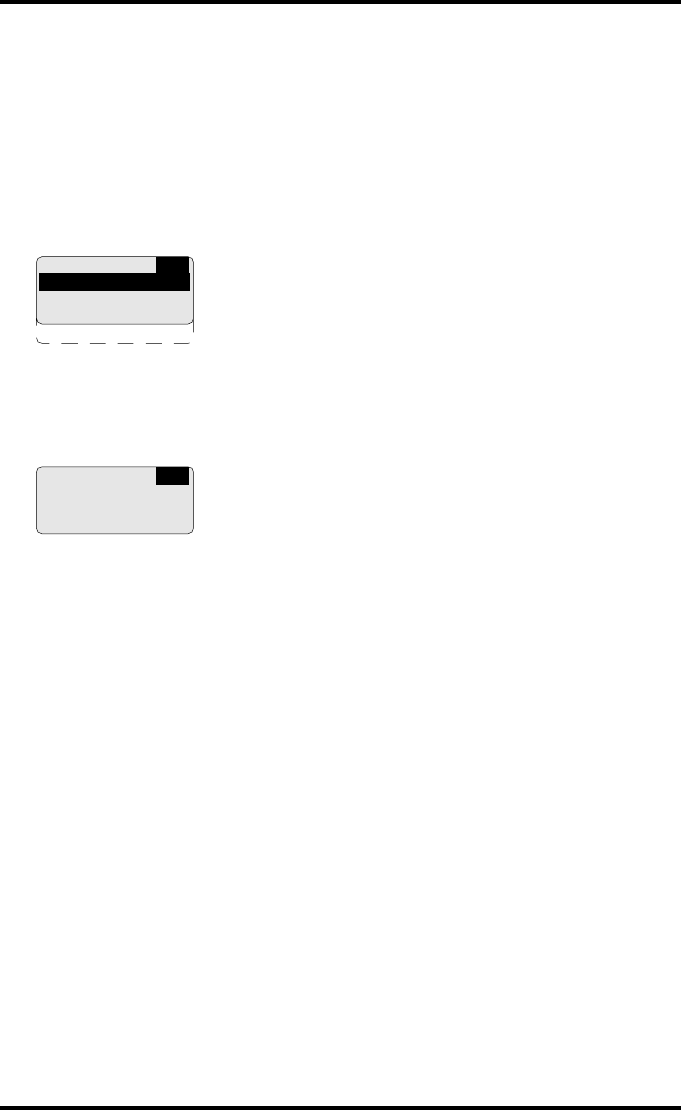
54 2920B EN 20031206
Viewing default densitometer information
1Perform steps 1 and 2 of the ‘Accessing the Show settings menu’ procedure,
on page 49.
2On the Show settings menu, press the Down key three times, followed by the
Confirm key to select ‘Image quality’.
The following screen will appear:
3Press the Down key, followed by the Confirm key to select
‘Def. densitometer’.
The name of the default densitometer is displayed:
"All densities shown on the Drystar 5300 display are calculated according
to the response of the selected densitometer. Refer to ‘Density response
of Drystar media’ on page 106.
4Press the Confirm key to return to the Image quality menu.
5In the Image quality menu, press the Escape key to return to the Show
settings menu.
SH
1 General
2 Def. densitometer
3 Modality16charac
4 Modality16charac
5 etc...
Default
densitometer:
MacBeth TR924
SH
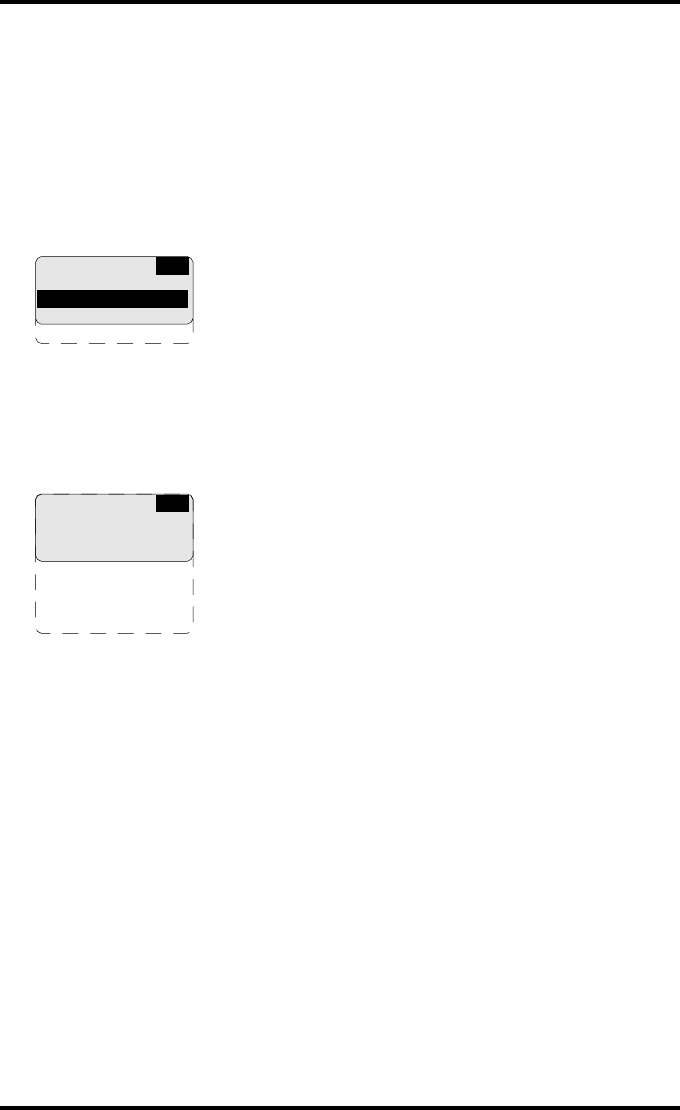
55
2920B EN 20031206
Viewing image quality information of a modality
1Perform steps 1 and 2 of the ‘Accessing the Show settings menu’ procedure,
on page 49.
2On the Show settings menu, press the Down key three times, followed by the
Confirm key to select ‘Image quality’.
The following screen will appear:
3Press the up/down arrow keys to select the desired modality.
4Press the Confirm key to display the image quality settings for the selected
modality or the Escape key to quit.
The image quality parameters for the selected modality are displayed. Refer to
‘Changing Image quality settings for a modality’ on page 87 for more information on
those parameters.
5Press the Confirm key to return to the Image quality menu.
6In the Image quality menu, press the Escape key to return to the Show
settings menu.
SH
1 General
2 Def. densitometer
3 Modality16charac
4 Modality16charac
5 etc...
Modality16char
Look Up Table:
Linear
Interpolation:
Cubic High Res
Smoothing: xxxx
Maximum density:
3.00
SH
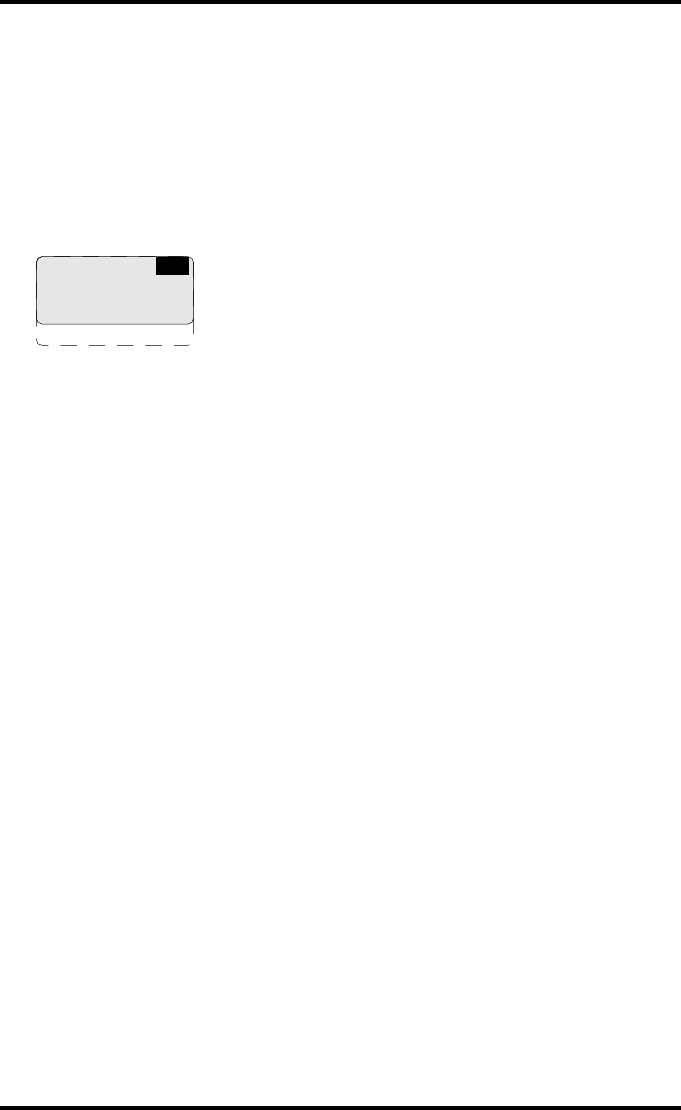
56 2920B EN 20031206
Viewing installed data-sets information
1Perform steps 1 and 2 of the ‘Accessing the Show settings menu’ procedure,
on page 49.
2On the Show settings menu, press the Down key four times, followed by the
Confirm key to select ‘Installed data-sets’.
The ‘Installed data-sets’ screen is displayed (example):
The following information is displayed for the installed data-sets:
•the name,
•the version number.
3Press the Confirm key to return to the Show settings menu.
Current installed
Data-sets:
Language: Vx.yz
Xxxxxxxxx: Va.bc
etc...
SH
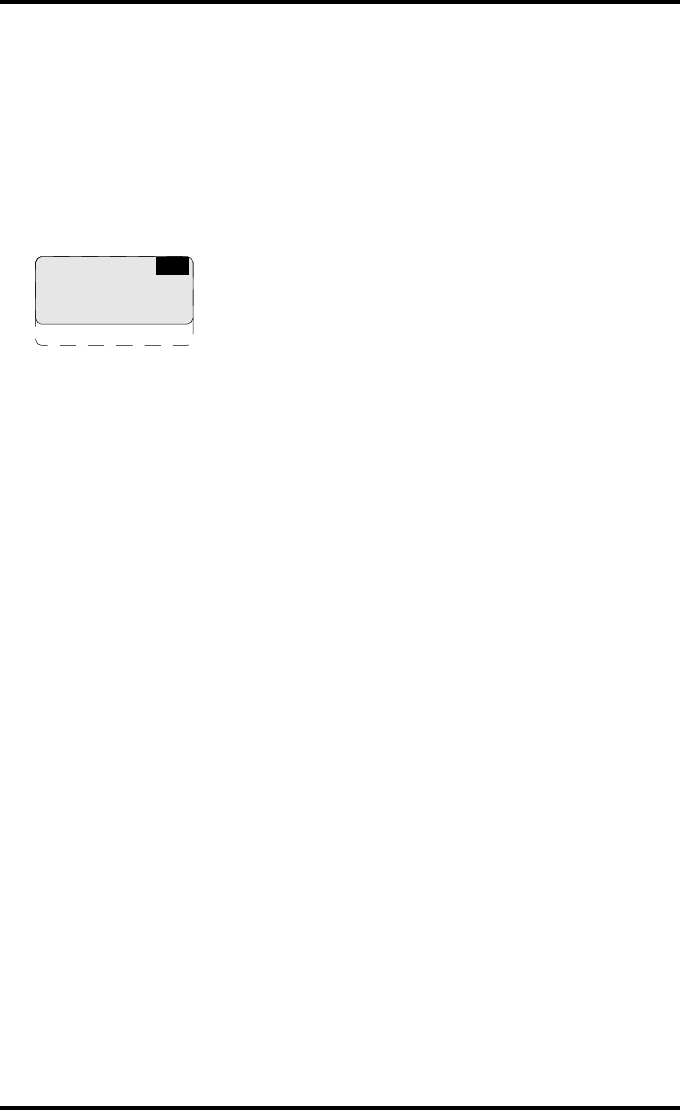
57
2920B EN 20031206
Viewing logical printers information
1Perform steps 1 and 2 of the ‘Accessing the Show settings menu’ procedure,
on page 49.
2On the Show settings menu, press the Down key five times, followed by the
Confirm key to select ‘Logical printers’.
The ‘Logical printers’ screen is displayed (example):
The following information is displayed for the logical printers:
•the logical printer name (the default is indicated with a ‘*’).
3Press the Confirm key to return to the Show settings menu.
Defined logical
Printers:
* DS5300
DS5300A
DS5300B
SH
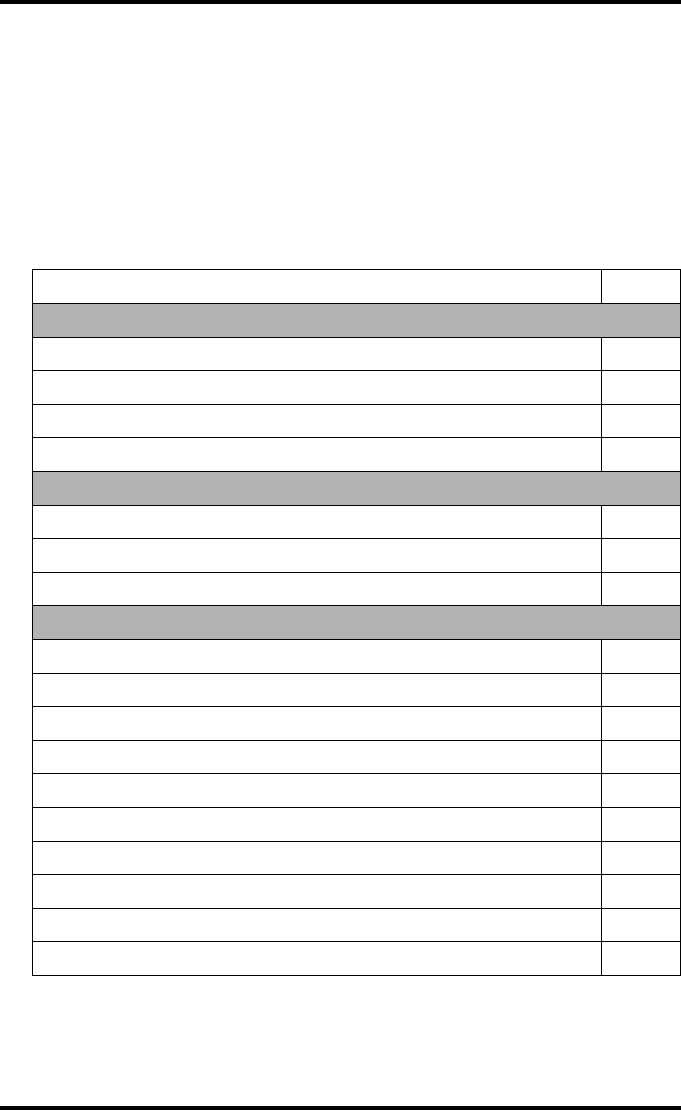
58 2920B EN 20031206
Changing the configuration settings
A number of data and parameters settings of the printer can be viewed and
changed by using the ‘change settings’ function:
"Each time the settings have been changed, the new configuration is
automatically saved on the internal CF-card of the printer. You will be
asked to create a backup CF-card with the new settings.
Change settings Page
General
‘Changing the date and time’ 61
‘Changing the language’ 62
‘Changing the beep on empty tray settings’ 63
‘Changing the site specific data (via remote browser only)’ 64
Input tray
‘Changing the film view’ 65
‘Changing the film type’ 66
‘Changing the film format’ 67
Network (DICOM)
‘Changing the printer AE_Title’ 69
‘Changing the hostname’ 70
‘Changing the domain name’ 71
‘Changing the printer IP address’ 72
‘Changing the service host IP address’ 74
‘Changing the netmask’ 76
‘Changing the router IP address’ 77
‘Removing a modality’ 79
‘Adding a modality’ 80
‘Setting the alert mailing’ 84
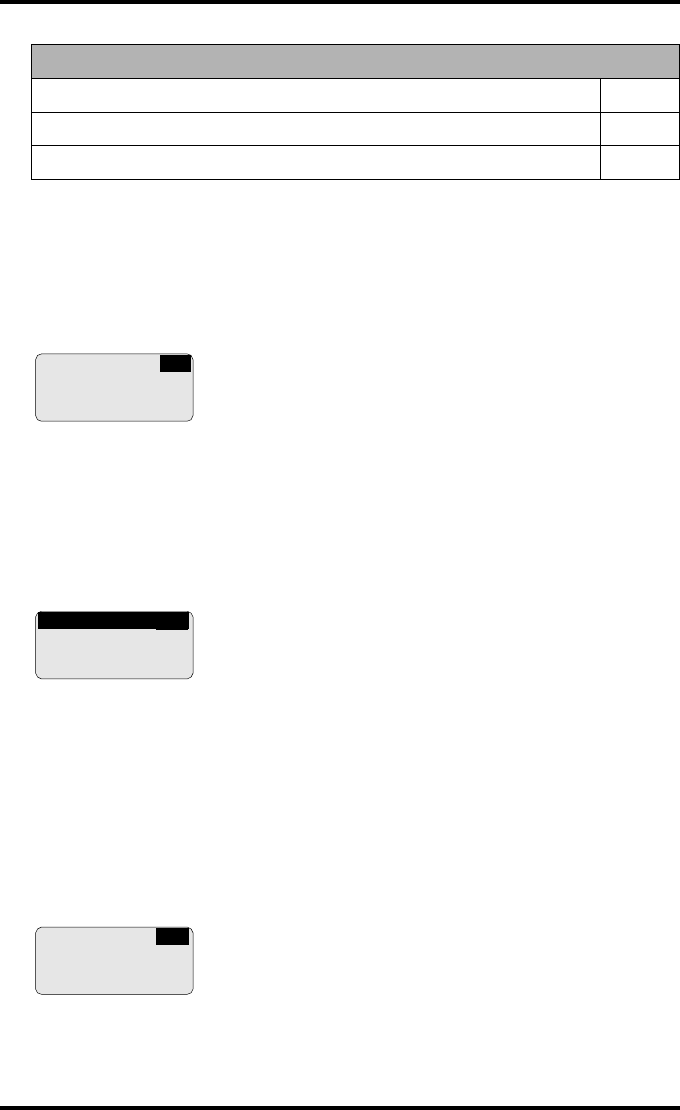
59
2920B EN 20031206
Accessing the Change settings menu
"Before you can change the settings, the ‘Printer installation wizard’
should be executed. If the printer has not been installed yet, the following
screen is displayed:
Proceed as follows to access the ‘Change settings’ menu:
1Press the Key-operator key to enter the key-operator mode.
2On the key-operator main menu, press the Down key, followed by the
Confirm key to select ‘Change settings’.
The ‘Change settings’ screen is displayed:
"This menu is the starting point for changing the Drystar 5300 settings
(see below).
3Press the Escape key to return to the key-operator main menu.
4Press the Escape key to quit the key-operator mode.
When the printer settings have been changed, the ‘Accept changes’ window
is displayed:
Press the Confirm key (YES) if you wish to accept the changed settings.
Press the Escape key (NO) if you want to quit the procedure without any changes.
Image quality
‘Changing general image quality settings’ 85
‘Changing the default densitometer’ 86
‘Changing Image quality settings for a modality’ 87
Settings can only
be changed after
Printer installation
CS
CS
1 General
2 Input tray
3 Network (DICOM)
4 Image quality
Accept changes
YES (v) NO (x)
CS
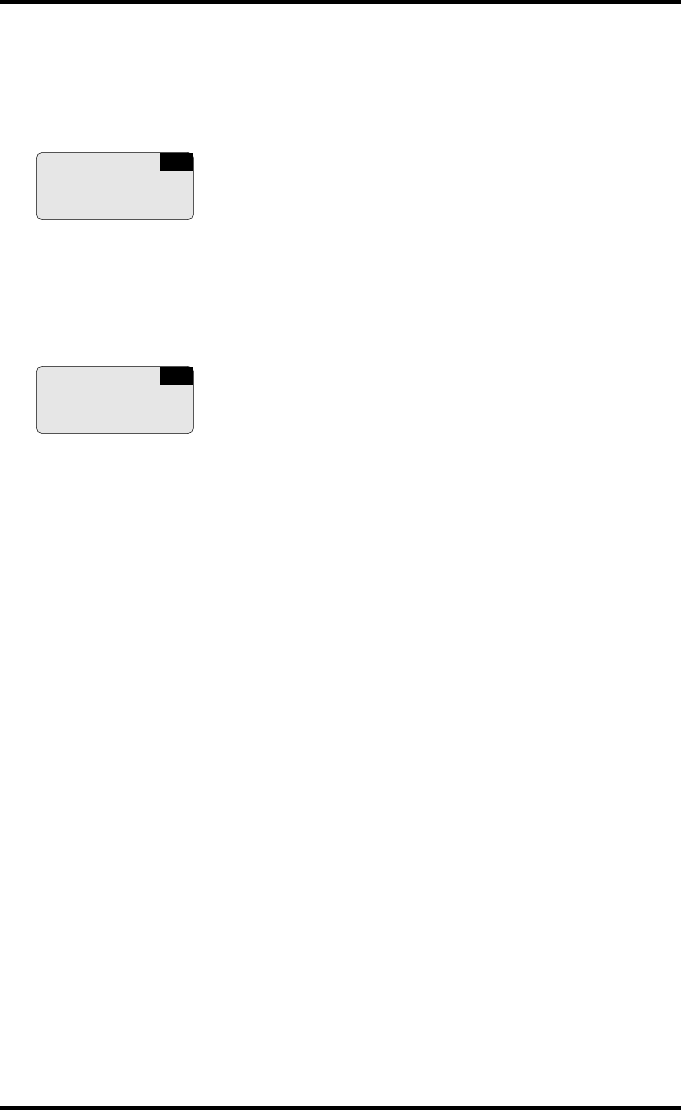
60 2920B EN 20031206
Each time the settings have been changed and confirmed, an automatic backup of
the old configuration is made on the internal CF-card. You will also be asked to
create a backup on an external CF-card.
After selecting YES, the ‘Update backup on CF-card’ screen is displayed:
If you want to save the configuration on the backup CF-card, press the Confirm key
(YES). The printer will now enter the ‘Save configuration procedure’ (see page 95).
If you only want to save the configuration on the internal CF-card, press the Escape
key (NO).
Next, the following screen is displayed (when necessary):
Press the Confirm key to reset the printer. After the reset, the new settings will be
active.
Update backup on
CF-card
YES (v) NO (x)
CS
New settings will
be active after
reset
CS
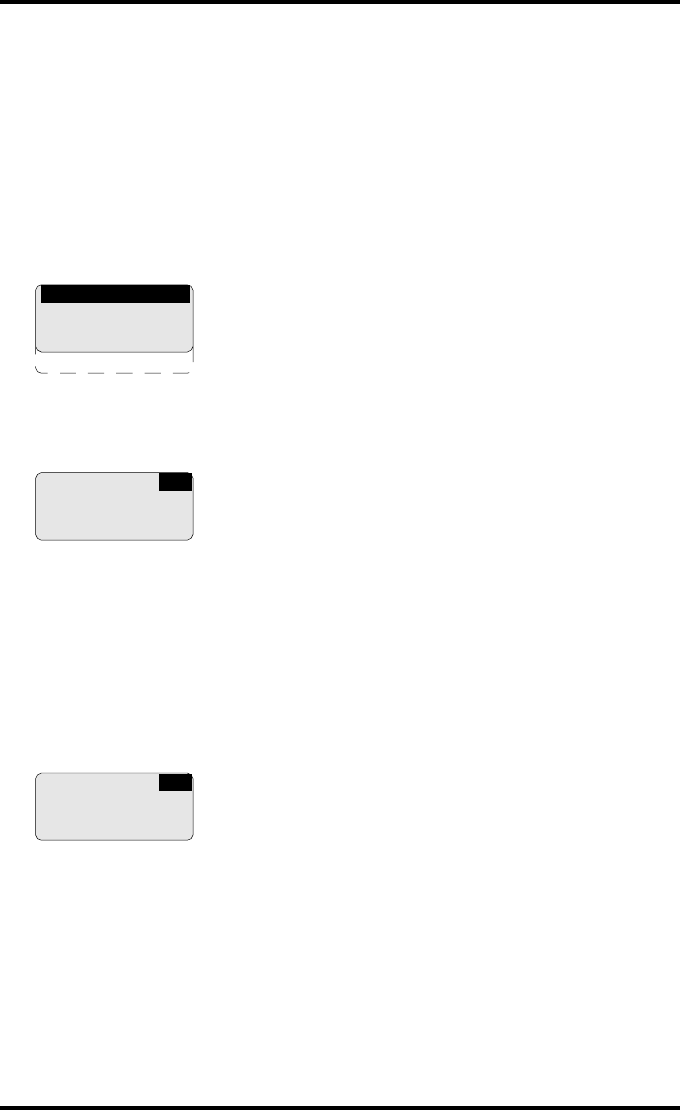
61
2920B EN 20031206
Changing the general settings
Changing the date and time
1Perform steps 1 to 2 of the ‘Accessing the Change settings menu’ procedure
on page 59.
2On the ‘Change settings’ screen, press the Confirm key to select ‘General’.
The ‘General’ screen is displayed:
3Press the Confirm key to select ‘Date & time’.
The ‘Date’ screen is displayed:
4Press the up/down arrow keys to increment/decrement the numbers or the
month. Press the left/right arrow keys to move through the digits.
"For more info, refer to ‘Data entry’ on page 27.
5Press the Confirm key to store the data, or the Escape key to quit the
procedure without any changes.
The ‘Time’ screen is displayed:
6Press the up/down arrow keys to increment/decrement the numbers. Press
the left/right arrow keys to move through the digits.
"For more info, refer to ‘Data entry’ on page 27.
7Press the Confirm key to store the data, or the Escape key to quit the
procedure without any changes.
CS
1 Date & time
2 Language
3 Beep on empty
(site specific data
via browser only)
Date:
21- Aug -2003
dd-mmm-yyyy
CS
Time:
11: 48 :50
hh:mm:ss
CS
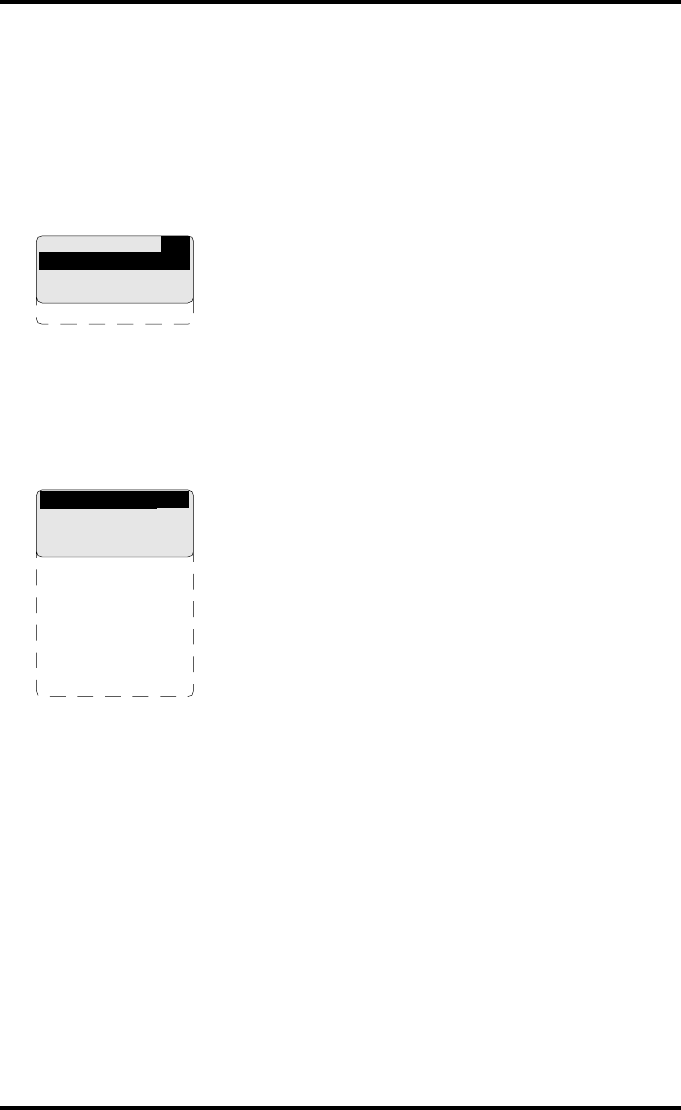
62 2920B EN 20031206
Changing the language
1Perform steps 1 to 2 of the ‘Accessing the Change settings menu’ procedure
on page 59 to select the ‘General’ screen.
2On the ‘Change settings’ screen, press the Confirm key to select ‘General’.
The ‘General’ screen is displayed:
3On the ‘General’ screen, press the Down key, followed by the Confirm key to
select ‘Language’.
The ‘Language’ screen is displayed with the available languages (only the Western
languages are shown in this manual; contact Agfa for the latest Drystar 5300
language availability status):
The currently active language is marked with a ‘*’.
4Press the up/down arrow keys to select the desired language.
5Press the Confirm key to store the data, or the Escape key to quit the
procedure without any changes.
CS
1 Date & time
2 Language
3 Beep on empty
(site specific data
via browser only)
CS
1* English
2 Français
3 Deutsch
4 Nederlands
5 Dansk
6Suomi
7 Svenska
8Norsk
9 Italiano
10 Português
11 Español
etc..
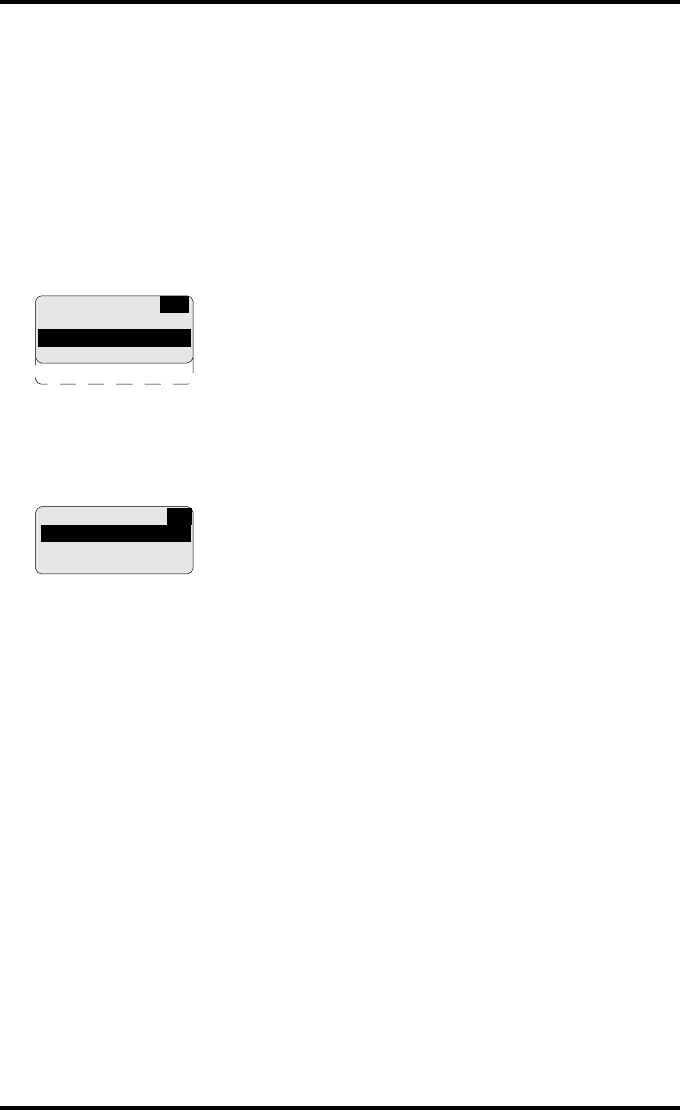
63
2920B EN 20031206
Changing the beep on empty tray settings
You can change the way the Drystar 5300 warns the user of an empty input
tray situation.
1Perform steps 1 to 2 of the ‘Accessing the Change settings menu’ procedure
on page 59 to select the ‘General’ screen.
2On the ‘Change settings’ screen, press the Confirm key to select ‘General’.
The ‘General’ screen is displayed:
3On the ‘General’ screen, press the Down key twice, followed by the Confirm
key to select ‘Beep on empty’.
The ‘Beep on empty tray’ screen is displayed:
"‘No’ means that the printer will produce no audible signal when the input
tray is empty.
"‘5 times’ mains that the printer will sound 5 beeps when the input tray is
empty.
"‘many’ means that the printer will continue to beep as long as the input
tray is empty.
The currently active setting is marked with a ‘*’.
4Press the up/down arrow keys to select the desired setting.
5Press the Confirm key to store the data, or the Escape key to quit the
procedure without any changes.
CS
1 Date & time
2 Language
3 Beep on empty
(site specific data
via browser only)
CS
Beep on empty tray
No
* 5 times
many
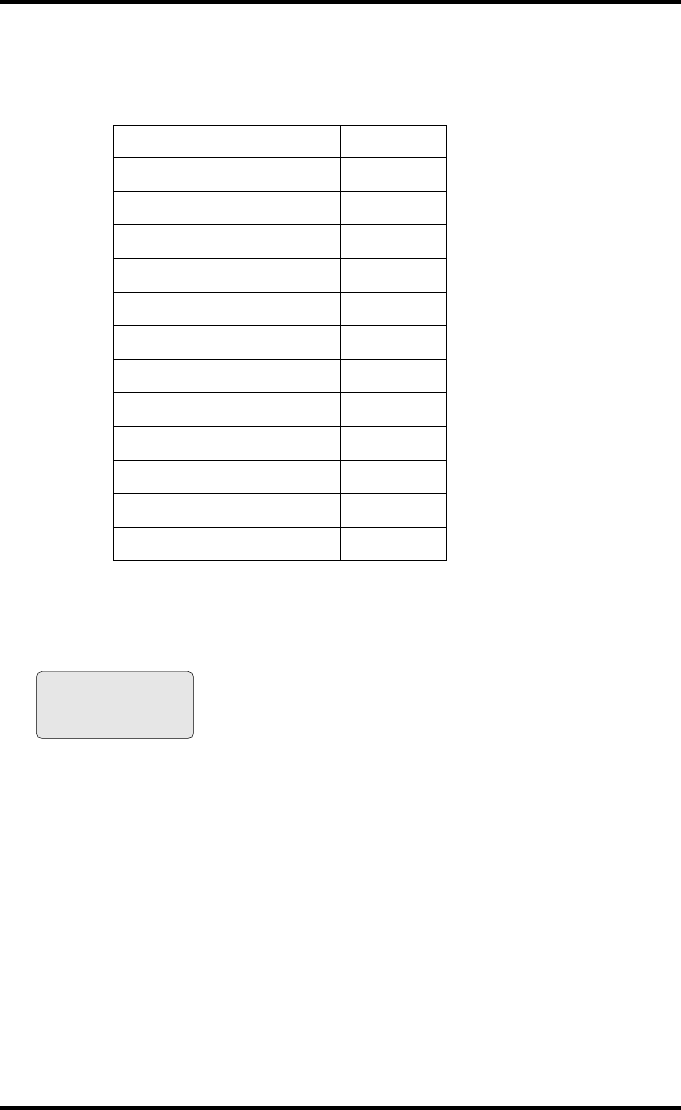
64 2920B EN 20031206
Changing the site specific data (via remote browser only)
The following site specific data are stored in the Drystar 5300 memory:
Some of these data fields are mandatory (see table above). When they are
not present, the following screen is displayed when you enter the key-
operator mode:
You can change the site specific data via the browser interface. Refer to
Chapter 4, ‘Controlling the Drystar 5300 via a remote PC (with browser)’.
Field Mandatory
Site name x
Site address (contact) x
City x
Tel. country code x
Tel. n umb er x
Modem
Department x
Contact person x
Delivery address x
E-mail address
Modem tel. number
Comment
Please provide site
specific information
via remote
connection (browser)
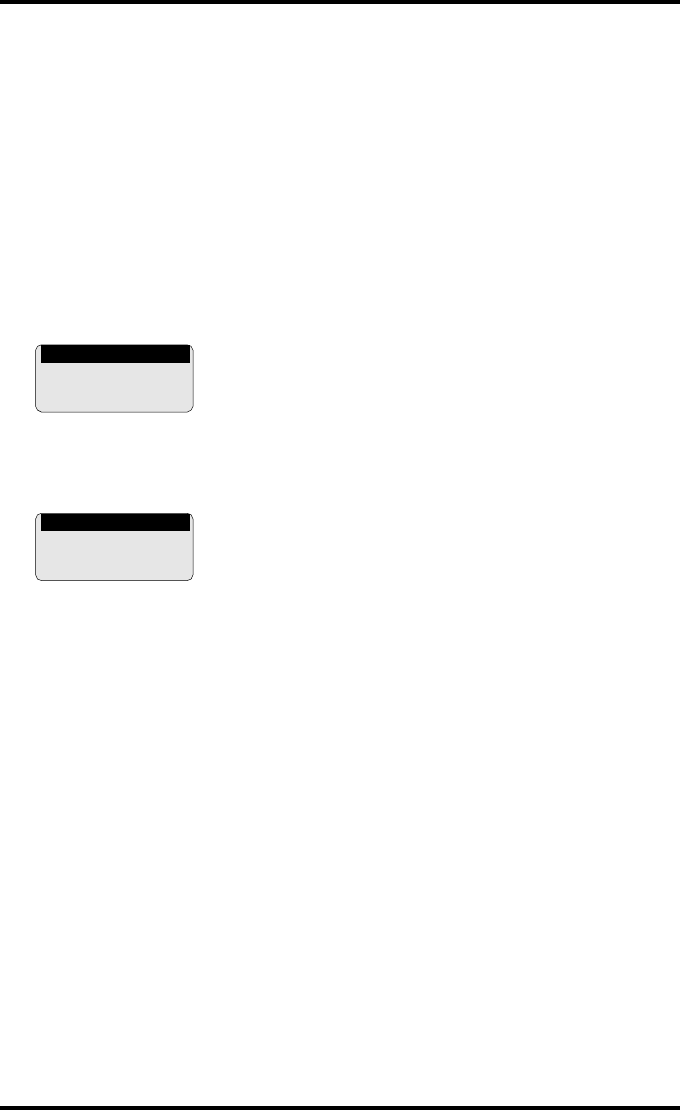
65
2920B EN 20031206
Changing the input tray settings
Changing the film view
Using the following procedure you can change the film view.
1Perform steps 1 and 2 of the ‘Accessing the Change settings menu’
procedure on page 59.
2On the Change settings menu, press the Down key, followed by the Confirm
key to select ‘Input tray’.
The ‘Input tray’ screen is displayed:
3Press the Confirm key to select ‘Film view’.
The ‘Film view’ screen is displayed:
The currently active film view is marked with a ‘*’.
4Press the up/down arrow keys to select the film view.
5Press the Confirm key to store the data, or the Escape key to quit the
procedure without any changes.
CS
1 Film view
2 Film type
3 Film format
CS
1*Normal
2Back
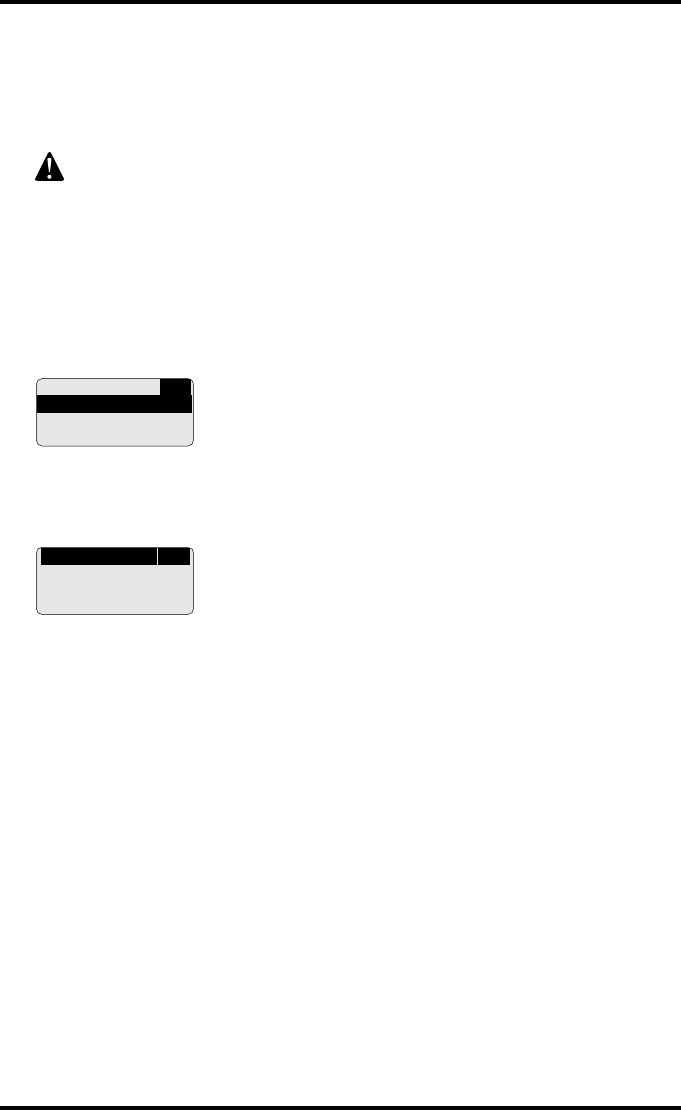
66 2920B EN 20031206
Changing the film type
Using the following procedure you can overrule the film type which is
automatically read by means of the Film Identification tag on the film pack.
1Perform steps 1 and 2 of the ‘Accessing the Change settings menu’
procedure on page 59.
2On the Change settings menu, press the Down key, followed by the Confirm
key to select ‘Input tray’.
The ‘Input tray’ screen is displayed:
3Press the Down key, followed by the Confirm key to select ‘Film type’.
The ‘Film type’ screen is displayed:
The film type read by the Film Identification tag is marked with a ‘*’.
"You can find the film type on the film packaging, e.g. ‘DRYSTAR DT2C’.
"The message ‘OVERRULE to RF-tag’ is only visible if the film type,
specified by the Film Identification tag, has been overruled.
4Press the up/down arrow keys to select the film type.
5Press the Confirm key to store the data, or the Escape key to quit the
procedure without any changes.
"The overrule settings remain active until a new film pack is loaded.
This procedure is only to be used exceptionally when the Film
Identification tag info is incorrect.
CS
1 Film view
2 Film type
3 Film format
CS
1*Drystar DT2B
2 Drystar DT2C
OVERRULE to RF-tag
Flashing
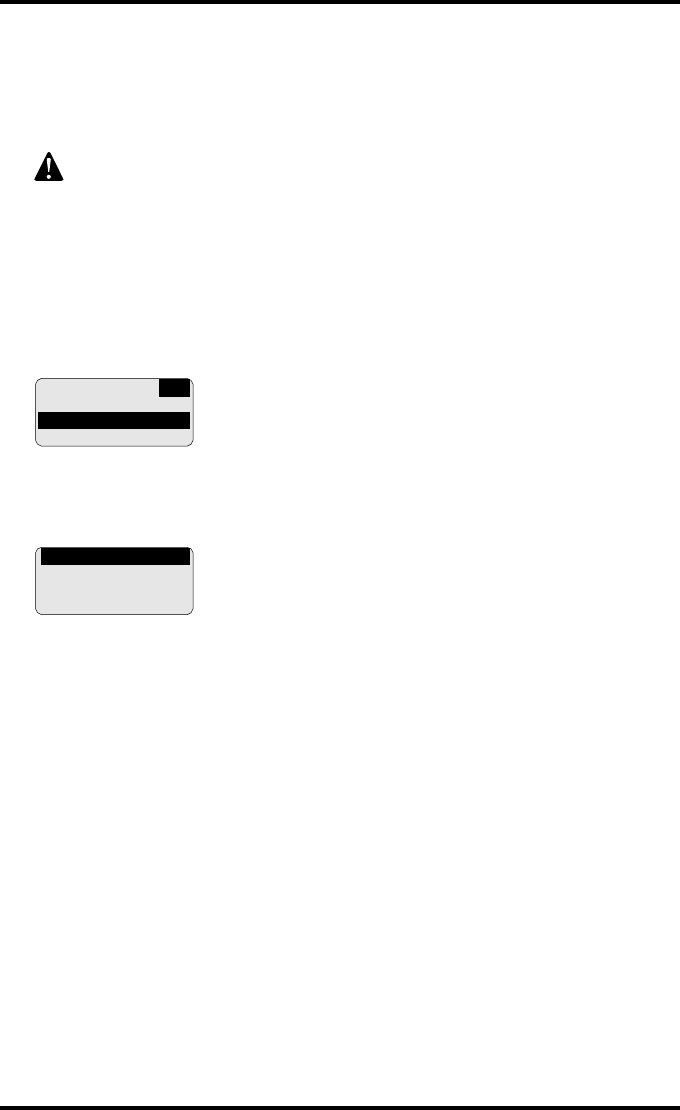
67
2920B EN 20031206
Changing the film format
Using the following procedure you can overrule the film format which is
automatically read by means of the Film Identification tag on the film pack.
1Perform steps 1 and 2 of the ‘Accessing the Change settings menu’
procedure on page 59.
2On the Change settings menu, press the Down key, followed by the Confirm
key to select ‘Input tray’.
The ‘Input tray’ screen is displayed:
3Press the Down key twice, followed by the Confirm key to select ‘Film format’.
The ‘Film format’ screen is displayed:
The film format read by the Film Identification tag is marked with a ‘*’.
"The message ‘OVERRULE to RF-tag’ is only visible if the film format,
specified by the Film Identification tag, has been overruled.
4Press the up/down arrow keys to select the film format.
5Press the Confirm key to store the data, or the Escape key to quit the
procedure without any changes.
"The overrule settings remain active until a new film pack is loaded.
This procedure is only to be used exceptionally when the Film
Identification tag info is incorrect.
CS
1 Film view
2 Film type
3 Film format
CS
1*14x17”
211x14”
OVERRULE to RF-tag
Flashing
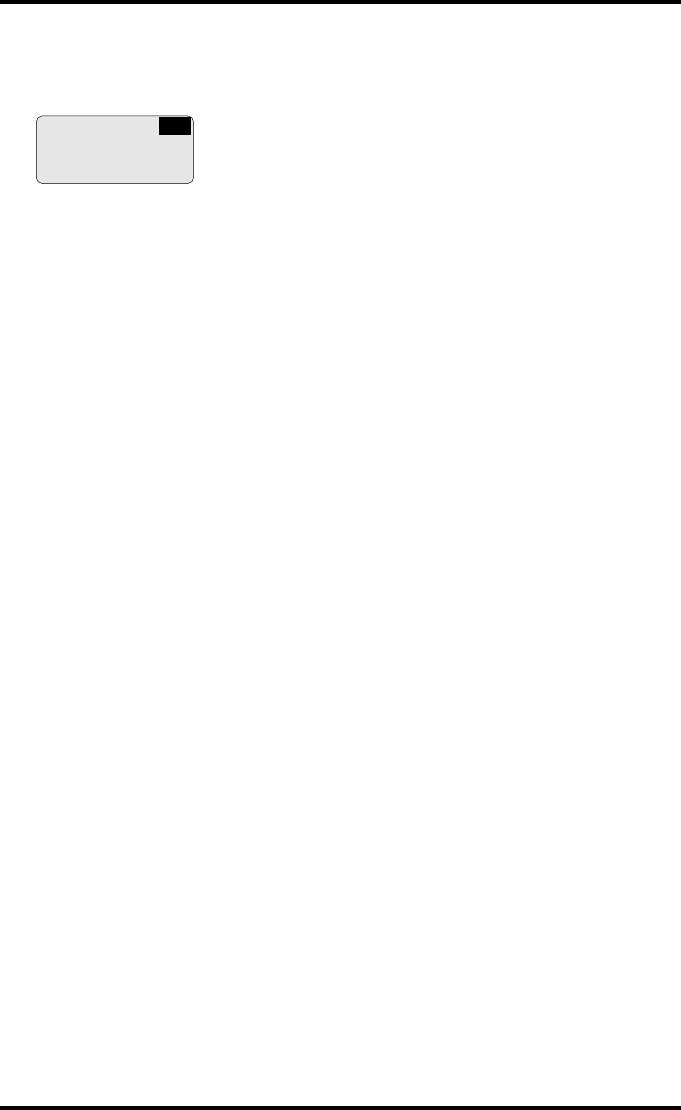
68 2920B EN 20031206
"If the format is changed from the previous format, the following message
appears (example):
You must modify the tray configuration. Refer to ‘Changing the film format of the
trays’ on page 152 for more information.
6Press the Confirm key to continue.
Please modify
input tray for
11x14”
CS
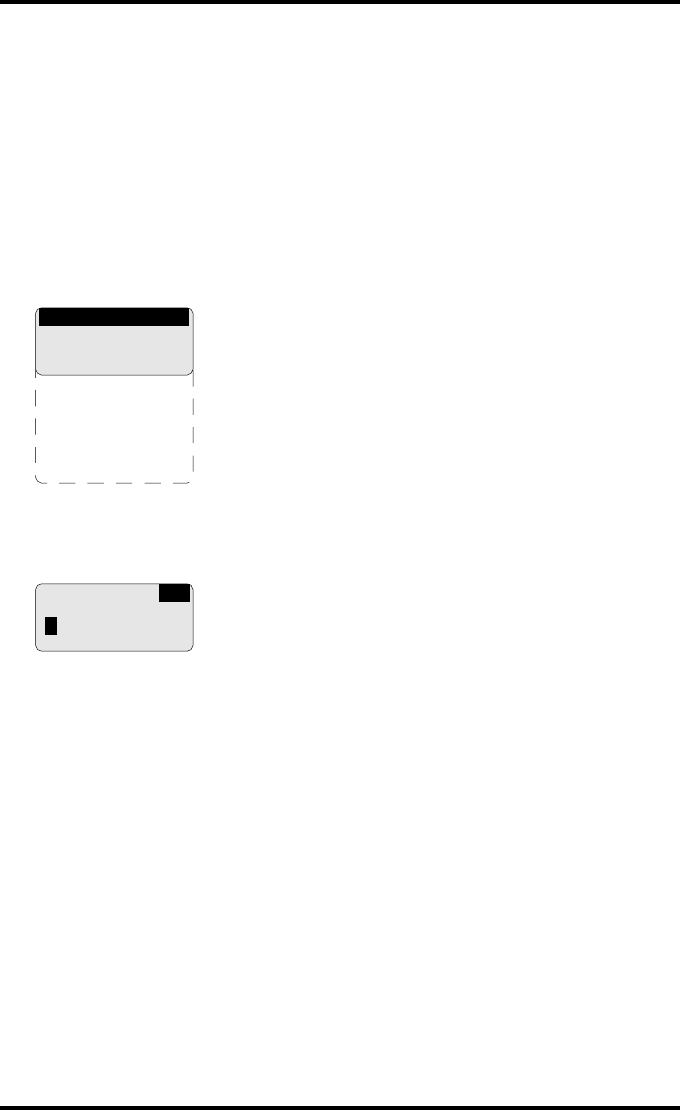
69
2920B EN 20031206
Changing network (DICOM) configuration
Changing the printer AE_Title
1Perform steps 1 to 2 of the ‘Accessing the Change settings menu’ procedure
on page 59.
2On the Change settings menu, press the Down key twice, followed by the
Confirm key to select ‘Network (DICOM)’.
The ‘Network (DICOM)’ screen is displayed:
3Press the Confirm key to select ‘Printer AE_Title’.
The ‘Printer AE_Title’ screen is displayed:
If the printer AE_Title has already been assigned, it will be shown on the display.
4Change the printer AE_Title by means of the arrow keys. Refer to ‘Data entry’
on page 27. Make sure not to enter more than 16 characters.
"Entries are case sensitive.
5Press the Confirm key to store the data, or the Escape key to quit the
procedure without any changes.
CS
1 Printer AE_Title
2Hostname
3 Domain name
4 Printer IP address
5 Serv. Host IP add.
6Netmask
7 Router IP address
8 Remove modality
9 Add modality
10 Alert mailing
CS
Printer AE_Title:
[Drystar ]
(max. 16 char)
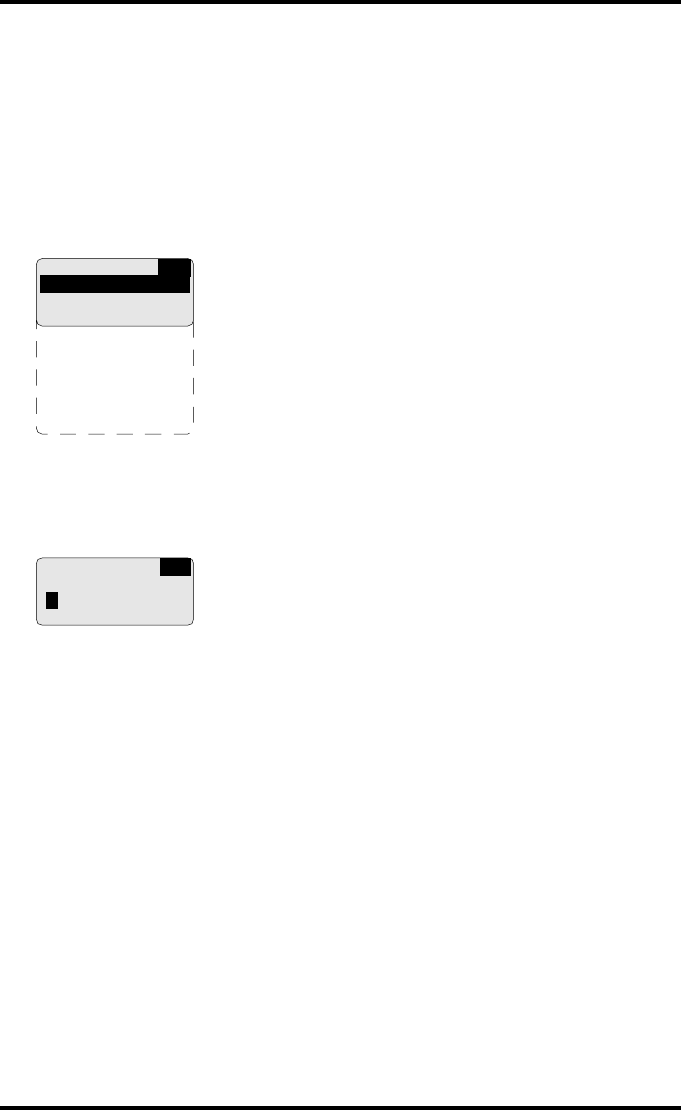
70 2920B EN 20031206
Changing the hostname
1Perform steps 1 to 2 of the ‘Accessing the Change settings menu’ procedure
on page 59.
2On the Change settings menu, press the Down key twice, followed by the
Confirm key to select ‘Network (DICOM)’.
The ‘Network (DICOM)’ screen is displayed:
3In the ‘Network (DICOM)’ screen, press the Down key, followed by the
Confirm key to select ‘Hostname’.
The ‘Hostname’ screen is displayed:
If the Hostname has already been assigned, it will be shown on the display.
4Change the hostname by means of the arrow keys. Refer to ‘Data entry’ on
page 27. Make sure not to enter more than 16 characters.
5Press the Confirm key to store the data, or the Escape key to quit the
procedure without any changes.
CS
1 Printer AE_Title
2Hostname
3 Domain name
4 Printer IP address
5 Serv. Host IP add.
6Netmask
7 Router IP address
8 Remove modality
9 Add modality
10 Alert mailing
CS
Hostname:
[Drystar ]
(max. 16 char)
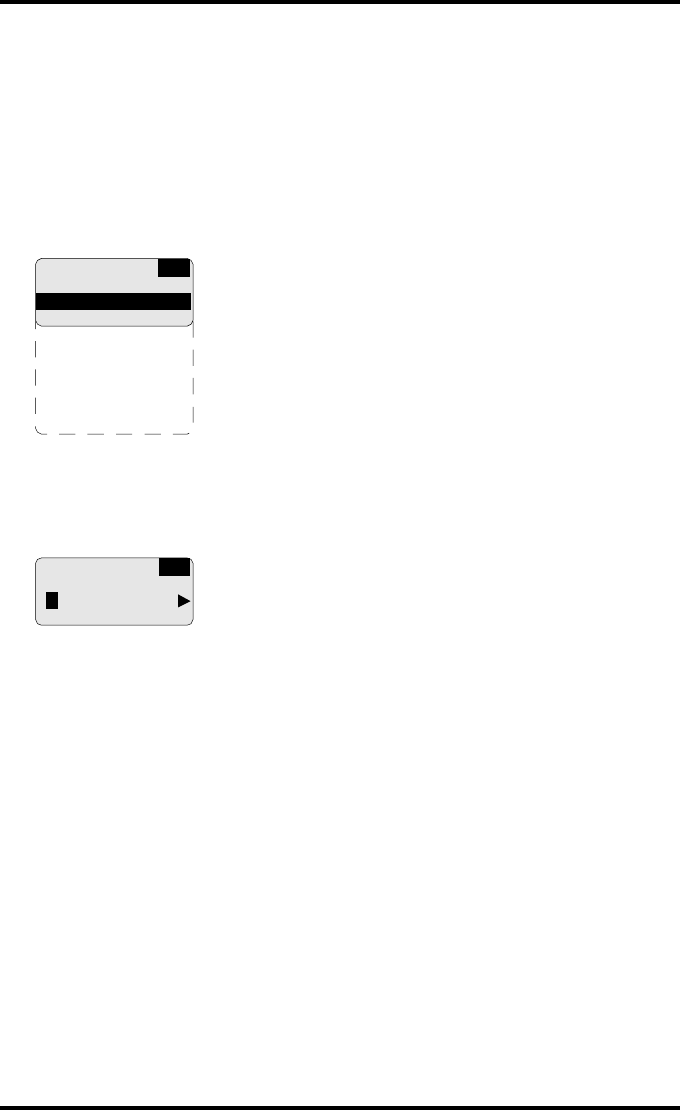
71
2920B EN 20031206
Changing the domain name
1Perform steps 1 to 2 of the ‘Accessing the Change settings menu’ procedure
on page 59.
2On the Change settings menu, press the Down key twice, followed by the
Confirm key to select ‘Network (DICOM)’.
The ‘Network (DICOM)’ screen is displayed:
3On the ‘Network (DICOM)’ screen, press the Down key twice, followed by the
Confirm key to select ‘Domain name’.
The ‘Domain name’ screen is displayed:
If the Domain name has already been assigned, it will be shown on the display.
4Enter the domain name by means of the arrow keys. Refer to ‘Data entry’ on
page 27.
5Press the Confirm key to store the data, or the Escape key to quit the
procedure without any changes.
CS
1 Printer AE_Title
2Hostname
3 Domain name
4 Printer IP address
5 Serv. Host IP add.
6Netmask
7 Router IP address
8 Remove modality
9 Add modality
10 Alert mailing
CS
Domain name:
[Def_Dom_name ]
(max. 16 char)
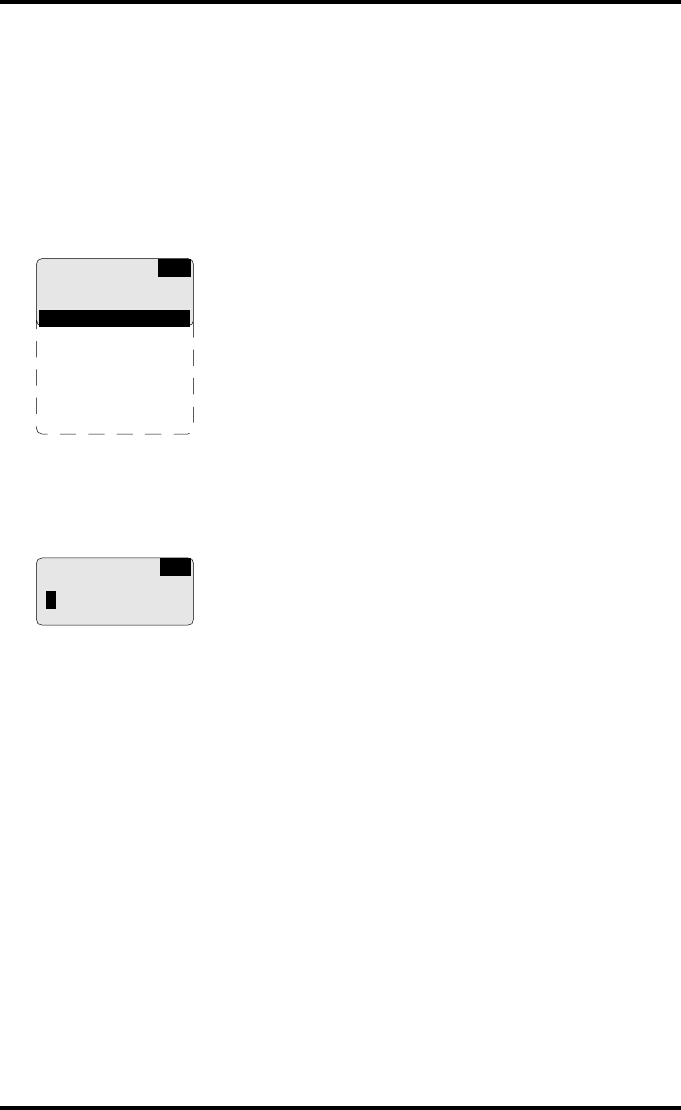
72 2920B EN 20031206
Changing the printer IP address
1Perform steps 1 to 2 of the ‘Accessing the Change settings menu’ procedure
on page 59.
2On the Change settings menu, press the Down key twice, followed by the
Confirm key to select ‘Network (DICOM)’.
The ‘Network (DICOM)’ screen is displayed:
3On the ‘Network (DICOM)’ screen, press the Down key three times, followed
by the Confirm key to select ‘Printer IP address’.
The ‘Printer IP address’ screen is displayed:
If the IP address has already been assigned, it will be shown on the display.
4Press the up/down arrow keys to increment/decrement the numbers. Press
the left/right arrow keys to move through the fields. Press the Confirm key to
store the data.
"Refer to ‘Data entry’ on page 27.
"Note that blank spaces will be ignored (see examples on next page).
CS
1 Printer AE_Title
2Hostname
3 Domain name
4 Printer IP address
5 Serv. Host IP add.
6Netmask
7 Router IP address
8 Remove modality
9 Add modality
10 Alert mailing
CS
Printer IP addr.:
123.123.123.123
(255.255.255.255)
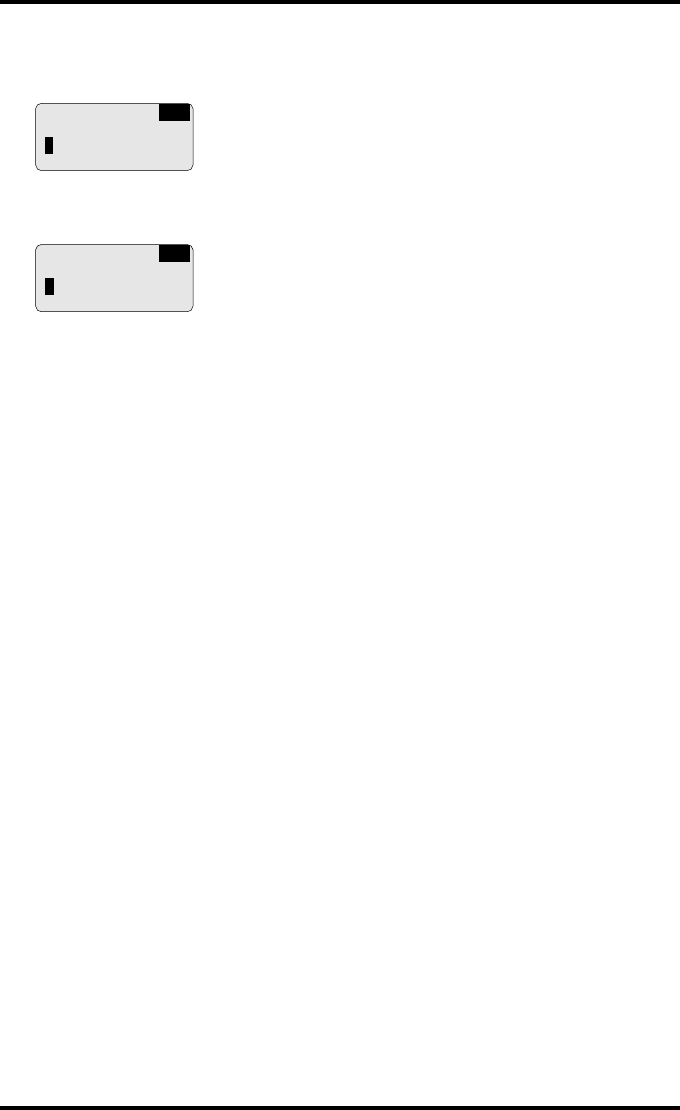
73
2920B EN 20031206
Example 1: if the IP address is 123.001.123.123, then the data entry should be as
follows:
Example 2: if the IP address is 123.1.123.123, then the data entry should be as
follows:
5Press the Confirm key to store the data, or the Escape key to quit the
procedure without any changes.
CS
Printer IP addr.:
123.001.123.123
(255.255.255.255)
CS
Printer IP addr.:
123. 1.123.123
(255.255.255.255)
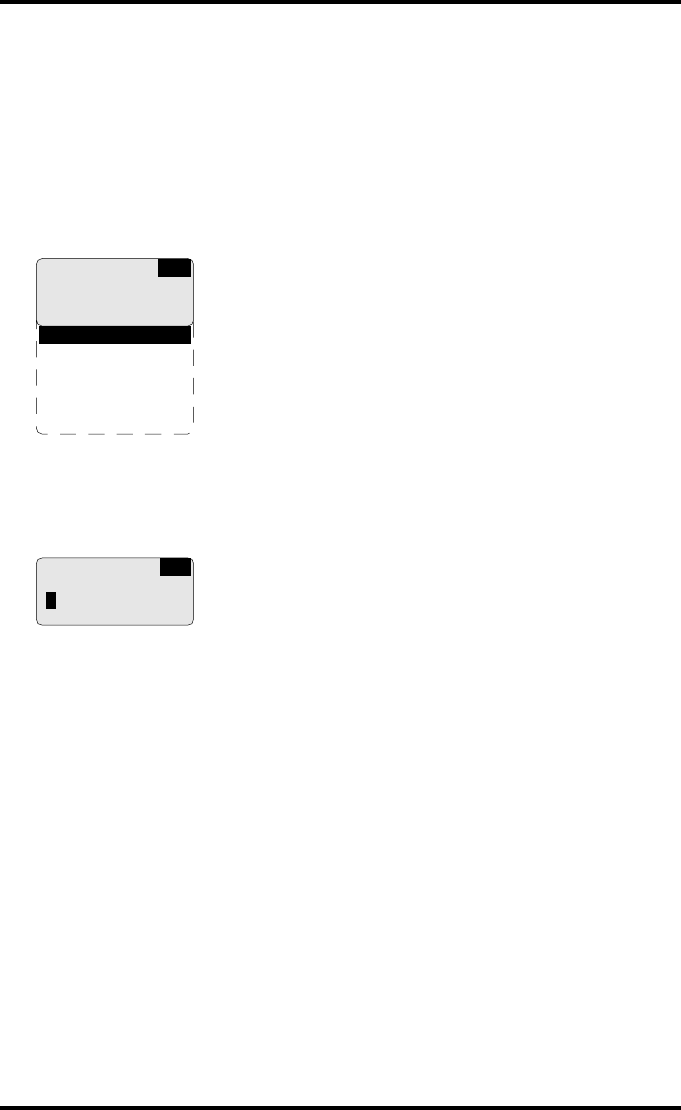
74 2920B EN 20031206
Changing the service host IP address
1Perform steps 1 to 2 of the ‘Accessing the Change settings menu’ procedure
on page 59.
2On the Change settings menu, press the Down key twice, followed by the
Confirm key to select ‘Network (DICOM)’.
The ‘Network (DICOM)’ screen is displayed:
3On the ‘Network (DICOM)’ screen, press the Down key four times, followed
by the Confirm key to select ‘Serv. Host IP add.’.
The ‘Service Host IP address’ screen is displayed:
If the IP address has already been assigned, it will be shown on the display.
4Enter the service host IP address by means of the arrow keys. Refer to ‘Data
entry’ on page 27.
"If no service host PC is installed, press the Confirm key. The service host
IP address will be set to ‘000.000.000.000’
"Note that blank spaces will be ignored (see examples on next page).
CS
1 Printer AE_Title
2Hostname
3 Domain name
4 Printer IP address
5 Serv. Host IP add.
6Netmask
7 Router IP address
8 Remove modality
9 Add modality
10 Alert mailing
CS
Serv.Host IP addr.
123.123.123.123
(255.255.255.255)
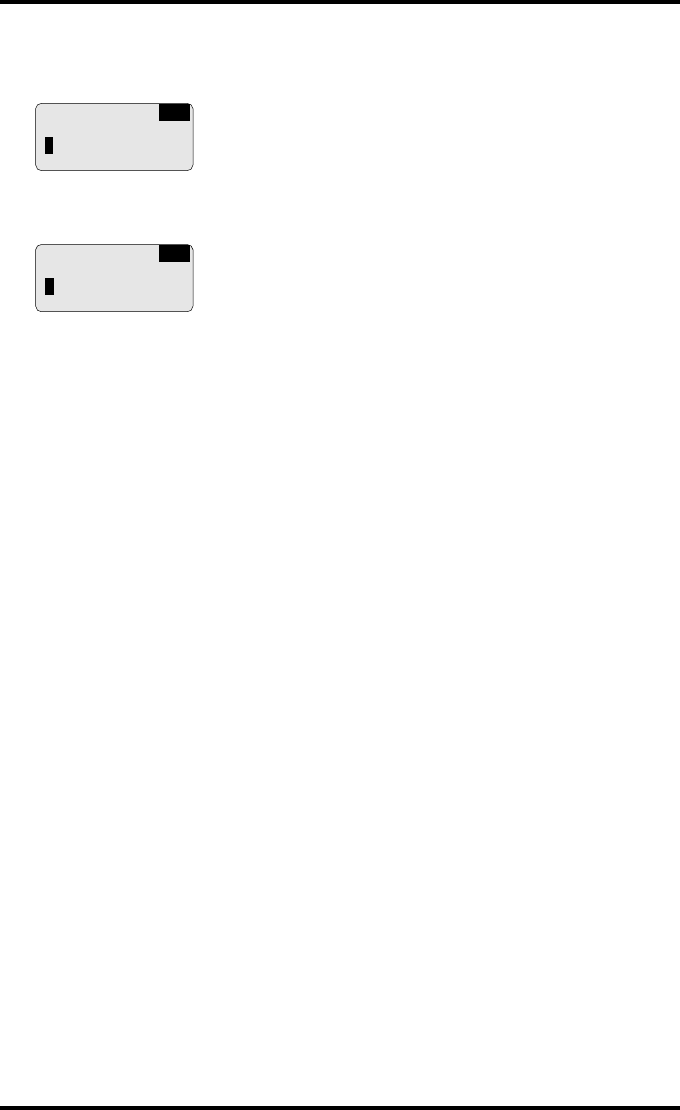
75
2920B EN 20031206
Example 1: if the IP address is 123.001.123.123, then the data entry should be as
follows:
Example 2: if the IP address is 123.1.123.123, then the data entry should be as
follows:
5Press the Confirm key to store the data, or the Escape key to quit the
procedure without any changes.
CS
Serv.Host IP add:
123.001.123.123
(255.255.255.255)
CS
Serv.Host IP add:
123. 1.123.123
(255.255.255.255)
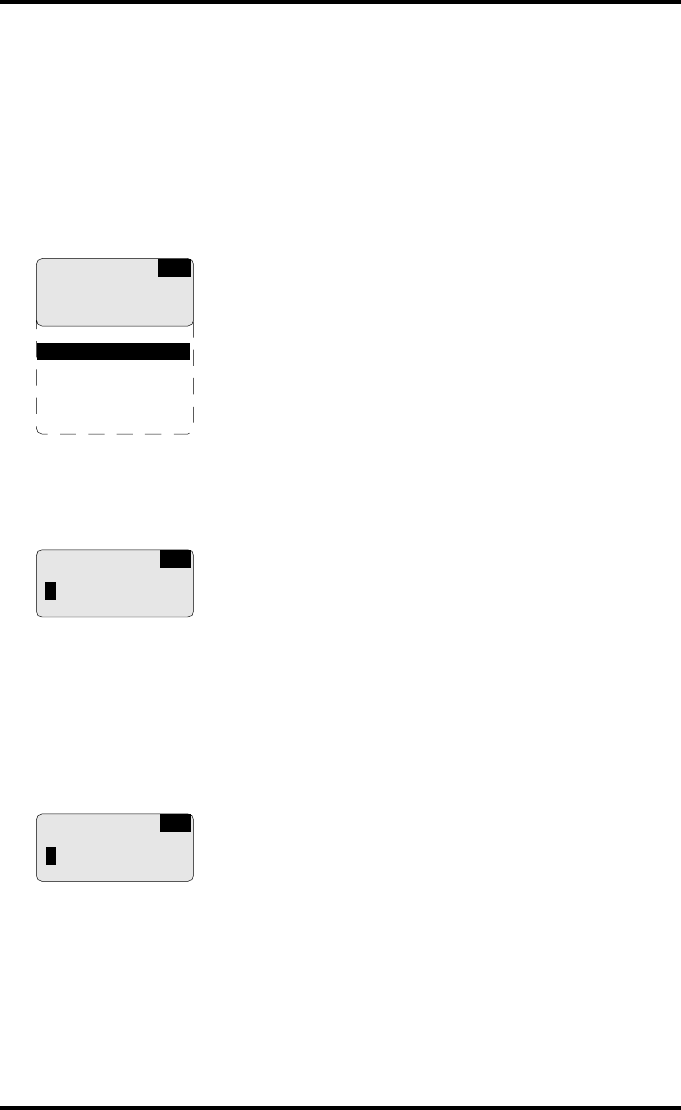
76 2920B EN 20031206
Changing the netmask
1Perform steps 1 to 2 of the ‘Accessing the Change settings menu’ procedure
on page 59.
2On the Change settings menu, press the Down key twice, followed by the
Confirm key to select ‘Network (DICOM)’.
The ‘Network (DICOM)’ screen is displayed:
3On the ‘Network (DICOM)’ screen, press the Down key five times, followed by
the Confirm key to select ‘Netmask’.
The ‘Netmask’ screen is displayed:
If the netmask has already been assigned, it will be shown on the display.
4Enter the netmask by means of the arrow keys. Refer to ‘Data entry’ on
page 27.
"Note that blank spaces will be ignored (see example).
Example: if the netmask is 255.255.255.0, then the data entry should be as follows:
5Press the Confirm key to store the data, or the Escape key to quit the
procedure without any changes.
CS
1 Printer AE_Title
2Hostname
3 Domain name
4 Printer IP address
5 Serv. Host IP add.
6Netmask
7 Router IP address
8 Remove modality
9 Add modality
10 Alert mailing
CS
Netmask
255.255.255. 0
(255.255.255.255)
CS
Netmask
255.255.255. 0
(255.255.255.255)
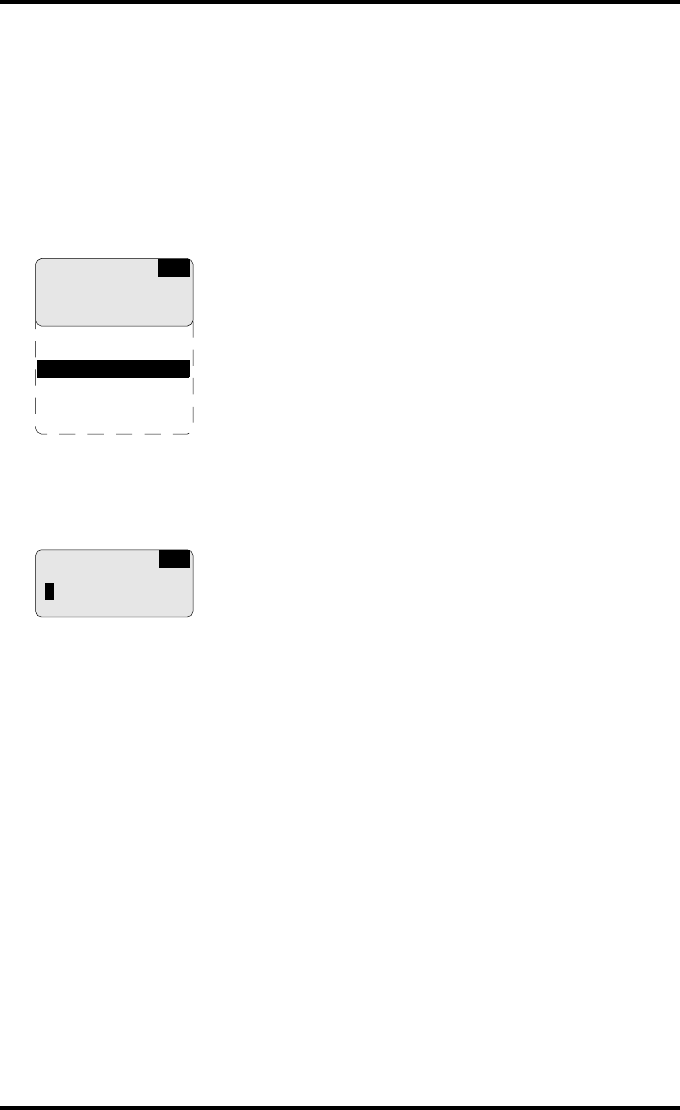
77
2920B EN 20031206
Changing the router IP address
1Perform steps 1 to 2 of the ‘Accessing the Change settings menu’ procedure
on page 59.
2On the Change settings menu, press the Down key twice, followed by the
Confirm key to select ‘Network (DICOM)’.
The ‘Network (DICOM)’ screen is displayed:
3On the ‘Network (DICOM)’ screen, press the Down key six times, followed by
the Confirm key to select ‘Router IP address’.
The ‘Router IP address’ screen is displayed:
If the router IP address has already been assigned, it will be shown on the display.
4Enter the router IP address by means of the arrow keys. Refer to ‘Data entry’
on page 27.
"Note that blank spaces will be ignored (see examples on next page).
CS
1 Printer AE_Title
2Hostname
3 Domain name
4 Printer IP address
5 Serv. Host IP add.
6Netmask
7 Router IP address
8 Remove modality
9 Add modality
10 Alert mailing
CS
Router IP address
123.123.123.123
(255.255.255.255)
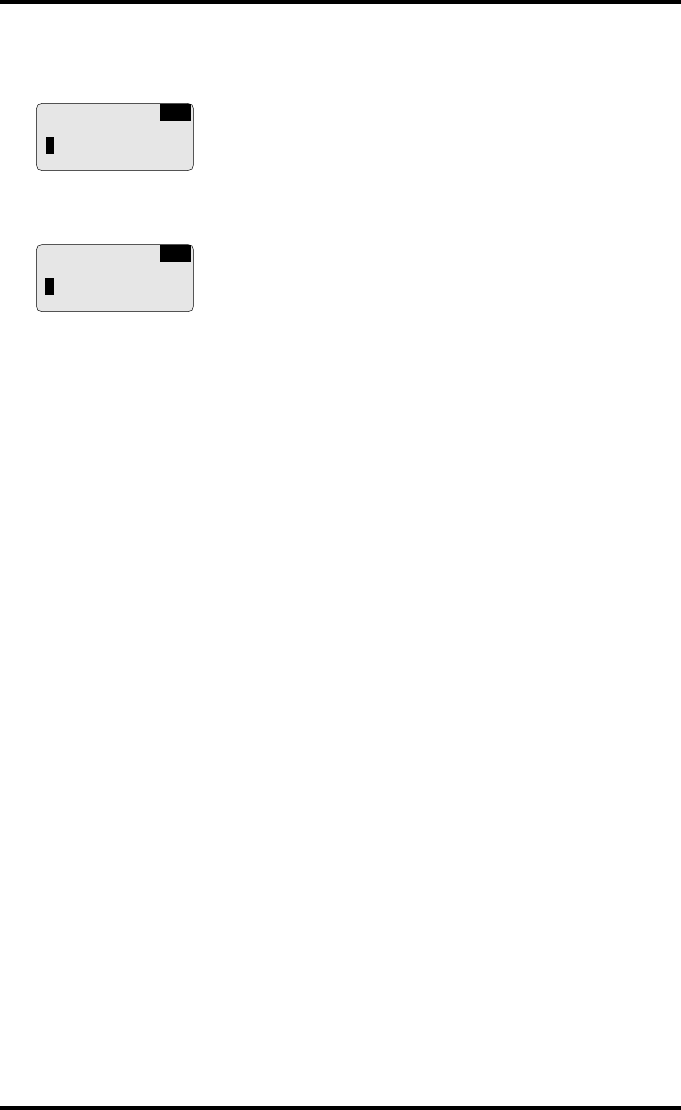
78 2920B EN 20031206
Example 1: if the IP address is 123.001.123.123, then the data entry should be as
follows:
Example 2: if the IP address is 123.1.123.123, then the data entry should be as
follows:
5Press the Confirm key to store the data, or the Escape key to quit the
procedure without any changes.
CS
Router IP address:
123.001.123.123
(255.255.255.255)
CS
Router IP address:
123. 1.123.123
(255.255.255.255)
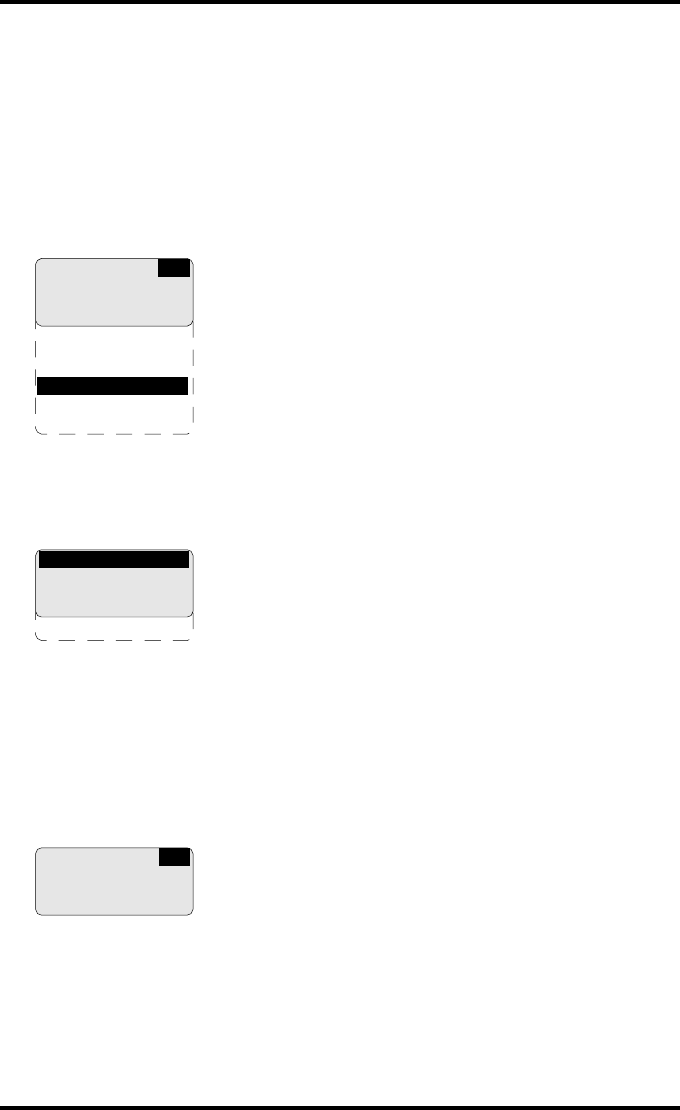
79
2920B EN 20031206
Removing a modality
1Perform steps 1 to 2 of the ‘Accessing the Change settings menu’ procedure
on page 59.
2On the Change settings menu, press the Down key twice, followed by the
Confirm key to select ‘Network (DICOM)’.
The ‘Network (DICOM)’ screen is displayed:
3On the ‘Network (DICOM)’ screen, press the Down key seven times, followed
by the Confirm key to select ‘Remove modality’.
The ‘Remove modality’ screen is displayed:
The modality names - entered during the installation of the printer - are shown in the
list. If no names have been entered, the modality AE_Titles are shown instead. If a
nickname (daily used modality name) is also defined during installation, the
nickname is used.
4Select the modality you wish to remove by means of the arrow keys, and
press the Confirm key.
A confirmation screen is displayed:
5Press the Confirm key (YES) to remove the modality from the list, or the
Escape key (NO) to quit the procedure without any changes.
CS
1 Printer AE_Title
2Hostname
3 Domain name
4 Printer IP address
5 Serv. Host IP add.
6Netmask
7 Router IP address
8 Remove modality
9 Add modality
10 Alert mailing
CS
1 Modality16char
2 Modality16char
3 Modality16char
4 Modality16char
5 etc...
CS
Delete modality
Modality16char
YES (v) NO (x)
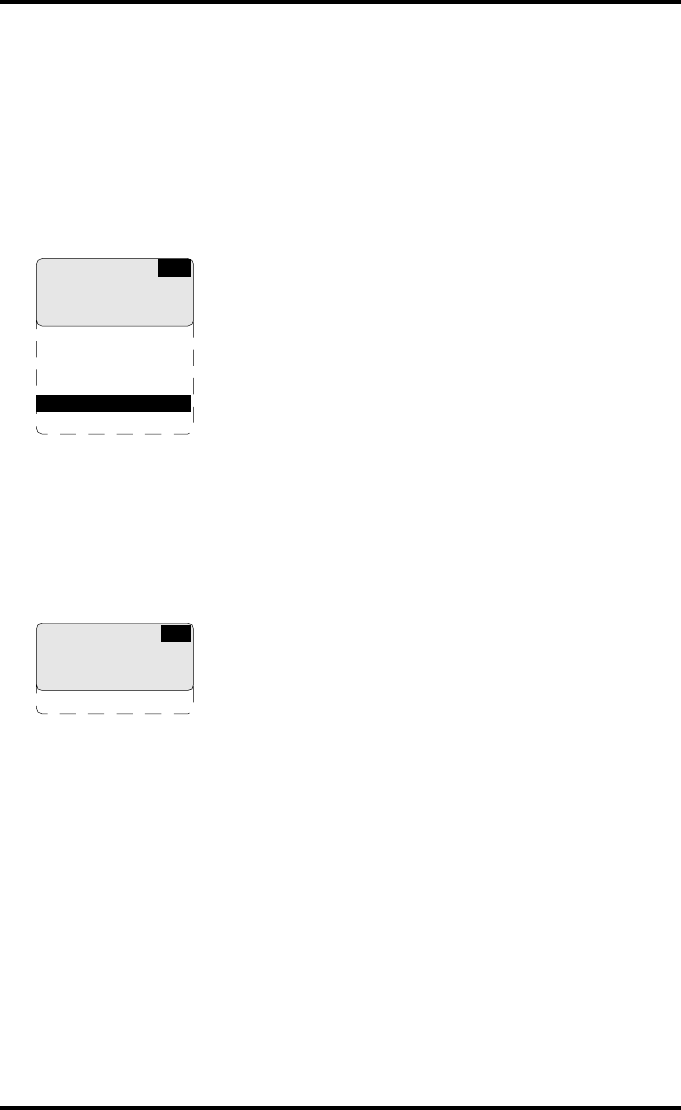
80 2920B EN 20031206
Adding a modality
1Perform steps 1 to 2 of the ‘Accessing the Change settings menu’ procedure
on page 59.
2On the Change settings menu, press the Down key twice, followed by the
Confirm key to select ‘Network (DICOM)’.
The ‘Network (DICOM)’ screen is displayed:
3On the ‘Network (DICOM)’ screen, press the Down key eight times, followed
by the Confirm key to select ‘Add modality’.
4The ‘Collect info’ screen is displayed, asking you to gather the appropriate
information on the new modality (see your System Administrator if
necessary):
5Press the Confirm key to continue, or the Escape key to quit the procedure
without any changes.
CS
1 Printer AE_Title
2Hostname
3 Domain name
4 Printer IP address
5 Serv. Host IP add.
6Netmask
7 Router IP address
8 Remove modality
9 Add modality
10 Alert mailing
CS
Collect info:
- Daily ModalityName
- Modality brand
- Modality type
- Modality AE_Title
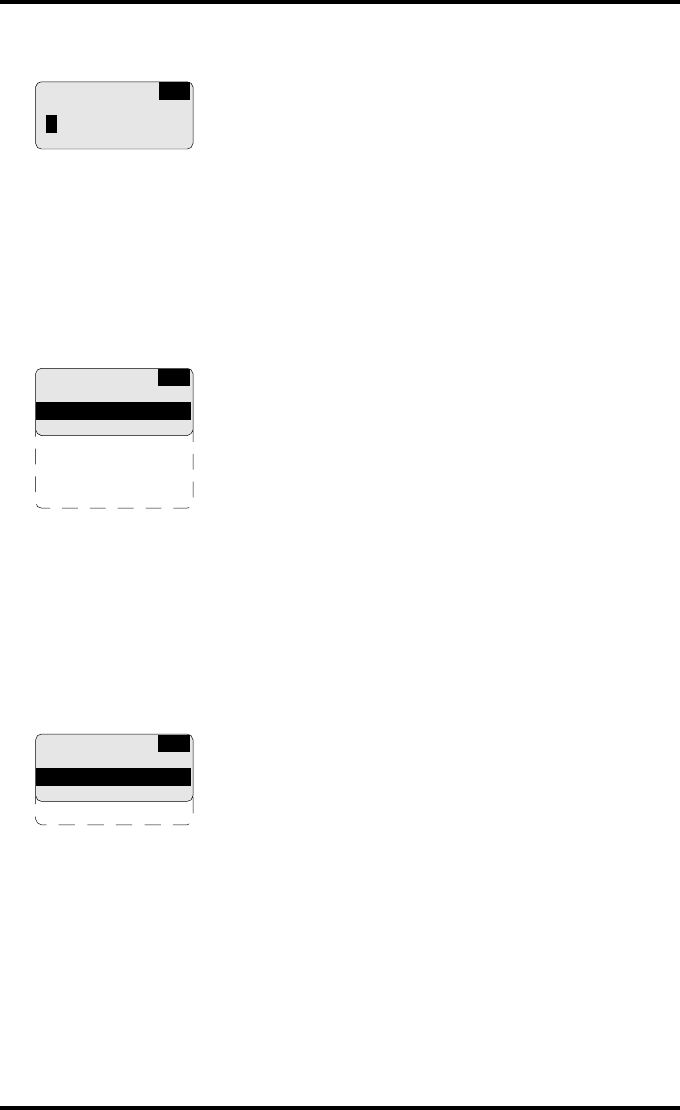
81
2920B EN 20031206
The ‘Enter daily used Modality name’ screen is displayed:
6Enter the daily used modality name (nickname) by means of the arrow keys.
Refer to ‘Data entry’ on page 27. Make sure not to enter more than 16
characters.
7Press the Confirm key to store the data, or the Escape key to quit the
procedure without any changes.
The ‘Select modality brand name’ screen is displayed:
8Press the up/down arrow keys to select the appropriate modality brand name.
$If you have selected ‘Other’, the modality AE_Title will be linked with the
default settings. Proceed with step 11.
9Press the Confirm key to store the data, or the Escape key to quit the
procedure without any changes.
The ‘Select modality type’ screen is displayed:
10 Press the up/down arrow keys to select the appropriate modality type.
$If you have selected ‘Other’, the modality AE_Title will be linked with the
default settings.
11 Press the Confirm key to store the data, or the Escape key to quit the
procedure without any changes.
CS
Enter daily used
Modality name:
[Drystar_______]
(max. 16 char)
CS
Select modality
brand name:
1Agfa
2 CR entry
3Fuji
4Trixell
5Lumisys
6 Other
CS
Select modality
type:
1VIPS
2 CR entry
3 Other
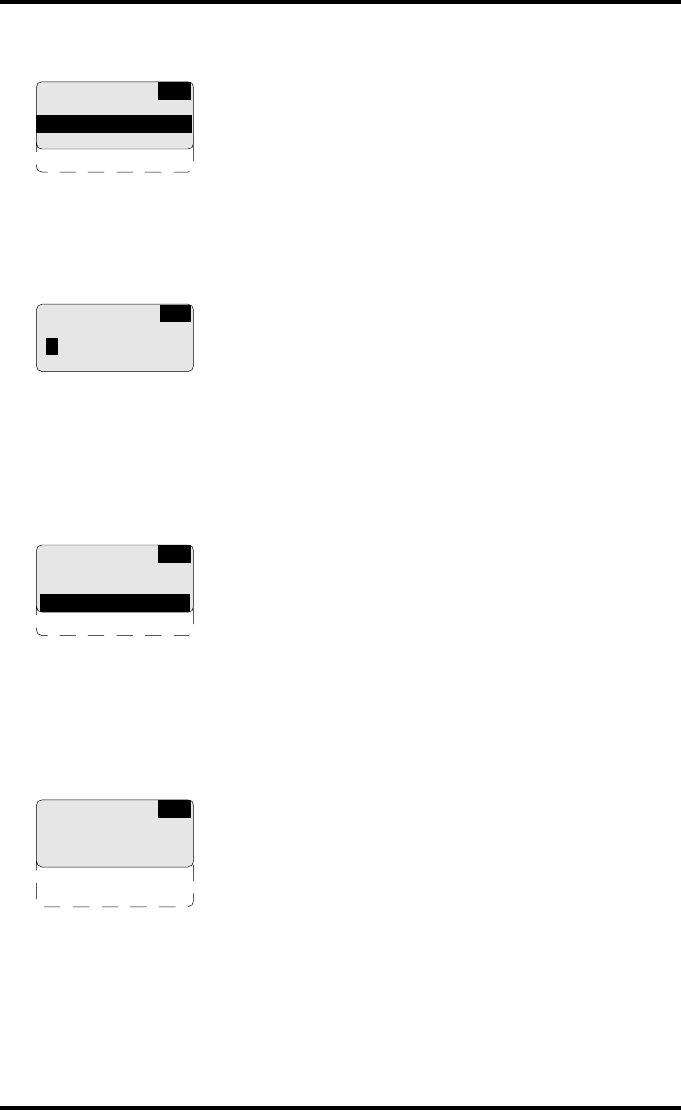
82 2920B EN 20031206
The ‘select modality AE_Title’ screen is displayed:
12 Press the up/down arrow keys to select the appropriate modality AE_Title.
$If you have selected ‘1 Enter via keypad’, the ‘Enter modality AE_Title’ screen
is displayed:
Enter the modality AE_Title by means of the arrow keys. Refer to ‘Data entry’ on
page 27. Make sure not to enter more than 16 characters.
13 Press the Confirm key to store the data, or the Escape key to quit the
procedure without any changes.
The ‘Preferred FILM TYPE for’ screen will appear:
"You can find the film type on the film packaging, e.g. ‘DRYSTAR DT2C’.
14 Press the up/down key to select the preferred film type for this modality.
If the current film type in the trays does not match the selected film type the
following message is displayed:
15 Press the Confirm key to store the data, or the Escape key to quit the
procedure without any changes.
The data entry for the new modality is finished now.
CS
Select modality
AE_Title:
1 Enter via keypad
2 Modality16char
3 Etc...
CS
Enter modality
AE_Title:
[Name_____ __]
(max. 16 char)
CS
Preferred
FILM TYPE for:
Modality16char:
Drystar DT2B
Drystar DT2C
CS
Preferred
FILM TYPE for:
Modality16char:
IS CURRENTLY NOT
AVAILABLE IN INPUT
TRAY
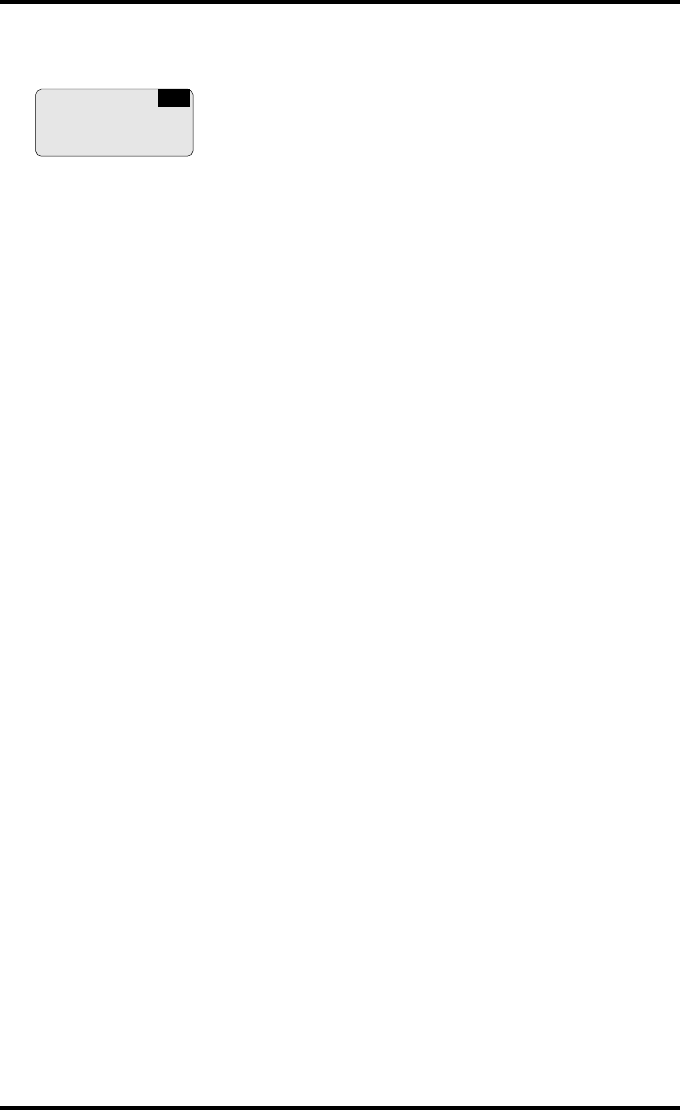
83
2920B EN 20031206
The printer will ask you if you want to add another modality:
16 If you wish to add another modality, press the Confirm key (YES). You will be
taken back to step 4 to repeat the procedure.
17 If you do not wish to add another modality, press the Escape key (NO). The
printer will return to the Network (DICOM) menu.
CS
Add other
modality?
YES (v) NO (x)
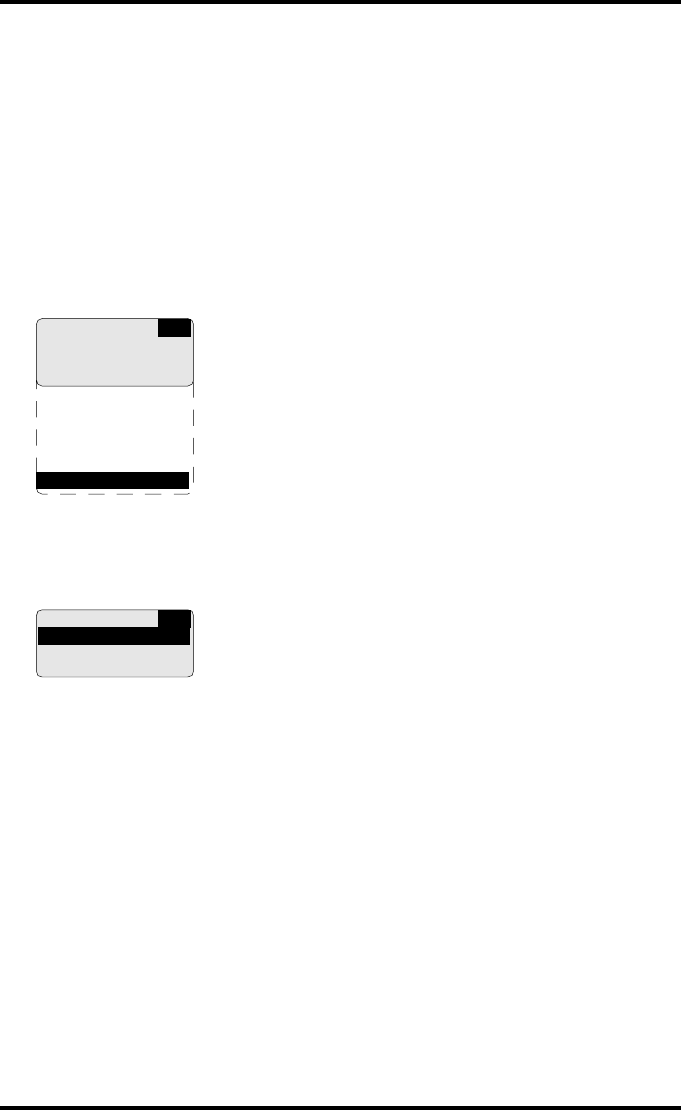
84 2920B EN 20031206
Setting the alert mailing
You can configure the Drystar 5300 to automatically send an e-mail whenever
there is a problem.
1Perform steps 1 to 2 of the ‘Accessing the Change settings menu’ procedure
on page 59.
2On the Change settings menu, press the Down key twice, followed by the
Confirm key to select ‘Network (DICOM)’.
The ‘Network (DICOM)’ screen is displayed:
3On the ‘Network (DICOM)’ screen, press the Down key nine times, followed
by the Confirm key to select ‘Alert mailing’.
The ‘Alert mailing’ screen is displayed:
The currently active state is indicated with a ‘*’:
4Using the arrow keys, select YES to enable the Drystar 5300 to send an
automatic e-mail in case of a problem, or NO to quit the procedure without
any changes.
5Press the Confirm key to continue.
CS
1 Printer AE_Title
2Hostname
3 Domain name
4 Printer IP address
5 Serv. Host IP add.
6Netmask
7 Router IP address
8 Remove modality
9 Add modality
10 Alert mailing
CS
Alert mailing
*OFF
ON
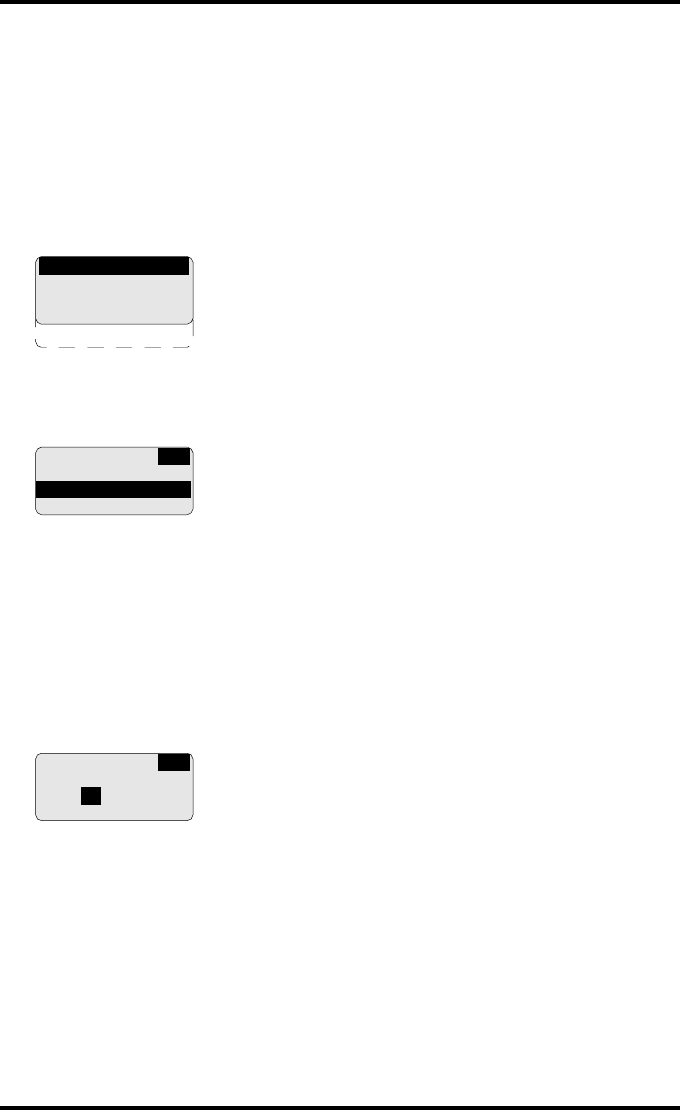
85
2920B EN 20031206
Changing general image quality settings
1Perform steps 1 and 2 of the ‘Accessing the Change settings menu’
procedure on page 59.
2On the ‘Change settings’ screen, press the Down key three times, followed by
the Confirm key to select ‘Image quality’.
The following screen will appear:
3Press the Confirm key to select ‘General setting’.
The ‘General setting’ screen is displayed:
This setting is by default set to ON and will apply to every modality. The currently
active setting is indicated with a ‘*’.
"For more information on film calibration settings: refer to ‘Understanding
the calibration policy’ on page 102.
4Press the up/down key to select the film calibration default.
When the setting is ON, the Drystar 5300 will ask you to enter the calibration
frequency:
Enter the calibration frequency by means of the up/down key. Refer to ‘Data entry’
on page 27.
5Press the Confirm key to store the data, or the Escape key to quit the
procedure without any changes.
CS
1 General setting
2 Def. densitometer
3 Modality16char
4 Modality16char
5 etc...
CS
Select default
film calibration
*ON
OFF
CS
Select Frequency
Every 01 film packs
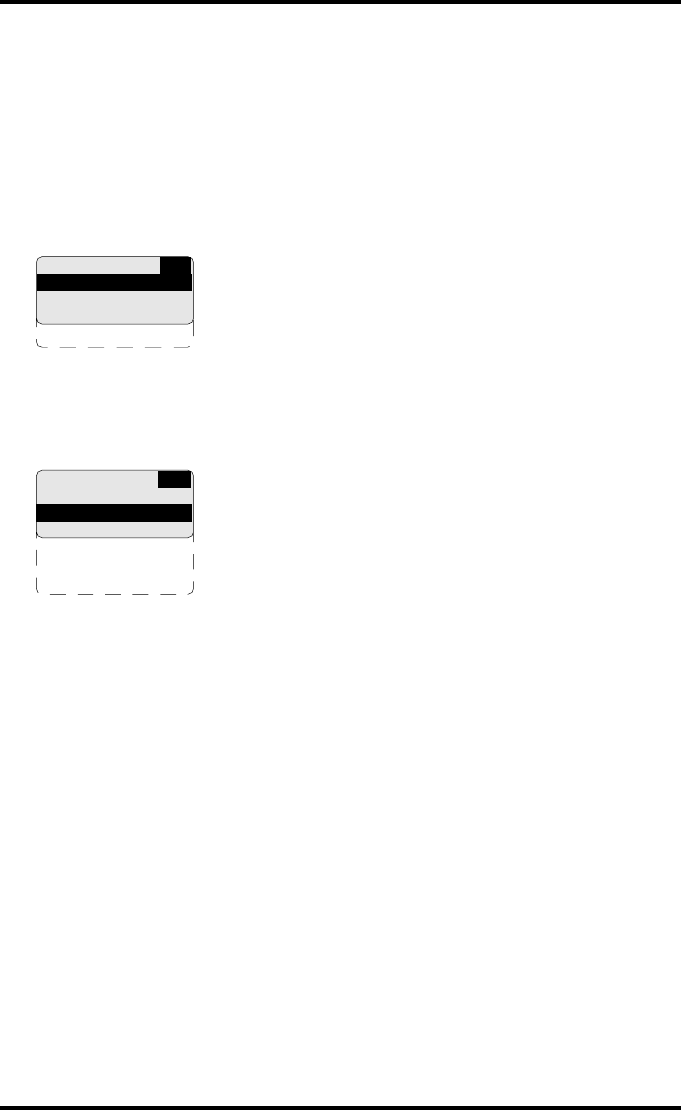
86 2920B EN 20031206
Changing the default densitometer
1Perform steps 1 and 2 of the ‘Accessing the Change settings menu’
procedure on page 59.
2On the ‘Change settings’ screen, press the Down key three times, followed by
the Confirm key to select ‘Image quality’.
The following screen will appear:
3Press the Down key, followed by the Confirm key to select
‘Def. densitometer’.
The ‘Select default densitometer’ screen is displayed:
The current default densitometer is indicated with a ‘*’.
4Press the up/down key to select the default densitometer.
"All densities that are shown on the Drystar 5300 screens are according to
the response of the default densitometer. Refer also to ‘Density response
of Drystar media’ on page 106.
5Press the Confirm key to store the data, or the Escape key to quit the
procedure without any changes.
CS
1 General setting
2 Def. densitometer
3 Modality16char
4 Modality16char
5 etc...
CS
Select default
densitometer:
1 * MacBeth TR924
2 X-Rite 310
3 X-Rite 331
4 X-Rite 341
5 X-Rite 301
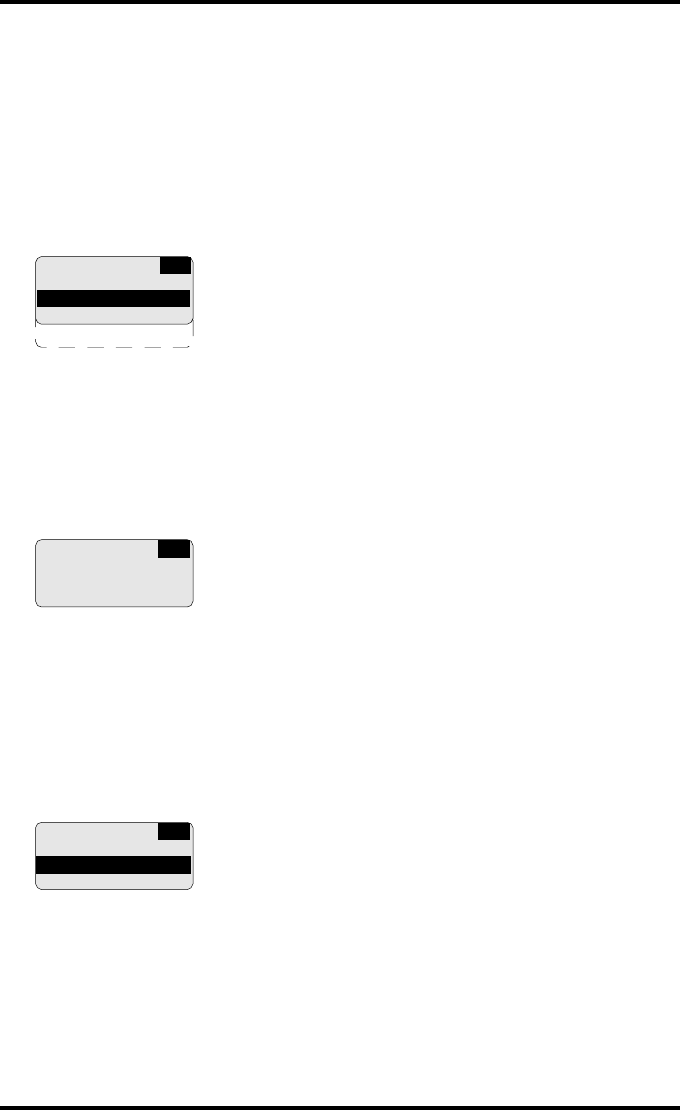
87
2920B EN 20031206
Changing Image quality settings for a modality
1Perform steps 1 and 2 of the ‘Accessing the Change settings menu’
procedure on page 59.
2On the ‘Change settings’ screen, press the Down key three times, followed by
the Confirm key to select ‘Image quality’.
The following screen will appear:
3Press the Up/Down key, followed by the Confirm key to select the modality for
which you want to change the Image quality settings.
"If the settings for the selected modality were set via a remote computer,
you will not be able to change the image quality information for this
modality manually. In this case the following screen will appear:
If the image quality parameters need to be changed for this modality, please use the
DICOM Configuration tool, in the specialist mode on the remote PC. Alternatively,
you can remove this modality (refer to ‘Removing a modality’ on page 79) and add a
new modality with the same name. For this ‘new’ modality new parameters can be
assigned via the local keypad (refer to ‘Adding a modality’ on page 80).
"If a file with default settings (‘Profile default’) for the selected modality
exists, the following screen is displayed:
"If you want to use these profile default settings for the current modality,
press the Confirm key. The Drystar 5300 will be loaded with these
settings and return to the ‘Image quality’ main menu.
CS
1 General setting
2 Def. densitometer
3 Modality16char
4 Modality16char
5 etc...
CS
Modality16char
Parameters can
only be changed by
DICOM configurator
CS
Default for
Modality16char:
1 Profile default
2 Select other
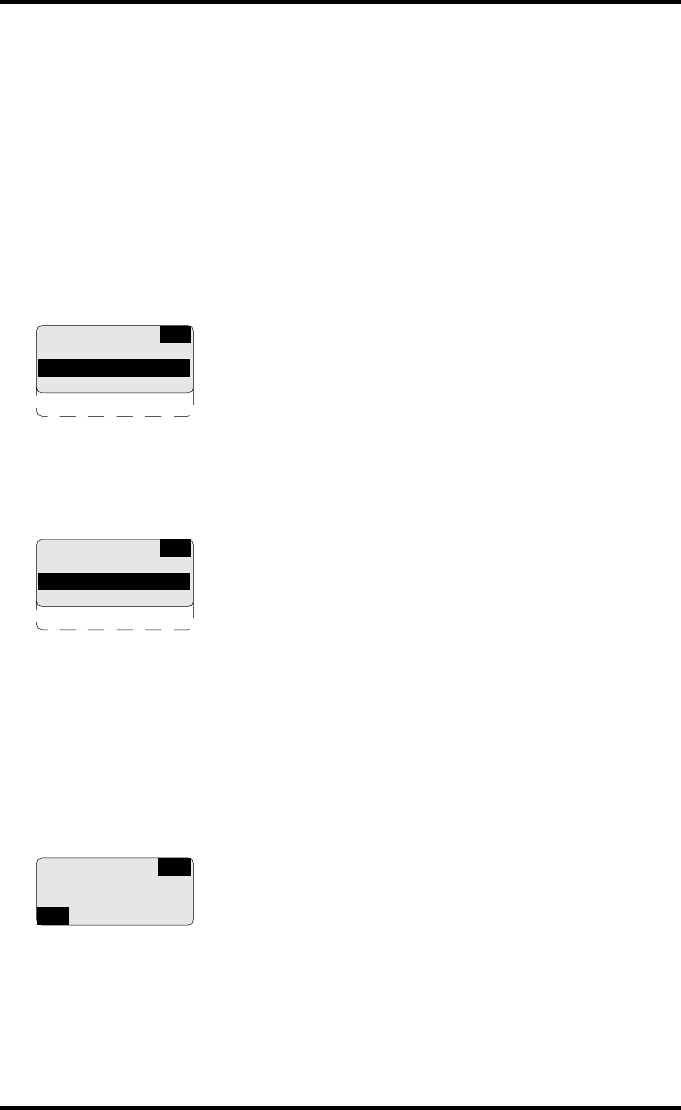
88 2920B EN 20031206
"If you do not want to use the default settings, press the Down key,
followed by the Confirm key to choose ‘Select other’. The Drystar 5300
will continue with the ‘Select for Modality’ screen, allowing you to change
the Look-up table, the Interpolation and the MaxD values manually, as
explained in the following paragraphs.
Selecting another look-up table
1Perform steps 1 to 3 of the ‘Changing Image quality settings for a modality’
procedure on page 87 to select the modality and choose ‘Select other’.
The ‘Select for Modality’ screen is displayed:
2In the ‘Select for Modality’ screen, press the Confirm key to select ‘Look-up
table’.
The ‘Look-up table’ screen is displayed:
3Press the up/down key to select the desired look-up table.
4Press the Confirm key to store the data, or the Escape key to quit the
procedure without any changes.
$In case Kanamori-like (100) is selected, you can change the Kanamori-like
value (the range is: 75-200, the default value = 100).
An additional screen for the Kanamori-like value is displayed:
Enter the Kanamori-like value by means of the arrow keys. Refer to ‘Data entry’ on
page 27. Press the Confirm key to store the data, or the Escape key to quit the
procedure without any changes.
CS
Select for
Modality16char:
1 Look-up table
2 Interpolation
3MaxD
CS
Select for
Modality16char:
1 Linear
2 Kanamori
3 Kanamori-like (100)
CS
Select for
Modality16char:
Kanamori-like value:
100
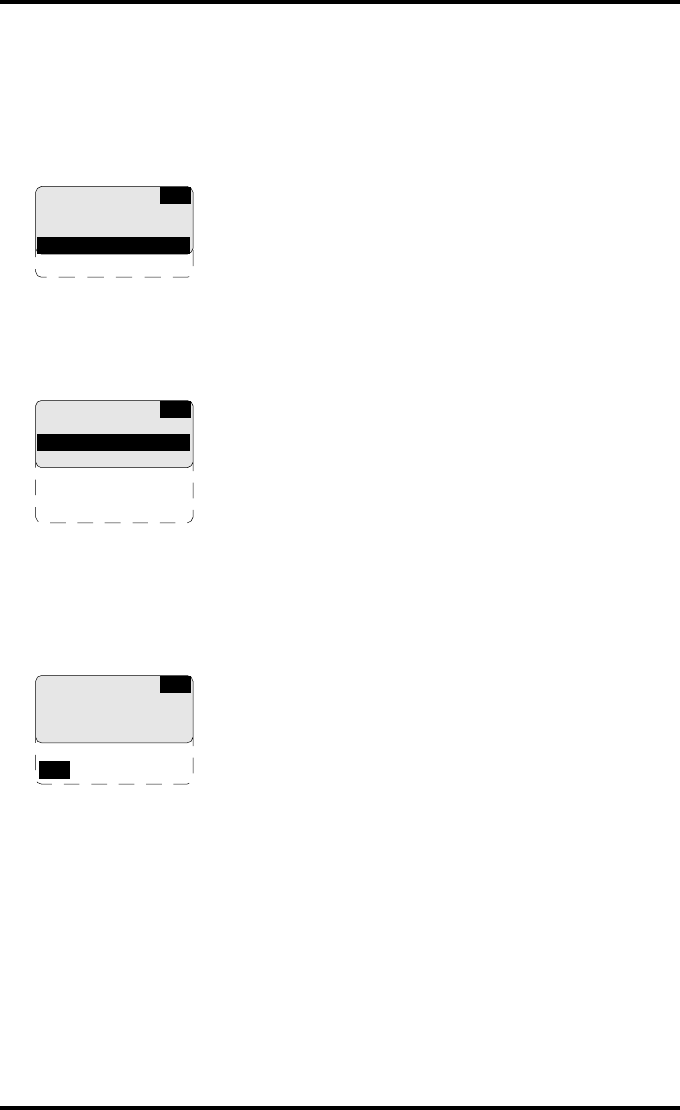
89
2920B EN 20031206
Changing the interpolation
1Perform steps 1 to 3 of the ‘Changing Image quality settings for a modality’
procedure on page 87 to select the modality and choose ‘Select other’.
The ‘Select for Modality’ screen is displayed:
2In the ‘Select for Modality’ screen, press the Down key, followed by the
Confirm key to select ‘Interpolation’.
The ‘Interpolation’ screen is displayed:
3Press the up/down key to select the desired interpolation setting for this
modality.
$If you select “Cubic Hi-Res” the following screen will appear, allowing you to
adjust the smoothing factor:
Enter the smoothing factor value by means of the arrow keys. Refer to ‘Data entry’
on page 27. Press the Confirm key to store the data, or the Escape key to quit the
procedure without any changes.
CS
Select for
Modality16char:
1 Look-up table
2 Interpolation
3MaxD
CS
Select for
Modality16char:
1 Replication
2 Bilinear
3 None
4 Cubic Hi-Res
5 CubicBell
CS
Enter smoothing
parameter:
advised value = 2.50
range [-5.00-0.00]
enter absolute value
y.yy
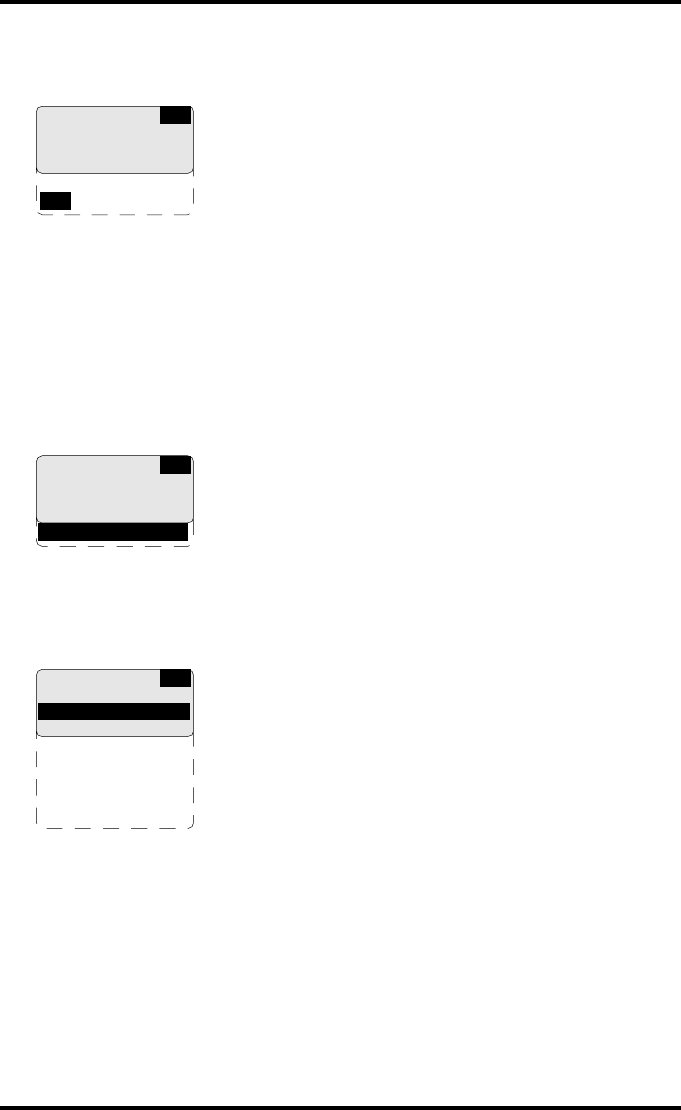
90 2920B EN 20031206
$If you select “CubicBell”, the following screen will appear, allowing you to
adjust the smoothing factor:
Enter the smoothing factor value by means of the arrow keys. Refer to ‘Data entry’
on page 27. Press the Confirm key to store the data, or the Escape key to quit the
procedure without any changes.
Changing the maximum density (MaxD)
1Perform steps 1 to 3 of the ‘Changing Image quality settings for a modality’
procedure on page 87 to select the modality and choose ‘Select other’.
The ‘Select for Modality’ screen is displayed:
2In the ‘Select for Modality’ screen, press the Down key twice, followed by the
Confirm key to select ‘MaxD’.
The ‘MaxD (maximum density)’ screen is displayed:
All maximum densities are selectable starting from 2.80 to 3.40 in steps of 0.05
units. The activated setting is marked with a ‘*’.
"
The maximum density will be limited to the maximum density of the media.
3Press the up/down key to select the desired maximum density setting for this
modality.
4Press the Confirm key to store the data, or the Escape key to quit the
procedure without any changes.
CS
Enter smoothing
parameter:
advised value = 0.35
range [0.1-10]
enter absolute value
y.yy
CS
Select for
Modality16char:
1 Look-up table
2 Interpolation
3MaxD
CS
Select MaxD for
Modality16char:
2.80
2.85
...
*3.10
3.15
...3.40
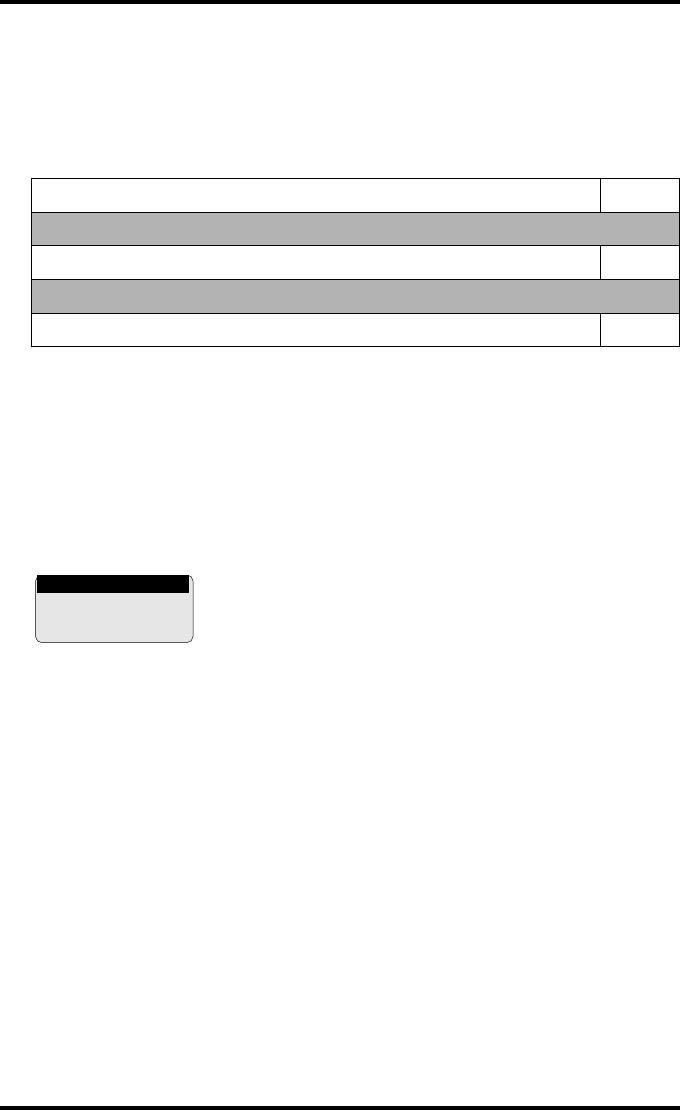
91
2920B EN 20031206
Printing images
A number of ‘test’ images can be printed, either from an external CF-card or
from the internal CF-card:
Accessing the print images menu
1Press the Key-operator key to enter the key-operator mode.
2On the key-operator main menu, press the Down key twice followed by the
Confirm key to select ‘Print image’.
The ‘Print image’ menu is displayed:
"This menu is the starting point for test image printing (see below).
3Press the Escape key to return to the key-operator main menu.
4Press the Escape key to quit the key-operator mode.
Show settings Page
Test image
‘Printing test images’ 92
From CF-card
‘Printing files from an external CF-card’ 93
PI1 Test image
2 From CF-card
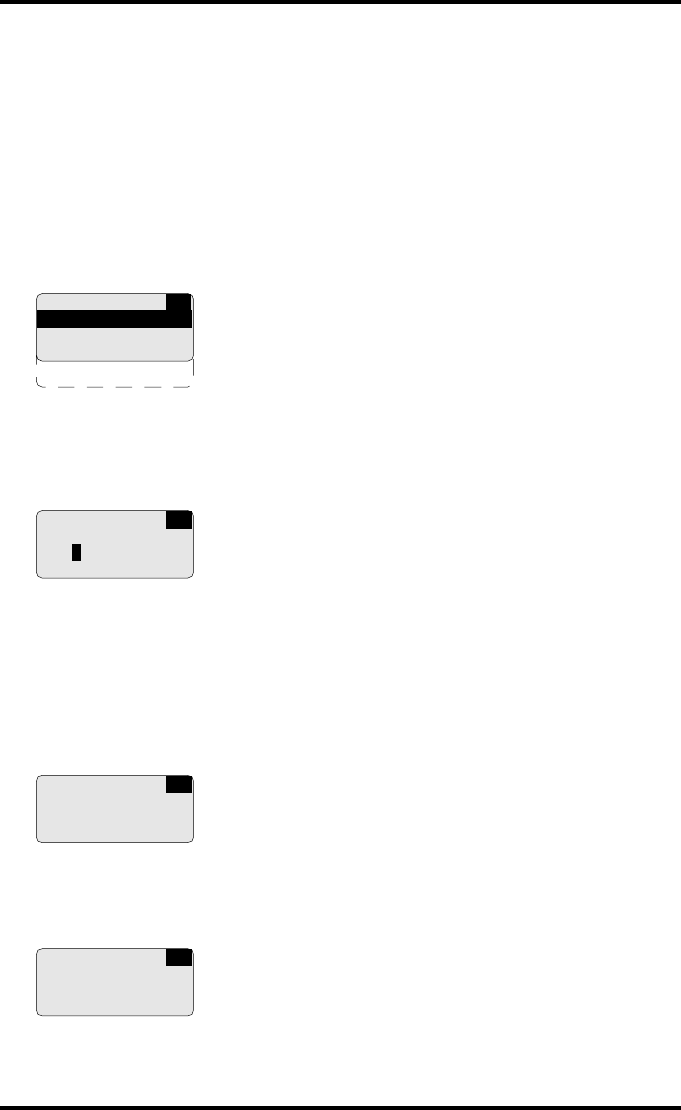
92 2920B EN 20031206
Printing test images
Test images are useful for checking the print quality. The Drystar 5300 offers
a number of built-in test images stored on the internal CF-card.
1Perform steps 1 to 2 of the ‘Accessing the print images menu’ procedure on
page 91 to select the ‘Print image’ screen.
2On the ‘Print image’ menu, press the Confirm key to select ‘Test image’.
The ‘Select test image’ screen is displayed:
3Press the up/down arrow keys to select the desired test image, followed by
the Confirm key.
The ‘Number of copies’ screen is displayed:
4Press the arrow keys to increment/decrement the number. For more info,
refer to ‘Data entry’ on page 27.
5Press the Confirm key to confirm the number of copies.
The ‘Queuing file’ screen will be shown to indicate to the operator that the printing
action is accepted and in process:
After about five seconds this screen will disappear.
"If the printer memory is full, the following message will appear:
Wait until one or more print jobs have finished before launching a new one.
PI
Select test image
1 SMPTE_KAN V2
2 SMPTE_LIN V2
3 TPA V1.tif
4 SMPTE_3.00 V2
Number of copies
01
PI
Queuing file
< filename>
Please wait
PI
Unable to accept
new job while
printing
Please wait
PI
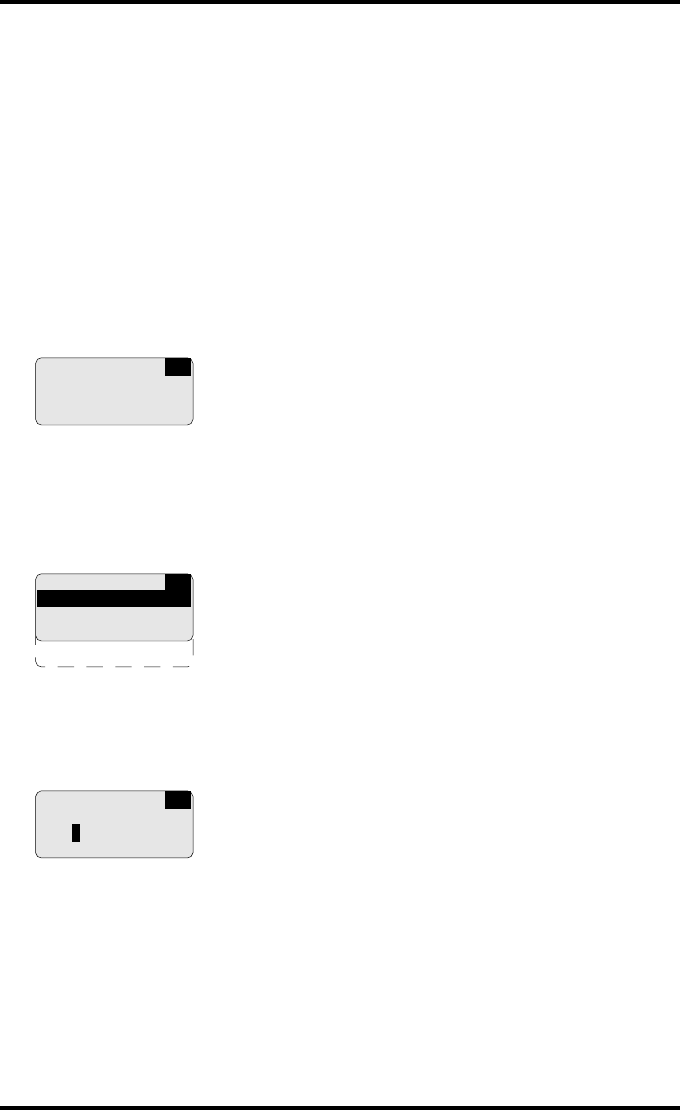
93
2920B EN 20031206
Printing files from an external CF-card
TIFF images stored on an external CF-card can be printed using the ‘Print
from CF-card’ function.
"No compressed TIFF-files are allowed.
1Perform steps 1 to 2 of the ‘Accessing the print images menu’ procedure on
page 91 to select the ‘Print image’ screen.
2On the Print image menu, press the Down key, followed by the Confirm key to
select ‘From C.Flash’.
The ‘Print from Compact Flash’ screen is displayed:
3Insert the CF-card containing the TIFF file(s) you want to be printed.
"Refer to ‘Inserting a CF-card’ on page 21.
The ‘Select image’ screen is displayed:
4Press the up/down arrow keys to select the desired image file, followed by the
Confirm key.
The ‘Number of copies’ screen is displayed:
5Press the arrow keys to increment/decrement the number. For more info,
refer to ‘Data entry’ on page 27.
6Press the Confirm key to confirm the number of copies.
Print from
Compact Flash
Please insert card
PI
PI
Select image
1 SMPTE.tif
2 TPA.tif
3 Test.tif
4 etc...
Number of copies
01
PI
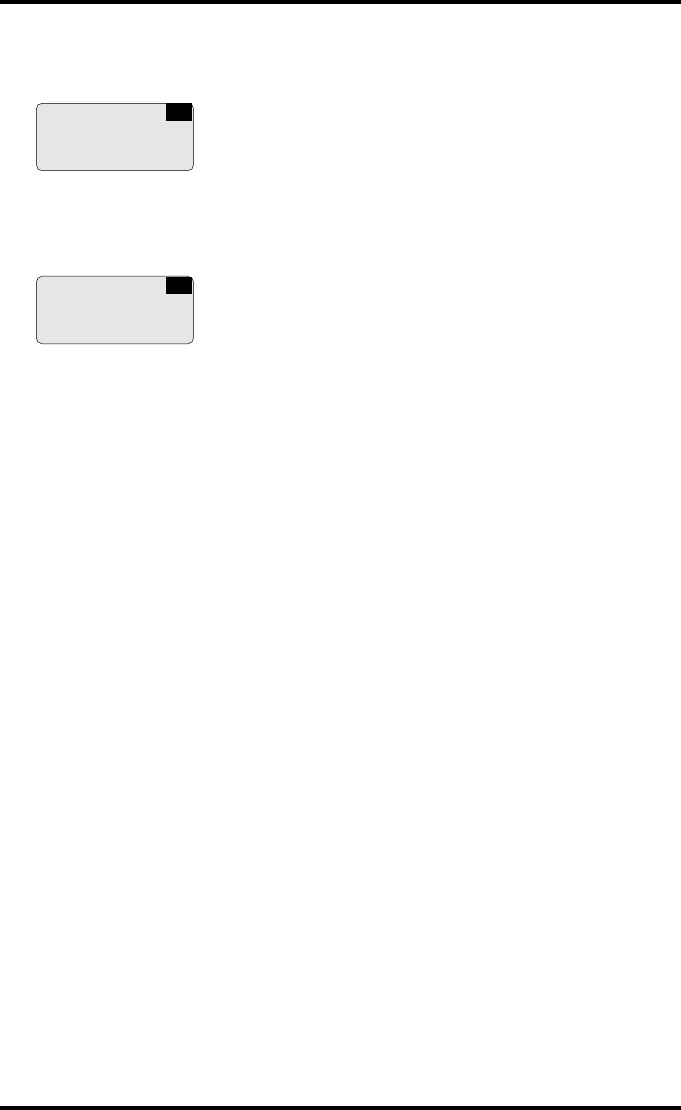
94 2920B EN 20031206
The ‘Queuing file’ screen will be shown to indicate to the operator that the printing
action is accepted and in process:
After about five seconds this screen will disappear.
"If the printer memory is full, the following message will appear:
Wait until one or more print jobs have finished before launching a new one.
Queuing file
< filename>
Please wait
PI
Unable to accept
new job while
printing
Please wait
PI
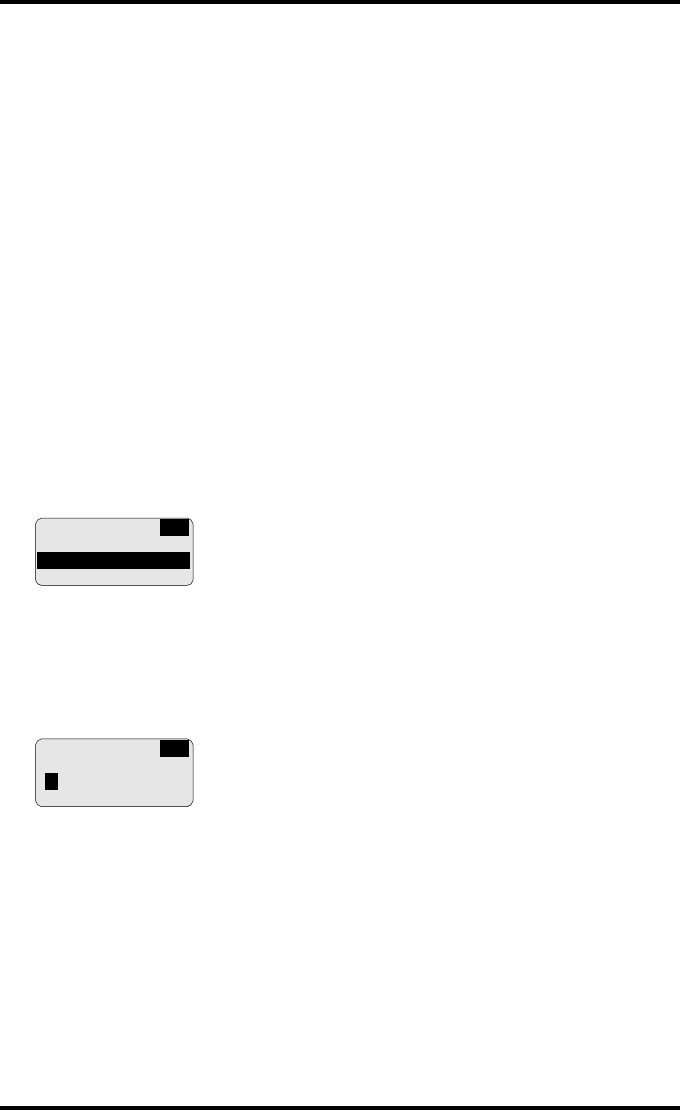
95
2920B EN 20031206
Saving the configuration settings
Each time the settings have been changed and confirmed, an automatic
backup of the old configuration is made on the internal CF-card. You will also
be asked to create a backup on an external CF-card.
It is also possible (and recommended) to regularly make a backup of the
printer settings to ensure safe restoring of the values when required. In this
case you have the choice between saving the complete configuration or only
the network settings (e.g. for mobile installations).
Save configuration procedure
1Press the Key-operator key to enter the key-operator mode.
2On the key-operator main menu, press the Down key three times, followed by
the Confirm key to select ‘Save configuration’.
The ‘Save configuration’ screen is displayed:
•If you want to save the complete configuration, press the Confirm key to select
‘General’, and proceed with step 3.
•If you want to only save the network parameters (e.g. for mobile installations),
press the Down key, followed by the Confirm key to select ‘Network only’. The
printer will ask you to enter a name for the network save set:
Enter the save set name by means of the arrow keys. Refer to ‘Data entry’ on page 27.
Make sure not to enter more than 16 characters.
SC
Save
configuration
1 General
2 Network only
SC
Save Network
Please enter Name
[Hospital_01 ]
(max. 16 char.)
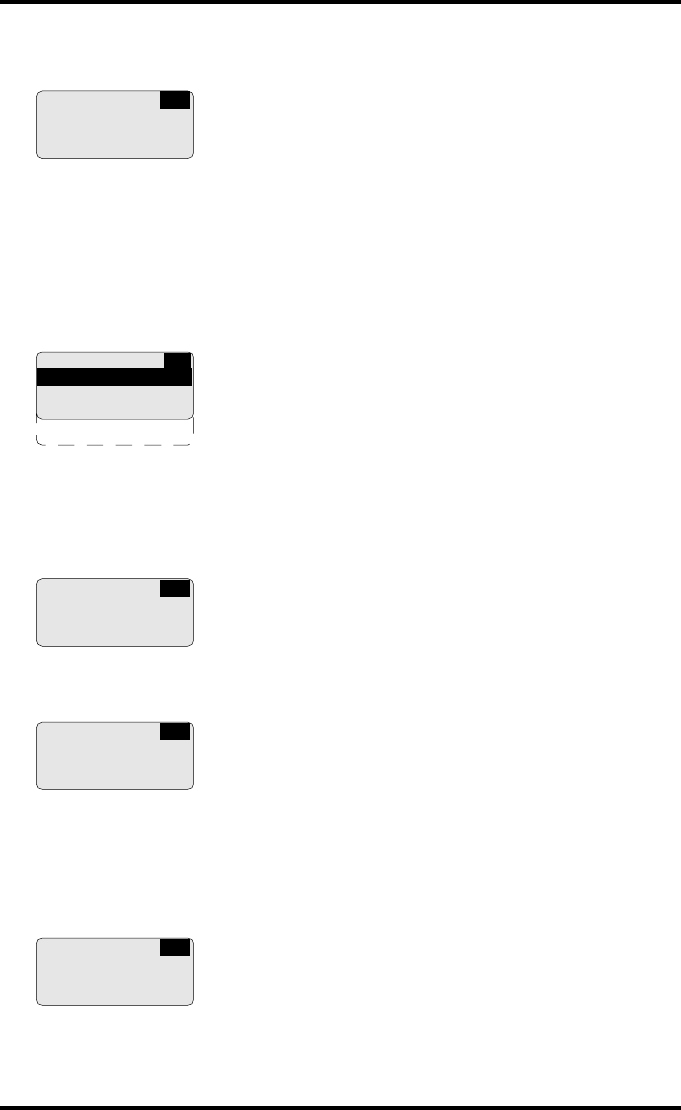
96 2920B EN 20031206
3In both cases, the printer will ask you to insert a CF-card:
4Insert a CF card.
"Refer to ‘Inserting a CF-card’ on page 21.
5If there are already save set files present on the CF-card, a list is shown.
The ‘Select dataset’ screen is displayed:
6Press the up/down arrow keys to select the desired save set file, followed by
the Confirm key.
The printer saves the configuration on the external CF-card:
When the writing of the save set is finished, the printer will ask you to remove the
CF-card:
7Remove the CF-card.
"Refer to ‘Removing a CF-card’ on page 22.
As soon as the CF-card has been removed, the following screen is displayed:
8Press the Confirm key. The program will return to the key-operator menu.
SC
Save
Configuration
Please insert card
SC
Select dataset
Dataset xyz v1.00
Dataset abc v1.00
Dataset def v1.00
etc...
SC
Save Config
C:/<path><filename>
to
A:/<path><filename>
SC
Save
Configuration
Please remove card
SC
Please note that
<save_set_name>
was written to the
CF-card as backup
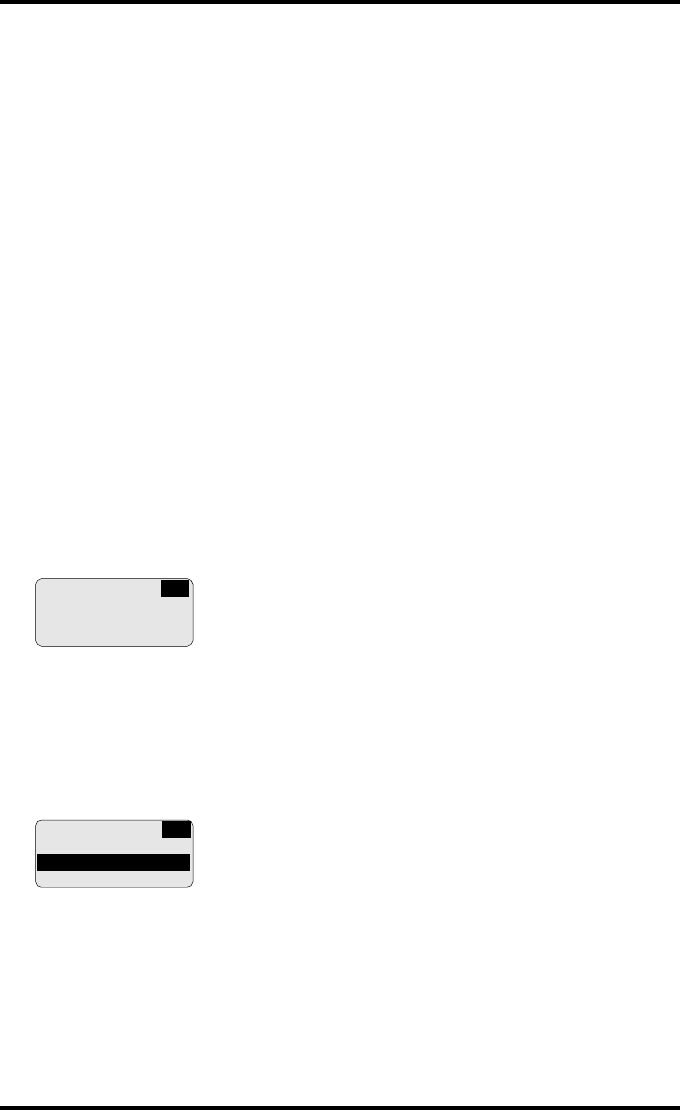
97
2920B EN 20031206
Restoring the configuration settings
When necessary, you can restore the configuration settings of the printer. The
following functions are available for restoring a backup copy of the
configuration files:
•‘Restoring printer settings from an external CF-card’ (page 98)
•‘Restoring the previous configuration from the internal CF-card’ (page 100)
From the external CF-card, you have the choice between restoring the
complete configuration or only the network settings (e.g. for mobile
installations).
Accessing the restore configuration menu
1Press the Key-operator key to enter the key-operator mode.
2On the key-operator main menu, press the Down key four times, followed by
the Confirm key to select ‘Restore configuration’.
Before you start a restore operation, you have the opportunity to save the current
configuration. Therefore, the ‘Update backup on CF-card’ screen is displayed:
If you want to backup the current configuration on an external CF-card, press the
Confirm key (YES). The printer will perform the ‘Save configuration procedure’ (see
page 95).
If you do not want to save the current configuration, press the Escape key (NO).
3The ‘Restore from CF-card’ screen is displayed:
4Press the Escape key to return to the key-operator main menu.
5Press the Escape key to quit the key-operator mode.
Update backup on
CF-card
YES (v) NO (x)
RC
Restore from
CF-card
1External
2 Internal
RC
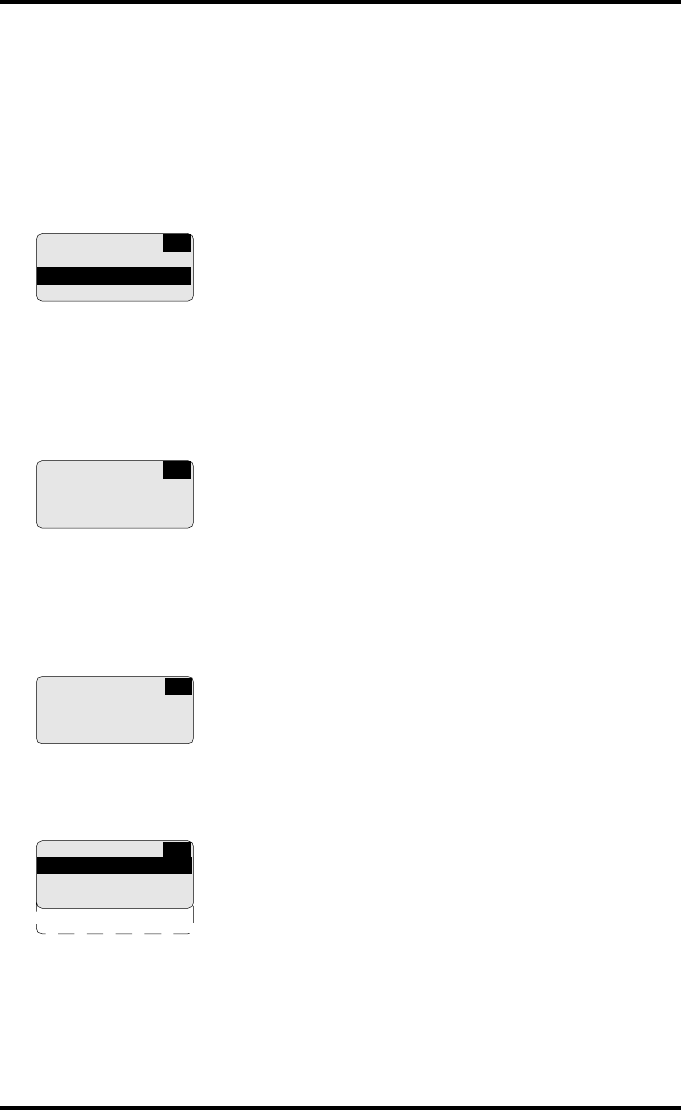
98 2920B EN 20031206
Restoring printer settings from an external CF-card
1Perform steps 1 to 3 of the ‘Accessing the restore configuration menu’
procedure on page 97 to select the ‘Restore from CF-card’ screen.
2Press the Confirm key to select ‘External’.
The ‘Restore configuration’ screen is displayed:
•If you want to restore only the network parameters (e.g. for mobile installations),
press the Down key, followed by the Confirm key to select ‘Network only’.
•If you want to restore the complete configuration, press the Confirm key to select
‘General’.
In both cases, the printer will ask you to insert a CF-card:
3Insert a CF-card.
"Refer to ‘Inserting a CF-card’ on page 21.
In case a wrong CF-card has been inserted, the following message is displayed:
4If there are multiple save set files present on the CF-card, a list is shown.
The ‘Select dataset’ screen is displayed:
Restore
configuration
1 General
2 Network only
RC
RC
Restore
Configuration
Please insert card
Restore
from CF-card
Wrong card inserted
RC
RC
Select dataset
Dataset xyz v1.00
Dataset abc v1.00
Dataset def v1.00
etc...
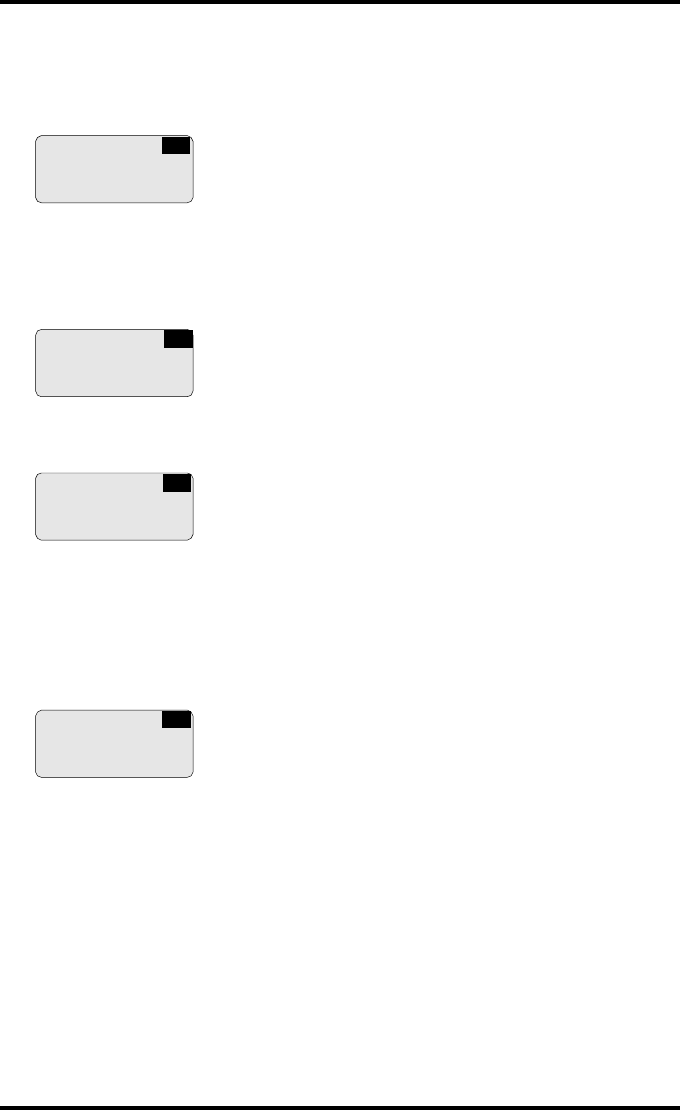
99
2920B EN 20031206
5Press the up/down arrow keys to select the desired save set file, followed by
the Confirm key.
The following confirmation screen is displayed:
6Press the Confirm key (YES) to proceed with the selected file, or the Escape
key (NO) to quit the procedure without any changes.
The printer restores the configuration from the external CF-card:
When the copying of the save set is finished, the printer will ask you to remove the
CF-card:
7Remove the CF card.
"Refer to ‘Removing a CF-card’ on page 22.
As soon as the CF-card has been removed, the following screen is displayed (when
necessary):
Press the Confirm key to reset the printer. After the reset, the new settings will be
active.
Restore
from CF-card
<Dataset def v1.00>
YES (v) NO (x)
RC
Copying
A:/<path><filename>
to
C:/<path><filename>
RC
Installation
finished
Please remove card
RC
New settings will
be active after
reset
RC
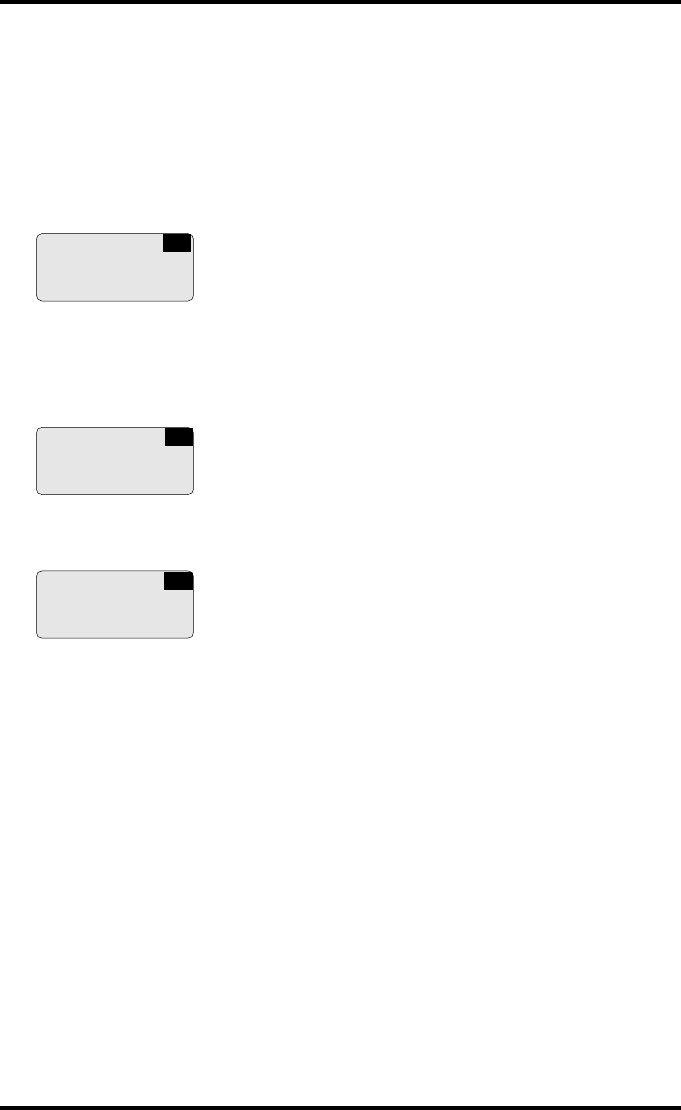
100 2920B EN 20031206
Restoring the previous configuration from the internal CF-card
1Perform steps 1 to 3 of the ‘Accessing the restore configuration menu’
procedure on page 97 to select the ‘Restore from CF-card’ screen.
2Press Down key, followed by the Confirm key to select ‘Internal’.
The following confirmation screen is displayed:
3Press the Confirm key (YES) to proceed with the selected file, or the Escape
key (NO) to quit the procedure without any changes.
The printer restores the previous configuration from the internal CF-card:
When the copying of the save set is finished, the following screen is displayed
(when necessary):
Press the Confirm key to reset the printer. After the reset, the new settings will be
active.
Restore
from CF-card
<Dataset def v1.00>
YES (v) NO (x)
RC
Copying
A:/<path><filename>
to
C:/<path><filename>
RC
New settings will
be active after
reset
RC
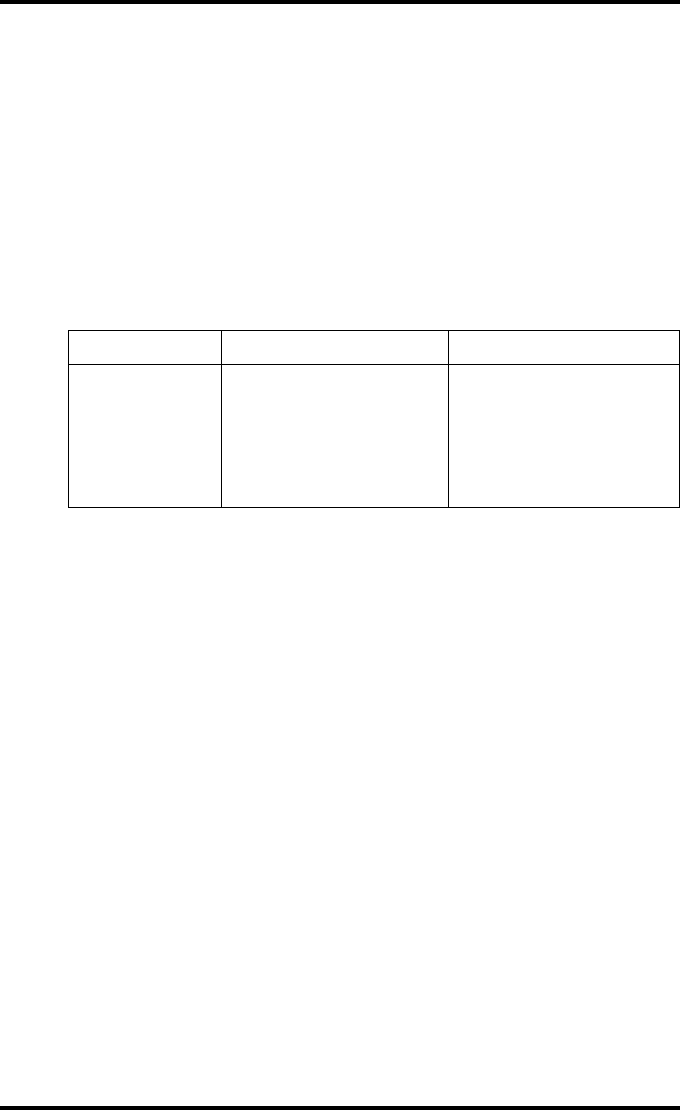
101
2920B EN 20031206
Maintaining optimal image quality
Calibration is necessary to maintain optimal image quality. This is required in
the following situations:
•Before initial use of a film,
•After a certain number of copies have been printed.
Overview of calibration functions
One calibration function is provided for the Drystar 5300.
"Before performing a calibration, read the general guidelines as described
in ‘Understanding the calibration policy’ on page 102.
Calibration Purpose When?
‘Film calibration’
• To measure and set the
system density of the
printer.
• To measure and set the
film sensitometry
values.
• Automatic
• After an explicit action of
the operator
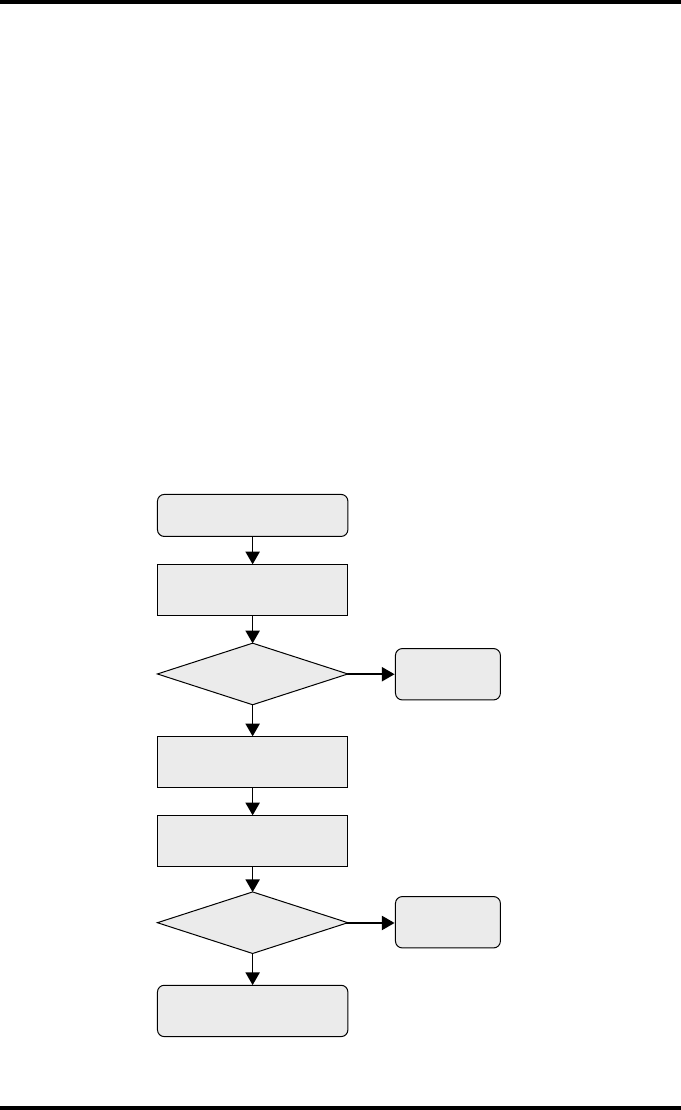
102 2920B EN 20031206
Understanding the calibration policy
Manual or automatic film calibration
You should regularly perform a film calibration to assure that the image
quality is still optimal.
Film calibration can be initiated in 2 ways:
•Automatically, i.e. after loading a new film pack (frequency is adjustable),
•Manually, i.e. you decide for yourself when to perform a film calibration, e.g.
daily, once a week or only when the image quality tends to degrade.
For setting automatic or manual film calibration, refer to ‘Changing general
image quality settings’ on page 85.
Maintaining optimal image quality: a flow chart
The following flow chart will assist you in determining the correct operation in
order to maintain the optimal image quality from your printer:
Image
Quality OK?
NO
YES
Perform Film Calibration
Clean Print Head
Image
Quality OK?
NO
YES
Start
Perform Film Calibration
Call Service
Done
Done
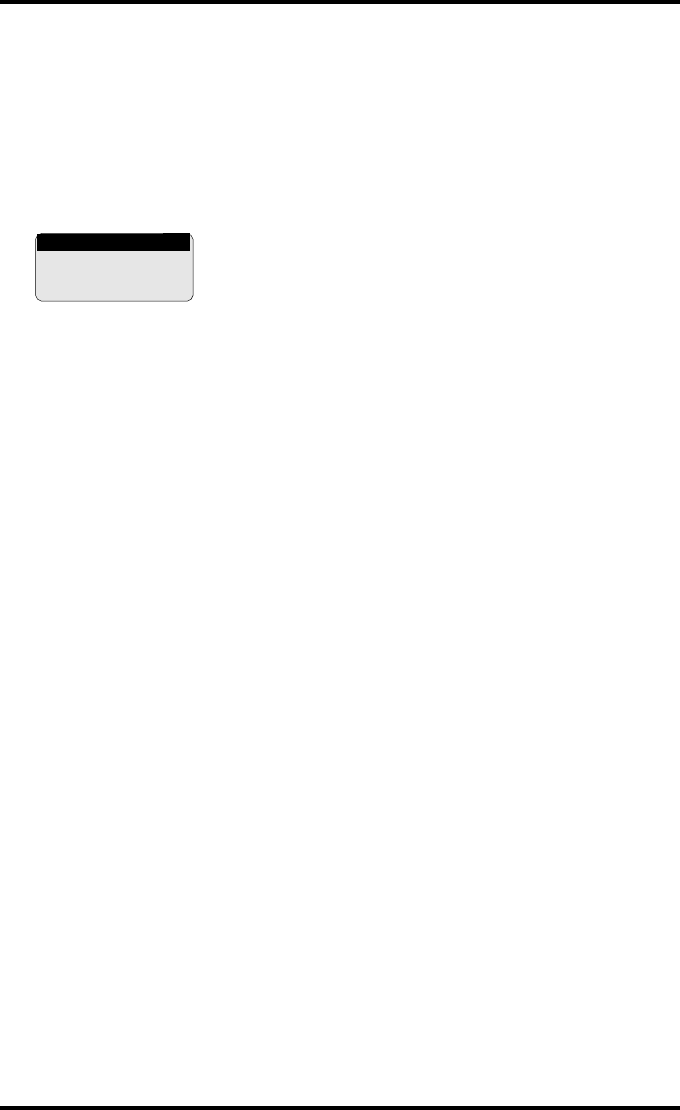
103
2920B EN 20031206
Accessing the Calibration menu
1Press the Key-operator key to enter the key-operator mode.
2On the key-operator main menu, press the Down key five times followed by
the Confirm key to select ‘Calibration’.
The ‘Calibration’ menu is displayed:
"This menu is the starting point for calibrations (see below).
3Press the Escape key to return to the key-operator main menu.
4Press the Escape key to quit the key-operator mode.
CA
1 Film calibration
2 Therm. Head clean.
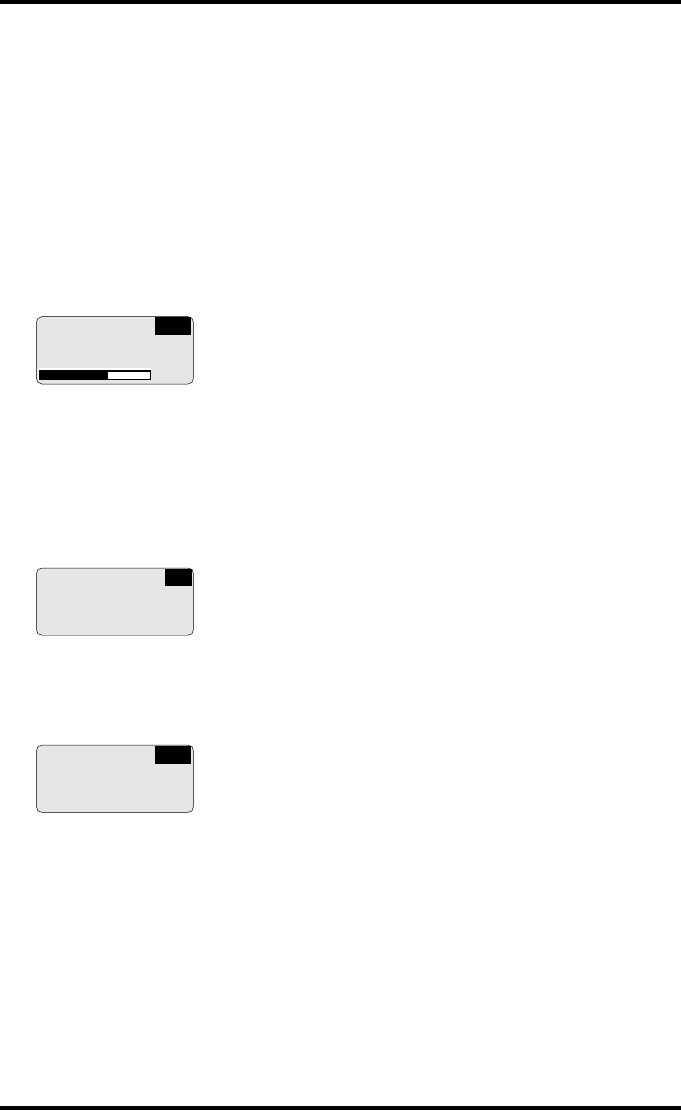
104 2920B EN 20031206
Film calibration
The film calibration combines MaxD and sensitometry calibration and is
activated as one single procedure. Separate MaxD and sensitometry
calibration steps are not required.
1Perform steps 1 to 2 of the ‘Accessing the Calibration menu’ procedure on
page 103 to select the ‘Calibration’ screen.
2On the Print image menu, press the Confirm key to select ‘Film calibration’.
The ‘Film calibration’ screen is displayed:
The counter indicates the progress of the calibration process. The calibration film is
measured automatically by the built-in MDM (Macro Densitometer). The
Drystar 5300 is being calibrated during the printing process.
"If the Drystar 5300 cannot read the Film identification tag, a calibration is
impossible and the following message is displayed:
Press the Confirm key to retry calibrating.
3If the film calibration failed, the following message will appear.
Press the Confirm key to retry return to the calibration menu.
Film calibration
in progress
Please wait 62%
CA
Unidentified media
in input tray
No calibration
allowed.
CA
Film calibration
failed
Please retry
CA Flashing
Flashing
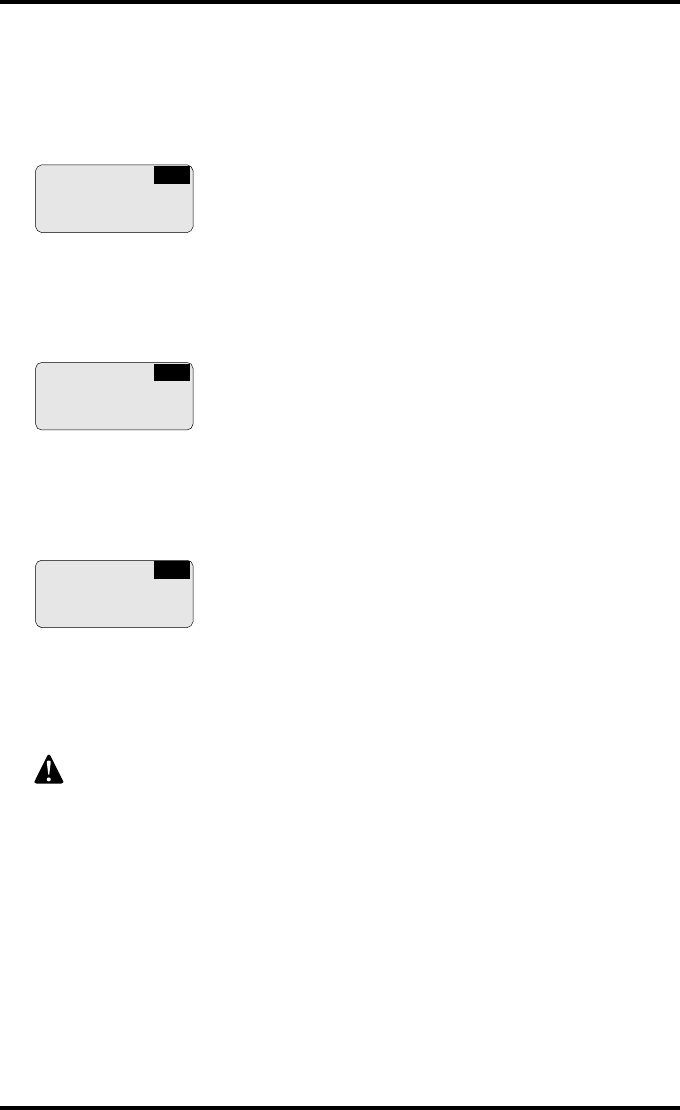
105
2920B EN 20031206
4When the film calibration has been completed successfully, three cases are
possible:
•Calibration successful, results OK.
The obtained MaxD (3.10) after calibration, is displayed:
(xxxxx) is the code of the Densitometer type (refer to ‘Changing the default densitometer’
on page 86).
•Calibration successful, but MaxD differs more than 2% from the target value.
The obtained MaxD (3.10) after calibration, is displayed:
(xxxxx) is the code of the Densitometer type (refer to ‘Changing the default densitometer’
on page 86).
•Calibration successful, but the maximum density has been reached.
The obtained MaxD (3.10) after calibration, is displayed:
(xxxxx) is the code of the Densitometer type (refer to ‘Changing the default densitometer’
on page 86).
5Press the Confirm key to return to the Calibration menu.
When the calibration process is interrupted, you will have to start the
calibration procedure again. Otherwise the old calibration parameters
will be used.
Film
calibration OK
MaxD = 3.10 (xxxxx)
CA Flashing
Flashing
Retry
calibration or
Resume printing
MaxD = 3.10 (xxxxx)
CA Flashing
Flashing
Film
calibration
MaxD is reached
MaxD = 3.10 (xxxxx)
CA Flashing
Flashing
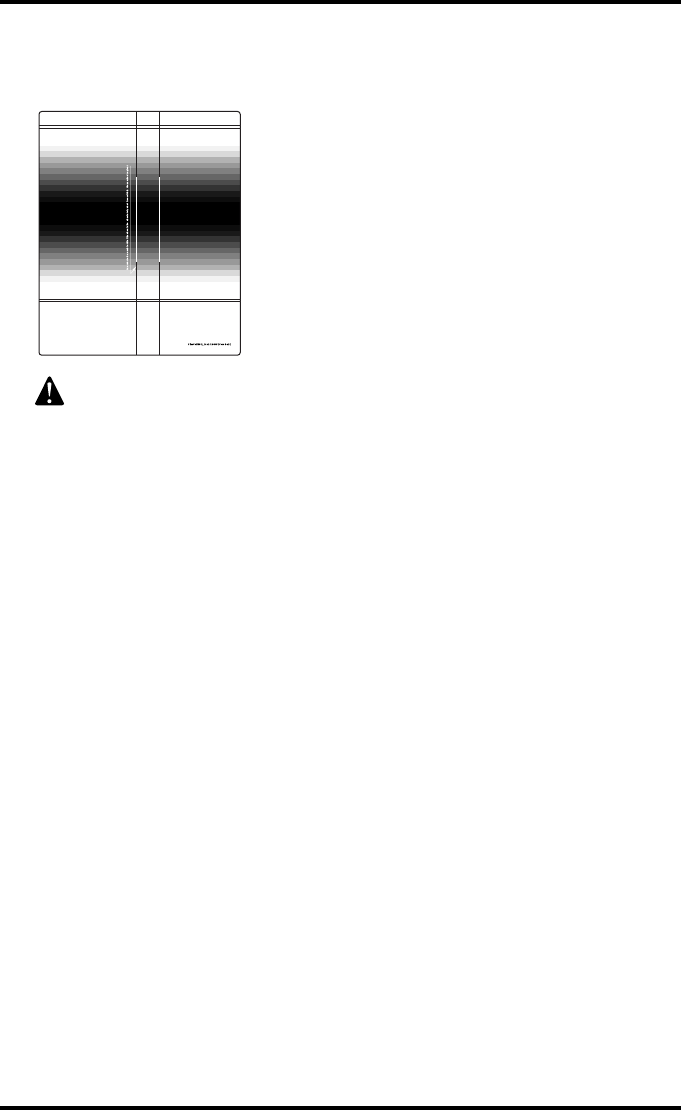
106 2920B EN 20031206
6Check the printed test film.
The test film should be similar to the image below.
Density response of Drystar media
Different densitometers can give different results for measuring the same
density area. This is due to spectral differences between the densitometers.
The density values used in this manual are based on the Macbeth TR924
densitometer. Values measured with another densitometer can vary from
these values.
Non-calibrated or badly calibrated densitometers can result in even larger
differences.
To give the user an idea of the differences given by the most frequently used
densitometers, you can find the measurements for an SMPTE pattern on the
Drystar DT 2 B and Drystar DT 2 C films in Appendix B.
The calibration film must be free of dust particles or any other artifacts. If
this is not the case, clean the print head (refer to ‘Print head cleaning’ on
page 107) and restart the calibration procedure.
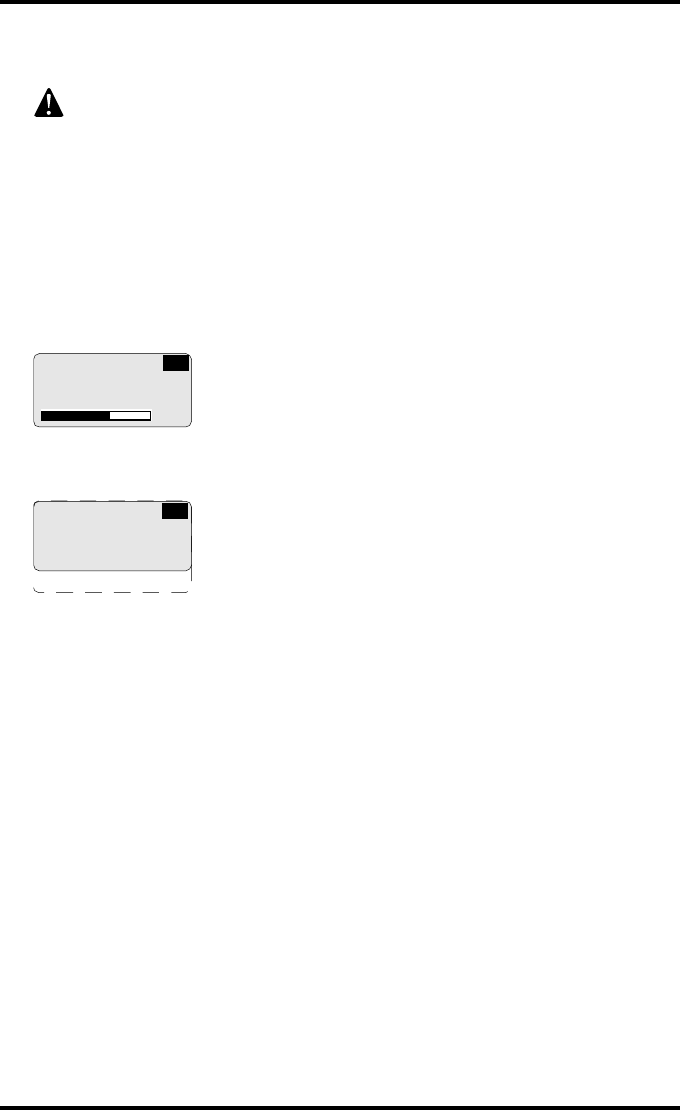
107
2920B EN 20031206
Print head cleaning
To clean the print head:
1Perform steps 1 to 2 of the ‘Accessing the Calibration menu’ procedure on
page 103 to select the ‘Calibration’ screen.
2On the Print image menu, press the Down key, followed by the Confirm key to
select ‘TPH cleaning’.
The printer will automatically shut down:
3The ‘Thermal head cleaning’ screen will give instructions on what to do:
4Clean the print head resistor line. For more details, refer to ‘Cleaning the print
head resistor line’ on page 164.
5After you have cleaned the print head resistor line and you have closed the
door, the printer will continue.
Print head cleaning must be done when image quality problems occur.
THERMAL HEAD
CLEANING
Shutdown in progress
62%
CA
THERMAL HEAD
CLEANING
1 Open top cover
2 Clean thermal head
3 Close top cover
CA
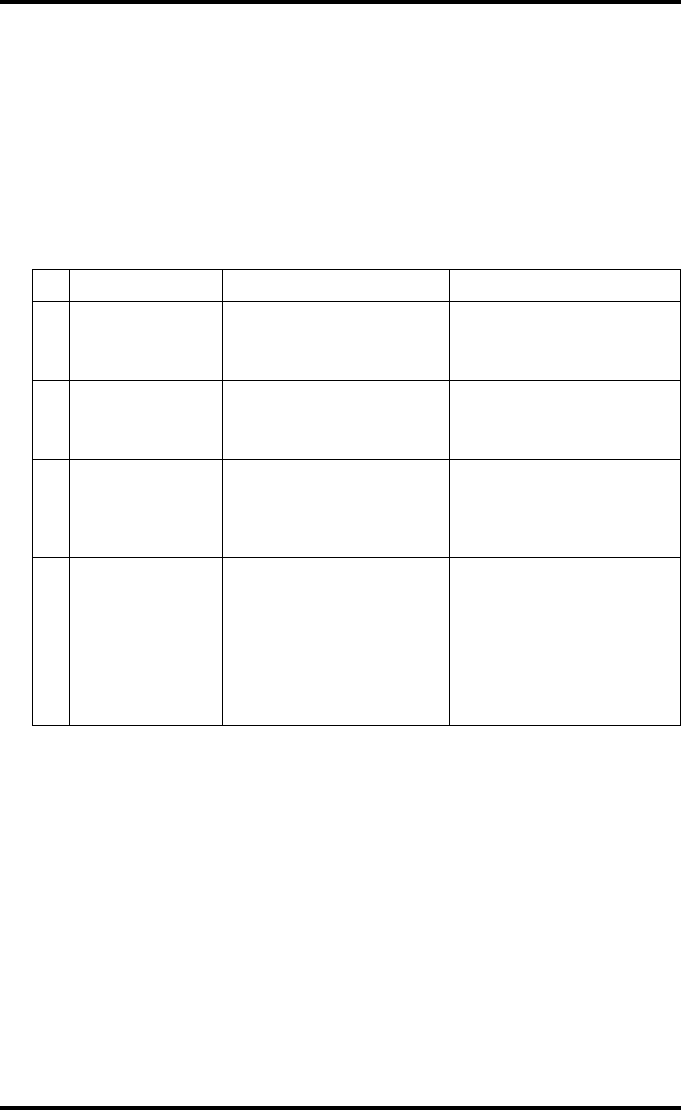
108 2920B EN 20031206
Service actions
The Drystar 5300 has the capability of assisting the Service engineer to
maintain or repair the printer.
Overview of service actions
Four groups of service actions are provided by the Drystar 5300.
Action Purpose Who?
1Error messages
• To have an overview of
the errors that have
occurred.
• Customer (hospital
technician)
• Service engineer
2Warning
messages
• To have an overview of
the warnings that have
occurred.
• Customer (hospital
technician)
• Service engineer
3Repair history
• To have an overview of
the repair operations
that have been
executed.
• Service engineer
4Maintenance
• To have an overview of
the maintenance actions
that are still open.
• To close a maintenance
action when finished.
• To update a
maintenance action.
• Service engineer
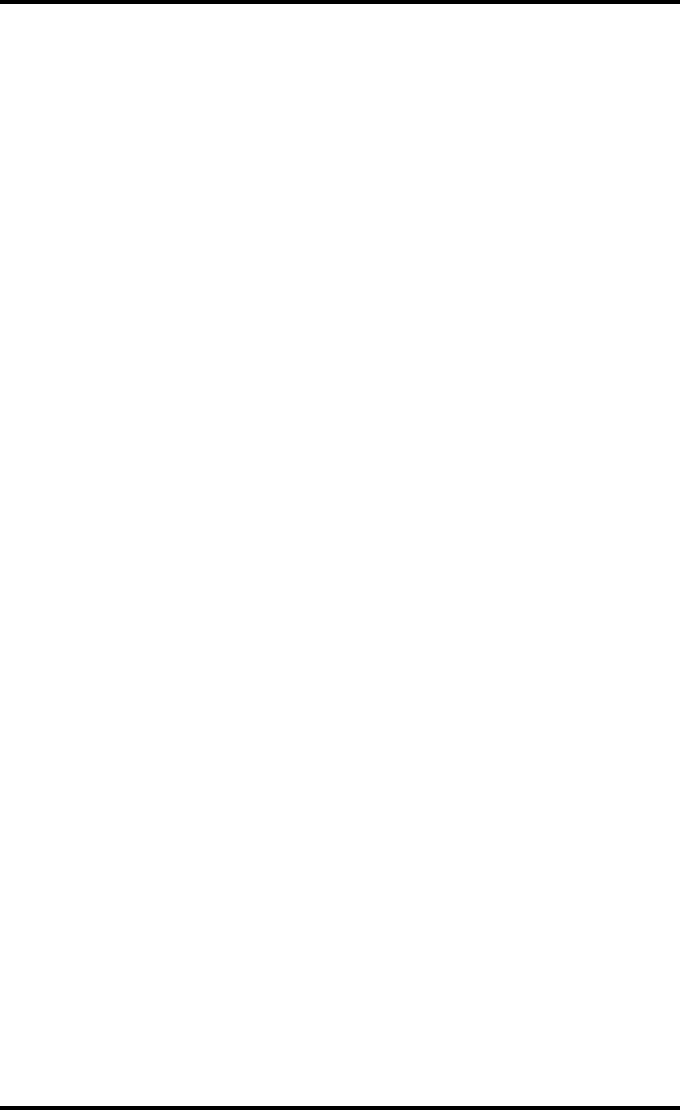
109
2920B EN 20031206
Quality control procedure
In order to establish and maintain constant image quality, a regular evaluation
of the image quality is advised.
The Drystar 5300 Imager contains an automatic QC feature designed to
maintain optimum image quality. The QC procedure consists of two main
steps:
•Before initial use, establishing a number of reference values that will be used
for further follow-up and verifying initial image quality.
•After establishing these values, performing regular daily, weekly and annual
quality tests.
The results of these tests are registered on Quality Control Charts.
The QC image (see page 116) has several additional fields where the QC
data can be filled in. This image should be filed as part of the QC procedure.
For more info on QC charts, please refer to Appendix C ‘Quality Control
Charts’ on page 199.
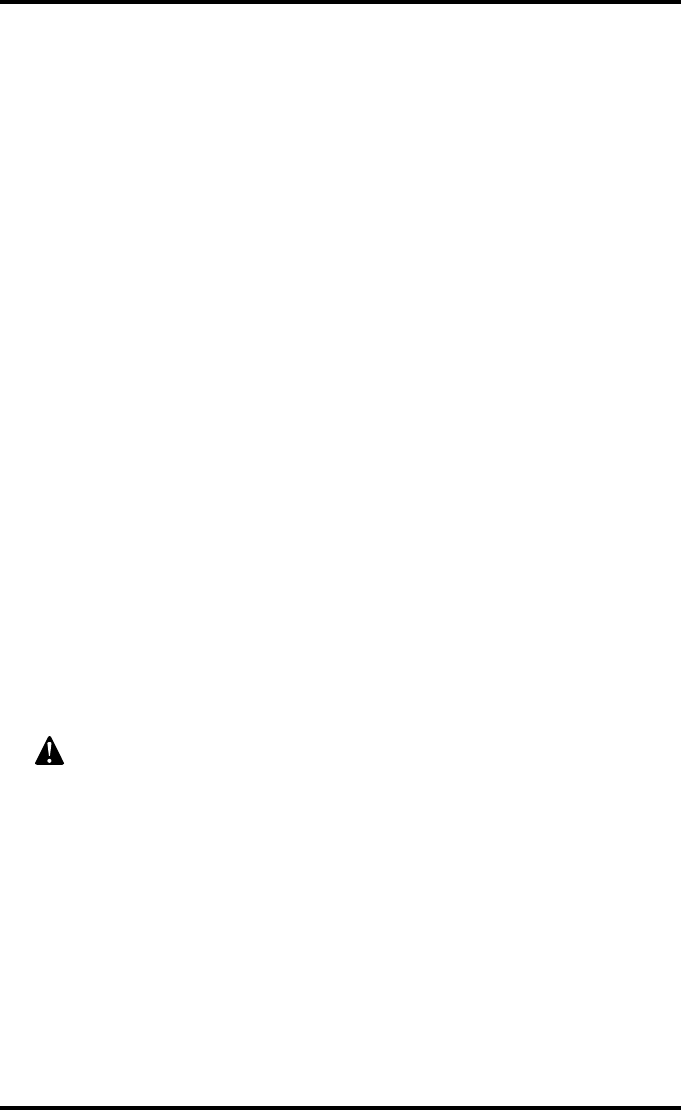
110 2920B EN 20031206
Establishing the reference values and verifying image quality
After installation of a new Drystar 5300 Imager and before initial use you must
establish Quality Control aim values. These values will be used as the base
line for comparison when daily Quality Control is done. These values should
be determined again after major service or repair.
The following Quality Control aim values must be determined:
•The daily operating density levels. Refer to ‘Establishing the daily operating
reference density levels’ on page 111.
•Drystar 5300 image geometry. Refer to ‘Establishing the image geometry
reference values’ on page 116.
Once Quality Control aim values are established you must evaluate the
Spatial Resolution and the Artifact Levels to determine if the image quality is
acceptable. Refer to ‘Establishing the image geometry reference values’ on
page 116.
The Quality Control aim values, the Spatial Resolution and Artifact levels and
the Image Geometry values are all recorded on the Quality Control charts.
Refer to Appendix C ‘Quality Control Charts’ on page 199.
On these charts, the following test conditions are also recorded:
•The type and serial number of the Drystar 5300 Imager,
•Type and emulsion number of the film used to determine the reference values,
•The type of densitometer used, e.g. internal (in printer) or external,
•If an external densitometer is used: the type and the serial number of the
densitometer,
•The time (day, month, year) that the values were established.
Before you can establish the daily operating levels, the Drystar 5300
Imager must be switched on for at least 15 minutes and it must be
calibrated as well. Refer to ‘Switching on the Drystar 5300’ on page 28
and ‘Film calibration’ on page 104.
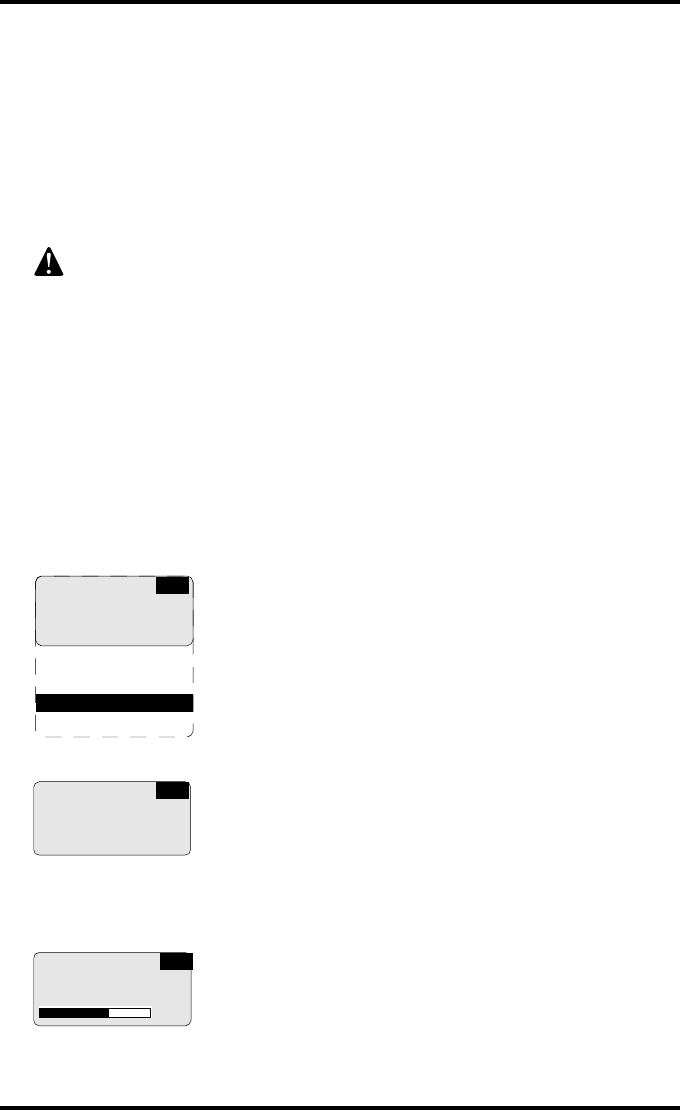
111
2920B EN 20031206
Establishing the daily operating reference density levels
This procedure enables you to establish the base line values for:
•Base+Fog density,
•Mid density,
•DD (Density Difference),
•MaxD (maximum density).
To establish the daily operating density levels, proceed as follows:
1Press the Key-operator key to enter the key-operator mode.
2Press the Down key seven times, followed by the Confirm key to select
‘Quality control’.
A confirmation screen appears:
3Press the Confirm key (YES) to start the QC procedure or the Escape key
(NO) to quit.
The Drystar 5300 will automatically print the QC test image.
By default, the internal densitometer of the Drystar 5300 will be used. The
internal densitometer of the Drystar 5300 is calibrated at installation.
Authorized service personnel should recalibrate the internal
densitometer annually or after major service or repair.
Do not change the ‘default’ internal densitometer during the entire QC
procedure!
1 Show settings
2 Change settings
3 Print image
4 Save configuration
5 Restore config.
6 Calibration
7 Service actions
8 Quality control
9 Installation
KO
Start QC
Procedure
YES (v) NO (x)
QC
QC procedure
in progress
Please wait 62%
QC
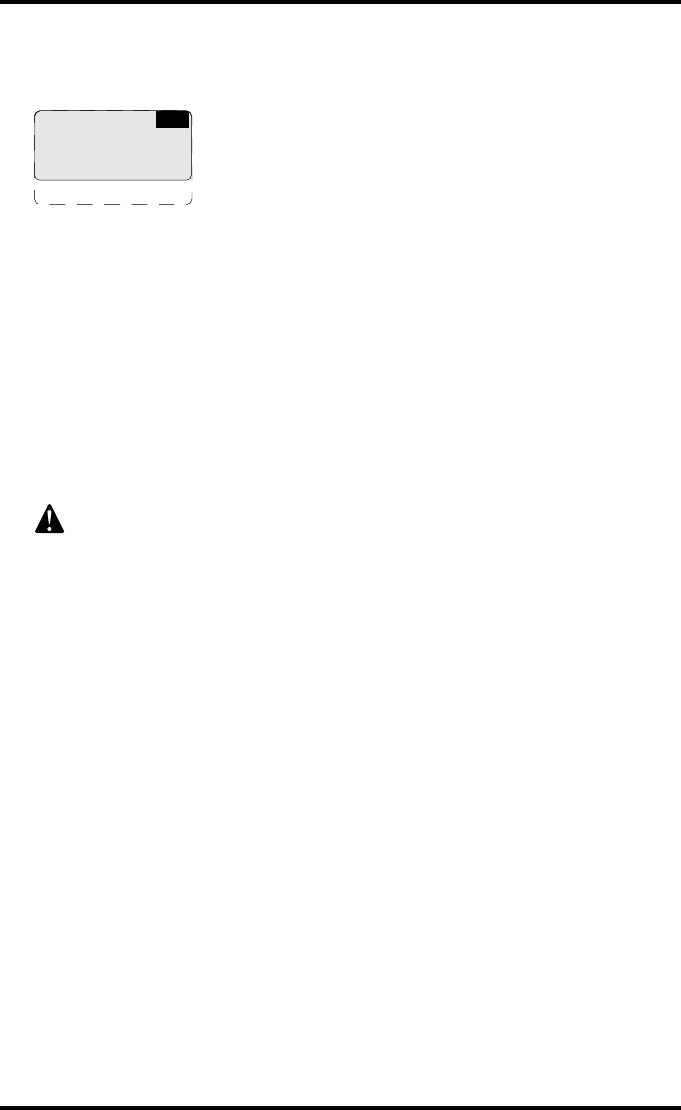
112 2920B EN 20031206
4After the image is printed, the Drystar 5300 will display the optical density
values:
The displayed values represent the following steps on the test film:
•Base+Fog -The density value of the Base + Fog step.
This value should be less than 0.25.
•Mid Density -The density value of the Mid density step.
This value should be greater than 1.20.
•DD - Density Difference, i.e. the density value of the high-density step minus the
density value of the low-density step. This value should be greater than 1.30.
•MaxD - The density value of the 100% step.
•(densitometer = xxxxx) - indicates the default densitometer used to measure the
density values. It should not be changed during the entire QC procedure.
5Record the density levels on the Drystar 5300 Chart 1 (Drystar 5300
‘Determination of Operating Levels’). Refer to Appendix C ‘Quality Control
Charts’ on page 199.
6Press the Confirm key to return to the main menu.
7Repeat steps 1 through 6 once a day for five consecutive days, as indicated
on the Drystar 5300 Chart 1.
8Calculate the average value of the densities from the five (5) images. These
values represent operating levels, or aim values, for each density.
9Record the respective aim (average) values as the ‘Operating levels’ on the
Drystar 5300 Charts 2A and 2B (Drystar 5300 ‘Daily Density Control Chart’).
Refer to Appendix C ‘Quality Control Charts’ on page 199.
If the Mid Density and DD values do not meet or exceed the
recommended values, the reason must be found and the problem solved
before any further clinical films can be printed.
Refer to ‘Maintaining optimal image quality’ on page 101 and ‘Preventive
maintenance’ on page 161, or call your local Agfa service organization.
QC readings:
Base+Fog x.xx
Mid Density x.xx
DD x.xx MaxD x.xx
(densitometer=xxxxx)
QC
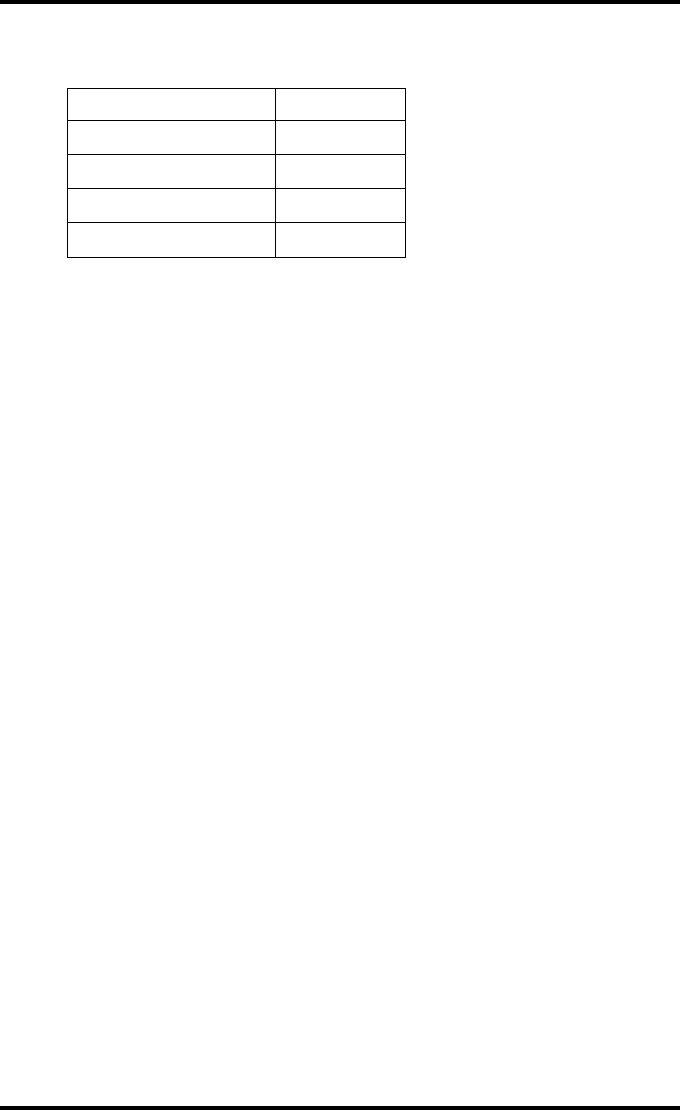
113
2920B EN 20031206
"The calculated ‘Operating levels’ should respect the following tolerances:
"The tolerances may be different according to local regulations.
10 These charts will be used for the daily quality test. For more information, refer
to ‘Performing the daily QC test’ on page 118.
Operating level Tolerance
Base + Fog - 0.03 / + 0.05
Mid density +/- 0.20
DD (Density difference) +/- 0.20
MaxD +/- 0.25
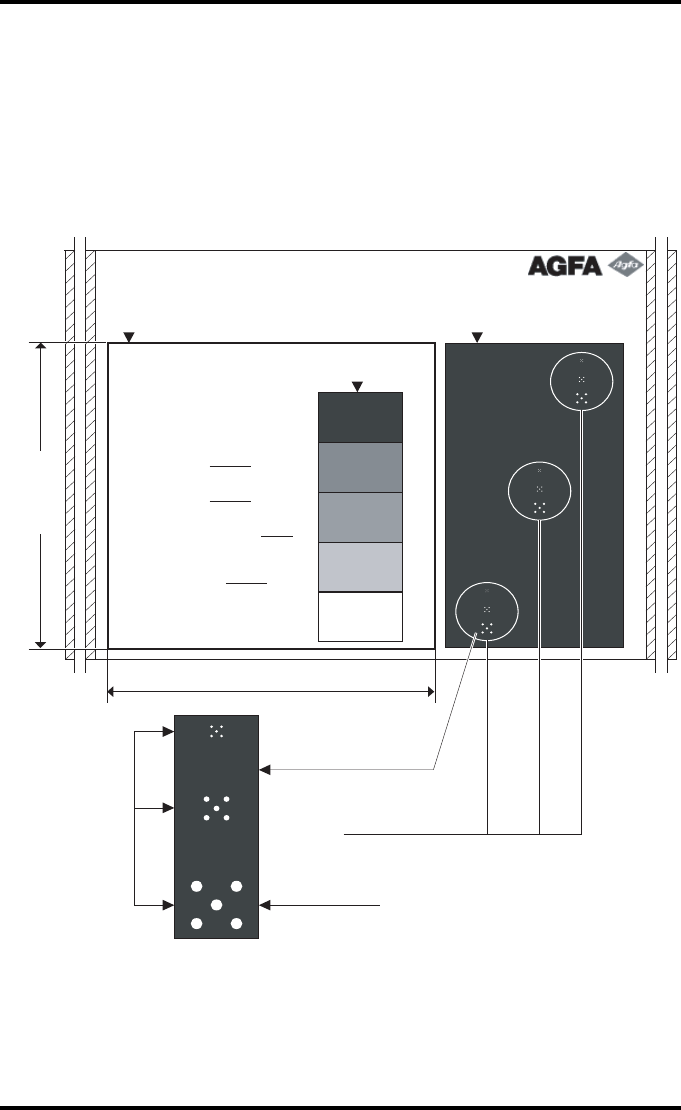
114 2920B EN 20031206
Verifying Acceptable Spatial Resolution and Artifact Levels
To establish the image geometry reference values, proceed as follows:
1Print the 'QC ' test image or use the previously printed QC test image used to
establish the daily operating density levels.
You should obtain an image looking like this:
Drystar 5300 Quality Control Test Image Date : __________Initials : _____
Sharpness Test Geometry Test
Density test
Dimension A
Dimension B
Each cluster
has 3 groups
of dots of
different sizes
Each group has 5 dots
3 Resolution clusters
MaxD (100%):
DD (Density Difference):
(High-Low)
Mid Density:
Base + Fog:
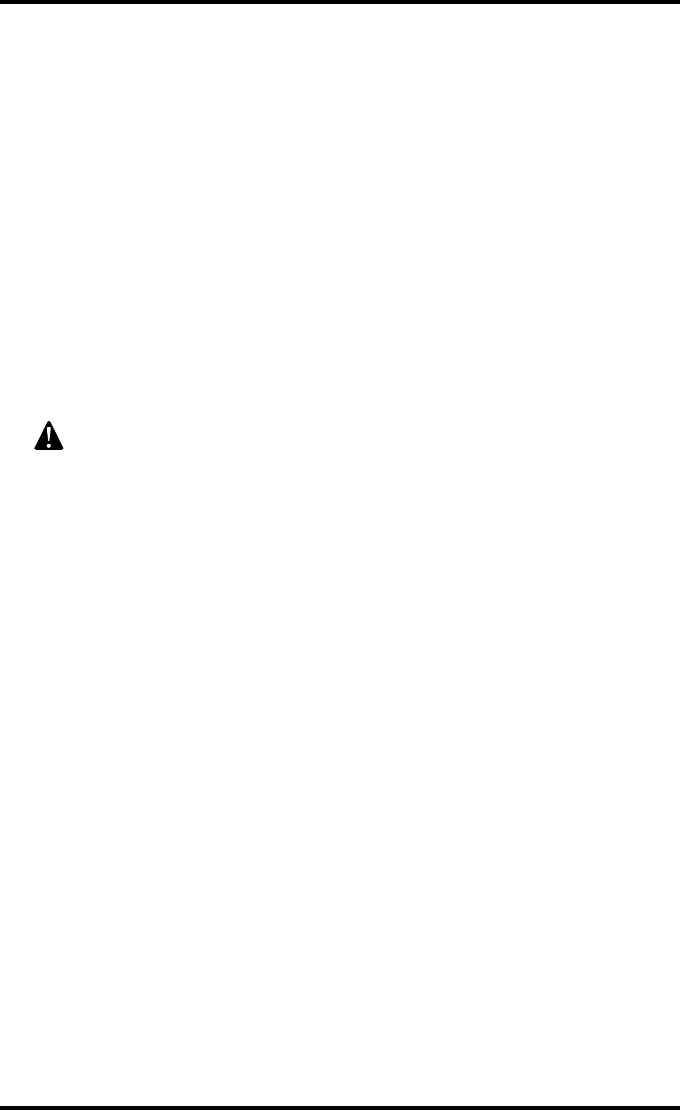
115
2920B EN 20031206
2Visually check the 'QC ' test image for artifacts: no significant disturbing
artifacts should be visible.
3Check the spatial resolution by examining the three squares, each of which
contains an oval. Within each oval are three groups, each having five dots. All
five dots of each group must be visible (use a magnifying glass and optimize
viewing conditions).
4Record these values at the top of the Drystar 5300 Chart 3 (‘Drystar 5300
Artifacts and Spatial Resolution Control Chart’). Refer to Appendix C ‘Quality
Control Charts’ on page 199.
5These charts will be used for the weekly quality test. For more information,
refer to ‘Performing the weekly QC test (Spatial Resolution and Artifact Test)’
on page 120.
In case of significant artifacts or insufficient spatial resolution, the
reason must be found and the problem solved before any further clinical
films can be printed.
Refer to ‘Maintaining optimal image quality’ on page 101 and ‘Preventive
maintenance’ on page 161, or call your local Agfa service organization.
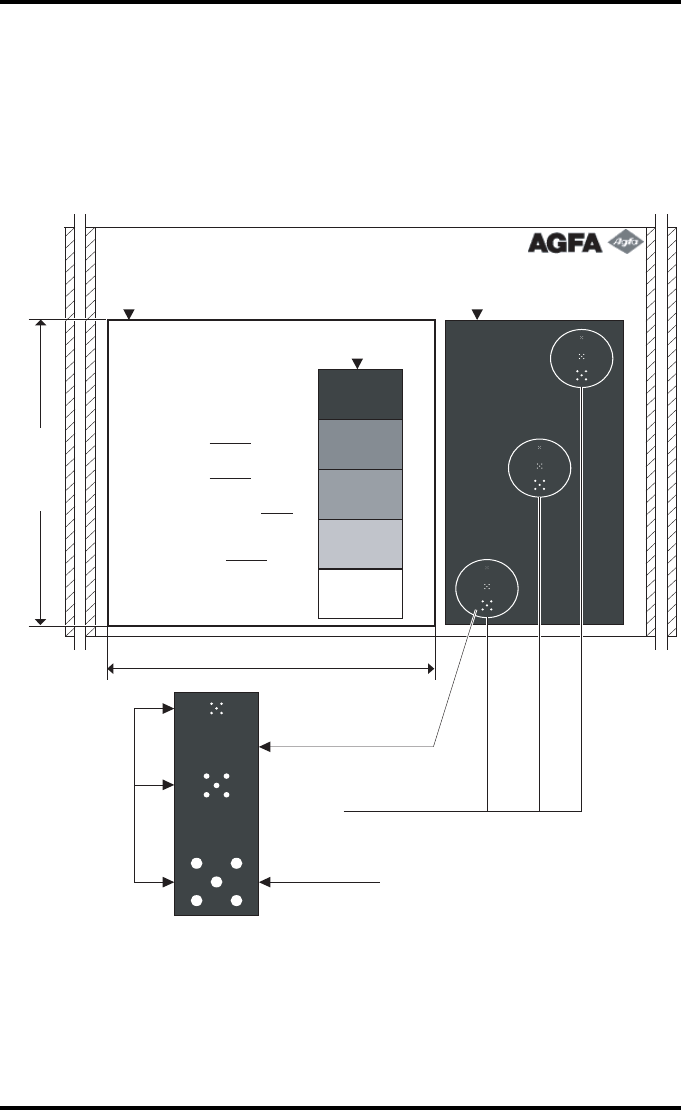
116 2920B EN 20031206
Establishing the image geometry reference values
To establish the image geometry reference values, proceed as follows:
1Print the 'QC ' test image or use the previously printed QC test image.
You should obtain an image looking like this:
Drystar 5300 Quality Control Test Image Date : __________Initials : _____
Sharpness Test Geometry Test
Density test
Dimension A
Dimension B
Each cluster
has 3 groups
of dots of
different sizes
Each group has 5 dots
3 Resolution clusters
MaxD (100%):
DD (Density Difference):
(High-Low)
Mid Density:
Base + Fog:
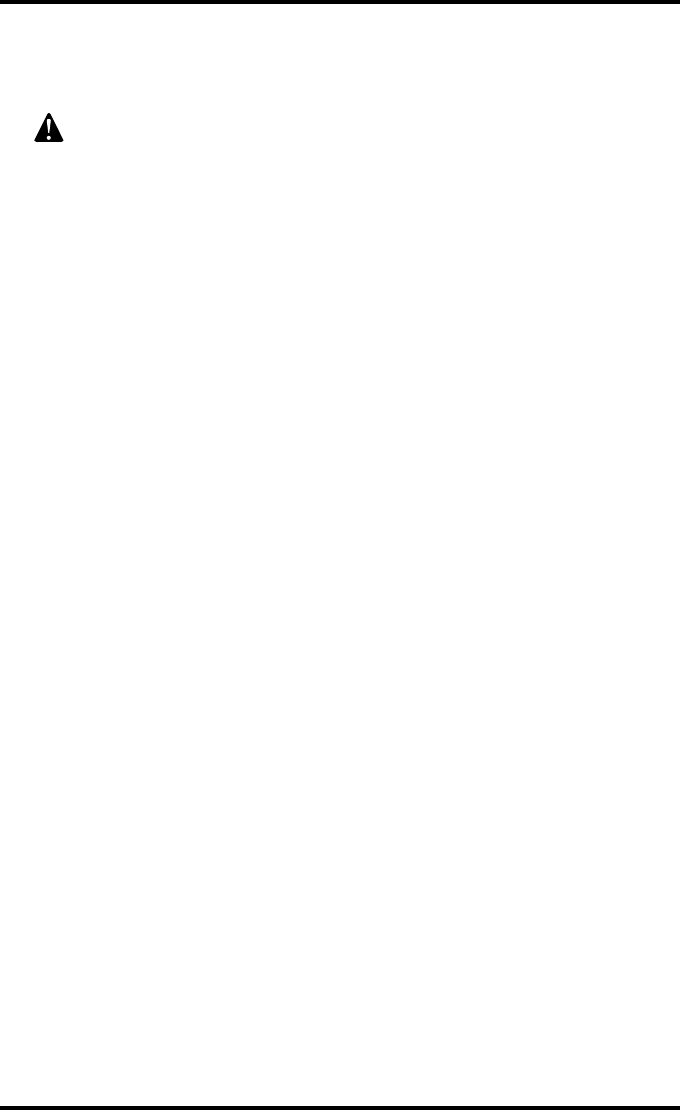
117
2920B EN 20031206
2To determine the reference values for geometry, measure the dimensions A
and B of the geometry square on the test image.
3Record these values as reference dimensions Aref and Bref on the
Drystar 5300 Chart 4 (‘Drystar 5300 Geometric Consistency Control Chart’).
Refer to Appendix C ‘Quality Control Charts’ on page 199.
These charts will be used for the annual quality test. For more information, refer to
‘Performing the annual QC test (Geometric Consistency Test)’ on page 121.
4Save this film for future reference.
Make sure to measure distance A from the left edge of the left line to the
right edge of the right line and distance B from the upper edge of the
upper line to the lower edge of the lower line.
We strongly recommend using a 30-cm (12-inch) machinist scale with
0.5 mm divisions (1/64 inch).
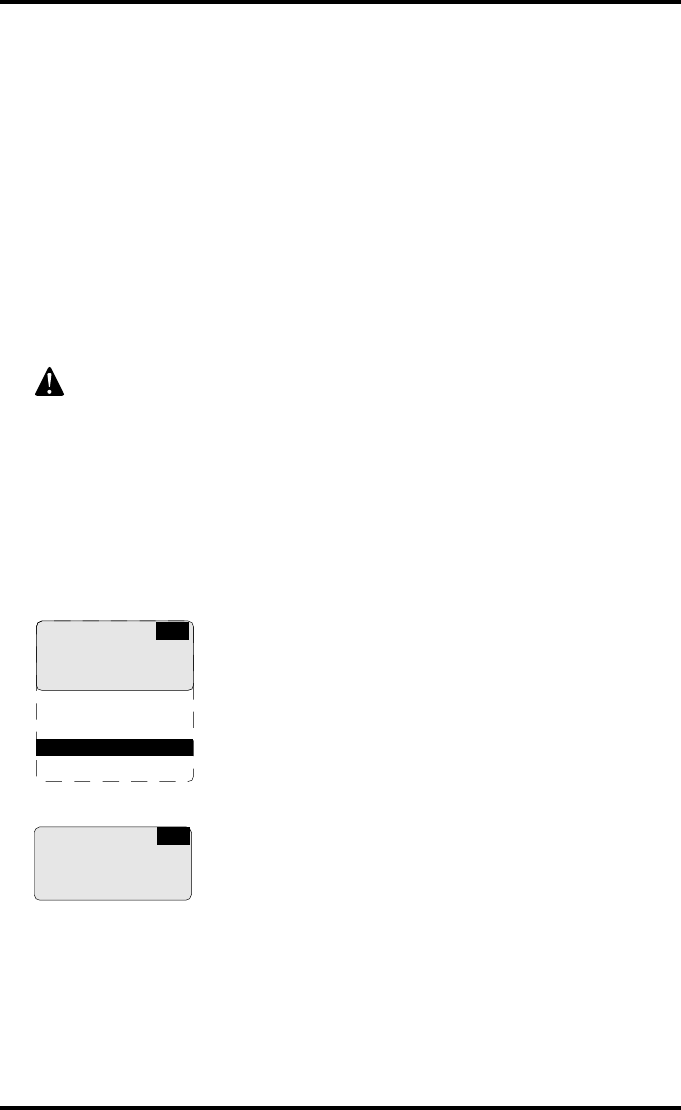
118 2920B EN 20031206
Performing quality control (QC) tests
The following procedures must be performed daily, weekly or annually as
indicated.
The reason for performing quality control tests is to determine if any
significant image quality variation or deterioration has occurred which may
require corrective action. Comparing the results of the tests with the
reference values previously established does this.
This procedure allows the operator to take the necessary preventive actions
before any image quality loss can take place.
Performing the daily QC test
1Switch on the Drystar 5300 and wait for at least 15 minutes. Refer to
‘Switching on the Drystar 5300’ on page 28.
2Press the Key-operator key to enter the key-operator mode.
3Press the Down key seven times, followed by the Confirm key to select
‘Quality control’.
A confirmation screen appears:
This test must be performed every day before any clinical film can be
processed.
1 Show settings
2 Change settings
3 Print image
4 Save configuration
5 Restore config.
6 Calibration
7 Service actions
8 Quality control
9 Installation
KO
Start QC
Procedure
YES (v) NO (x)
QC
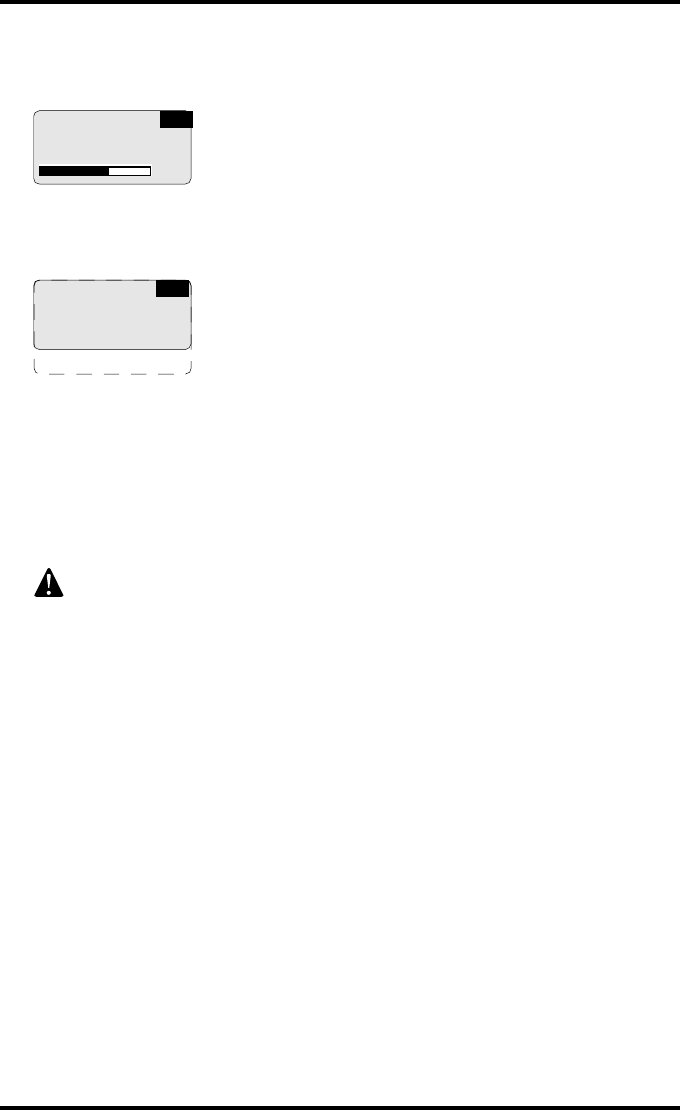
119
2920B EN 20031206
4Press the Confirm key (YES) to start the QC procedure or the Escape key
(NO) to quit.
The Drystar 5300 will automatically print the QC test image.
After the QC test image is printed, the Drystar 5300 will display the optical density
values:
5Report the density levels on the Drystar 5300 Control Charts 2A and 2B
(Drystar 5300 ‘Daily Density Control Chart’). Also record the date and time of
the test on the charts and on the QC test image. Refer to Appendix C ‘Quality
Control Charts’ on page 199.
6Press the Confirm key to return to the main menu.
In case the measure results are not within the aim values, the reason for
the unacceptable density variations must be identified and resolved
before any further clinical films can be processed. This may include
repeating the film calibration procedure.
For possible causes of non-compliance and the respective actions, refer
to ‘Maintaining optimal image quality’ on page 101 and ‘Preventive
maintenance’ on page 161.
QC procedure
in progress
Please wait 62%
QC
QC readings:
Base+Fog x.xx
Mid Density x.xx
DD x.xx MaxD x.xx
(densitometer=xxxxx)
QC
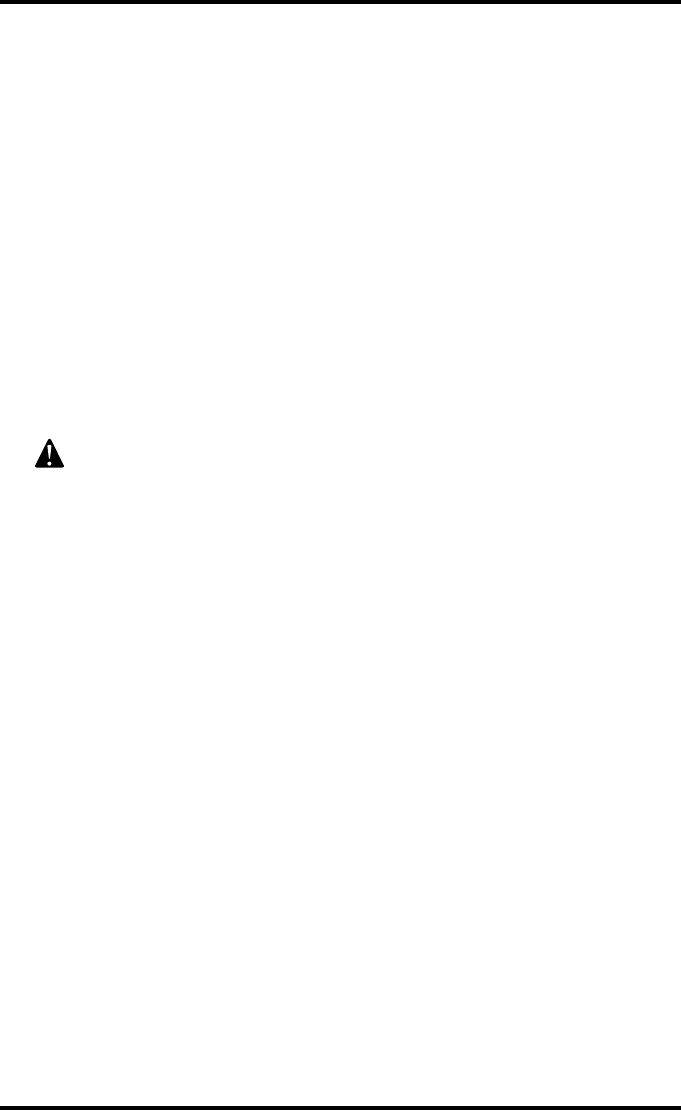
120 2920B EN 20031206
Performing the weekly QC test (Spatial Resolution and Artifact Test)
To identify artifacts and verify spatial resolution you must perform the
following test weekly or as needed to troubleshoot image quality problems.
1Check the QC test image visually for artifacts: no significant disturbing
artifacts should be visible.
2Check the spatial resolution.
The test film also shows three squares which each contains an oval. These 3 ovals
contain 3 groups, each having 5 dots. All five dots of each group must be visible
(use a magnifying glass and optimize viewing conditions).
3Record the results on Drystar 5300 Chart 3 (Drystar 5300 ‘Artifacts and
Spatial Resolution Control Chart’). Refer to Appendix C ‘Quality Control
Charts’ on page 199.
In case of significant artifacts, insufficient spatial resolution or failure of
any other recommended QC tests, the cause of the problem must be
identified, and corrective action must be taken before the Drystar 5300
can be used for any further clinical imaging.
Refer to ‘Maintaining optimal image quality’ on page 101 and ‘Preventive
maintenance’ on page 161, or call your local Agfa service organization
for assistance.
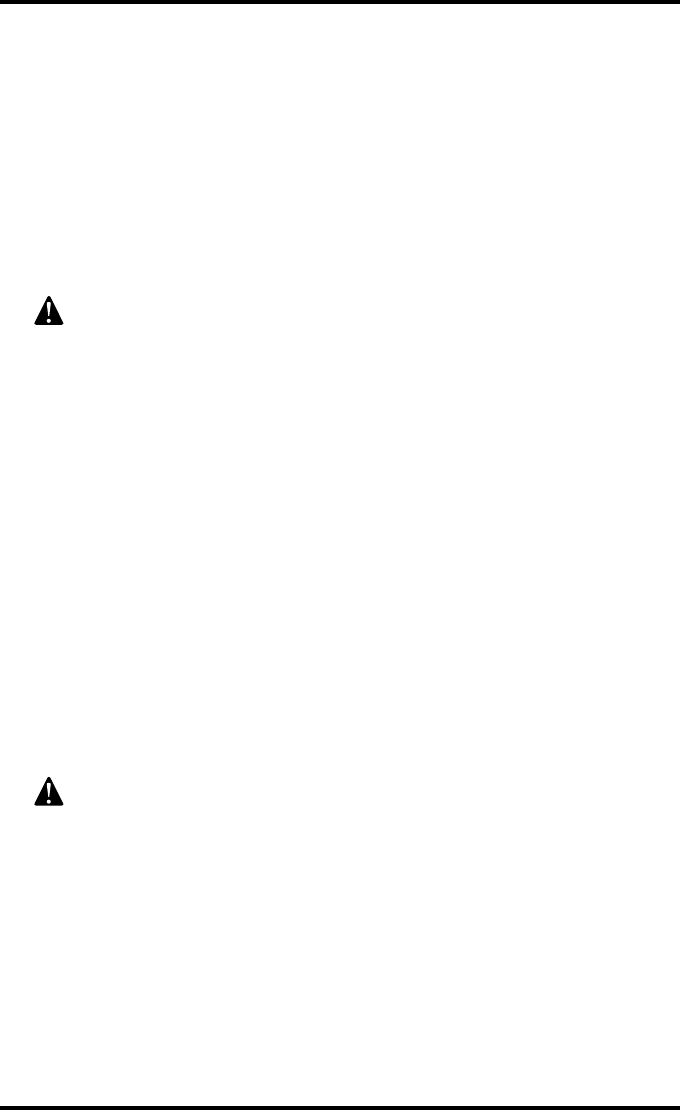
121
2920B EN 20031206
Performing the annual QC test (Geometric Consistency Test)
To be able to notice fluctuations in image size and aspect ratio, you must
perform this procedure once a year.
1First, perform the daily test.
2Use the QC test image of the weekly test and measure the dimensions A and
B of the geometric square. Refer to ‘Establishing the image geometry
reference values’ on page 116.
3Record these values as measured dimensions A and B on the Drystar 5300
Chart 4 (‘Drystar 5300 Geometric Consistency Control Chart’). Refer to
Appendix C ‘Quality Control Charts’ on page 199.
4Compare the A and B values with the reference values Aref and Bref on the
Chart 4 (‘Drystar 5300 Geometric Consistency Control Chart’).
The differences between measured dimensions A and B and the reference values
Aref and Bref should be less than or equal to 1.0%.
5Check for image distortion.
6Calculate the aspect ratio by dividing A by B.
The result must be 1 ± 0.01.
Make sure to measure distance A from the left edge of the left line to the
right edge of the right line and distance B from the upper edge of the
upper line to the lower edge of the lower line.
We strongly recommend using a 30-cm (12-inch) machinist scale with
0.5 mm divisions (1/64 inch).
If the image size or distortion values are outside of limits, contact Agfa
service to solve the problem.
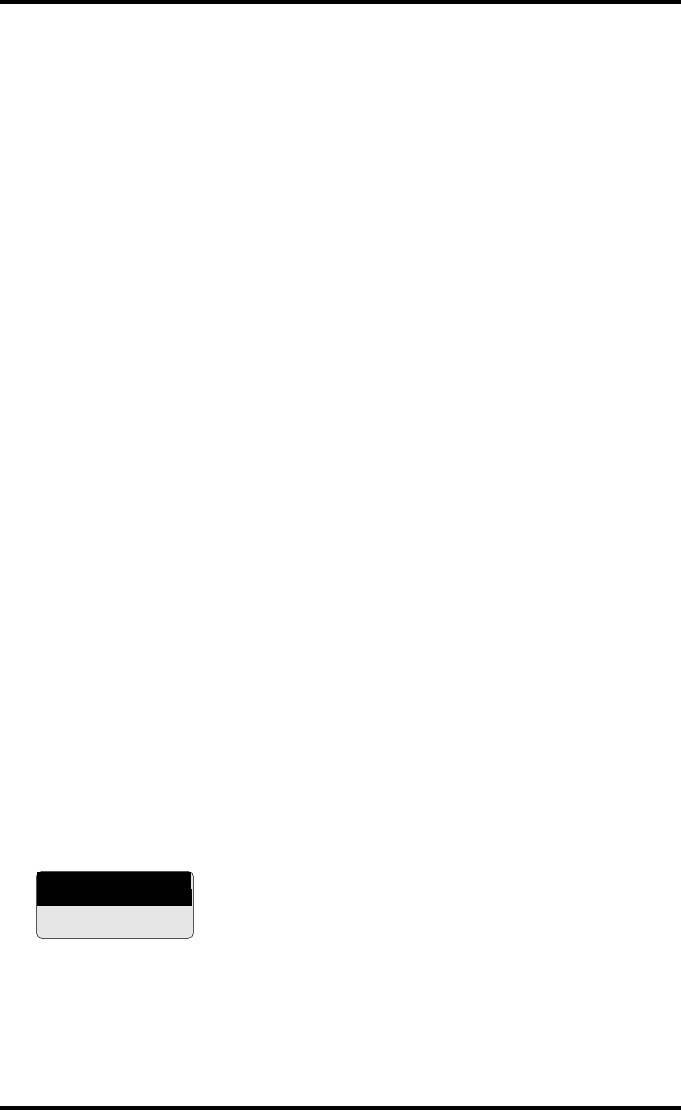
122 2920B EN 20031206
Installation operations
Two installation operations are possible:
•install new software, or upgrade existing software on the internal CF-card:
•‘Software installation from an external CF-card’ (page 123),
•‘Software installation from the previous version on the internal CF-card’
(page 125),
•perform a complete installation procedure, using the printer installation wizard.
Upgrading the software
It is possible to install new software or new software components onto the
internal CF-card.
Different software (components) can be installed:
•language files,
•modality specific files,
•output LUT,
•calibration files,
•...
The new software will be activated after the installation procedure (this may
require a reset operation). The previously installed software components will
be automatically removed when installing new software or new data. A copy
of the previous configuration is saved (as a dataset) on the internal CF-card.
1Press the Key-operator key to enter the key-operator mode.
2On the key-operator main menu, press the Down key eight times, followed by
the Confirm key to select ‘Installation’.
The ‘Installation’ screen will be displayed:
3Press the Confirm key to select ‘Software Installation’.
IN
1 Software
Installation
2Printer
installation
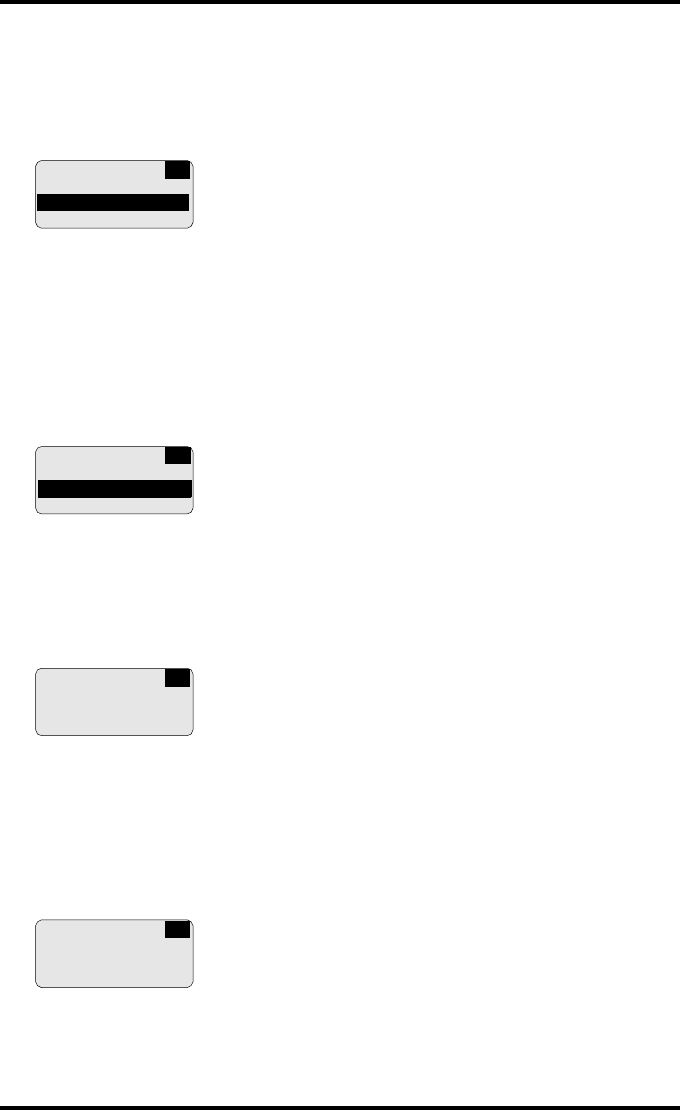
123
2920B EN 20031206
"Before the procedure starts, the system suggests you make a backup
copy of the current configuration. It is highly recommended to do this, so
you can always restore it in case something should go wrong.
The following screen is displayed:
If you want to backup the current configuration on an external CF-card, press the
Confirm key (OK). The printer will perform the ‘Save configuration procedure’ (See
page 95. Note: the complete configuration is saved!).
If you do not want to backup the current configuration, press the Escape key (Skip).
4After the backup is finished (or if you have chosen to skip the backup), the
system will proceed with the actual upgrade.
The ‘Software Installation’ screen will be displayed:
Software installation from an external CF-card
5Press the Confirm key to select ‘External CF-card’.
The ‘Installation from CF-card’ screen is displayed:
6Insert the CF-card.
"Refer to ‘Inserting a CF-card’ on page 21.
"If a wrong CF-card has been inserted, the following message is
displayed:
7If there are multiple dataset files present on the CF-card, a list is shown.
IN
Before install
please make backup
1 OK, make backup
2 Skip backup
IN
SW Installation
from:
External CF-card
Previous SW version
Installation
from CF-card
Insert CF-card
IN
Installation
from CF-card
Wrong card inserted
IN
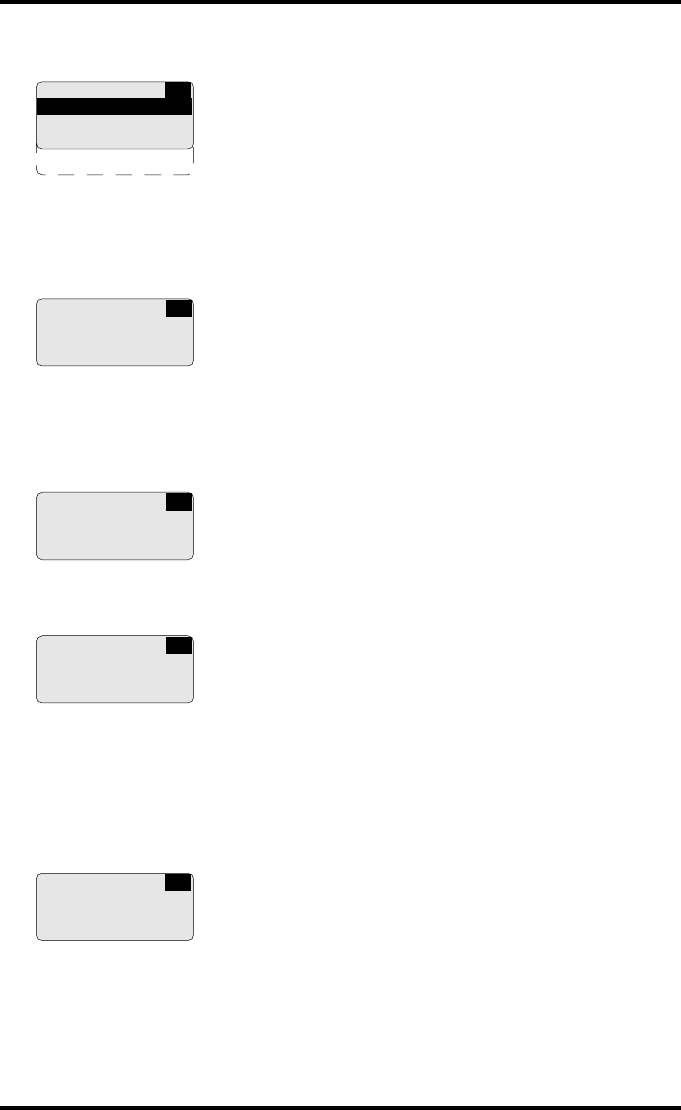
124 2920B EN 20031206
The ‘Select dataset’ screen is displayed:
8Press the up/down arrow keys to select the desired save set file, followed by
the Confirm key.
The following confirmation screen is displayed:
9Press the Confirm key (YES) to proceed with the selected file, or the Escape
key (NO) to quit the procedure without any changes.
The printer restores the configuration from the external CF-card:
When the copying of the save set is finished, the printer will ask you to remove the
CF-card:
10 Remove the CF card.
"Refer to ‘Removing a CF-card’ on page 22.
As soon as the CF-card has been removed, the following screen is displayed (when
necessary):
11 Press the Confirm key to reset the printer. After the reset, the new settings
will be active.
This is the end of the procedure.
Select dataset
Dataset xyz v1.00
Dataset abc v1.00
Dataset def v1.00
etc...
IN
Installation
from CF-card
<Dataset def v1.00>
YES (v) NO (x)
IN
Copying
A:/<path><filename>
to
C:/<path><filename>
IN
Installation
finished
Please remove card
IN
New settings will
be active after
reset
IN
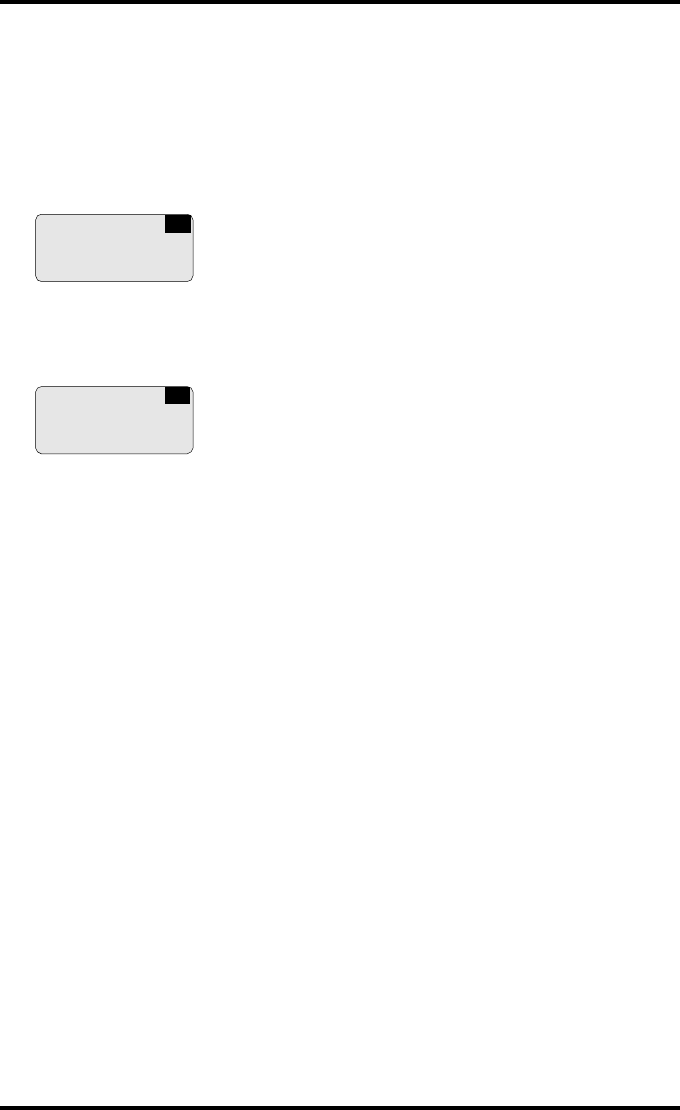
125
2920B EN 20031206
Software installation from the previous version on the internal CF-card
This is the continuation from step 4 on page 123
5Press the down key once, followed by the Confirm key to select ‘Previous SW
version’.
The printer restores the previous SW configuration from the internal CF-card:
6When the copy operation is finished, the following screen is displayed (when
necessary):
7Press the Confirm key to reset the printer. After the reset, the new settings
will be active.
Copying
C:/<path><filename>
to
C:/<path><filename>
IN
New settings will
be active after
reset
IN
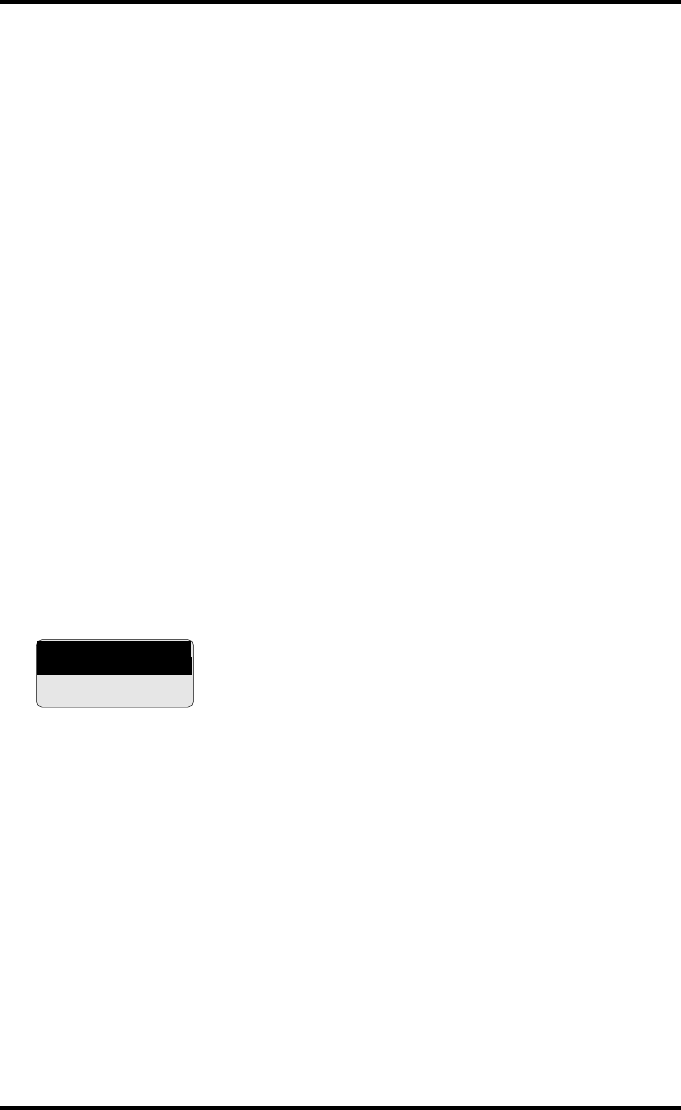
126 2920B EN 20031206
Using the installation wizard
When you install the Drystar 5300, the installation wizard will guide you
through the complete installation procedure.
The installation wizard consists of three steps:
•‘Entering the printer network settings’ (page 129),
•‘Entering modality specific settings’ (page 133),
•‘Saving the configuration’ (page 137).
When you have entered the required data, the installation is complete.
"Although the installation wizard consists of three separate steps, these
steps cannot be performed separately.
"To change the settings once the installation is completed, refer to
‘Changing the configuration settings’ on page 58.
Starting the installation wizard
1Press the Key-operator key to enter the key-operator mode.
2On the key-operator main menu, press the Down key eight times, followed by
the Confirm key to select ‘Installation’.
The ‘Installation’ screen will be displayed:
3Press the down key, followed by the Confirm key to select ‘Printer
installation’.
IN
1 Software
Installation
2Printer
installation
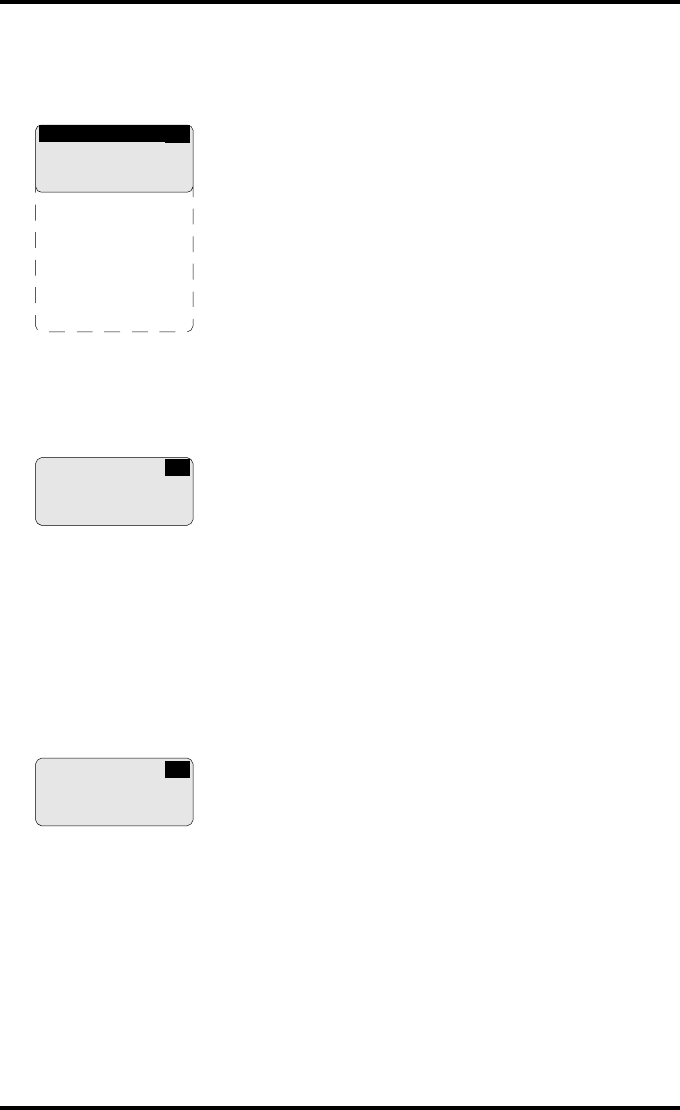
127
2920B EN 20031206
The ‘Language’ screen is displayed with the available languages (only the Western
languages are shown in this manual, contact Agfa for the latest Drystar 5300
language availability status):
The currently active language is marked with a ‘*’.
4Press the up/down arrow keys to select the desired language.
The ‘Date’ screen is displayed:
5Press the up/down arrow keys to increment/decrement the numbers or the
month. Press the left/right arrow keys to move through the digits.
"For more info, refer to ‘Data entry’ on page 27.
6Press the Confirm key to store the data, or the Escape key to quit the
procedure without any changes.
The ‘Time’ screen is displayed:
7Press the up/down arrow keys to increment/decrement the numbers. Press
the left/right arrow keys to move through the digits.
"For more info, refer to ‘Data entry’ on page 27.
8Press the Confirm key to store the data, or the Escape key to quit the
procedure without any changes.
IN
1* English
2 Français
3 Deutsch
4 Nederlands
5 Dansk
6Suomi
7 Svenska
8Norsk
9 Italiano
10 Português
11 Español
etc..
Date:
21- Aug -2003
dd-mmm-yyyy
IN
Time:
11: 48 :50
hh:mm:ss
IN
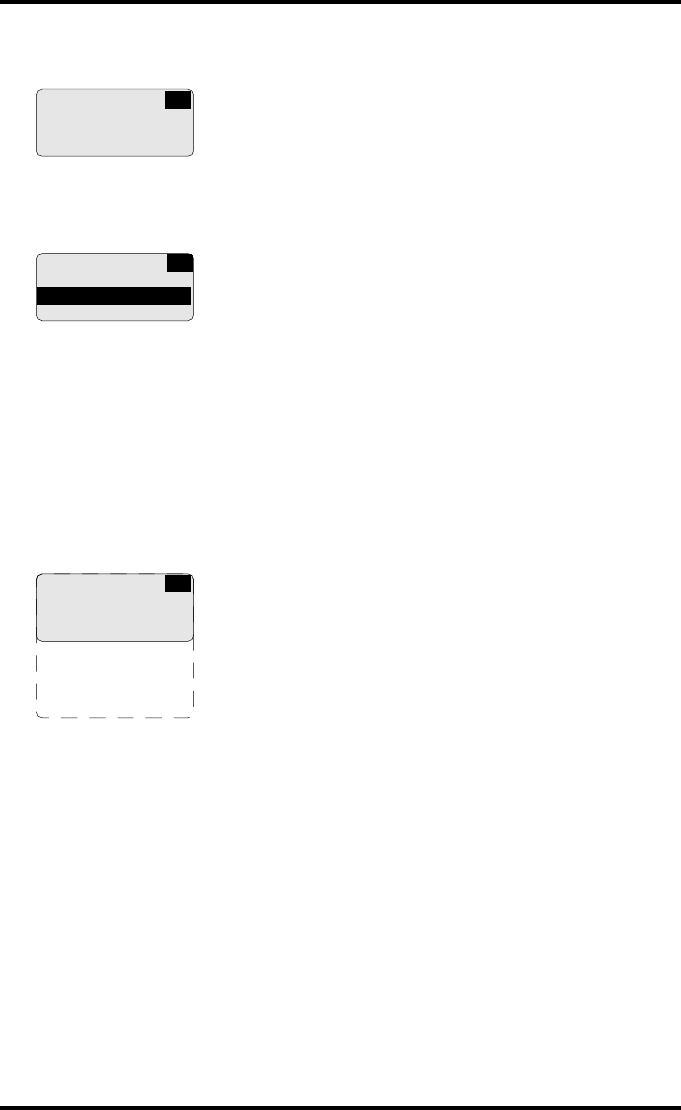
128 2920B EN 20031206
The ‘Printer installation wizard’ screen will appear:
9Press the Confirm key to continue.
The ‘Generation/Preset of parameters’ screen is displayed:
•When you select ‘Automatic’, the Drystar 5300 will try to initialize all parameters
automatically and use them as default values in the following screens. This can
save much time.
•When you select ‘Manual’, you will have to enter all values manually, unless
factory settings are available.
10 Use the arrow keys to select the desired generation method and press the
Confirm key to continue.
A screen with information on the sequence of the steps will appear:
11 Press the Confirm key to start with step 1 or press the Escape key to quit the
procedure.
Installation
wizard will guide
you through the
procedure
IN
Generation/Preset
of parameters
Automatic
Manual
IN
Installation
wizard is divided
into 3 steps:
1 Printer network
settings
2Host specific
settings
3 Save configuration
IN
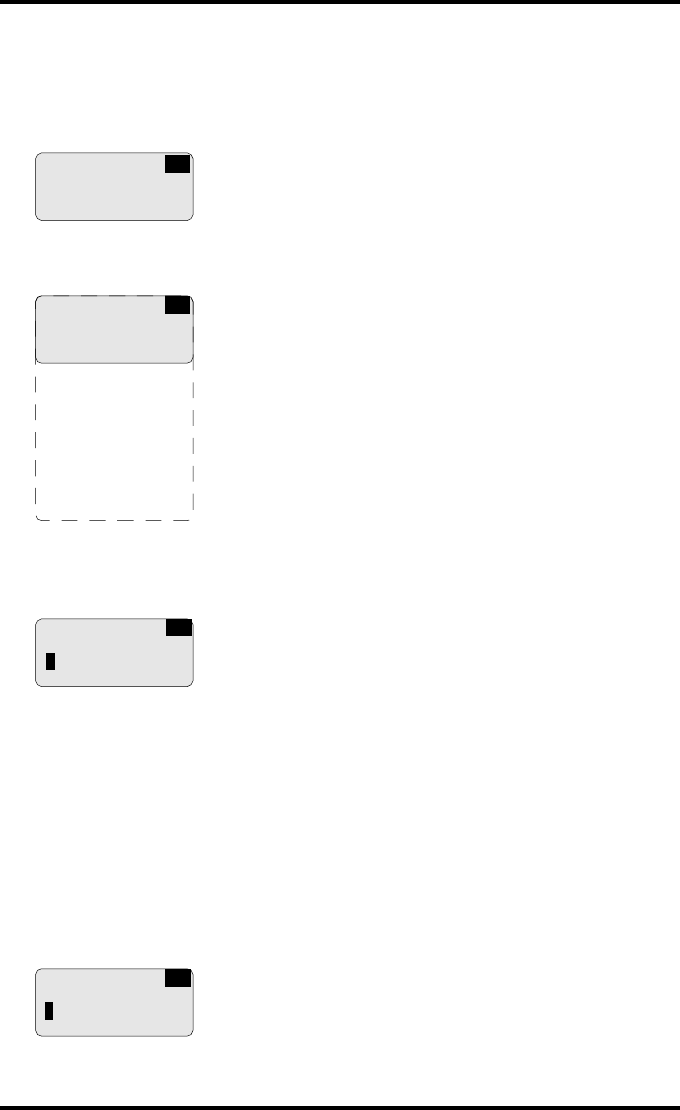
129
2920B EN 20031206
Entering the printer network settings
Some instruction screens will show the information you need to complete this
part of the installation:
1Press the Confirm key to continue.
2Press the Confirm key to continue.
The ‘Printer IP address’ screen is displayed:
If the IP address has already been assigned, it will be shown on the display.
3Press the up/down arrow keys to increment/decrement the numbers. Press
the left/right arrow keys to move through the fields. Press the Confirm key to
store the data.
"Refer to ‘Data entry’ on page 27.
"Note that blank spaces will be ignored (see examples below).
Example 1: if the IP address is 123.001.123.123, then the data entry should be as
follows:
Installation
wizard
Step 1: Printer
Network settings
IN
Information
concerning:
-Printer IP-address
-Service Host IP-addr
-Netmask
in case of subnets
-Router IP address
in case of subnets
-Printer AE_Title
----------------------------
ask network manager
for this info or use
automatic setting
IN
Printer IP addr.:
123.123.123.123
(255.255.255.255)
IN
Printer IP addr.:
123.001.123.123
(255.255.255.255)
IN
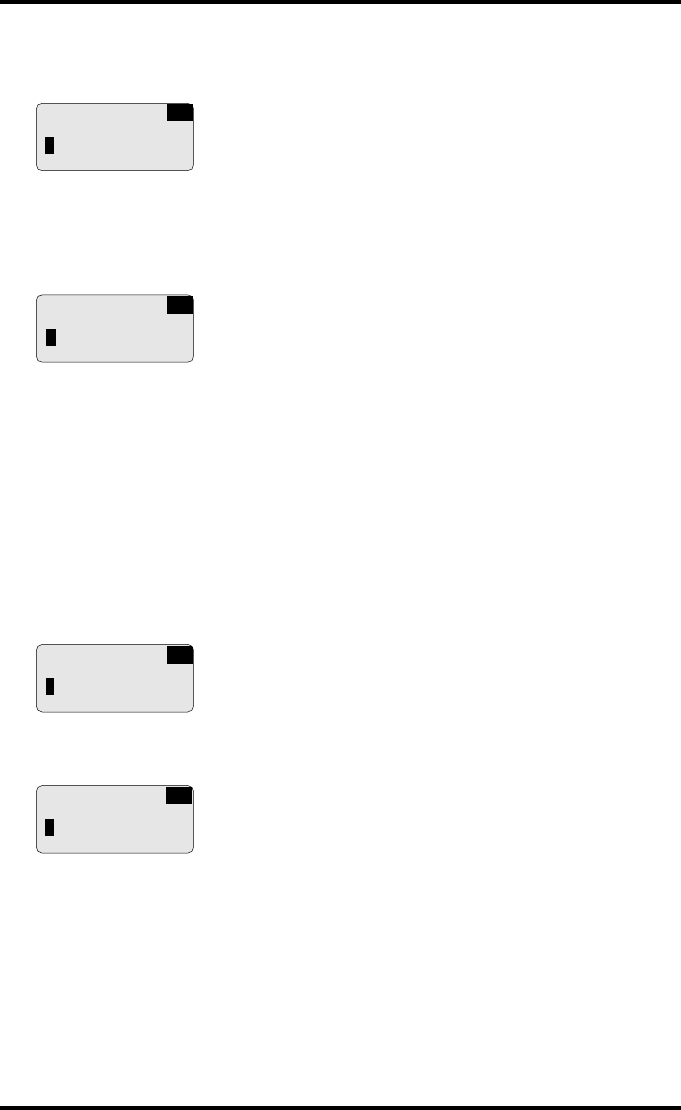
130 2920B EN 20031206
Example 2: if the IP address is 123.1.123.123, then the data entry should be as
follows:
4Press the Confirm key to store the data, or the Escape key to quit the
procedure without any changes.
The ‘Service Host IP address’ screen is displayed:
If the IP address has already been assigned, it will be shown on the display.
5Enter the service host IP address by means of the arrow keys. Refer to ‘Data
entry’ on page 27.
"If no service host PC is installed, press the Confirm key. The service host
IP address will be set to ‘000.000.000.000’.
"Note that blank spaces will be ignored (see examples on next page).
Example 1: if the IP address is 123.001.123.123, then the data entry should be as
follows:
Example 2: if the IP address is 123.1.123.123, then the data entry should be as
follows:
6Press the Confirm key to store the data, or the Escape key to quit the
procedure without any changes.
Printer IP addr.:
123. 1.123.123
(255.255.255.255)
IN
Serv.Host IP addr.
123.123.123.123
(255.255.255.255)
IN
Serv.Host IP add:
123.001.123.123
(255.255.255.255)
IN
Serv.Host IP add:
123. 1.123.123
(255.255.255.255)
IN
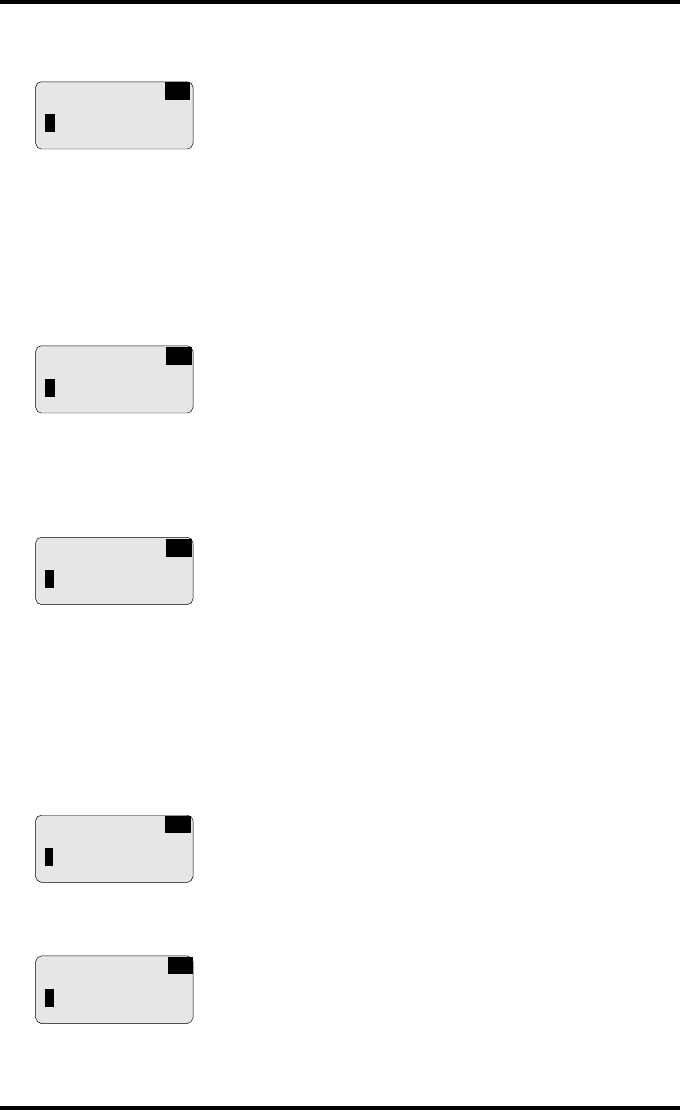
131
2920B EN 20031206
The ‘Netmask’ screen is displayed:
If the netmask has already been assigned, it will be shown on the display.
7Enter the netmask by means of the arrow keys. Refer to ‘Data entry’ on
page 27.
"Note that blank spaces will be ignored (see example).
Example: if the netmask is 255.255.255.0, then the data entry should be as follows:
8Press the Confirm key to store the data, or the Escape key to quit the
procedure without any changes.
The ‘Router IP address’ screen is displayed:
If the Router IP address has already been assigned, it will be shown on the display.
9Enter the Router IP address by means of the arrow keys. Refer to ‘Data entry’
on page 27.
"Note that blank spaces will be ignored (see examples on next page).
Example 1: if the IP address is 123.001.123.123, then the data entry should be as
follows:
Example 2: if the IP address is 123.1.123.123, then the data entry should be as
follows:
Netmask
255.255.255. 0
(255.255.255.255)
IN
Netmask
255.255.255. 0
(255.255.255.255)
IN
Router IP address
123.123.123.123
(255.255.255.255)
IN
Router IP address:
123.001.123.123
(255.255.255.255)
IN
Router IP address:
123. 1.123.123
(255.255.255.255)
IN
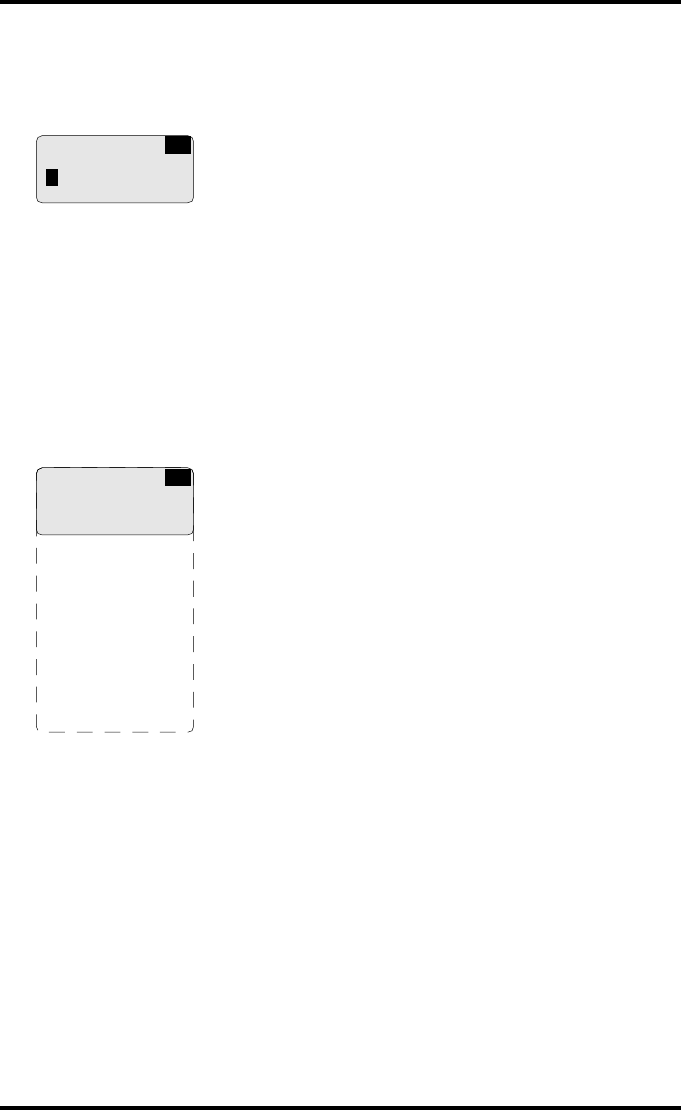
132 2920B EN 20031206
10 Press the Confirm key to store the data, or the Escape key to quit the
procedure without any changes.
The ‘Printer AE_Title’ screen is displayed:
If the Printer AE_Title has already been assigned, it will be shown on the display.
11 Change the Printer AE_Title by means of the arrow keys. Refer to ‘Data entry’
on page 27. Make sure not to enter more than 16 characters.
"Entries are case sensitive.
12 Press the Confirm key to store the data, or the Escape key to quit the
procedure without any changes.
A screen summarizing the information you have entered will appear:
13 Press the Confirm key to go to step 2 of the installation wizard or press the
Escape key to repeat step 1.
Printer AE_Title:
[Drystar ]
(max. 16 char)
IN
Following data
is entered:
Printer IP address:
255.255.255.123
Service Host IP add:
000.000.000.000
Netmask:
255.255.255.255
Router IP address:
255.255.255.145
Printer AE_Title:
Drystar
--------------------------
x Repeat step 1
v Go to step 2
IN
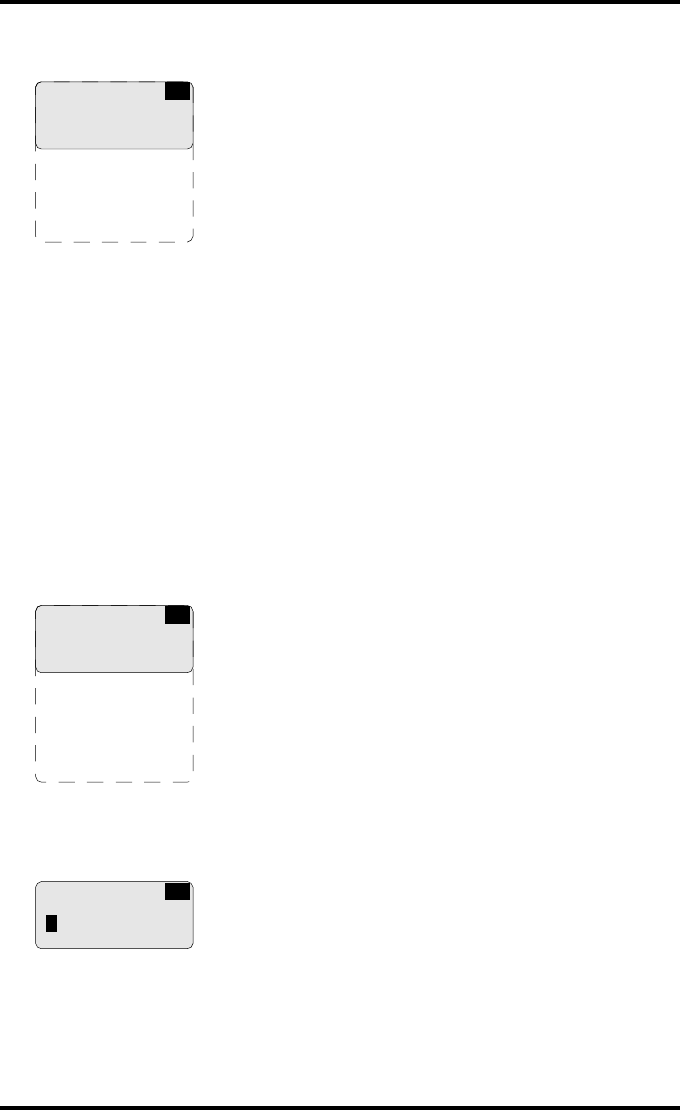
133
2920B EN 20031206
When you have pressed the Confirm key, the following screen will appear:
14 From here on, you can use the Web browser on the remote PC to continue
with the installation wizard. The data entries are the same, but the browser is
easier to ‘manipulate’ than the local keypad.
Press the Escape key to exit the wizard on the local keypad.
Refer to ‘Controlling the Drystar 5300 via a remote PC (with browser)’ on page 139.
15 If you wish to continue with the installation wizard from the local keypad,
press the Confirm key to continue.
Entering modality specific settings
An instruction screen shows the information you need to complete this part of
the installation:
1Press the Confirm key to continue or press the Escape key to skip this step.
The ‘Enter daily used Modality name’ screen is displayed:
2Enter the daily used modality name (nickname) by means of the arrow keys.
Refer to ‘Data entry’ on page 27. Make sure not to enter more than 16
characters.
Step 1 is
finished.
Next step 2:
Modality settings
-------------------------
Press ’x’ to exit the
wizard. You can
continue later via
Browser or keypad.
IN
Information
Concerning:
For all modalities:
- Daily ModalityName
- Modality brand
- Modality type
- Modality AE_Title
-------------------------
ask network manager
for this info
IN
Enter daily used
modality name:
[Drystar_______]
(max. 16 char)
IN
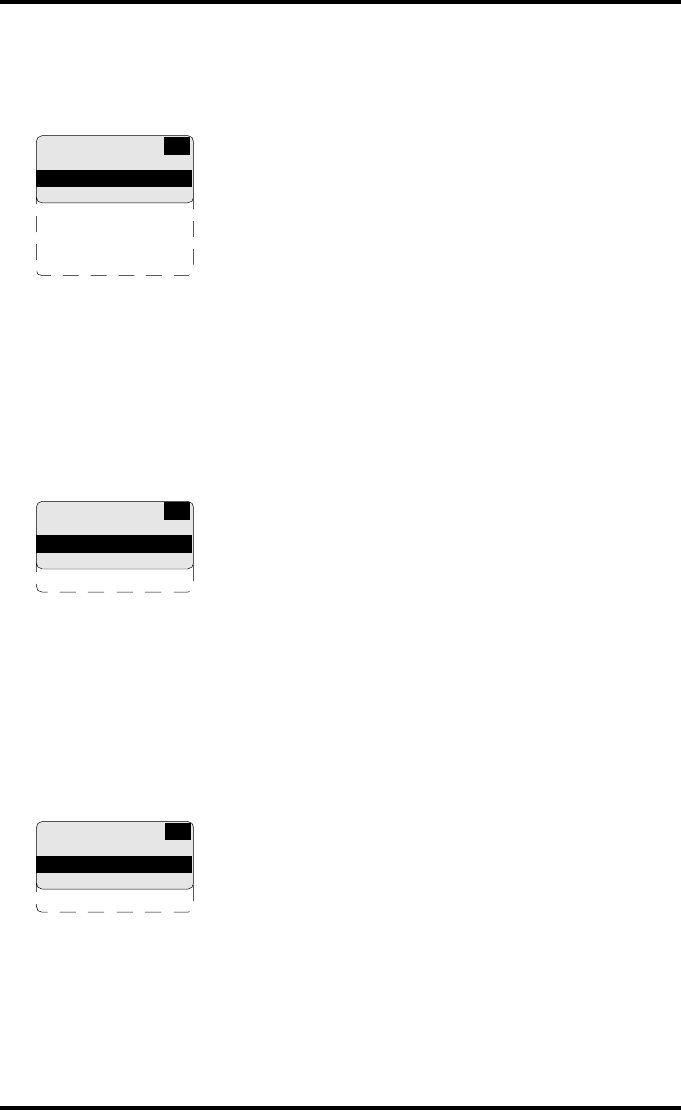
134 2920B EN 20031206
3Press the Confirm key to store the data, or the Escape key to quit the
procedure without any changes.
The ‘Select modality brand name’ screen is displayed:
4Press the up/down arrow keys to select the appropriate modality brand name.
$If you have selected ‘Other’, the modality AE_Title will be linked with the
default settings. Proceed with step 11.
5Press the Confirm key to store the data, or the Escape key to quit the
procedure without any changes.
The ‘Select modality type’ screen is displayed:
6Press the up/down arrow keys to select the appropriate modality type.
$If you have selected ‘Other’, the modality AE_Title will be linked with the
default settings.
7Press the Confirm key to store the data, or the Escape key to quit the
procedure without any changes.
The ‘Select modality AE_Title’ screen is displayed:
8Press the up/down arrow keys to select the appropriate modality AE_Title.
Select modality
brand name:
1Agfa
2 CR entry
3Fuji
4Trixell
5Lumisys
6 Other
IN
Select modality
type:
1VIPS
2 CR entry
3 Other
IN
Select modality
AE_Title:
1 Enter via keypad
2 Modality16char
3 Etc...
IN
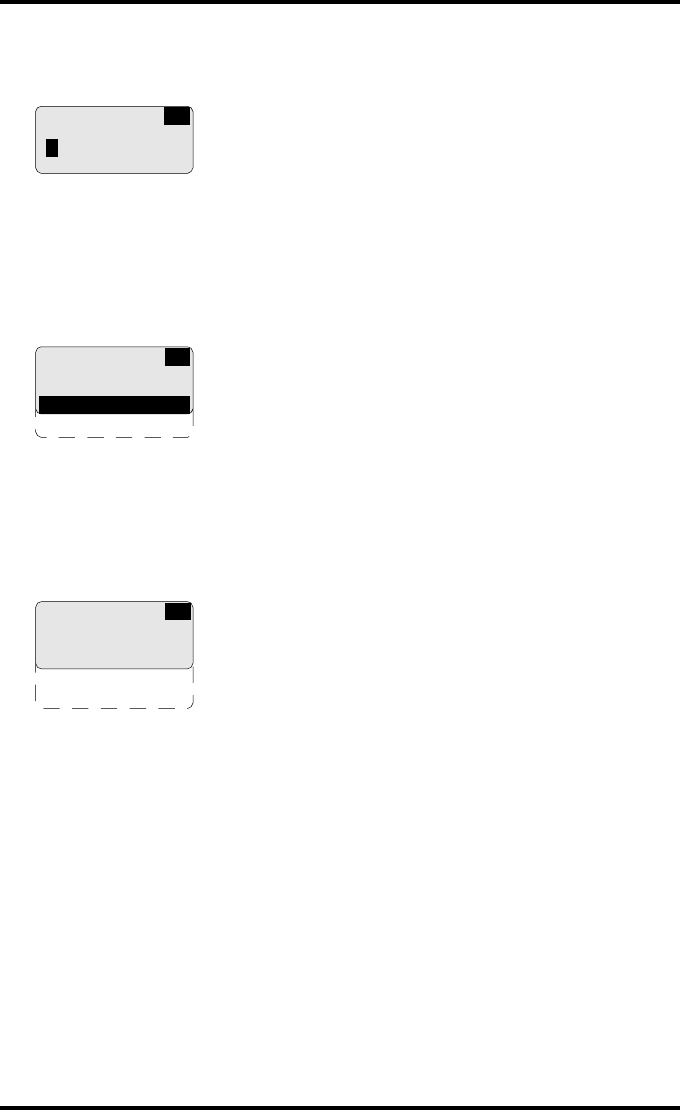
135
2920B EN 20031206
$If you have selected ‘1 Enter via keypad’, the ‘Enter modality AE_Title’ screen
is displayed:
Enter the modality AE_Title by means of the arrow keys. Refer to ‘Data entry’ on
page 27. Make sure not to enter more than 16 characters.
9Press the Confirm key to store the data, or the Escape key to quit the
procedure without any changes.
The ‘Preferred FILM TYPE for’ screen will appear:
"You can find the film type on the film packaging, e.g. ‘DRYSTAR DT2C’.
10 Press the up/down key to select the preferred film type for this modality.
If the current film type in the trays does not match the selected film type, the
following message is displayed:
11 Press the Confirm key to store the data, or the Escape key to quit the
procedure without any changes.
Enter modality
AE_Title:
[Name_____ __]
(max. 16 char)
IN
Preferred
FILM TYPE for:
Modality16char:
Drystar DT2B
Drystar DT2C
IN
Preferred
FILM TYPE for:
Modality16char:
IS CURRENTLY NOT
AVAILABLE IN INPUT
TRAY
IN
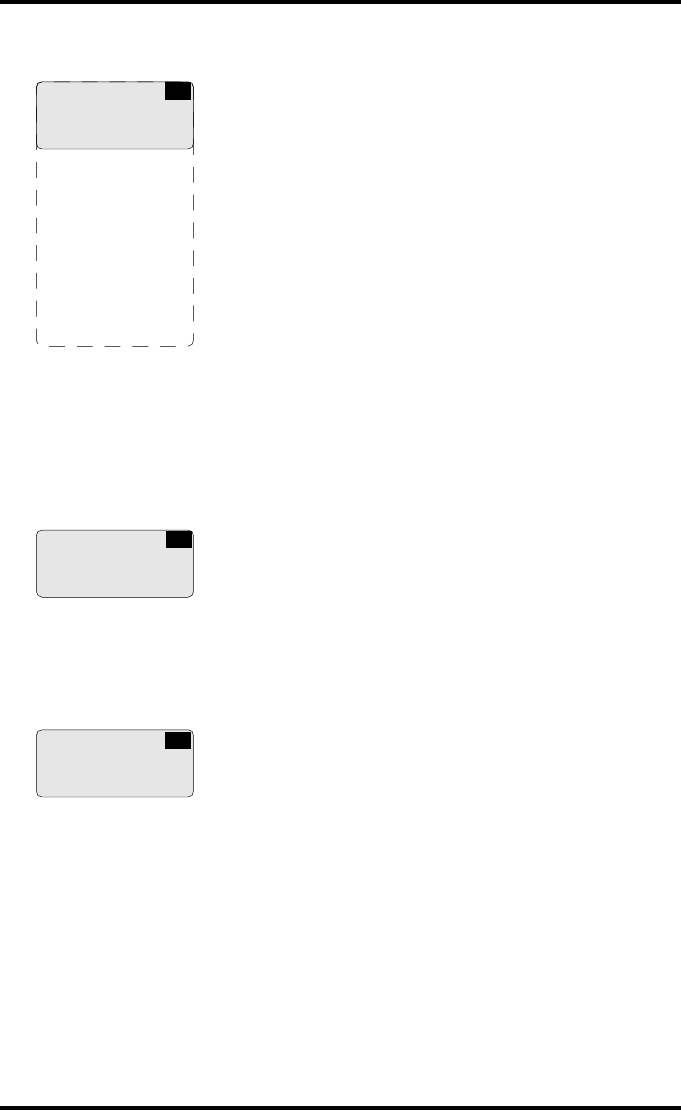
136 2920B EN 20031206
A screen summarizing the information you have entered will appear:
The data entry for the new modality is finished now.
12 Press the Confirm key to continue the installation wizard or press the Escape
key to repeat step 2.
When you have pressed the Confirm key, the printer will ask you if you want
to add another modality:
•If you wish to add another modality, press the Confirm key (YES). You will be
taken back to step 2 to repeat the procedure.
•If you do not wish to add another modality, press the Escape key (NO). The
following screen will appear:
13 Press the Confirm key to continue.
Following data
is entered:
Daily used name:
CTscanner
Brand:
Philips
Modality-type:
EasyVision
Modality AE_Title:
AE 0123456
Preferred film type:
Drystar DT 2B
--------------------------
x Repeat step 2
vOK
IN
Add other
modality?
YES (v) NO (x)
IN
Step 2 is
finished.
Next step 3:
Save configuration
IN
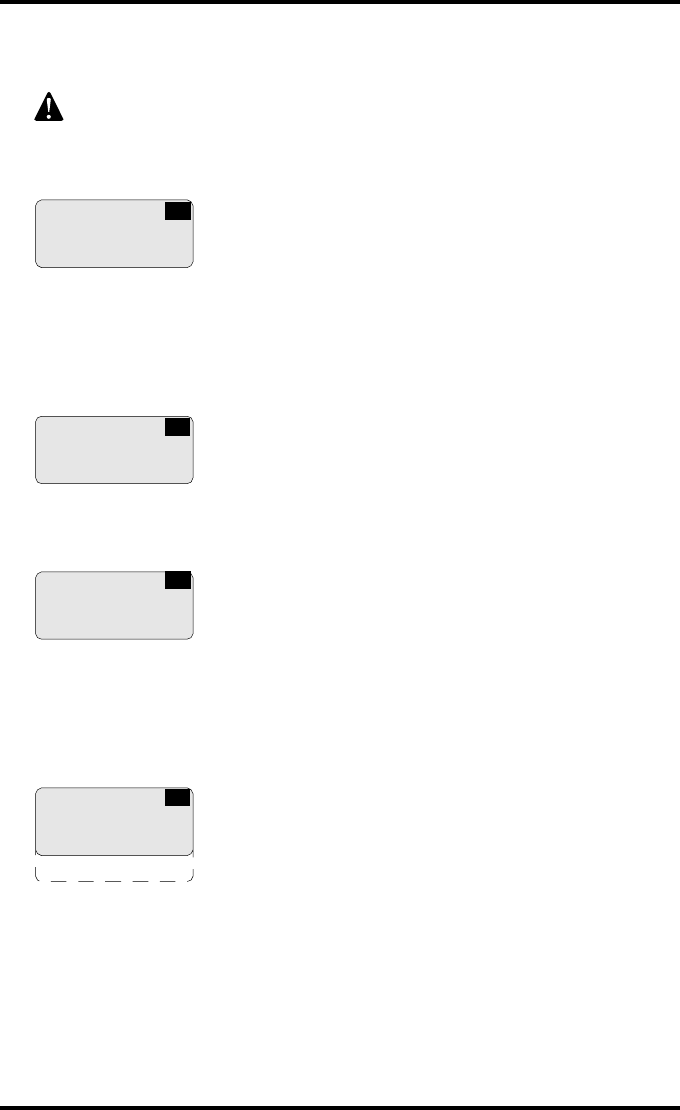
137
2920B EN 20031206
Saving the configuration
A screen will ask you to insert the backup CF-card:
1Insert the CF-card.
"Refer to ‘Inserting a CF-card’ on page 21.
As soon as the CF-card is inserted, the ‘Copy’ screen is displayed.
The printer saves the configuration on the CF-card.
When the writing process has finished, the following screen is displayed:
2Remove the CF-card.
"Refer to ‘Removing a CF-card’ on page 22.
As soon as the CF-card is removed, the following screen is displayed:
3Press the Confirm key.
You need to complete this step, otherwise all the install data you have
entered will be lost!
Save
configuration
Pls. Insert CF-card
IN
Copying
C:/<path><filename>
to
A:/<path><filename>
IN
Save_config
finished
Pls. remove CF-card
IN
Label card with:
’Backup card’
’Serial no: XXXX’
’Date and time:
yyyy-mmm-dd hh:mm:ss
IN
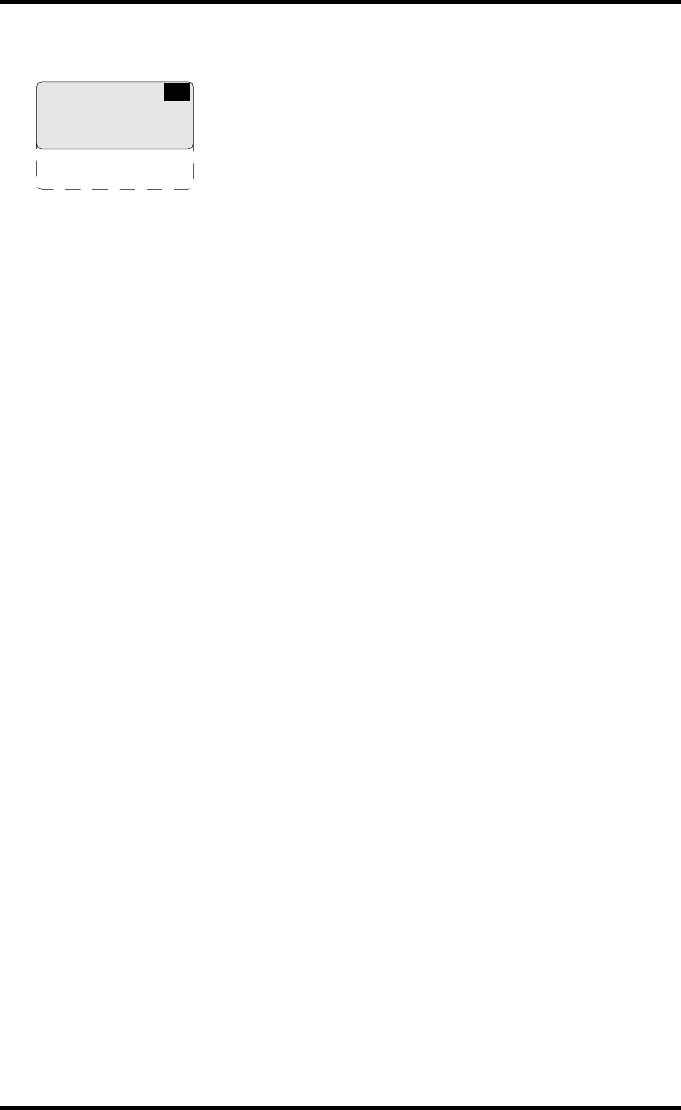
138 2920B EN 20031206
The installation is now finished, and the following screen is displayed:
4Press the Confirm key to accept the installation or press the Escape key to
redo the installation.
Installation
finished.
Please use menu:
Change settings and
Calibration
For further actions
IN
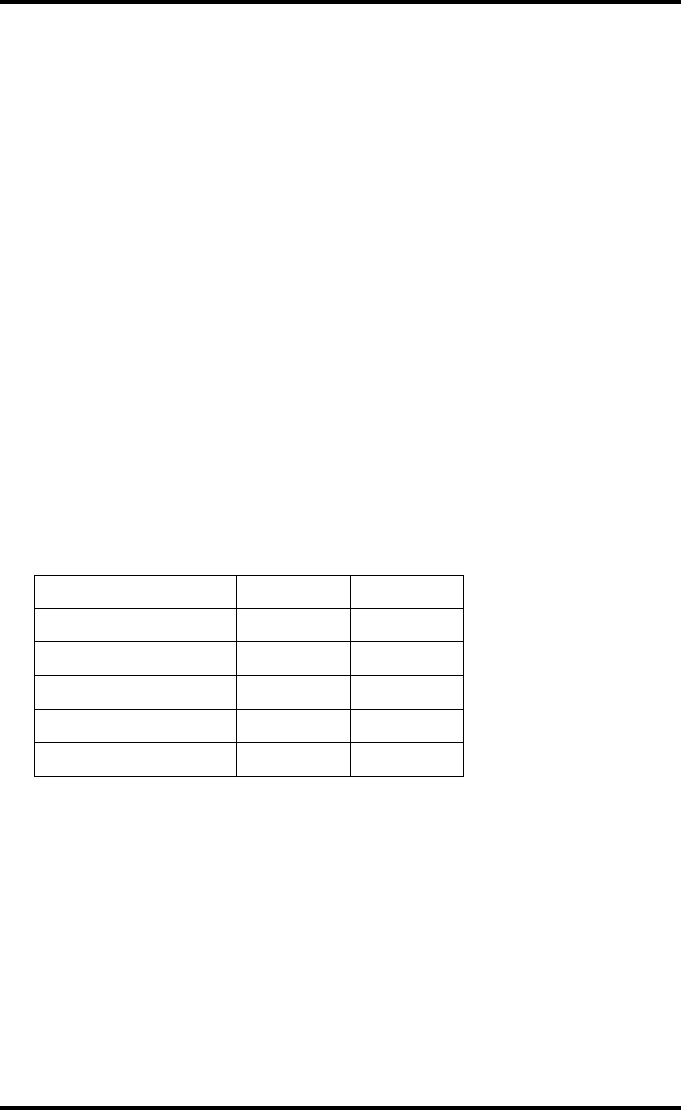
140 2920B EN 20031206
Features
#All functions that can be accessed via the local keypad and display can also
be accessed on a remote PC via the network.
#This remote access allows controlling multiple printers from a networked
central PC.
#The prerequisite for remote access is:
•A PC (Windows 2000 is advised),
•Browser software (preferably Microsoft Internet Explorer 6.0),
•A network adapter,
•A cross-link Ethernet cable (for a direct link between PC and Drystar 5300) or
a straight Ethernet cable (for a connection via an existing network).
#Using the remote PC, you have access to four operating modes of the
Drystar 5300: Key-operator mode, Service mode, Specialist mode, and
Administrator (Security).
Depending on the operating mode, you will need a password to have access:
Need password Local Remote
Operator No –––
Key-operator No Yes
Service ––– Yes
Specialist ––– Yes
Administrator ––– Yes
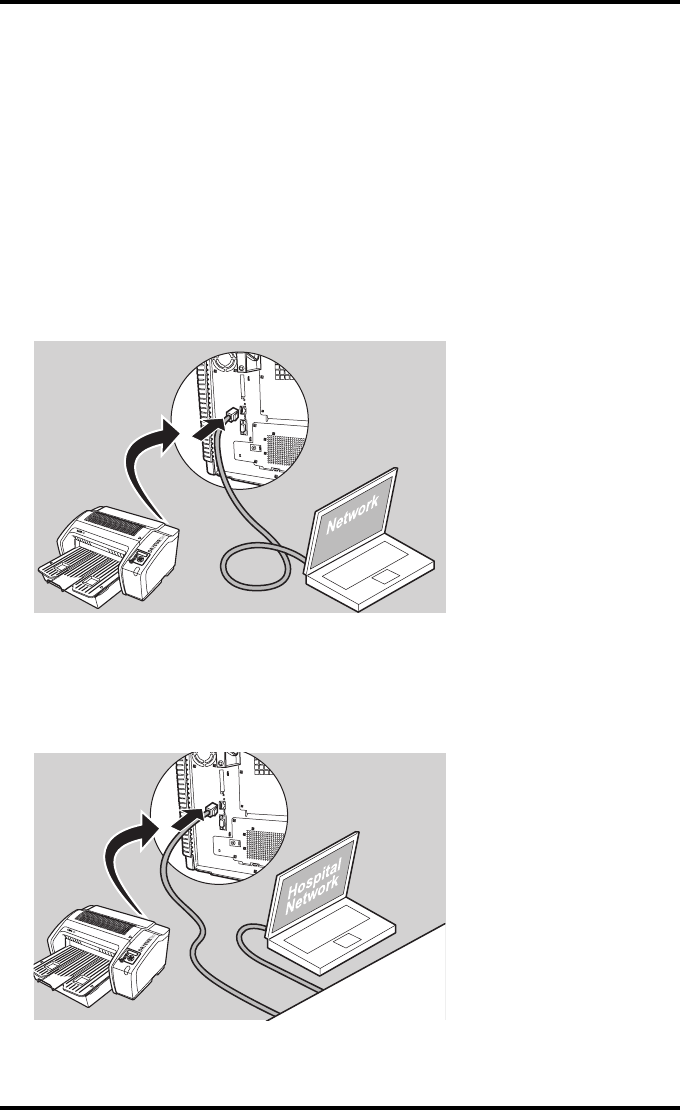
141
2920B EN 20031206
Set up
The Drystar 5300 and the PC with browser can be set up in two ways:
•using a crossed network cable, or
•using a straight network cable.
Configuration with crossed network cable
In this configuration, a crossed network UTP cable is used to connect the
service PC directly to the printer.
Configuration with straight network cable
In this configuration, the PC is connected to the network with a straight
network cable.
Hospital
n
etwor
k
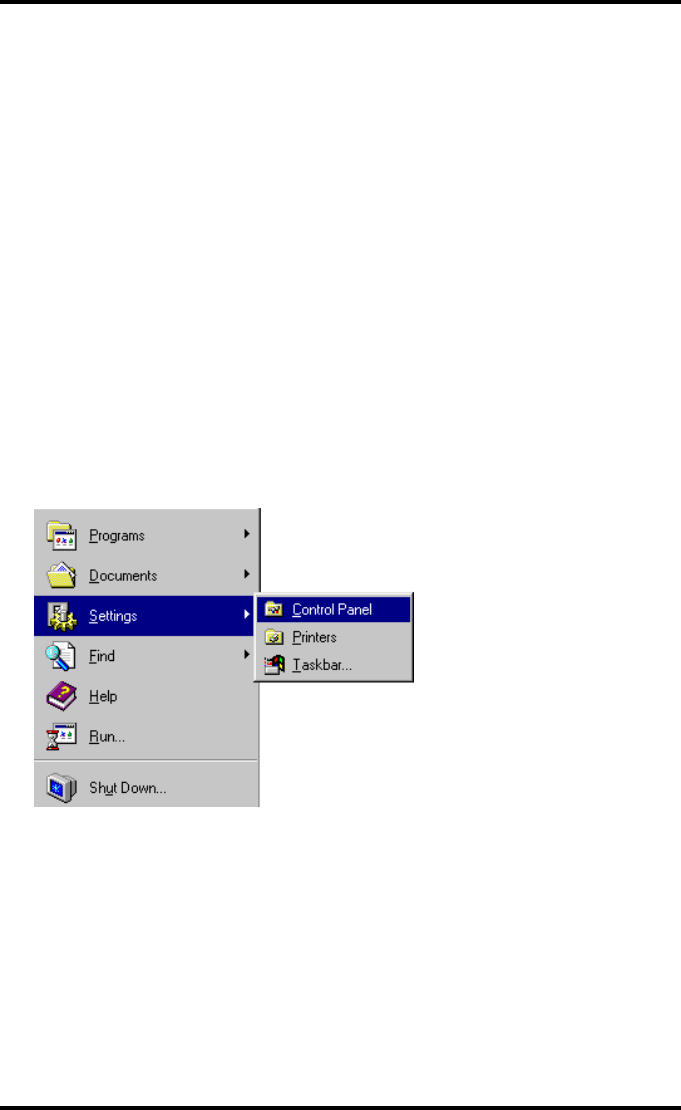
142 2920B EN 20031206
Setting up the connection
Setting up a direct link (configuration with crossed network
cable)
To set up a direct link, you have to follow two procedures:
•Attribute a fixed IP address to the PC,
•Switch off all proxy setting in the browser.
When setting up a link, bare in mind the following important hints:
•Always make the physical connection first,
•Depending on the PC and/or Operating System, a reboot may be necessary in
order to make the new configuration work.
Attributing a fixed IP address to the PC
1Go to Settings via the Start menu of Windows and click Control Panel.
The Control Panel menu will appear.
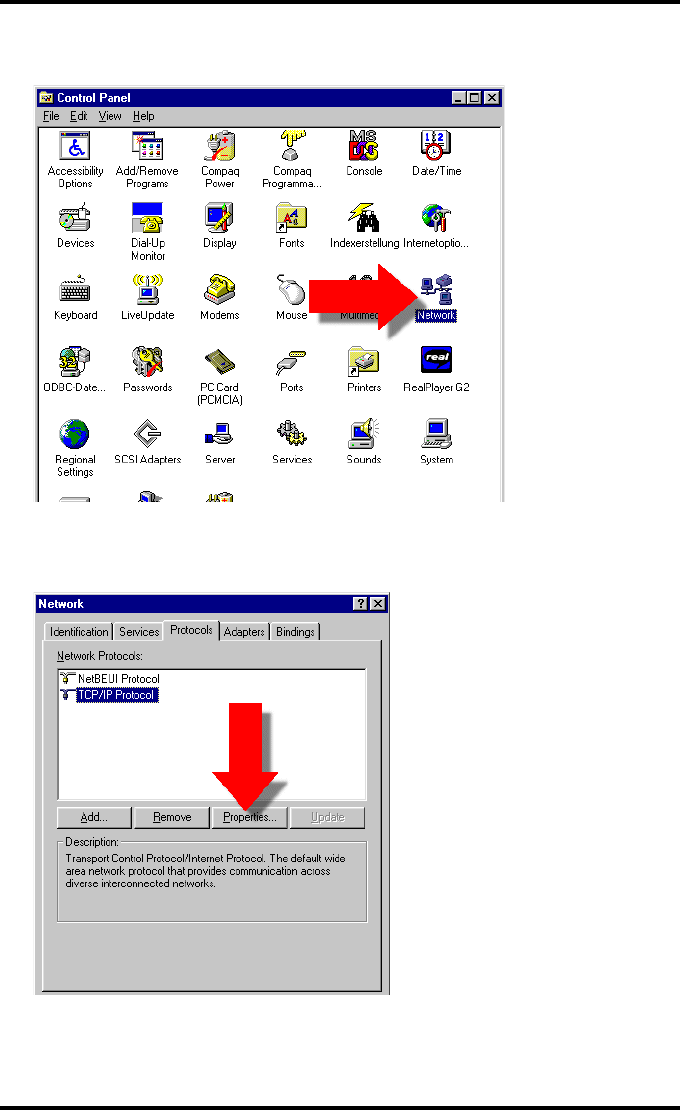
143
2920B EN 20031206
2In the Control Panel menu, double-click Network.
3In the Network window, select TCP/IP Protocol, select the Protocols tab, and
click Properties.
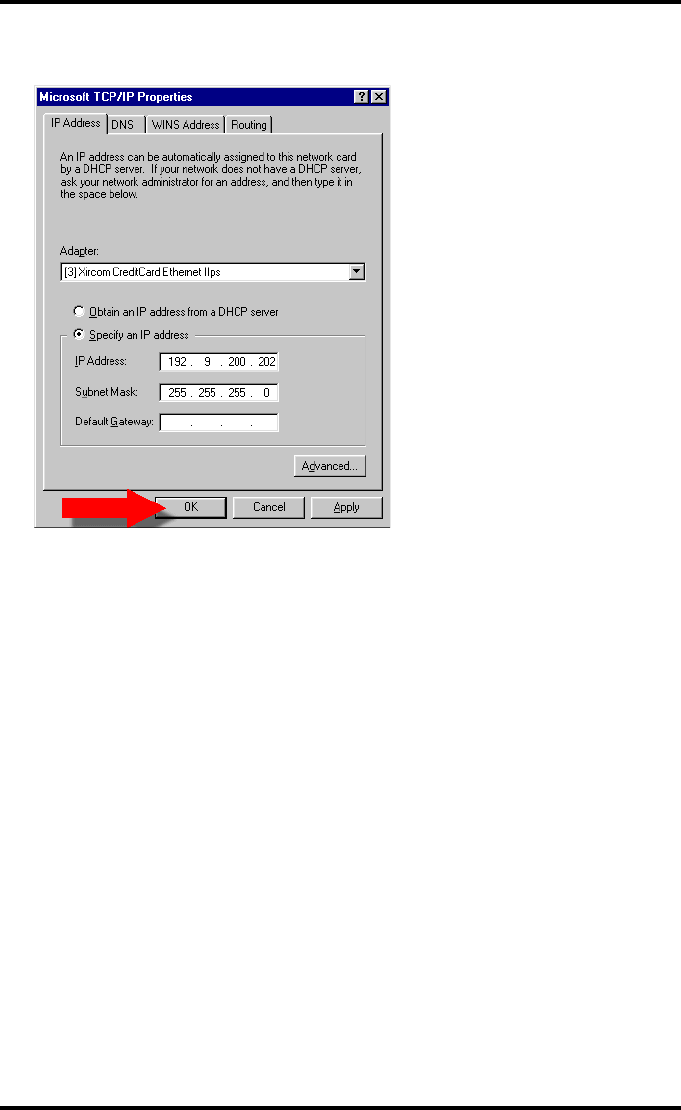
144 2920B EN 20031206
4Specify IP address and subnet mask and click OK.
Switching off the proxy settings of the browser
1Open the browser.
2In the Tools menu, click Internet Options.
The Internet Options window will appear.
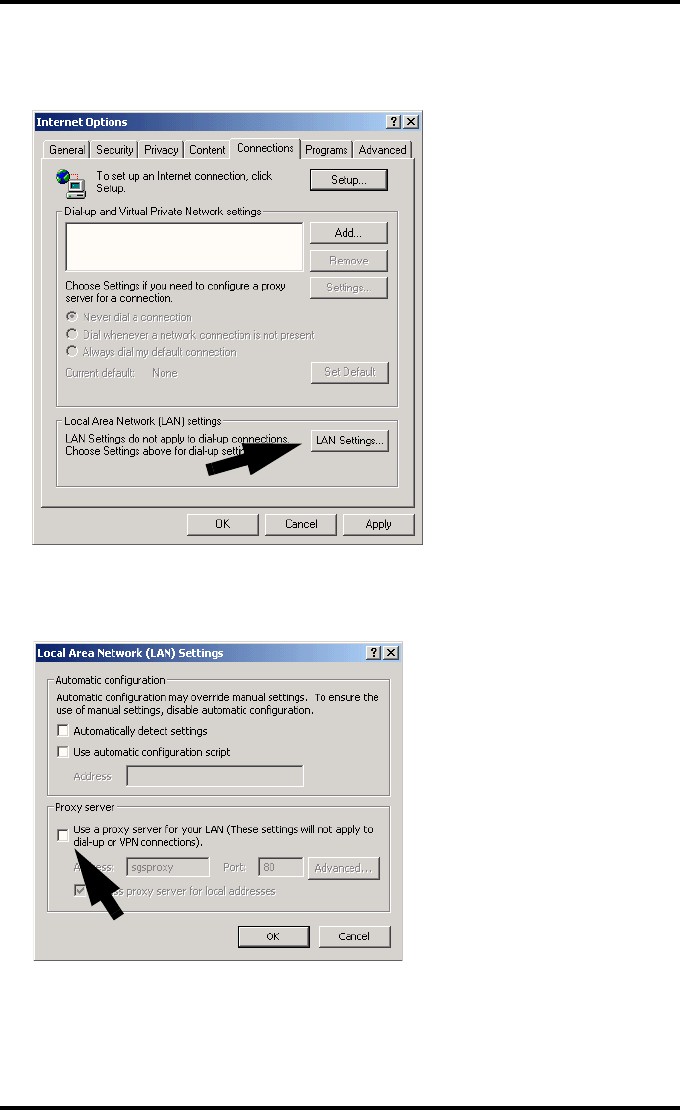
145
2920B EN 20031206
3In the Internet Options window, go to the Connections tab and click LAN
Settings.
The Local Area Network (LAN) Settings window will appear.
4Switch off all proxy settings of the browser and click OK.
The PC is ready to make a connection. Refer to ‘Starting the remote session’ on
page 147 for more information.
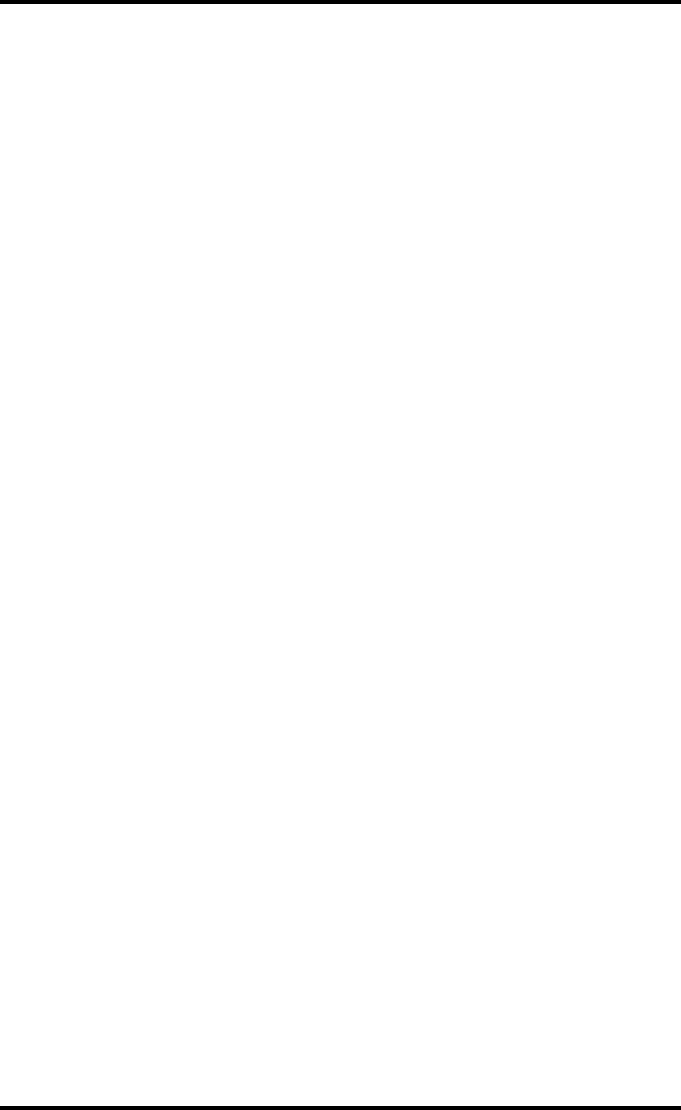
146 2920B EN 20031206
Setting up a link through a network (configuration with straight
network cable)
Attribute a fixed and available IP address to your PC. Refer to ‘Attributing a
fixed IP address to the PC’ on page 142.
The PC is ready to make a connection. Refer to ‘Starting the remote session’ on
page 147 for more information.
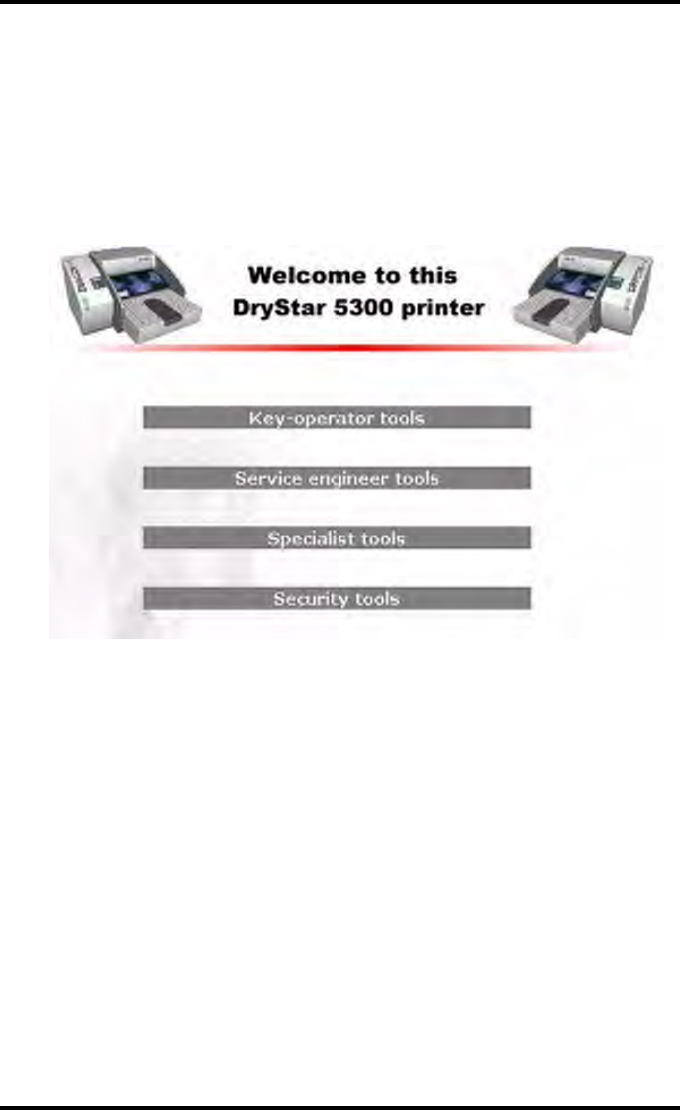
147
2920B EN 20031206
Starting the remote session
Starting the remote session
To start the remote session, enter the Drystar 5300 IP address in the Address
bar of the browser.
The Browser welcome page appears:
There are four access levels: Key-operator, Service Engineer, Specialist and
Security. Each level has its own user name and password.
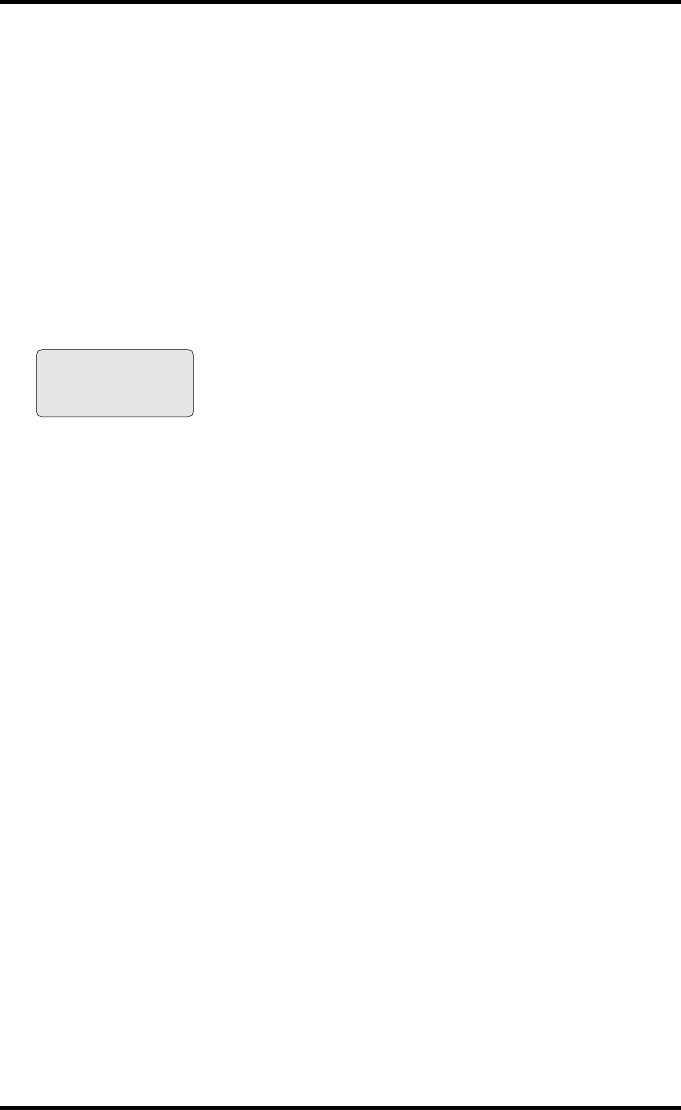
148 2920B EN 20031206
Entering the Key-operator level
To enter the Key-operator level, click Key-operator tools and enter the
following user name and password:
•User name: Drystar
•Password: 5300
You now have access to the Drystar 5300 functions in the key-operator mode.
"Only one session is active at one time on one printer.
"A remote session disables the local keypad and display. While you work
remotely, the following screen is displayed:
"The menu structure and the browser screens are structured in the same
way as the local display of the printer.
"The screens are English only.
"The functionality of some features is extended via remote access. For
example, you can:
•print TIFF-images which are “residing” on the remote PC,
•enter site-specific information,
•save and restore configuration datasets on/from the remote PC.
"Do not use the Back and Forward buttons of your browser. Use the links
included in the web pages instead.
Remote access active
Local keypad is
disabled during this
session
Flashing
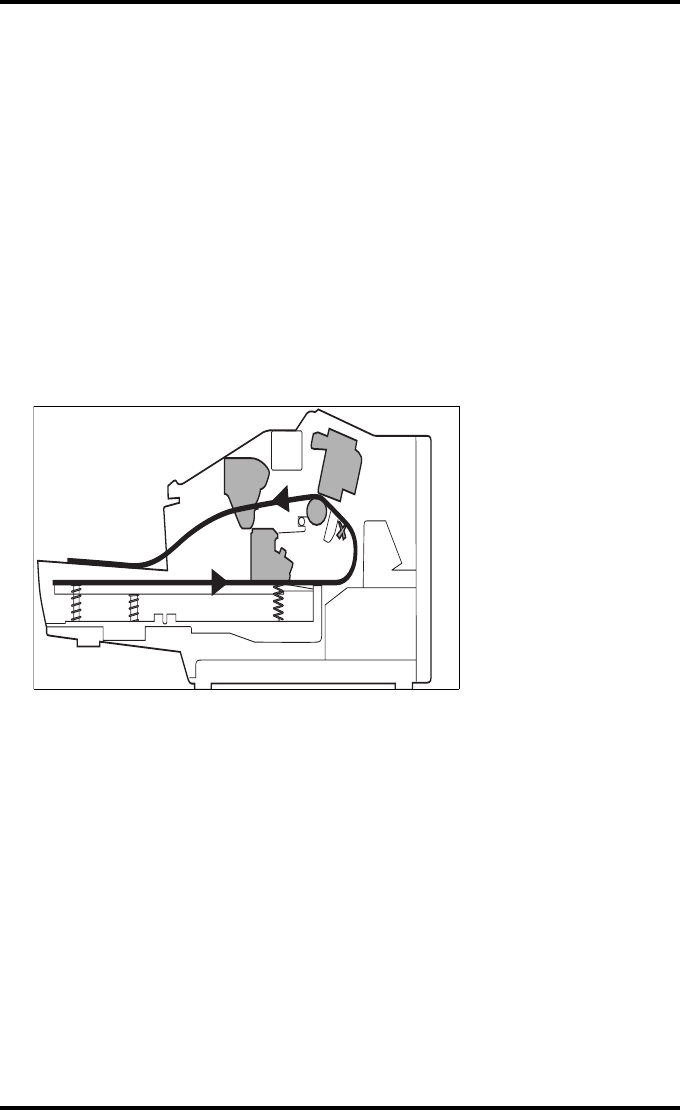
151
2920B EN 20031206
Functional description
The Drystar 5300 consists of two functional blocks: a controller and a print
engine.
The controller
•captures the incoming digital data and stores the image on a CF-card,
•composes the different images, and
•generates the appropriate print engine control signals.
The print engine receives the image data from the controller, drives the film
through the device and produces black & white hardcopy prints.
The figure below illustrates how the film is transported through the printer.
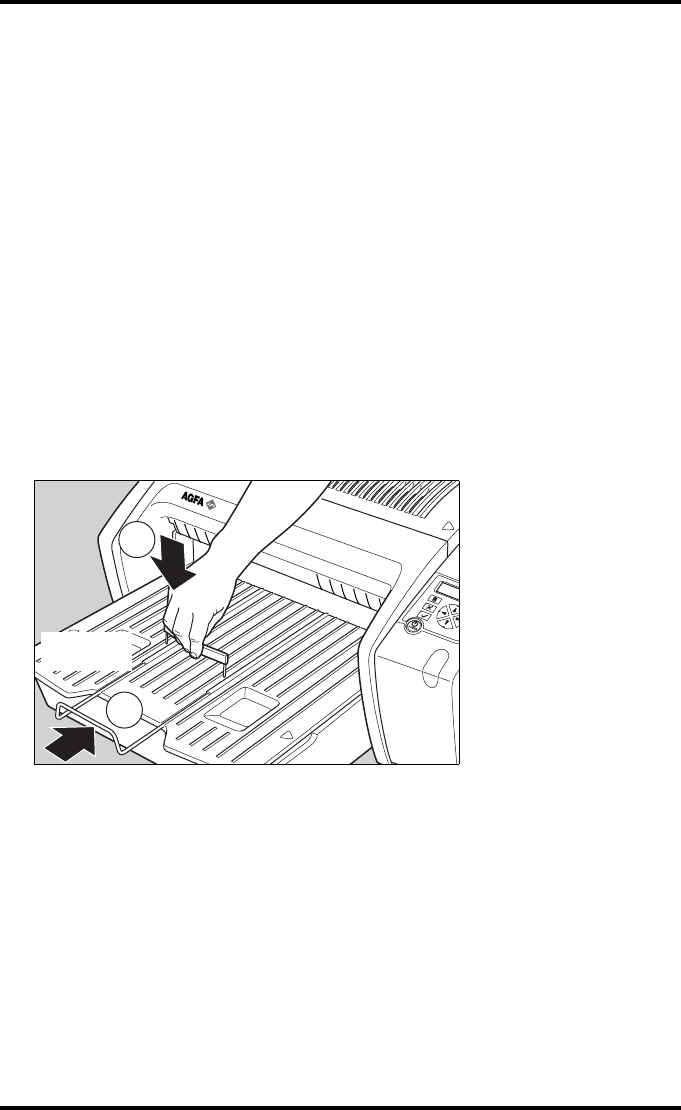
152 2920B EN 20031206
Changing the film format of the trays
The key-operator can adjust the film size setting for both the input tray and
the output tray (either 14x17” or 11x14”).
First, the key-operator has to perform a mechanical modification. After this
modification, the ‘film format’ parameter is automatically read from the Film
Identification tag when the new film pack is loaded.
"By default, the Drystar 5300 is configured for 14x17”. The paragraphs
below describe the procedure to change the configuration to 11x14”. The
procedure for changing the configuration from 11x14” to 14x17” is similar.
Proceed as follows to perform the mechanical modification:
1Take the output tray adjustment tool, and push it down into the output tray
holes to unlock the bracket position. Push the bracket forward until it clicks.
Remove the output tray adjustment tool.
1
2
Click!
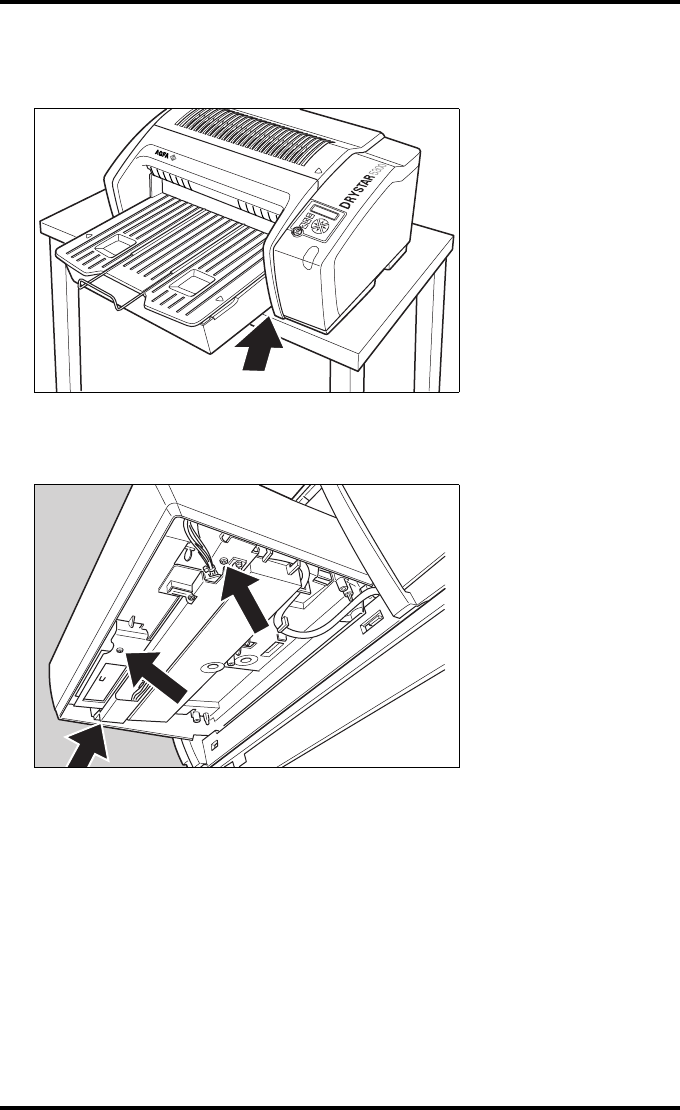
153
2920B EN 20031206
2Place the Drystar 5300 with its input tray over the edge of the table, to
facilitate access to the bottom of the tray, as illustrated below:
3Take a cross head screwdriver and remove the 3 screws underneath the
input tray, as illustrated below:
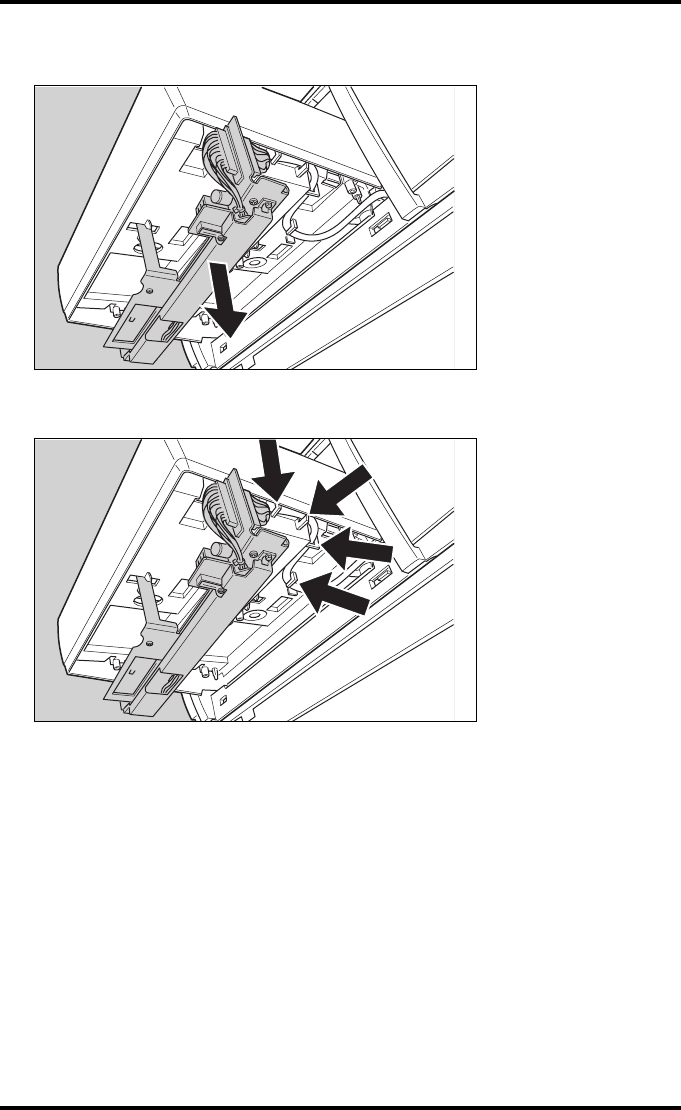
154 2920B EN 20031206
4Lower the film positioner unit.
5Remove the film positioner cable out of its retainers.
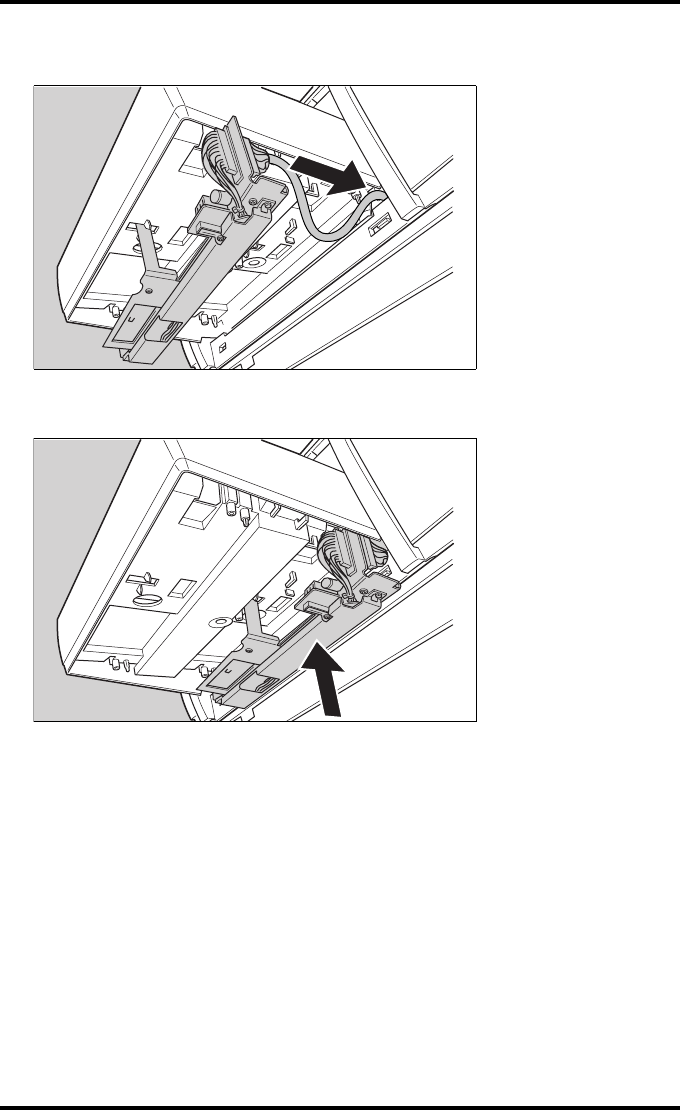
155
2920B EN 20031206
6Push the film positioner cable into the Drystar 5300 housing.
7Put and hold the film positioner into its new place.
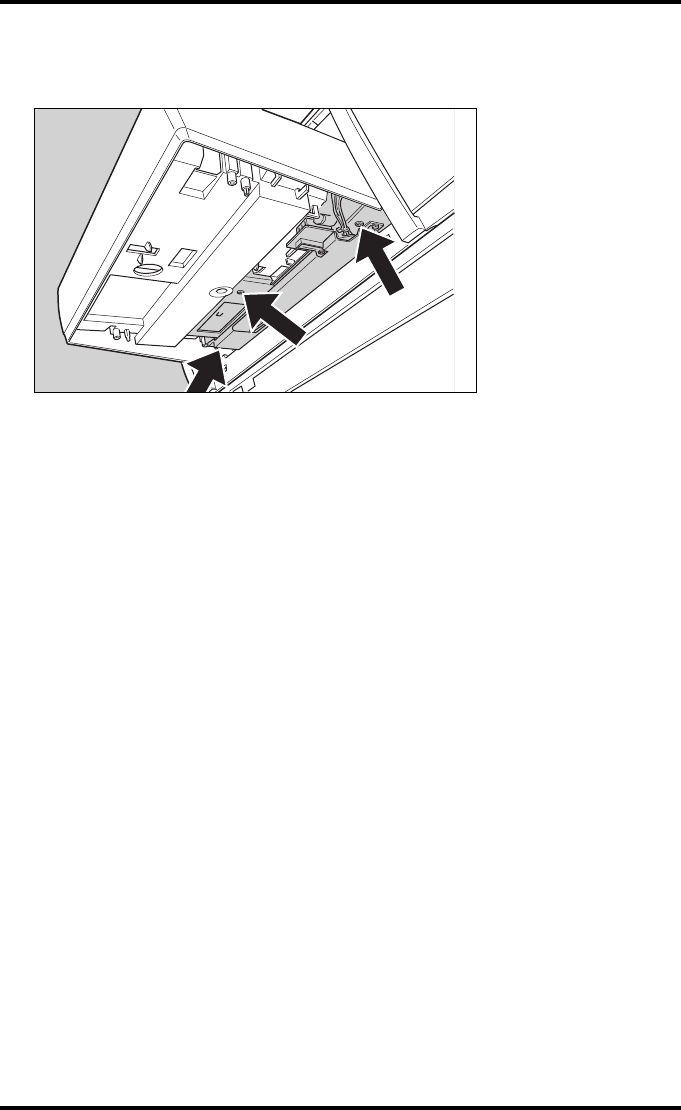
156 2920B EN 20031206
8Using the cross head screwdriver, remount the 3 screws to fix the film
position unit.
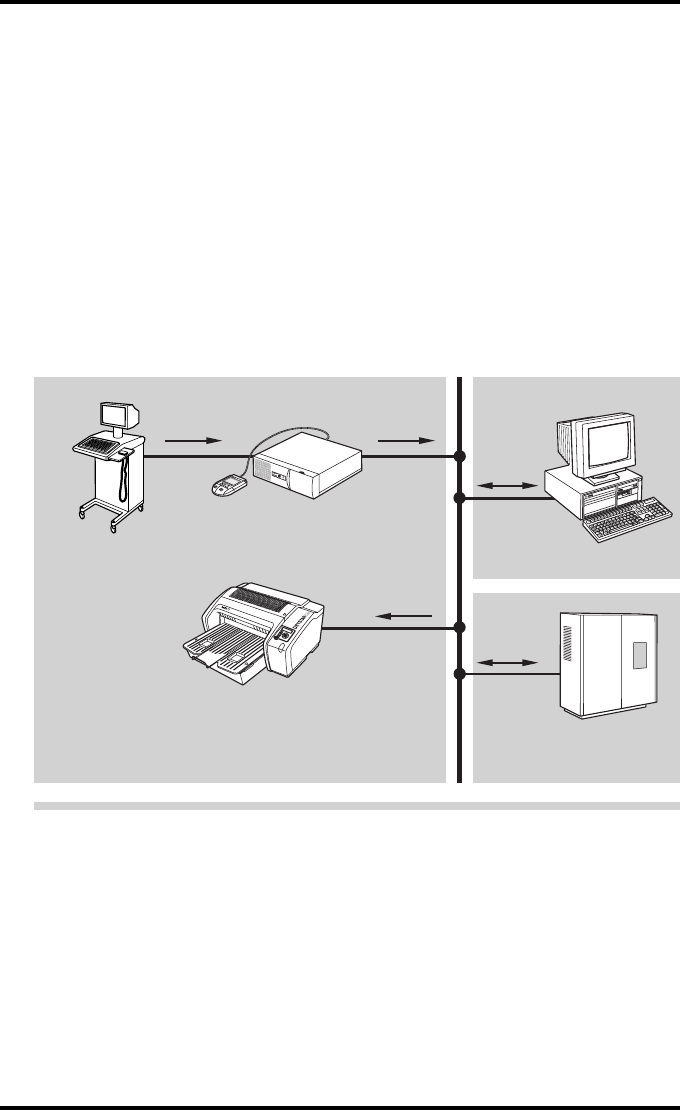
157
2920B EN 20031206
Drystar 5300 network configuration
The Drystar 5300 is a standard network printer. This means that you can just
plug it into the (existing) ethernet network without any additional options or
accessories. Drystar 5300 is also a native DICOM printer. Therefore the
standard DICOM protocol can be used as network protocol, and again
without any additional options or accessories the printer will be able to
process and print the DICOM files.
In this network configuration the Drystar 5300 is of course fully compatible
with all other AGFA imaging system components, including the CR digitizers,
CR workstations, image buffer components, Paxport and the entire line of
Impax stations.
"In extreme applications it might be necessary to add a multiflex to provide
extra buffering for the printer.
"In case a Paxport is used, this device can also be used to do the
buffering. In this case the Paxport has two functions: buffer and DICOM
convertor.
"Please contact AGFA representative for more information.
Paxport
Modality
Drystar 5300 Storage device
ADC QS on PC
Network
Images
Example of Drystar 5300 in a network configuration
*
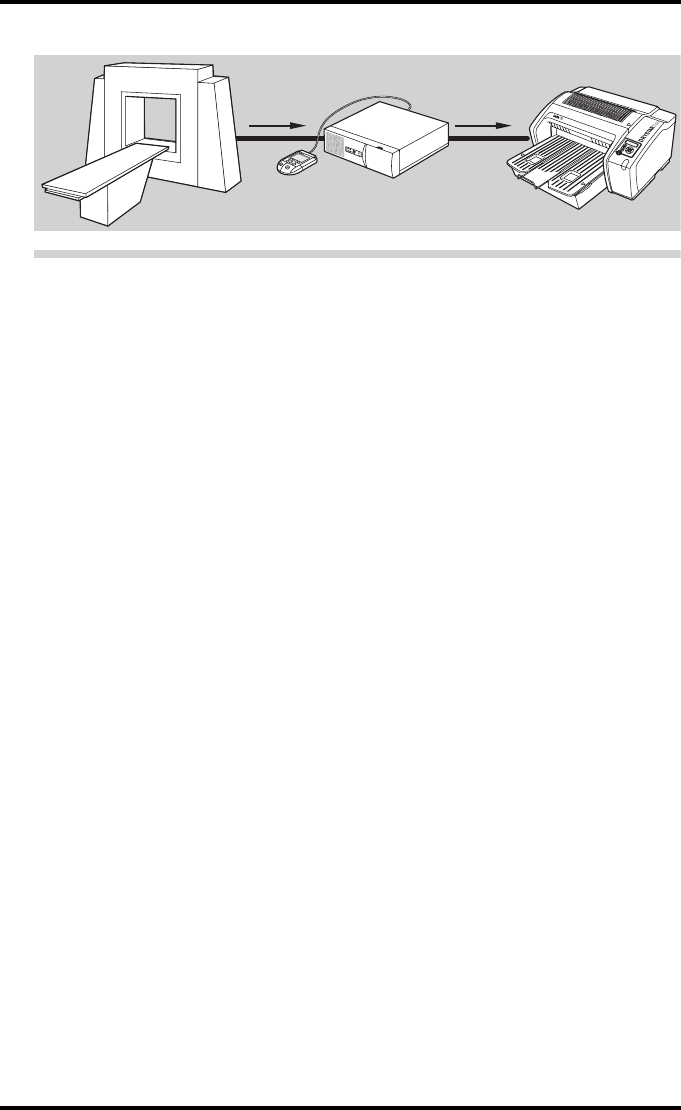
158 2920B EN 20031206
* Paxport is required if the modality is not a DICOM modality.
Paxport
Example of Drystar 5300 in a point-to-point configuration
Modality Drystar 5300
*
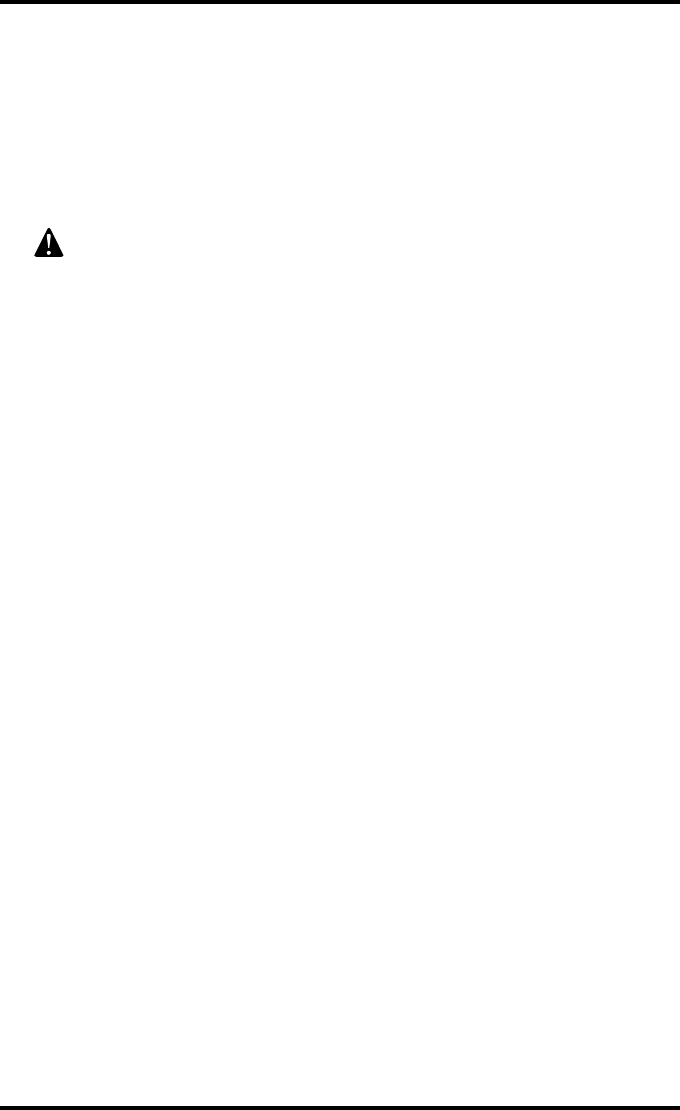
159
2920B EN 20031206
Transport after installation
The Drystar 5300 is quite compact, so moving the printer over a short
distance - if required - can be done in a convenient way.
"Refer to ‘Safety precautions’ on page 8.
•The Drystar 5300 should always be transported by two persons,
•Never lift the Drystar 5300 by the output tray,
•Make sure the Drystar 5300 is placed on a stable, hard surface table.
1Switch off the Drystar 5300 (refer to ‘Switching off the Drystar 5300’ on
page 30).
2Disconnect the cables.
3Move the Drystar 5300 to its destination (2 persons!).
4Reconnect the cables.
5Switch Drystar 5300 on (refer to ‘Switching on the Drystar 5300’ on page 28).
Always keep in mind the following safety guidelines:
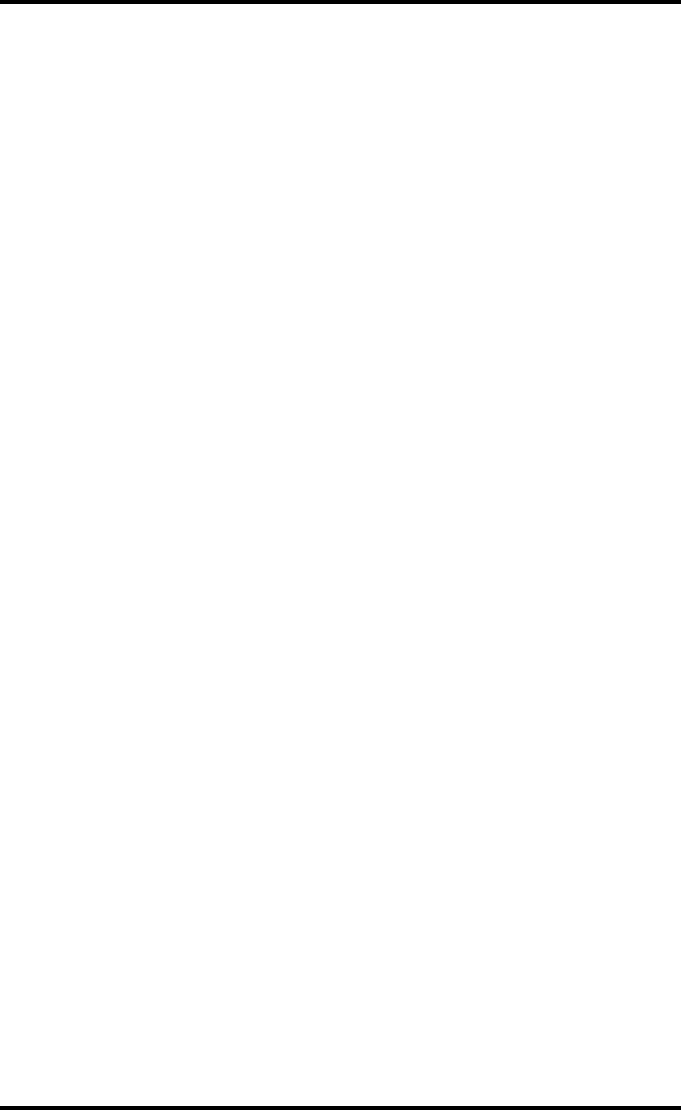
160 2920B EN 20031206
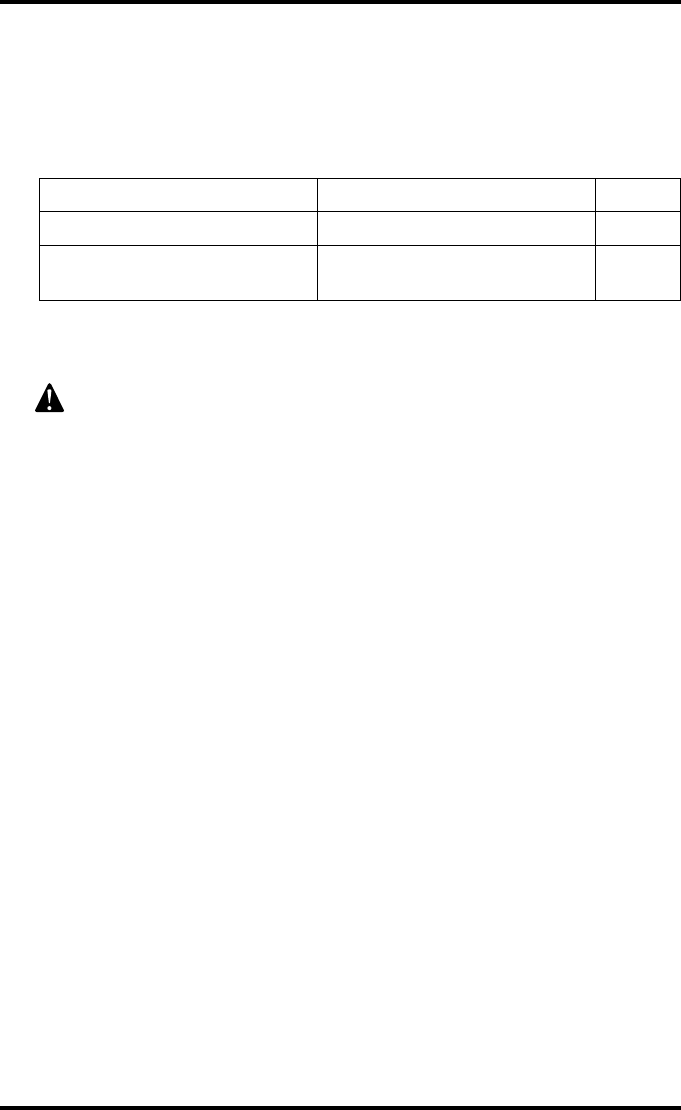
162 2920B EN 20031206
Preventive maintenance schedule
The Drystar 5300 is designed for trouble-free service. Maintenance and
cleaning involve only some minor user tasks.
Safety guidelines
•Do not lubricate the printer.
•Do not attempt to disassemble the printer.
•Do not touch the resistor line of the print head.
•Always switch off the Drystar 5300 and disconnect the power cord from the
outlet before carrying out any maintenance work inside the printer.
"Film jam removal or cleaning the printer head can be done without
switching the power off. Nevertheless, care should be taken and the
‘Safety precautions’ on page 8 should be respected.
Interval What to do? Page
Ad hoc ‘Cleaning the exterior’ 163
Ad hoc ‘Cleaning the print head resistor
line’ 164
To prevent damage to the printer while performing maintenance, observe
the following safety precautions:
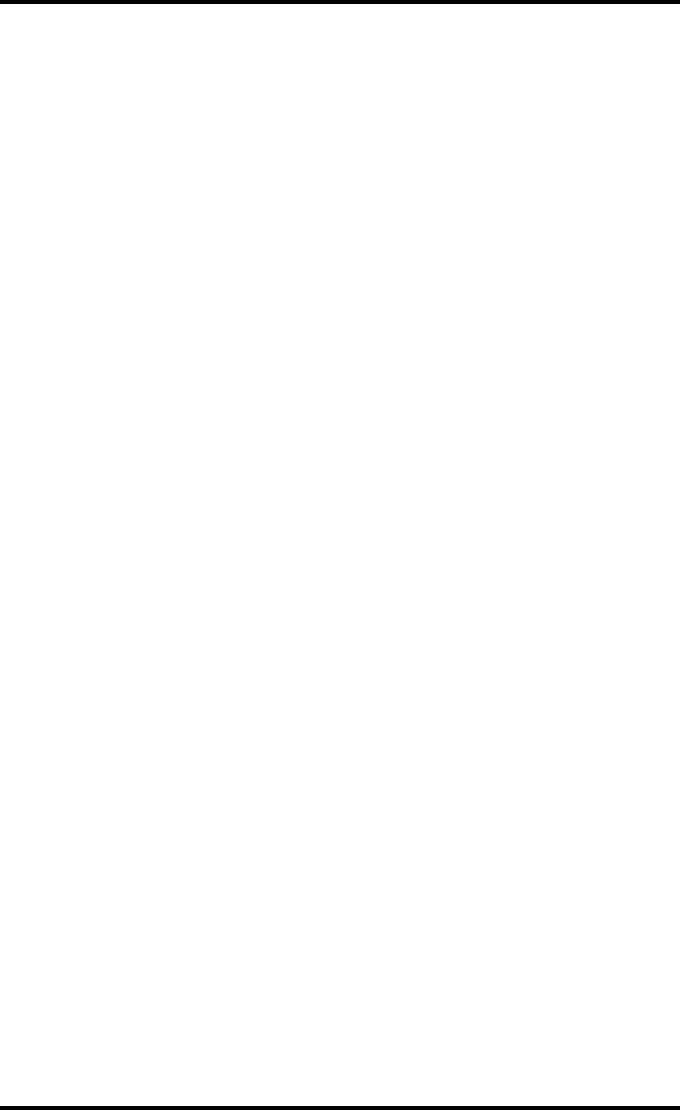
163
2920B EN 20031206
Cleaning the exterior
1Switch off the Drystar 5300 by following the procedure as described in
‘Switching off the Drystar 5300’ on page 30.
2Remove the power plug from the socket.
3Wipe the exterior of the printer with a clean, soft, damp cloth.
Use a mild soap or detergent if required but never use an ammonia–based cleaner.
Be careful not to get any liquid in the power cord port.
4Plug in the printer and switch it on by following the procedure as described in
‘Switching on the Drystar 5300’ on page 28.
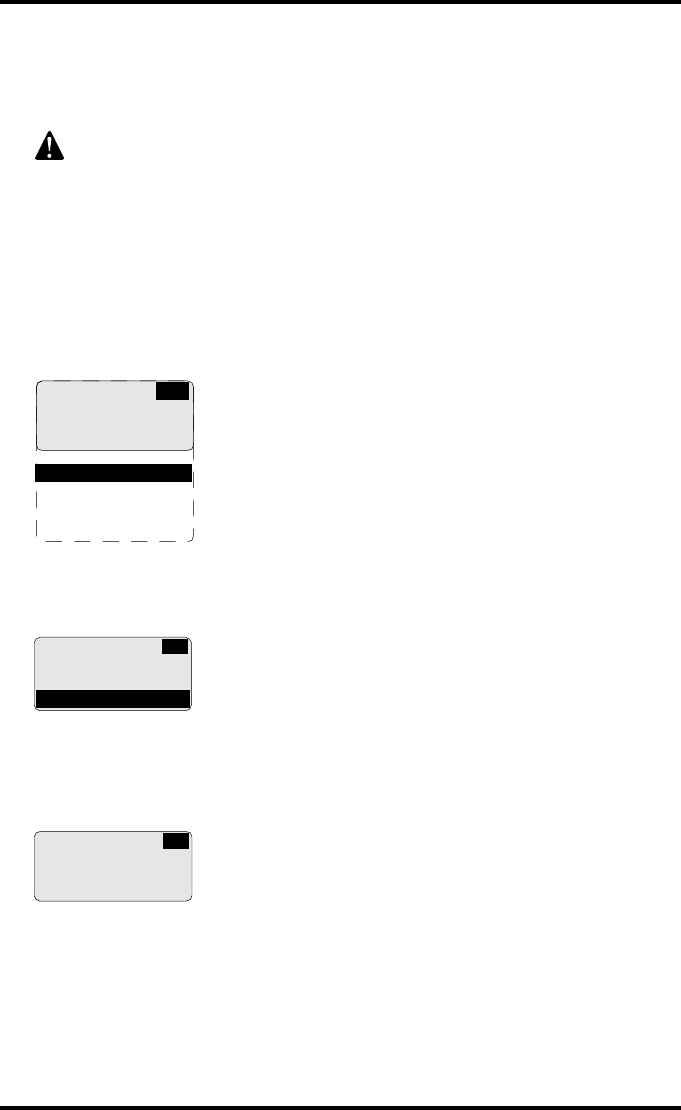
164 2920B EN 20031206
Cleaning the print head resistor line
To clean the print head:
1Press the Key-operator key to enter the key-operator mode.
2On the key-operator main menu, press the Down key five times, followed by
the Confirm key to select ‘Calibration’.
3On the Calibration menu, press the Down key, followed by the Confirm key to
select ‘Therm. Head clean.’.
The printer will automatically shut down:
4The ‘Thermal head cleaning’ screen will give step by step instructions on
what to do:
Print head cleaning must be done when image quality problems occur.
For more information on maintaining image quality, refer to ‘Image
quality problems’ on page 186.
1 Show settings
2 Change settings
3 Print image
4 Save configuration
5 Restore config.
6 Calibration
7 Service actions
8 Quality control
9 Installation
KO
CA
SELECT
CALIBRATION
1 film calibration
2 Therm. Head clean.
THERMAL HEAD
CLEANING
- Open top cover
CA
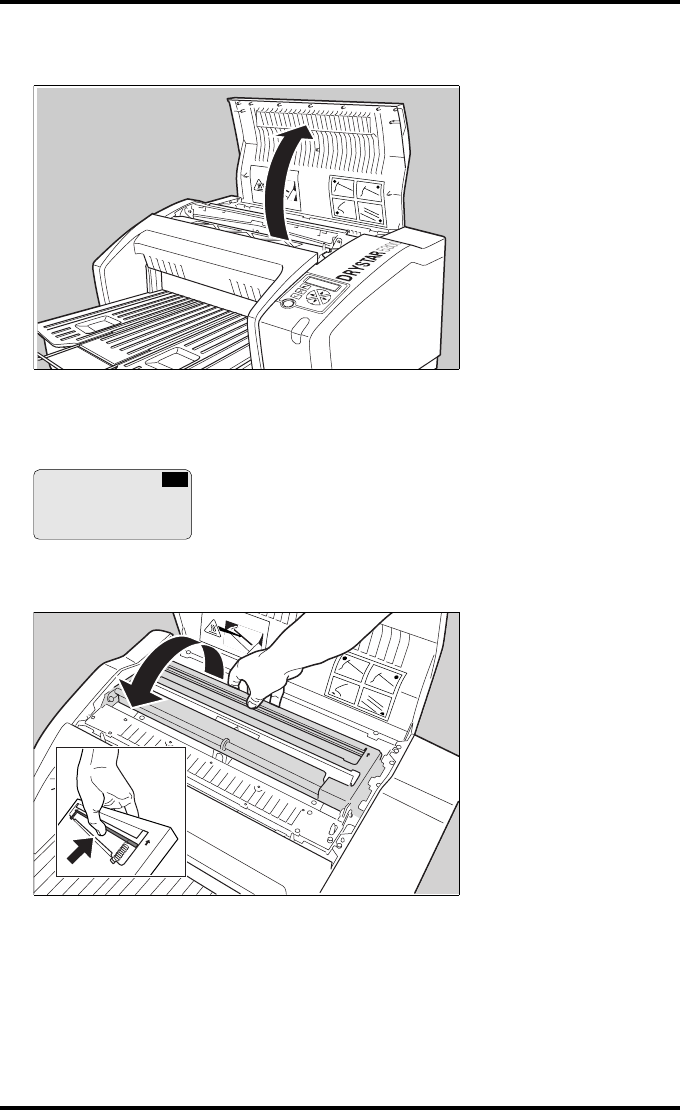
165
2920B EN 20031206
5Open the top cover.
6As soon as the top cover is opened, the ‘Thermal head cleaning’ screen
continues giving the following instructions:
7Open the hold-down bracket.
THERMAL HEAD
CLEANING
- Clean thermal head
- Close top cover
CA
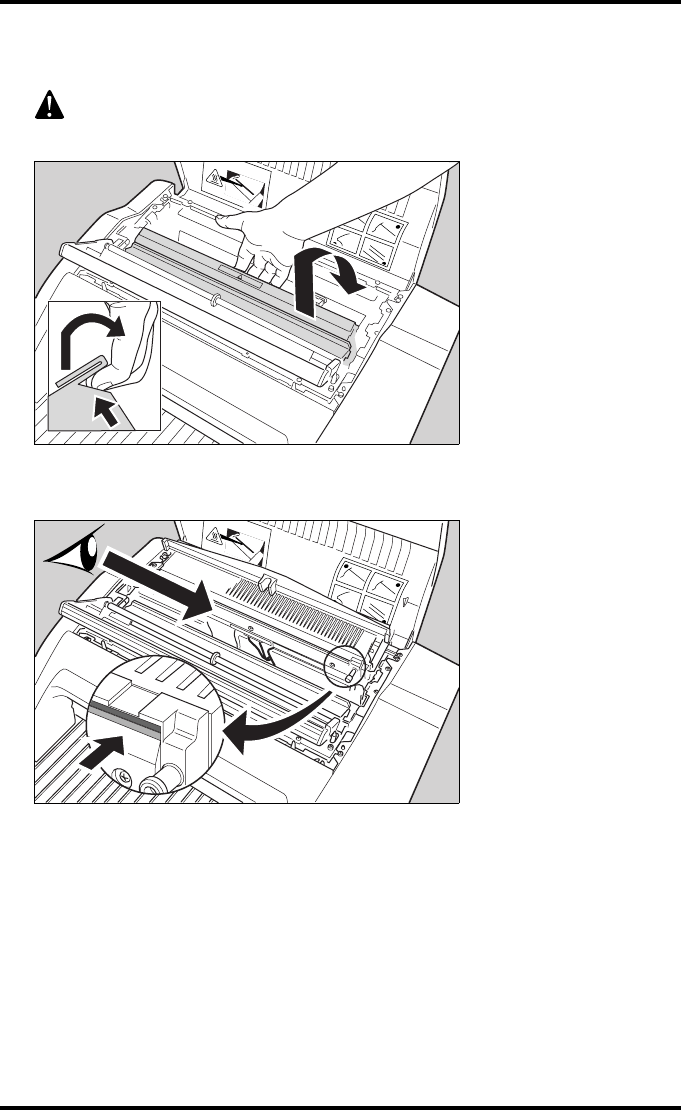
166 2920B EN 20031206
8Open the print head unit.
9Locate and check on sight the print head resistor line.
"Be careful not to touch the print head resistor line with your fingers.
The print head unit can be warm.
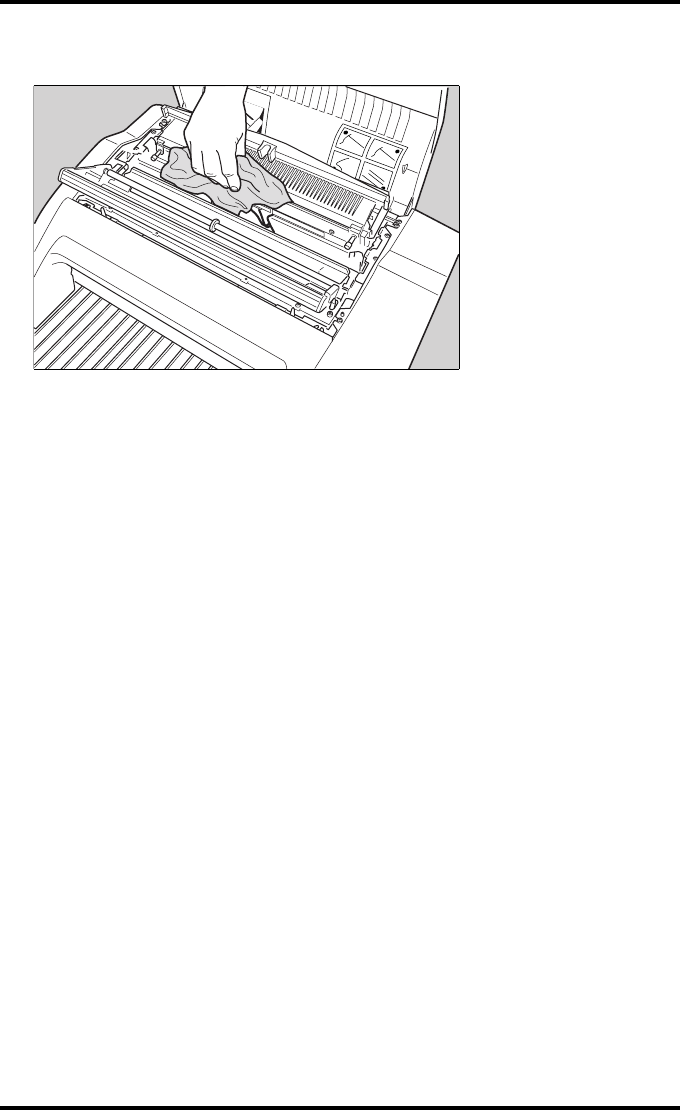
167
2920B EN 20031206
10 Clean the print head resistor line.
Gently pass over the resistor line a few times with a lint free cloth, slightly
moistened with Isopropyl alcohol or Ethanol. Do this only in one direction, i.e.
from left to right, without lifting the cloth.
"Do not apply any pressure on the print head because this pressure may
cause damage on the interconnections underneath the print head.
11 Close the top cover.
After you have cleaned the print head resistor line and you have closed the top
cover, the printer will restart automatically.
"If residue dust is present as part of the cleaning procedure it will
disappear after a few prints.
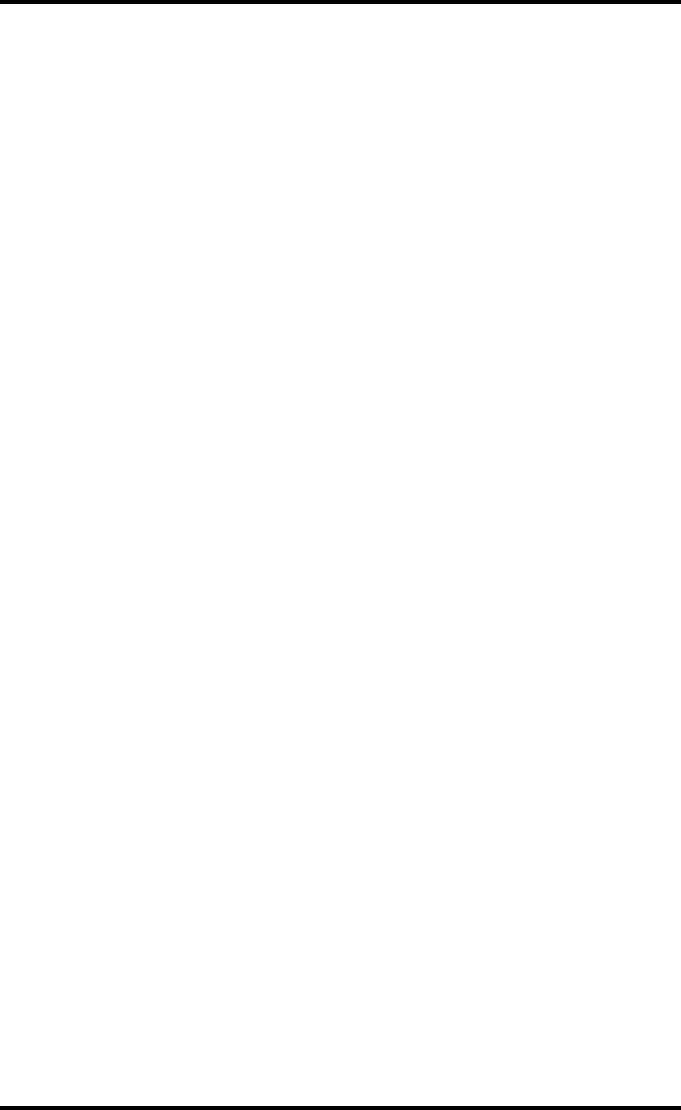
168 2920B EN 20031206
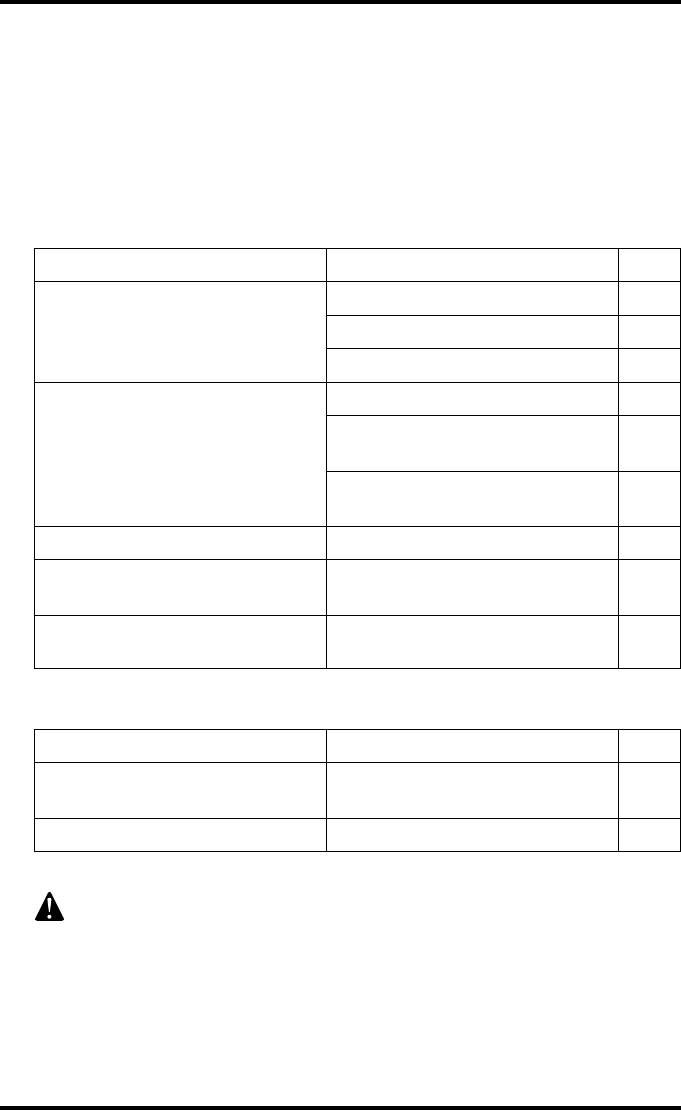
170 2920B EN 20031206
Troubleshooting checklists
General problems
The table below lists some general problems which can occur when working
with the Drystar 5300.
•The Drystar 5300 does not print.
•The quality of the printed images is bad (printing remains possible).
Action Refer to Page
Check the Drystar 5300
‘Checking the status indicator LED’ 171
‘Checking the connections’ 172
‘Checking the print queue’ 174
Remove a jammed film
‘Film input tray jams’ 176
‘Film transport jams (clearing from
the top)’ 179
‘Unauthorized opening of the
printer’ 181
Resolve error messages ‘Checking error messages’ 173
Handle CF-card errors ‘Checking CF-card error
messages’ 173
Resolve film identification
problems ‘Film identification problems’ 182
Action Refer to Page
Resolve film quality problems ‘White dots or lines appear in the
transport direction’ 186
Resolve warning messages ‘Maintenance messages’ 188
Have electrical or mechanical defects repaired by skilled personnel only!
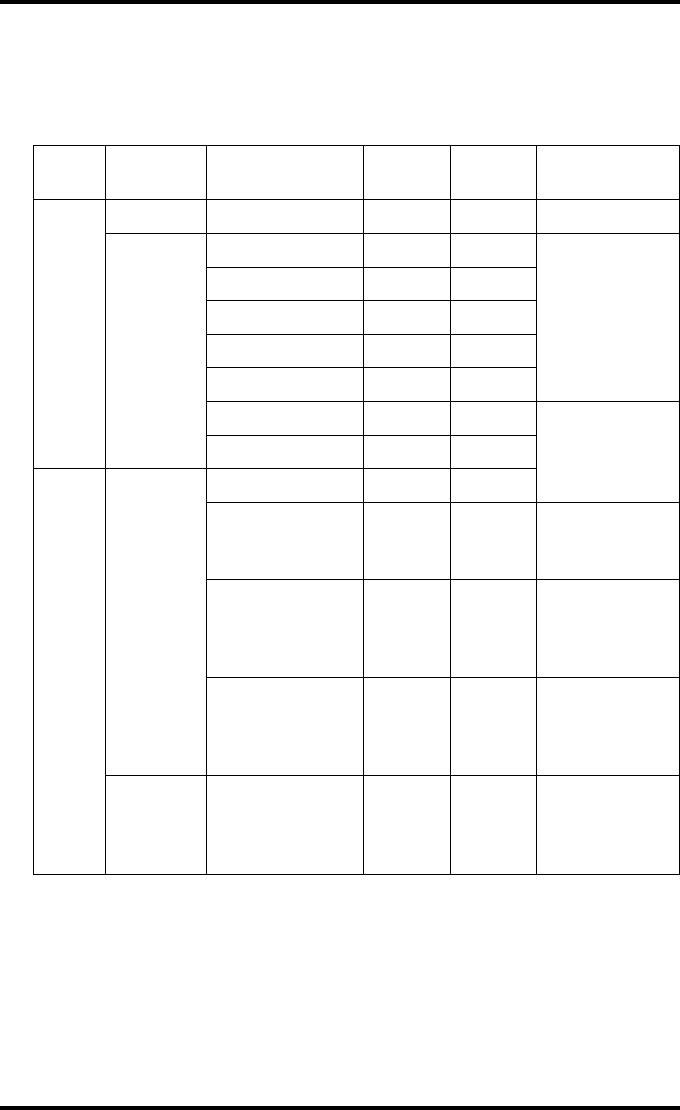
171
2920B EN 20031206
Checking the status indicator LED
The LED on the front panel indicates the Drystar 5300 operating status. Use
the following table to determine the status of your printer.
Color Light Status Receive
jobs? Printing
OK? Action
Green
Constant Ready (standby) Yes Yes Proceed.
Blinking
Startup sequence No No
Wait.
Receiving jobs Yes Yes
Calculating Yes Yes
Printing Yes Yes
Calibrating Yes No
Installation No No
Proceed with
the activity.
Key-operator No No
Red
Blinking
Service mode No No
Input tray empty Yes Yes/No
Refer to
‘Loading films’
on page 36.
Film jam Yes No
Refer to
‘Clearing of film
jams’ on
page 175.
Warning Yes Yes
Refer to
‘Warning
messages’ on
page 187.
Constant Error status No No
Refer to
‘Checking error
messages’ on
page 173.
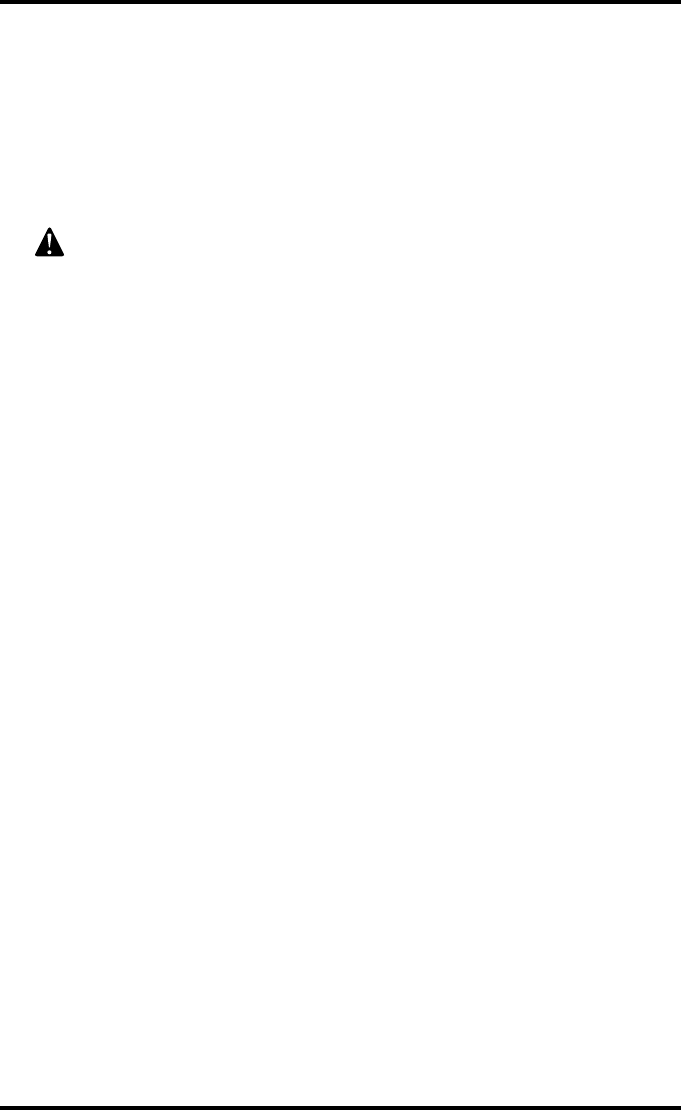
172 2920B EN 20031206
The Drystar 5300 does not print
Reset of the printer
The Power/Reset button restarts the printer after a software failure or an
error. Refer to ‘Switching off the Drystar 5300’ on page 30.
Checking the connections
"Regularly check all electrical connections. When interference occurs with
other devices, consult your local service organization.
If you are unable to get the printer to respond, the problem may be caused by
a fault in the connections. In this case, check that all connectors and cables
are firmly attached to the printer.
"Call your local service organization in case cables are disconnected. The
user is not allowed to add or remove any connectors.
Powering off the printer with unprinted images in memory may result in
image loss!
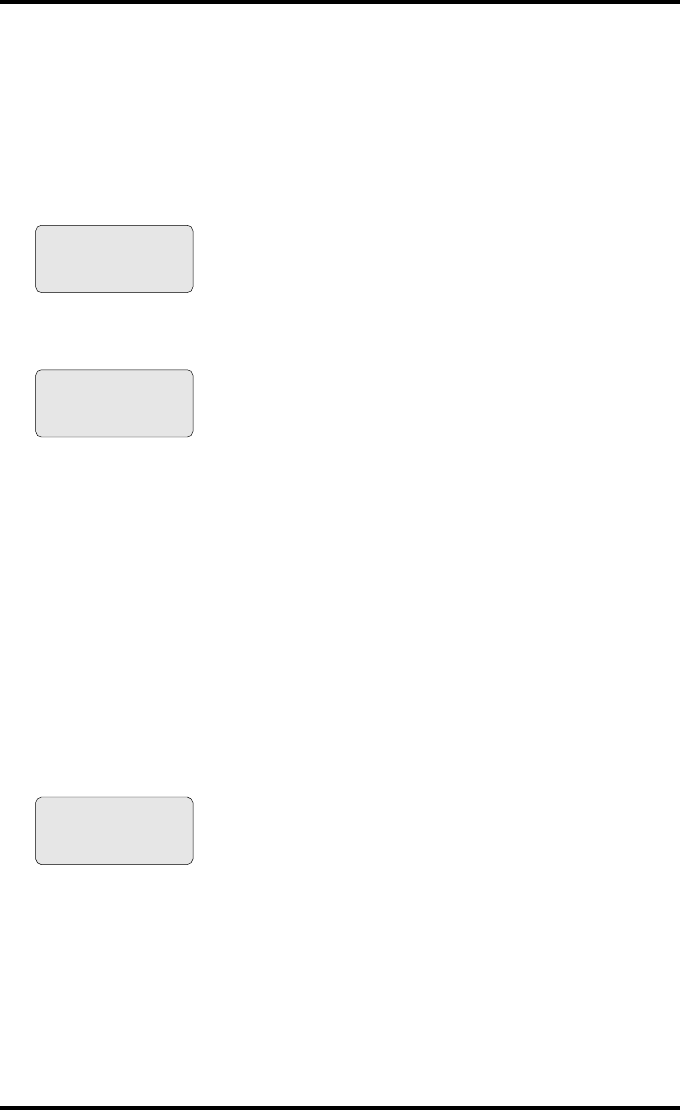
173
2920B EN 20031206
Checking error messages
If the Drystar 5300 is not printing your job, you should check the front panel
display to see if the Drystar 5300 is indicating an error status.
The operator is notified of the situation by means of an error screen and a beep.
•If the Drystar 5300 can identify a module as the source of the error, the following
message will be displayed (example):
•If the Drystar 5300 cannot identify the source of the error, the following message
will be displayed (example):
1Acknowledge the new error condition.
2Contact your local service organization.
Checking CF-card error messages
If the Drystar 5300 is not printing your job, you should check the front panel
display to see if the Drystar 5300 is indicating an error status.
A CF-card error can occur when the inserted CF-card is full, write protected
or unreadable.
1Correct the error following the error message on the screen:
After you have corrected the action the screen will disappear.
Error in module
Code: Mod03
Please replace
Flashing
New error: E12345
xxx explanatory text
xxxxxxxxxxxxxxxxxxx
Flashing
Flashing
Compact Flash error
xxx explanatory text
xxxxxxxxxxxxxxxxxxx
Flashing
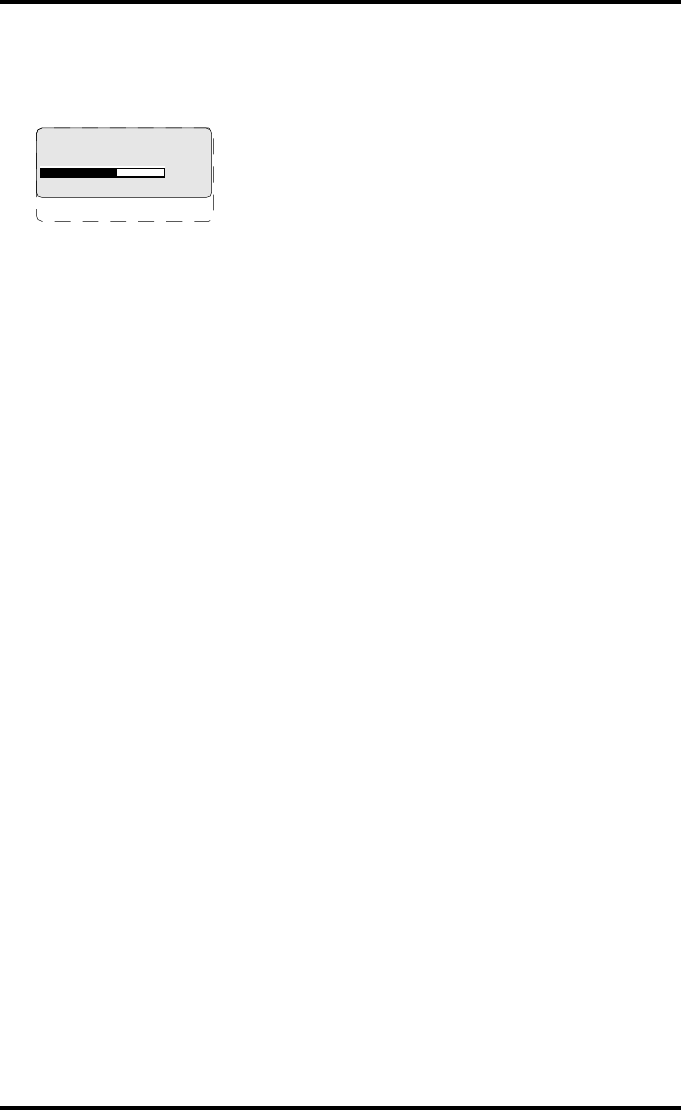
174 2920B EN 20031206
Checking the print queue
If no error message is displayed, you should check the print queue:
For each line of the queue, the status can be:
•printing (PR),
•calculating (CA).
A warning status, indicated by a flashing “W” in the upper right corner of the
display, indicates that there is a problem that should be attended to.
Refer to ‘Maintenance messages’ on page 188.
Modaname 10:21:34 PR
film 1 of 6
62%
Modaname 10:21:34 CA
xx Jobs in memory WA
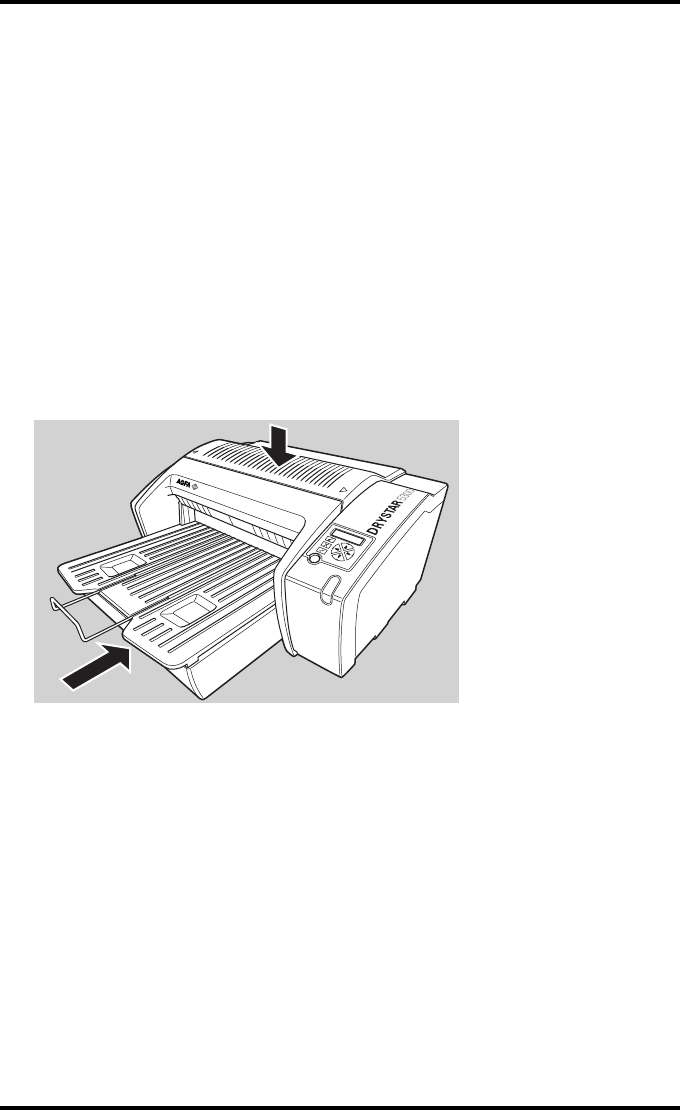
175
2920B EN 20031206
Clearing of film jams
A film jam can be situated either:
•In the input tray section. Refer to ‘Film input tray jams’ on page 176.
•In the top section. Refer to ‘Film transport jams (clearing from the top)’ on
page 179.
Jams can be caused by:
•Loading individual films incorrectly. Refer to ‘Film identification problems’ on
page 182.
•Opening the top cover or input tray while a film is actually being printed. Refer to
‘Unauthorized opening of the printer’ on page 181.
Overview of sections:
Film feed jams (clearing
from the input tray)
Film transport jams
(clearing from the
top section)
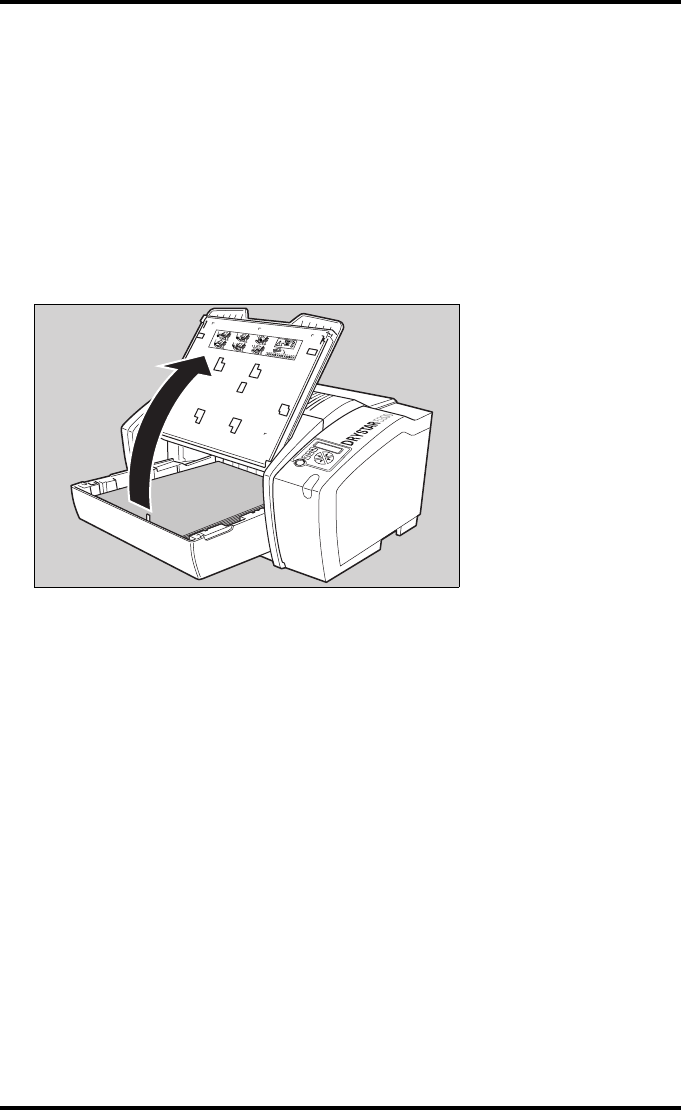
176 2920B EN 20031206
Film input tray jams
A film jam in the input tray can occur when the Drystar 5300 is opened while a
film is currently printed, or when an individual film is incorrectly inserted in the
input tray. Refer also to ‘Film identification problems’ on page 182.
To remove a jammed film in the input tray:
1Switch off the printer. Refer to ‘Switching off the Drystar 5300’ on page 30.
2Open the film input tray.
If a film is jammed, gently remove the sheet. Reposition the film stack in the film
tray, making sure that all the sheets are kept correctly in place under the film
retainers (refer to ‘Loading films’ on page 36).
"Never use force to clear the jammed film. If it is not possible to gently
remove the jammed film, call your local service organization.
1
3
2
4
5
6
XXXXXX XXXX XXXXXX XXXXXX XXXX XXXXXX
XXXXXX XXXX XXXXXX XXXXXX XXXX XXXXXX
XXXXXX XXXX XXXXXX XXXXXX XXXX XXXXXX
XXXXXX XXXX XXXXXX
XXXXXX XXXX XXXXXX
XXXXXX XXXX XXXXXX
XXXXXX XXXX XXXXXX XXXXXX XXXX XXXXXX
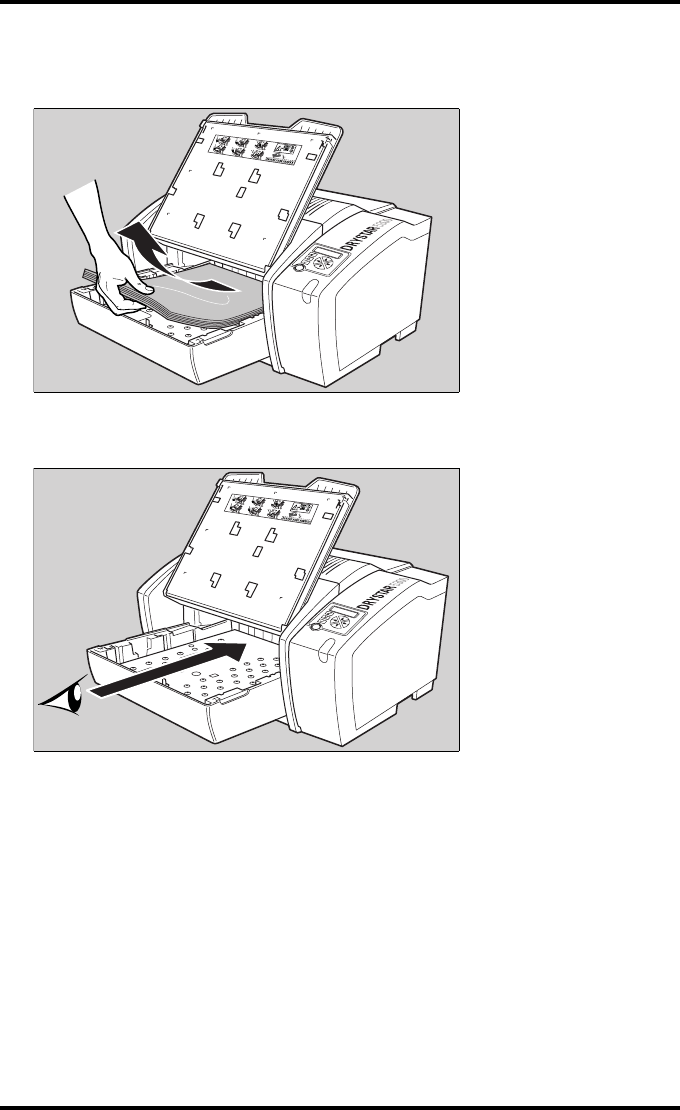
177
2920B EN 20031206
3To get a clear view, it may be necessary to remove any remaining film sheets,
including the protective (white) sheet.
4Check if the film feed section of the input tray is clear.
5Reposition the film stack in the film tray, making sure that all the sheets are
kept correctly in place under the film retainers (refer to ‘Loading films’ on
page 36).
1
3
2
4
5
6
XXXXXX XXXX XXXXXX XXXXXX XXXX XXXXXX
XXXXXX XXXX XXXXXX XXXXXX XXXX XXXXXX
XXXXXX XXXX XXXXXX XXXXXX XXXX XXXXXX
XXXXXX XXXX XXXXXX
XXXXXX XXXX XXXXXX
XXXXXX XXXX XXXXXX
XXXXXX XXXX XXXXXX XXXXXX XXXX XXXXXX
1
3
2
4
5
6
XXXXXX XXXX XXXXXX XXXXXX XXXX XXXXXX
XXXXXX XXXX XXXXXX XXXXXX XXXX XXXXXX
XXXXXX XXXX XXXXXX XXXXXX XXXX XXXXXX
XXXXXX XXXX XXXXXX
XXXXXX XXXX XXXXXX
XXXXXX XXXX XXXXXX
XXXXXX XXXX XXXXXX XXXXXX XXXX XXXXXX
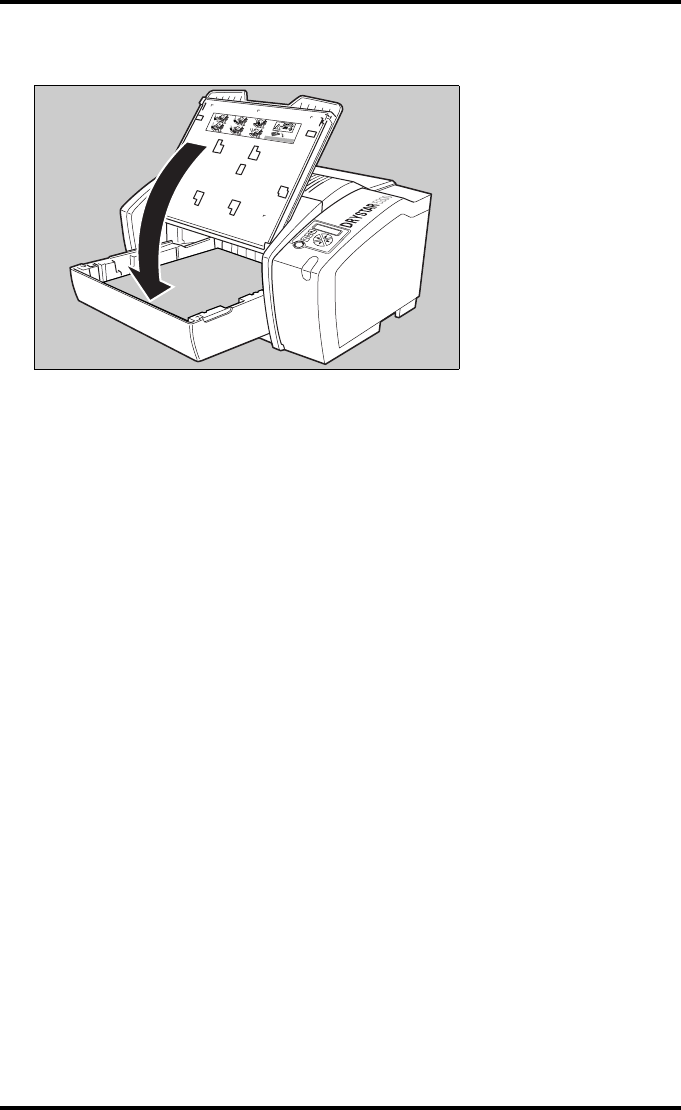
178 2920B EN 20031206
6Close the film input tray.
1
3
2
4
5
6
XXXXXX XXXX XXXXXXXXXXXX XXXX XXXXXX
XXXXXX XXXX XXXXXXXXXXXX XXXX XXXXXX
XXXXXX XXXX XXXXXX XXXXXX XXXX XXXXXX
XXXXXX XXXX XXXXXX
XXXXXX XXXX XXXXXX
XXXXXX XXXX XXXXXX
XXXXXX XXXX XXXXXX XXXXXX XXXX XXXXXX
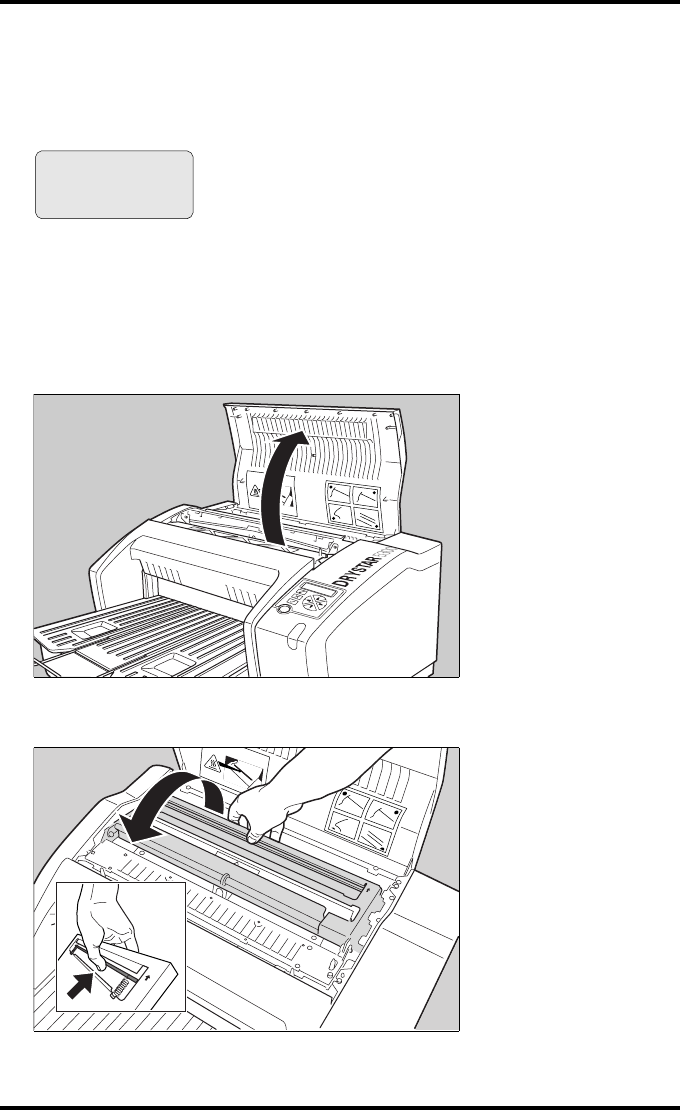
179
2920B EN 20031206
Film transport jams (clearing from the top)
The following screen indicates that a jam occurred in the upper section of the
film transport system.
To remove a jammed film in the transport system:
"Please note that instructions for removing a film jam in the transport
section are present on a sticker at the inside of the top cover.
1Open the top cover.
2Open the hold-down bracket.
Film jam!
Open top cover and
clear film path
Flashing
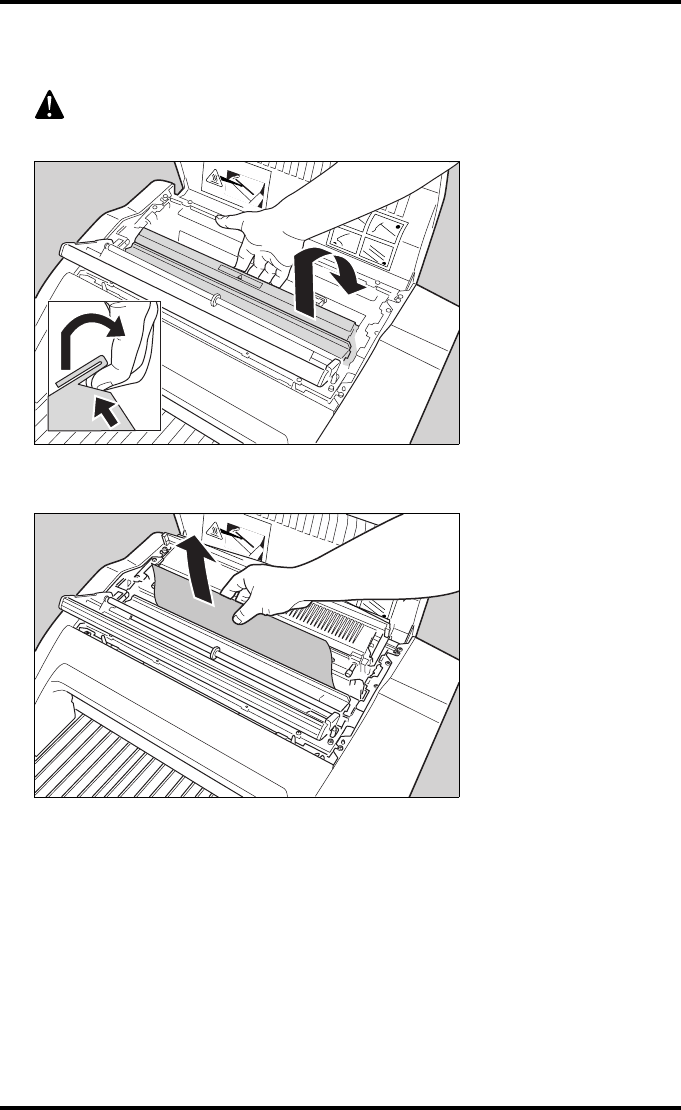
180 2920B EN 20031206
3Open the print head unit.
4Gently remove the film sheet(s).
"Never use force to clear the jammed film. If it is not possible to gently
remove the jammed film by pressing the transport buttons, proceed with
the procedure as follows.
"Verify that no film sheets remain in the print head compartment.
5If the film jam has been cleared, close the printer. You can resume work.
"If the jam is still not cleared, call your local service organization.
The print head unit can be warm.
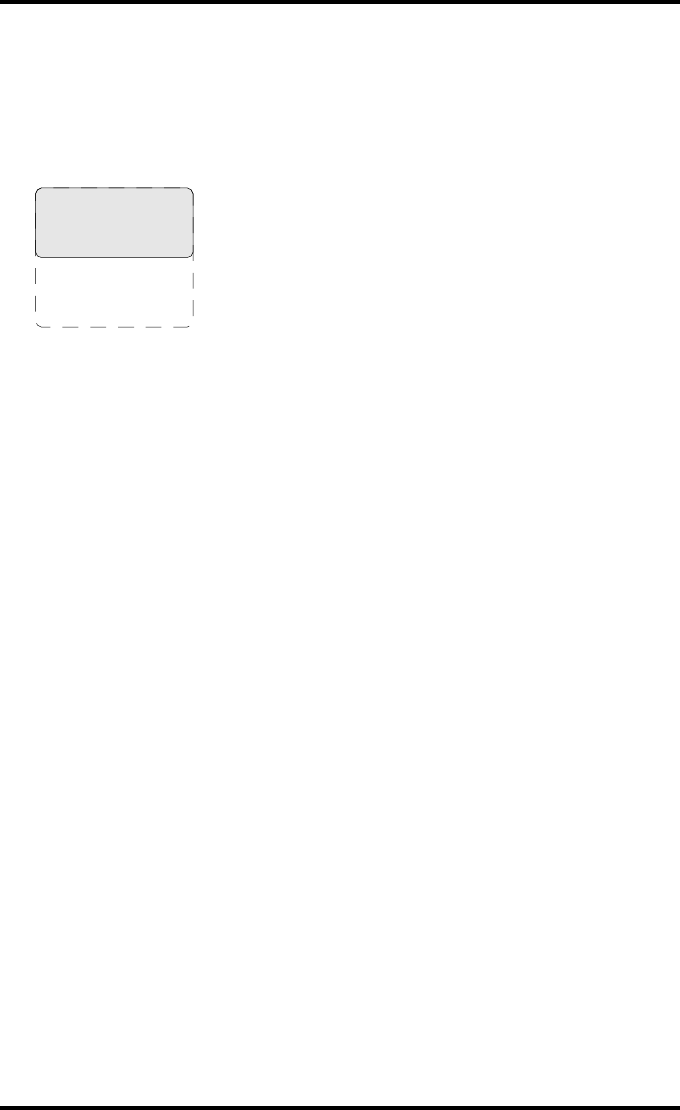
181
2920B EN 20031206
Unauthorized opening of the printer
A jam can be caused by opening the printer covers or one of the input trays
while a film is actually being printed.
The following screen indicates that a jam has occurred:
1Remove the jammed sheet.
Refer to ‘Clearing of film jams’ on page 175.
2Press the Confirm key to continue.
3Make sure to follow carefully the procedures as described in this manual
before attempting to open the printer.
Refer to ‘Switching off the Drystar 5300’ on page 30.
Refer to ‘Loading films’ on page 36.
A FILM JAM was
caused due to
opening of the
printer during
printing. Next time
wait until printer
is in ’READY’
condition
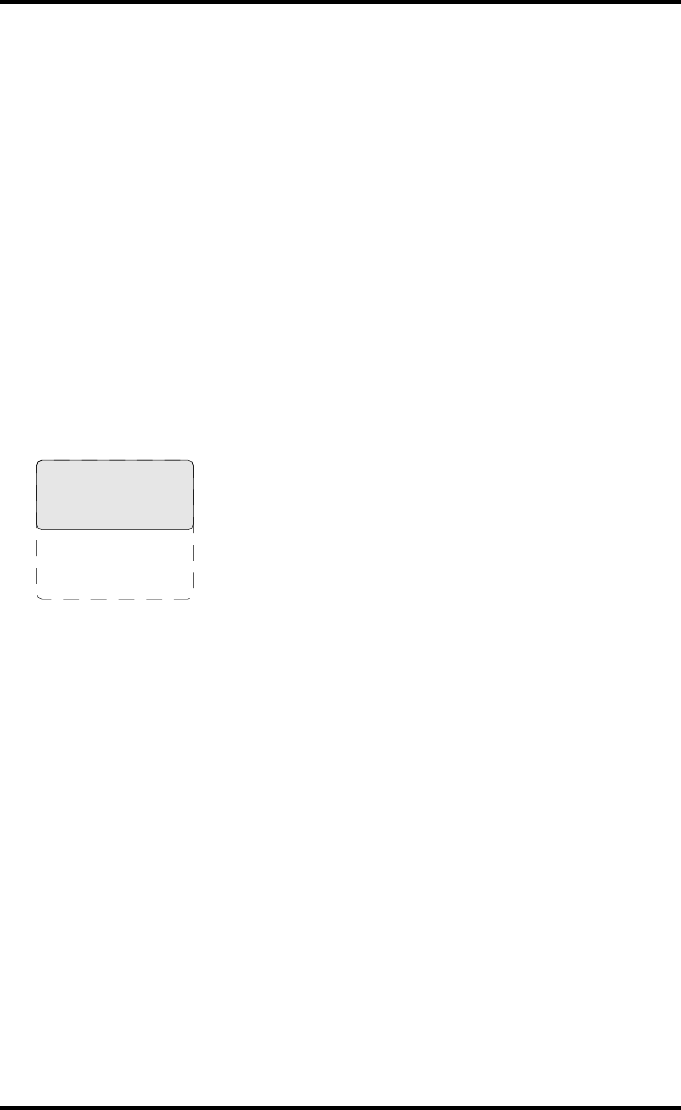
182 2920B EN 20031206
Film identification problems
When you load a new film pack, the new Film Identification tag is read and
the tray film format and type are set based upon the info in the Film
Identification tag (RF-tag).
This tag is only readable when the film pack is inserted in the correct way.
The Film Identification tag is not readable
If the Film Identification tag of the film pack is unreadable, the user is asked to
reload the current or another film pack.
1In case the Drystar 5300 does not start printing after re-inserting a film pack,
first check if this film pack is inserted correctly.
If the Drystar 5300 still does not resume printing, the following message will appear:
2Open the input tray and check again if the film pack is inserted correctly. If
you re-insert the film pack, the Drystar 5300 will perform the same check-
sequence until printing is resumed.
Overruling the Film Identification tag of the film pack
If the “Overrule RF-tag Reading” setting is active, you can overrule the Film
Identification tag setting of the current film pack. In this case you can continue
printing using a limited Maximum Density.
"Only your local service organization has the possibility to enable the
“Overrule RF-tag Reading” setting!
1In case the Drystar 5300 does not start printing after inserting a new film
pack, check if this film pack is inserted correctly.
No Identification
code detected for
current film pack
Remove and re-insert
film pack -including
protective sheet-
properly. Follow
loading instructions
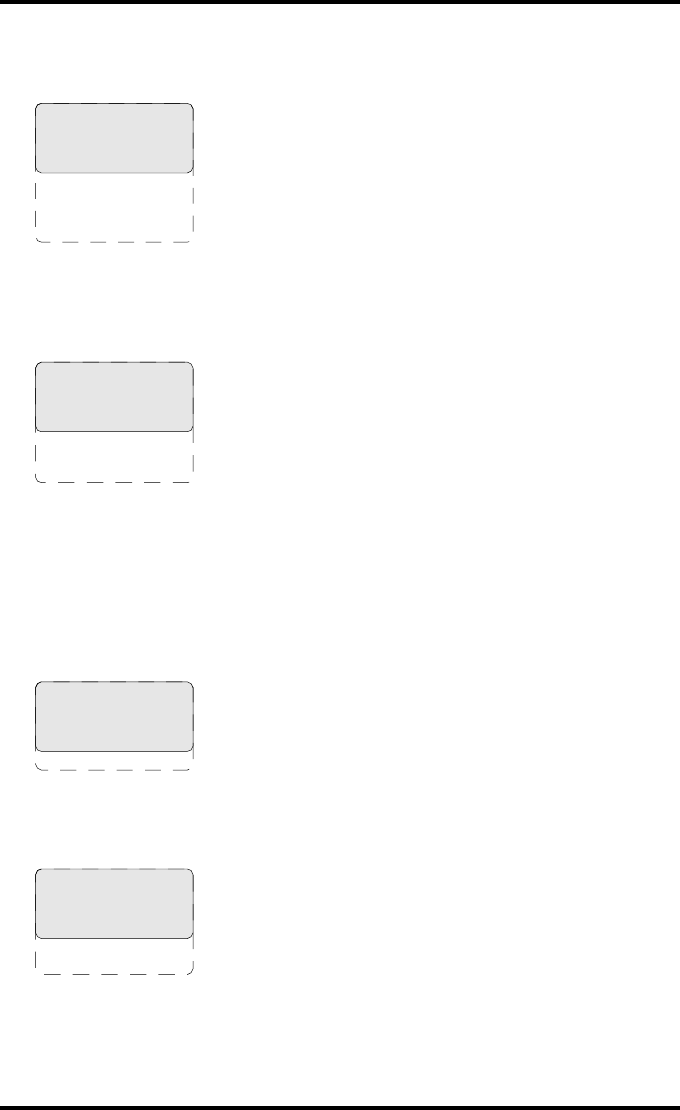
183
2920B EN 20031206
If the film pack is inserted correctly and the Drystar 5300 does not resume printing,
the following message will appear:
2To continue with the current (not identified) film pack, press the Continue
button.
The following message is displayed:
$If you wish, you can try again to re-insert the current or an other film pack.
Open the input tray to initiate the loading sequence. If you re-insert a film
pack, the Drystar 5300 will perform the check-sequence.
3Press the Confirm button.
If the “Overrule RF-tag Reading” Setting is active, the following message is
displayed:
"If the “Overrule RF-tag Reading” Setting is not activated, the following
message will be displayed:
"In this case, press the Confirm key to initiate the loading procedure again
or call your local service organization to enable the “Overrule RF-tag
Reading” Setting.
No Identification
code detected for
current film pack
Remove and re-insert
film pack -including
protective sheet-
properly. Follow
loading instructions
No Identification
code detected or
Read error in tray.
Please insert
correct film pack or
Call Service.
Code Exxxxx
Overrule of
identification code
is active.
MaxD is limited due
to safety reasons.
No Identification
code detected.
Printing is disabled
Re-enable printing
by inserting correct
film media pack
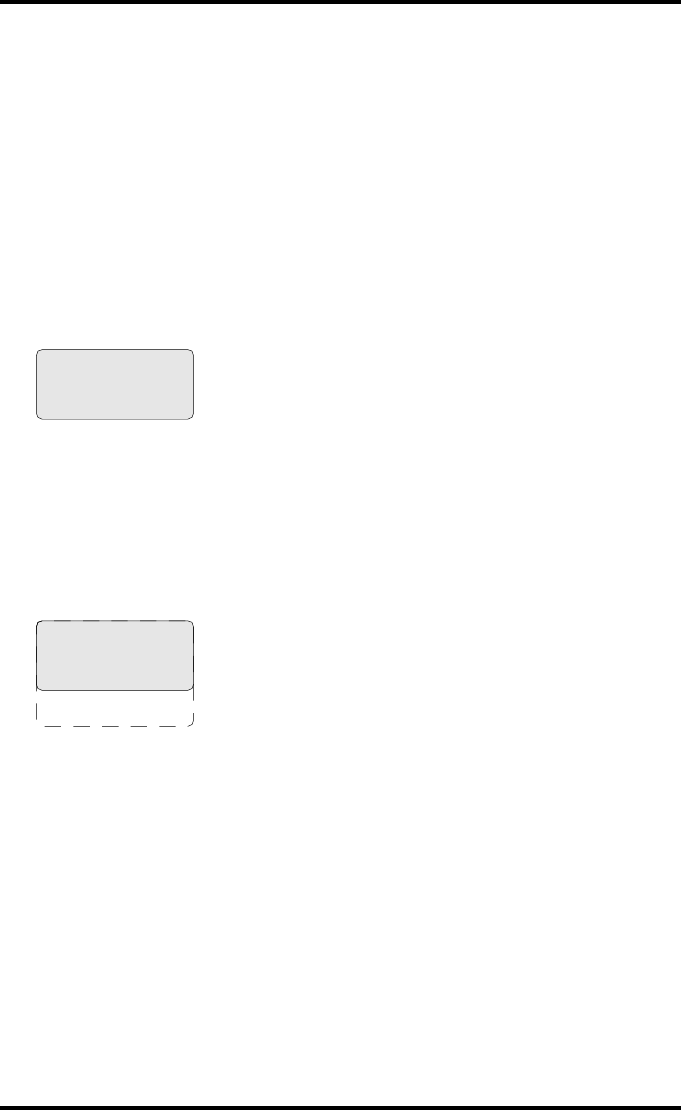
184 2920B EN 20031206
4Press the Confirm key again to resume printing using a limited Maximum
Density.
Error messages related to the Film Identification tag on the film
pack
The following two error messages are related to the loading of film packs.
Invalid content of Film Identification tag
When you insert a new film pack with invalid content in the Film Identification
tag, the following message is displayed:
Try loading another film pack, or call your local service organization to resolve
this problem.
Film overrun from current pack
The following message is presented when more than 110 copies are printed
from the current film pack:
Reload a new film pack to resolve this problem.
Invalid content
in identification code.
Please call Service
Code Exxxxx
Film overrun: More
then allowed films
printed from this
pack.
Please insert other
film pack
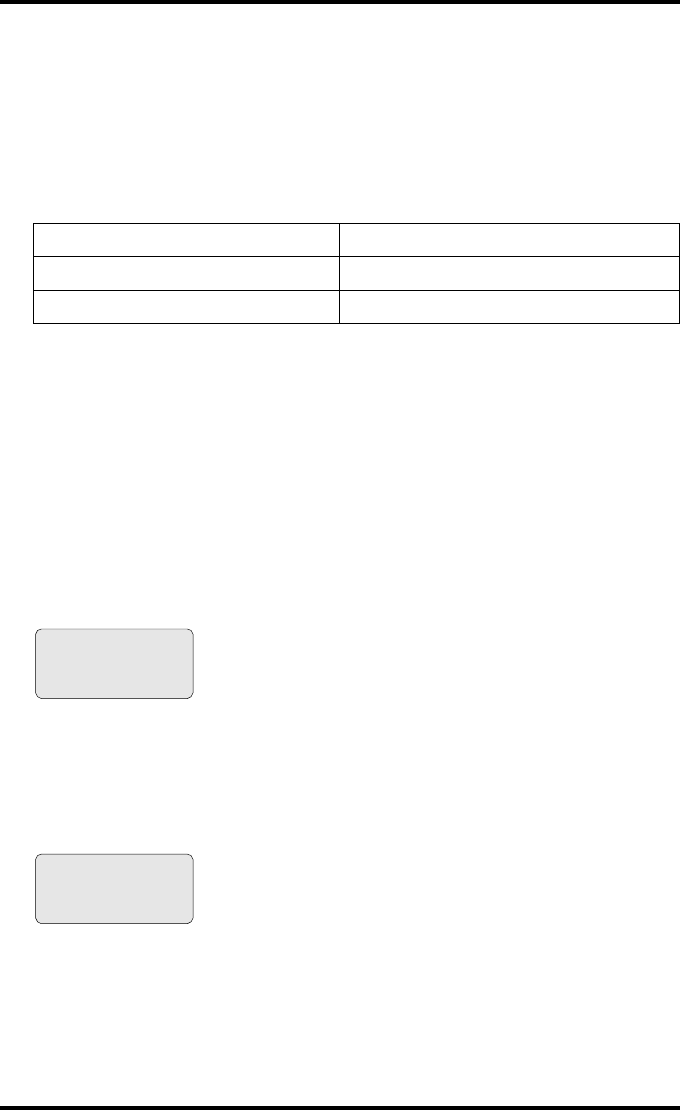
185
2920B EN 20031206
Startup errors
Error messages while the printer starts up
The table below lists the possible error messages which can appear on the
display of the control panel while the printer starts up.
"Contact your local service organization in case the self test fails.
"Error messages can also appear when the printer has already started up.
Refer to ‘Checking error messages’ on page 173.
After starting up the Drystar 5300, the printer performs a self test. A progress
indicator will show the proceeding of this self test. During the self test, a
number of messages can appear, meaning that the self test has failed.
Display self test failed
In case the display self test failed, following message appears:
The code ‘xx’ can help the Service engineer with the troubleshooting process.
System self test failed
In case the system self test failed, following message appears:
Error message Cause of error
ERROR display failure: xx ‘Display self test failed’
ERROR system failure ‘System self test failed’
ERROR
Display failure : xx
ERROR
System failure
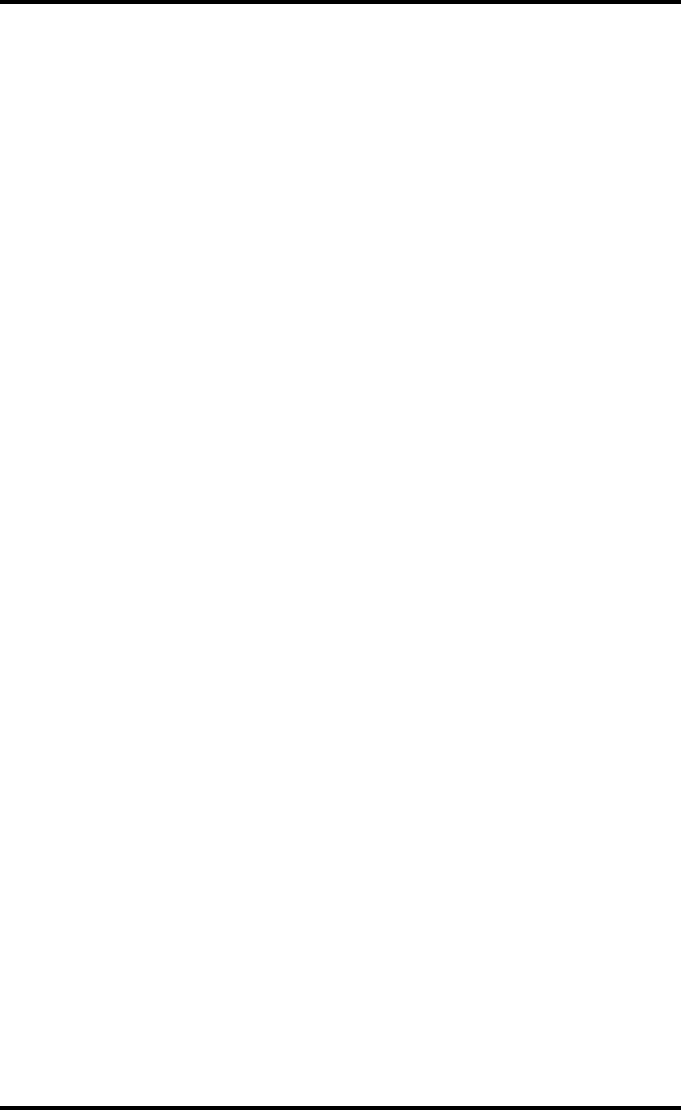
186 2920B EN 20031206
Image quality problems
In general, when you follow the procedures ‘Maintaining optimal image
quality’ on page 101 and ‘Quality control procedure’ on page 109, you should
rarely encounter quality problems.
However, should any problems occur, the following paragraphs provide some
remedies:
White dots or lines appear in the transport direction
If fine white dots and one or more fine white lines appear in the transport
direction (mostly due to dust infiltration), try the following remedies:
1Clean the print head resistor line.
Refer to ‘Cleaning the print head resistor line’ on page 164.
2Print a few test sheets using the ‘Print test image’ function.
Refer to ‘Printing test images’ on page 92.
If the white lines are still visible, contact your local service organization.
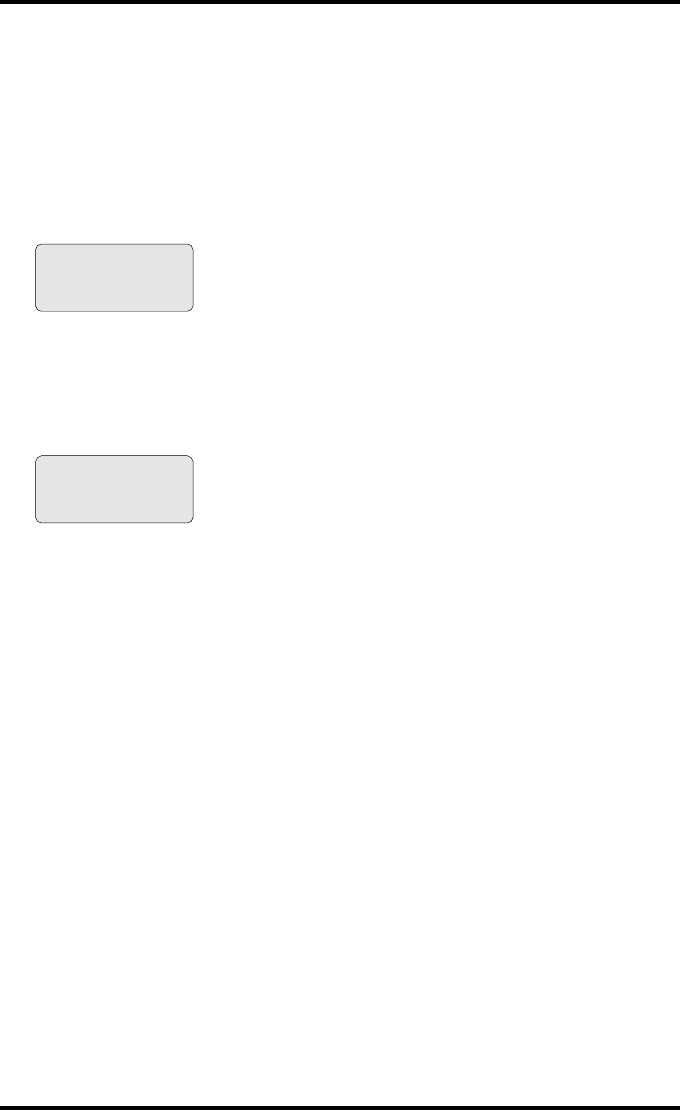
187
2920B EN 20031206
Warning messages
This section will inform you what to do when warning messages appear. A
warning message is displayed when an event has occurred that might
decrease image quality. Printing still remains possible.
The Warning screen is displayed:
1Press the Confirm key to acknowledge the new warning condition.
As long as the warning condition has not been resolved, the other Drystar 5300
screens (except the Key-operator screens) will show a ‘W’ character flashing in the
upper right corner:
2Contact your local service organization.
New warning:W12345
xxx explanatory text
xxxxxxxxxxxxxxxxxxx
Flashing
Flashing
xxxxxxxxxxxxxxxx W
xxxxxxxxxxxxxxxxxxx
xxxxxxxxxxxxxxxxxxx
xxxxxxxxxxxxxxxxxxx
‘W’ flashing
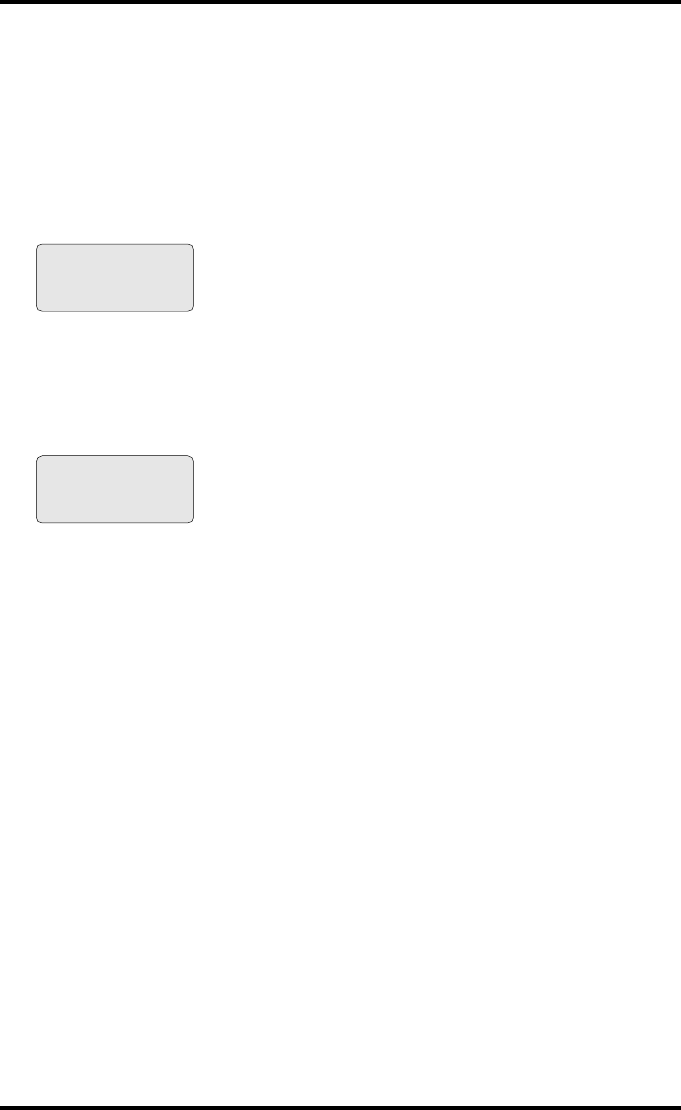
188 2920B EN 20031206
Maintenance messages
This section will inform you what to do when maintenance messages appear.
A maintenance message is displayed whenever a maintenance action is due.
Printing still remains possible.
The Maintenance screen is displayed:
1Press the Confirm key to acknowledge the new maintenance condition.
As long as the maintenance action has not been executed, the other Drystar 5300
screens (except the Key-operator screens) will show a ‘M’ character flashing in the
upper right corner:
2Contact your local service organization.
New Maintenance:Mx
xxx explanatory text
xxxxxxxxxxxxxxxxxxx
Flashing
Flashing
xxxxxxxxxxxxxxxx M
xxxxxxxxxxxxxxxxxxx
xxxxxxxxxxxxxxxxxxx
xxxxxxxxxxxxxxxxxxx
‘M’ flashing
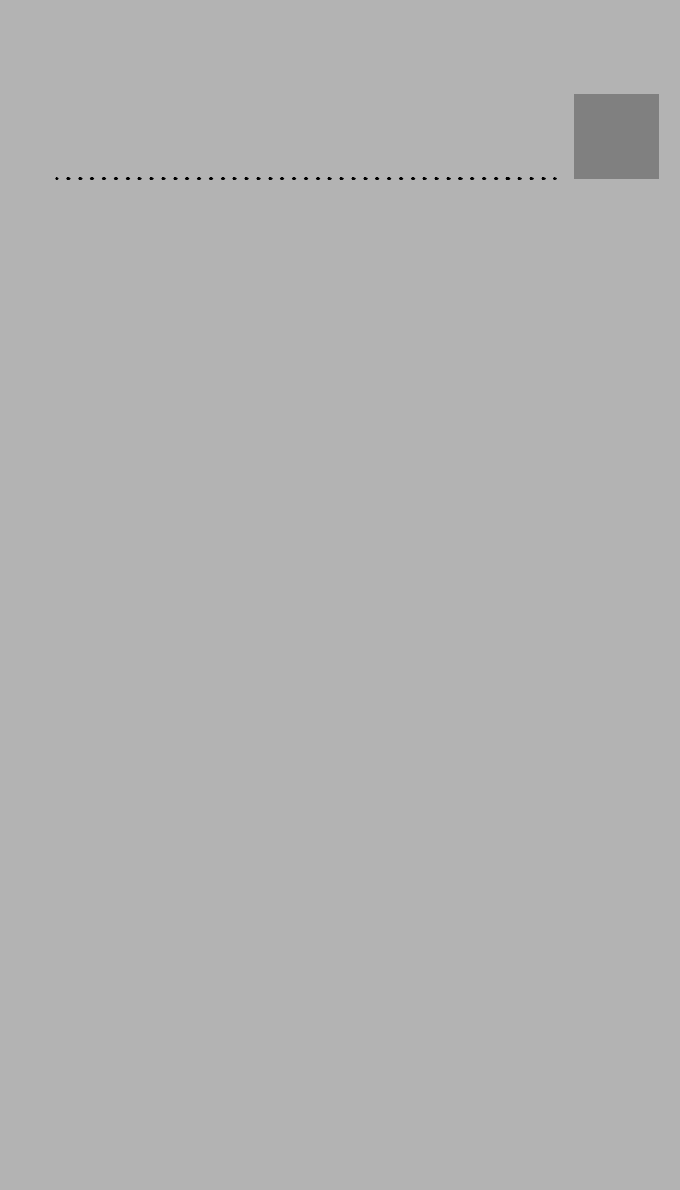
Equipment information sheet
Appendix
A
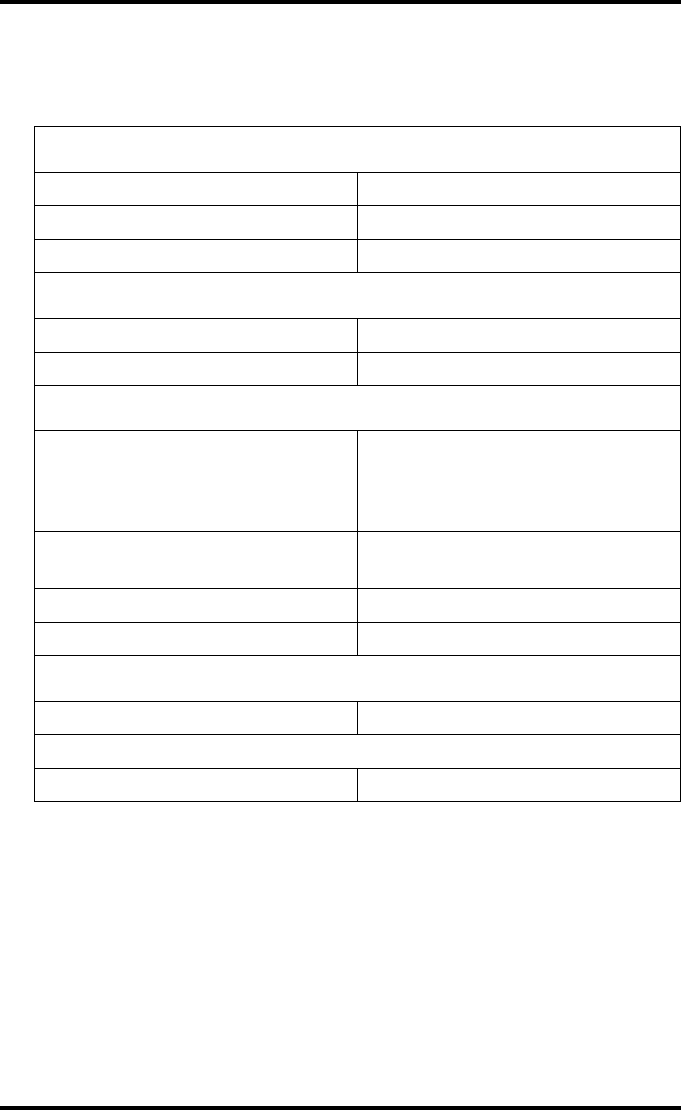
190 2920B EN 20031206
Specifications
Product description
Type of product Printer
Commercial name Drystar 5300
Original seller/manufacturer Agfa-Gevaert N.V.
Labeling
TÜV-Certification Mark
cUL-Certification Mark, CE-marking
Dimensions
Dimensions (approx. values in cm)
• Unpacked: width 67, length 80,
height 36
• Packed: width 80, length 106,
height 61
Weight • Unpacked: approx. 52 kg
• Packed: approx. 82 kg
RAM memory 512 Mb
Mass storage media (internal/external) Compact Flash Type II
Electrical connection
Operating voltage 100-127 V; 220-240 V AC
No external mains fuses
Mains frequency 50/60 Hz
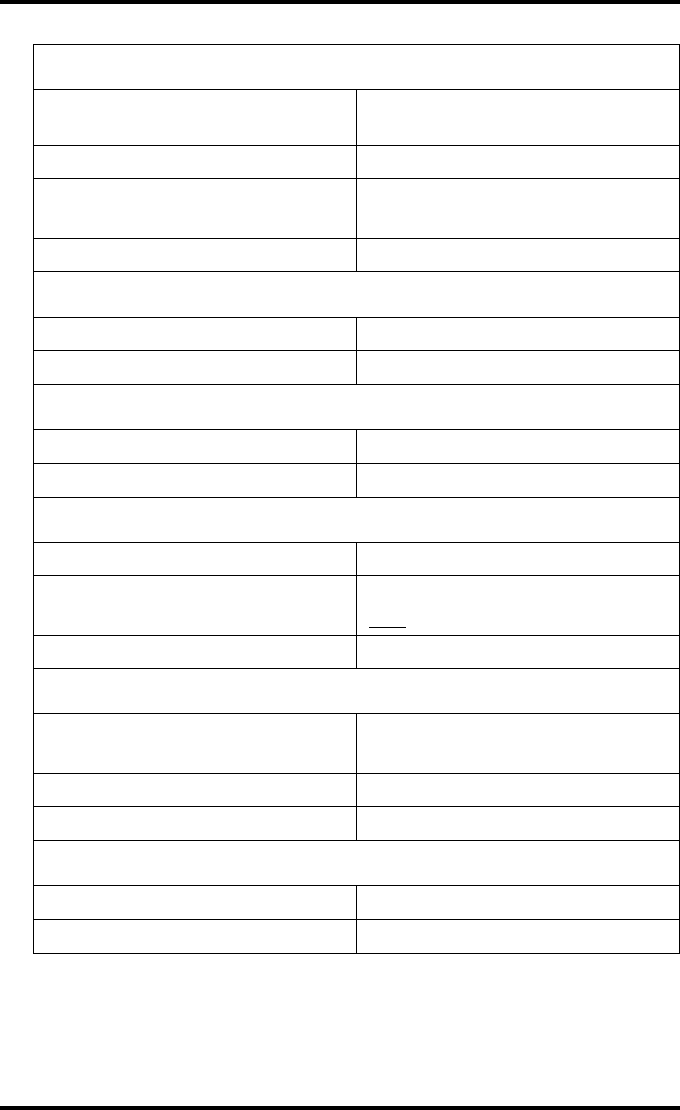
191
2920B EN 20031206
Network connectivity
Ethernet / connectors RJ45 twisted pair for 100Base-TX;
Serial RS232 connection
Network protocols (TCP/IP services) FTP, Telnet, HTTP, SMTP
Image formats DICOM (Default)
TIFF
Postscript Not available
Power consumption
During operation 250 W
In standby 40 W
Protection against
Electrical shocks Class 1 (grounded)
Ingress of water IPXØ
Environmental conditions (operation)
Room temperature Between +15°C and +30°C
Relative humidity Between 10% and 80%
Note: Films may not become wet!
Atmospheric pressure 70 kPa - 106 kPa
Environmental conditions (transport and storage)
Room temperature Between -25°C and 55°C (storage)
Between -25°C and 70°C (transport)
Relative humidity Between 10% and 100%
Atmospheric pressure 70 kPa - 106 kPa
Noise emission (method of measurement in accordance with DIN 45635 part 19)
During operation Max. 56 dBA
In standby Max. 47 dBA
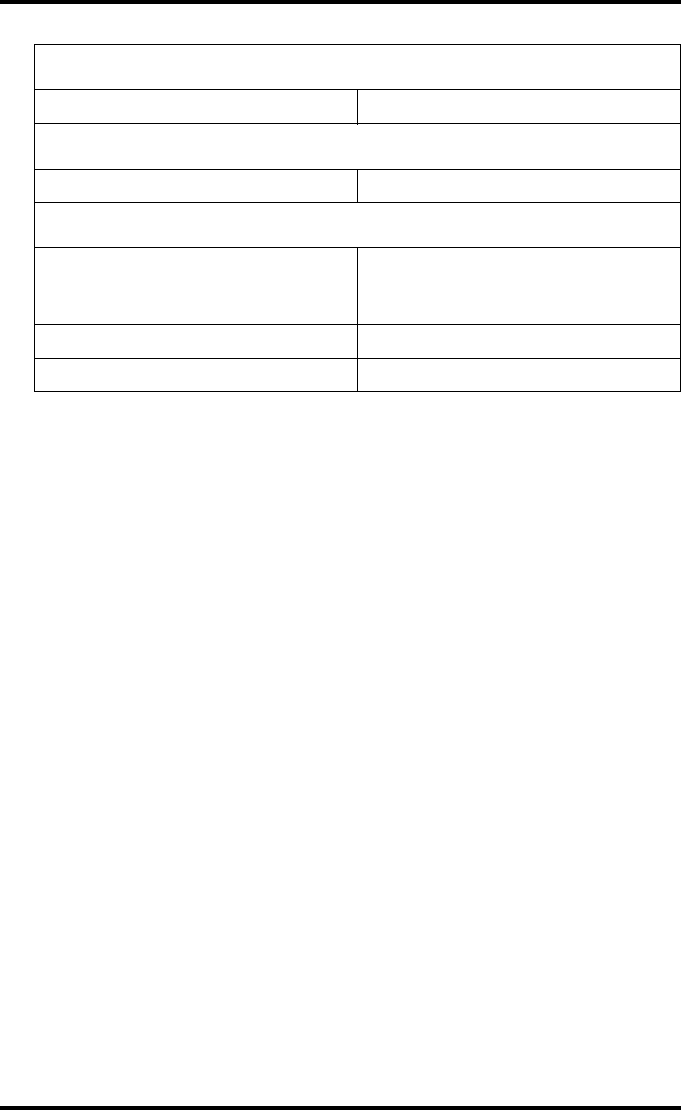
192 2920B EN 20031206
Consumables
Drystar DT 2B and Drystar DT 2C 11x14” and 14x17” film sizes
Print technology
Direct thermal printing
Reliability
Estimated product life
(if regularly serviced and maintained
according to Agfa instructions)
> 5 years and > 125,000 films
Service interventions Max. 2 interventions / 3 years
Earthquake kit (standard) Meets the CA requirements
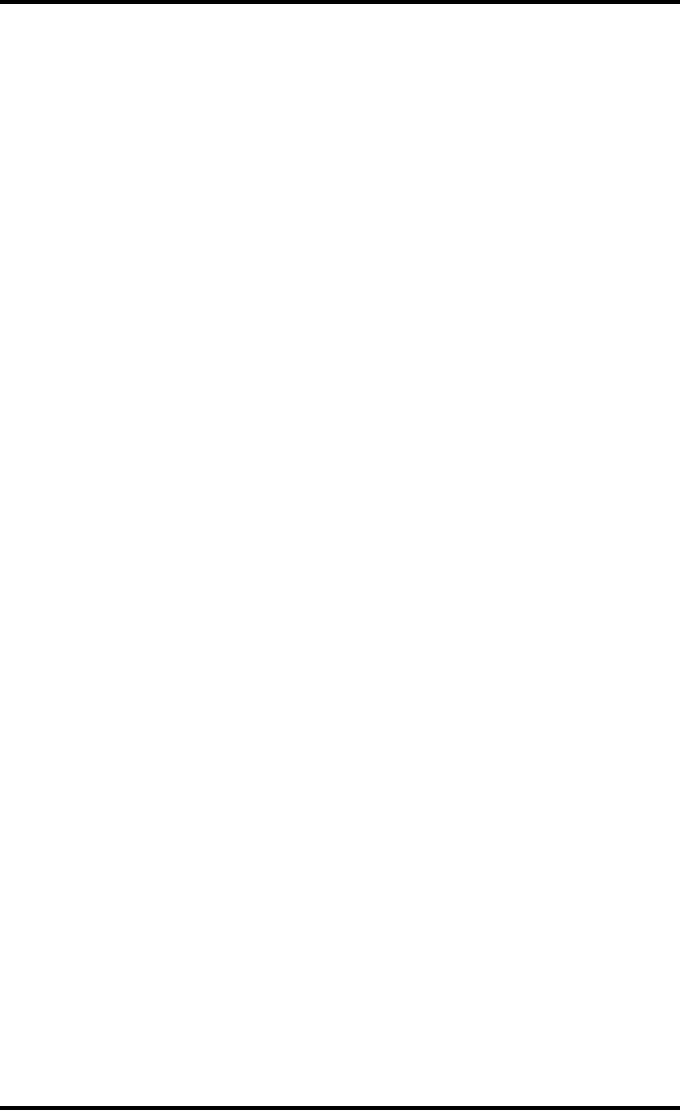
193
2920B EN 20031206
Options and accessories
Mobile / Earthquake provisions
Hardware
The OPTIONAL mobile/earthquake installation kit allows you to use the
Drystar 5300 in a van, or to use it in unstable environment.
It contains the necessary equipment to fix the printer onto a table.
The mobile/earthquake installation kit is delivered with the necessary
mounting instructions.
Software
No additional software for mobile/earthquake use is required. Separate
saving and restoring of the network settings is provided to facilitate mobile
configuration of the printer. Refer to ‘Save configuration procedure’ on
page 95, and to ‘Accessing the restore configuration menu’ on page 97 for
more information.
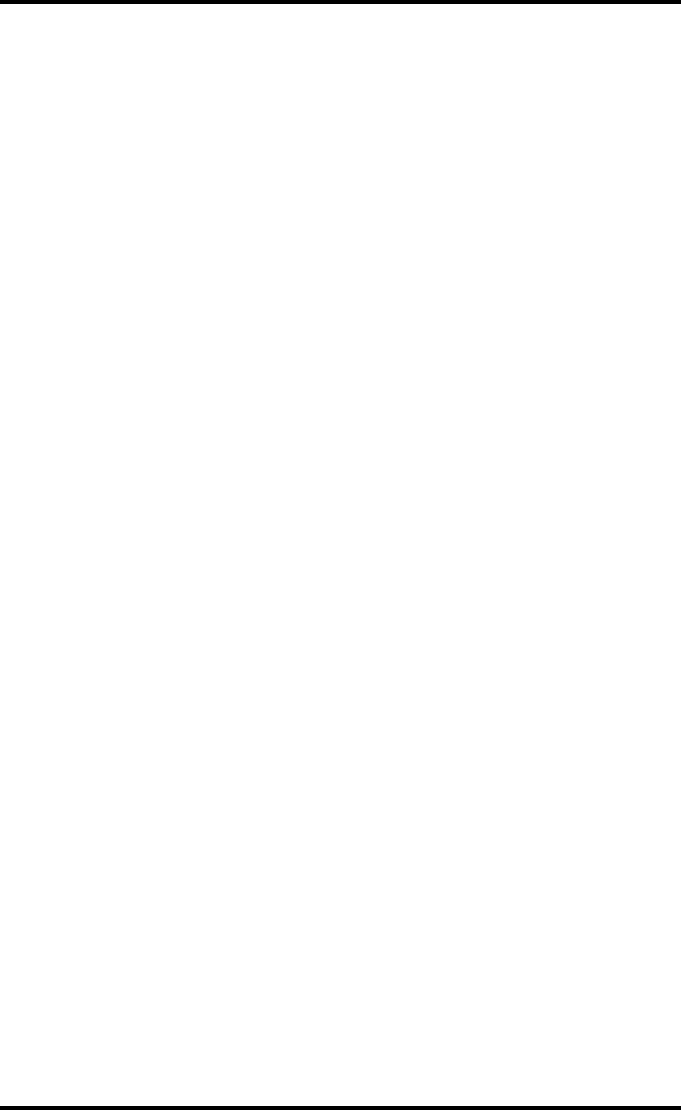
194 2920B EN 20031206
Connectivity with Agfa equipment
•Paxport
•MG3000
•ADC 70
•ADC Compact
•ADC Compact Plus
•ADC Solo
•Impax
•DR-Thorax
Connectivity with non-Agfa equipment
From a connectivity point of view, every connection to a modality supporting
"DICOM print" is released per default (Generic Release). At market launch,
the most important modalities (depending on the printers main market, e.g.
CR/DR) of the OEM's will have been covered. In a later stage, more
connectivity testing will take place depending on the specified requests. The
most actual listing of verified modalities can be found in the Interface Status
Report.
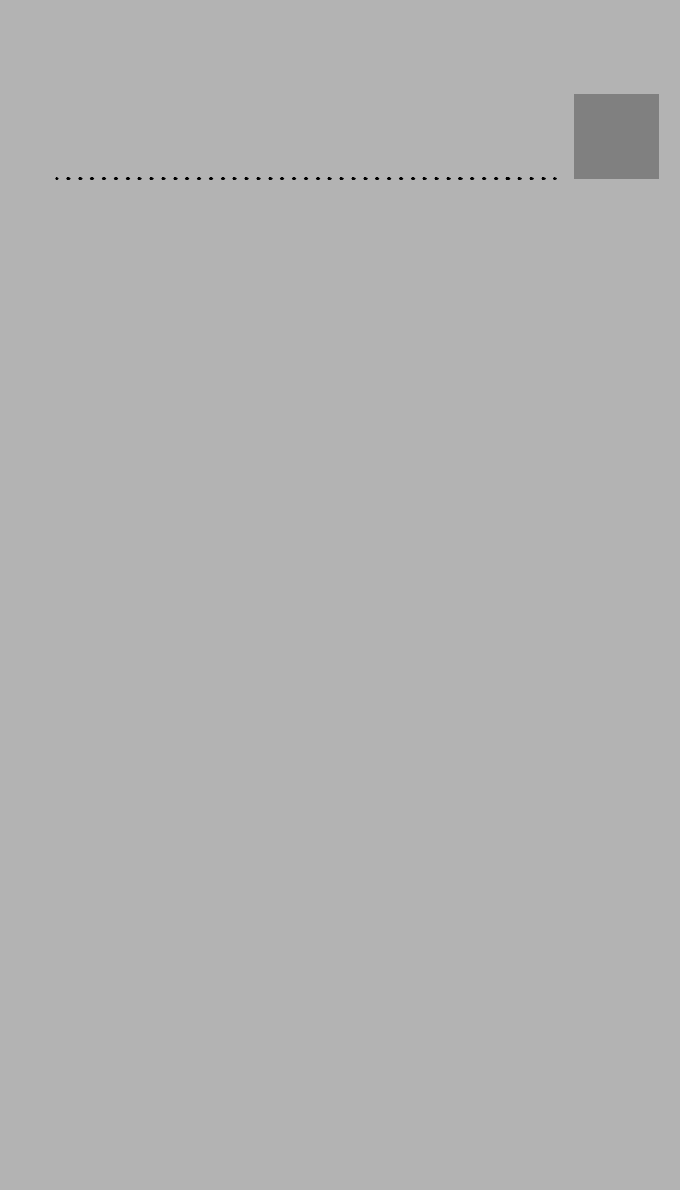
Drystar media
density response data
Appendix
B
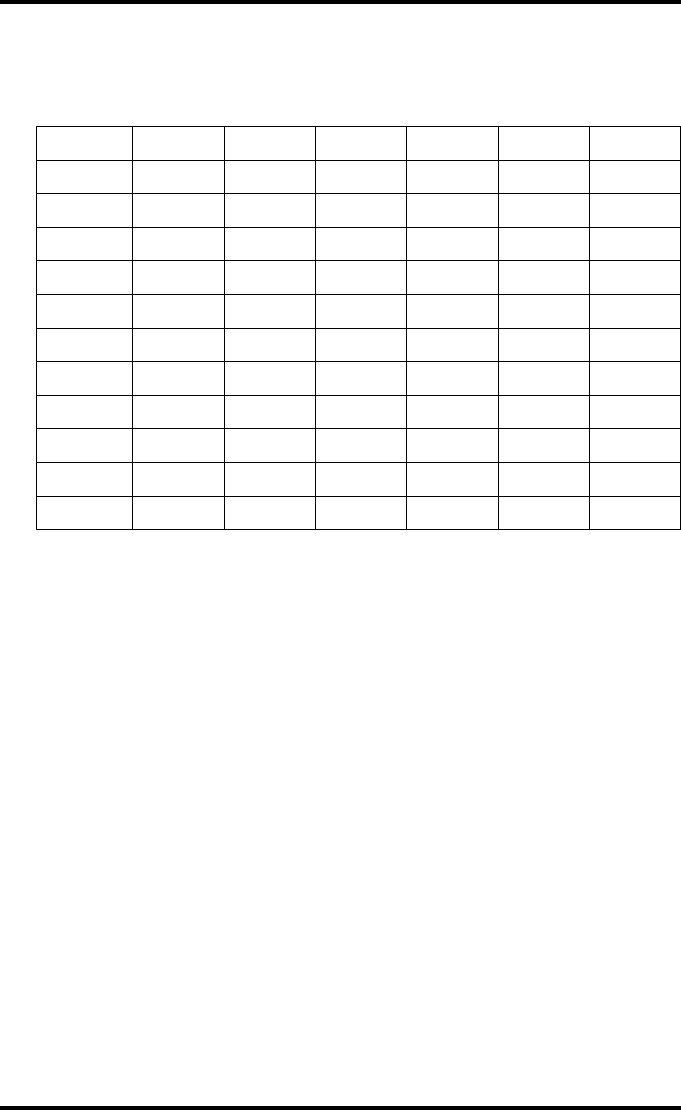
196 2920B EN 20031206
Drystar DT 2B
Legend:
(1) = X-RITE 310
(2) = GRETAG D200 II
(3) = MACBETH TR924
(4) = X-RITE 341
(5) = X-RITE 331
(6) = X-RITE 301
dens. (1) (2) (3) (4) (5) (6)
0% 0.25 0.18 0.23 0.21 0.22 0.20
10% 0.55 0.46 0.51 0.49 0.50 0.48
20% 0.84 0.75 0.80 0.78 0.79 0.77
30% 1.14 1.03 1.08 1.06 1.08 1.05
40% 1.43 1.32 1.37 1.36 1.37 1.34
50% 1.73 1.60 1.65 1.64 1.65 1.62
60% 2.02 1.89 1.94 1.93 1.94 1.91
70% 2.32 2.18 2.22 2.21 2.22 2.19
80% 2.61 2.47 2.51 2.51 2.52 2.48
90% 2.91 2.75 2.79 2.79 2.80 2.75
100% 3.20 3.04 3.08 3.08 3.09 3.04
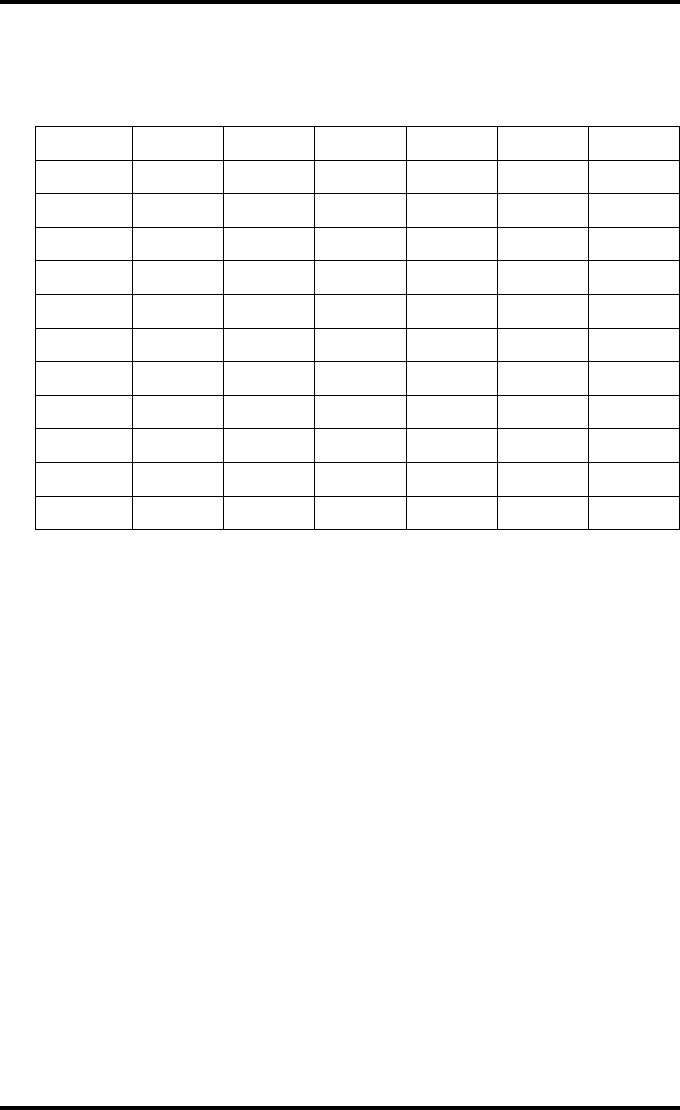
197
2920B EN 20031206
Drystar DT 2C
Legend:
(1) = X-RITE 310
(2) = GRETAG D200 II
(3) = MACBETH TR924
(4) = X-RITE 341
(5) = X-RITE 331
(6) = X-RITE 301
dens. (1) (2) (3) (4) (5) (6)
0% 0.09 0.08 0.09 0.08 0.09 0.08
10% 0.38 0.36 0.37 0.37 0.38 0.36
20% 0.67 0.64 0.66 0.65 0.66 0.64
30% 0.96 0.93 0.94 0.93 0.94 0.92
40% 1.25 1.21 1.22 1.22 1.23 1.20
50% 1.55 1.49 1.50 1.50 1.51 1.48
60% 1.84 1.77 1.78 1.78 1.80 1.76
70% 2.13 2.06 2.06 2.06 2.08 2.05
80% 2.42 2.34 2.35 2.35 2.36 2.33
90% 2.71 2.62 2.63 2.63 2.65 2.61
100% 3.00 2.92 2.92 2.92 2.94 2.90
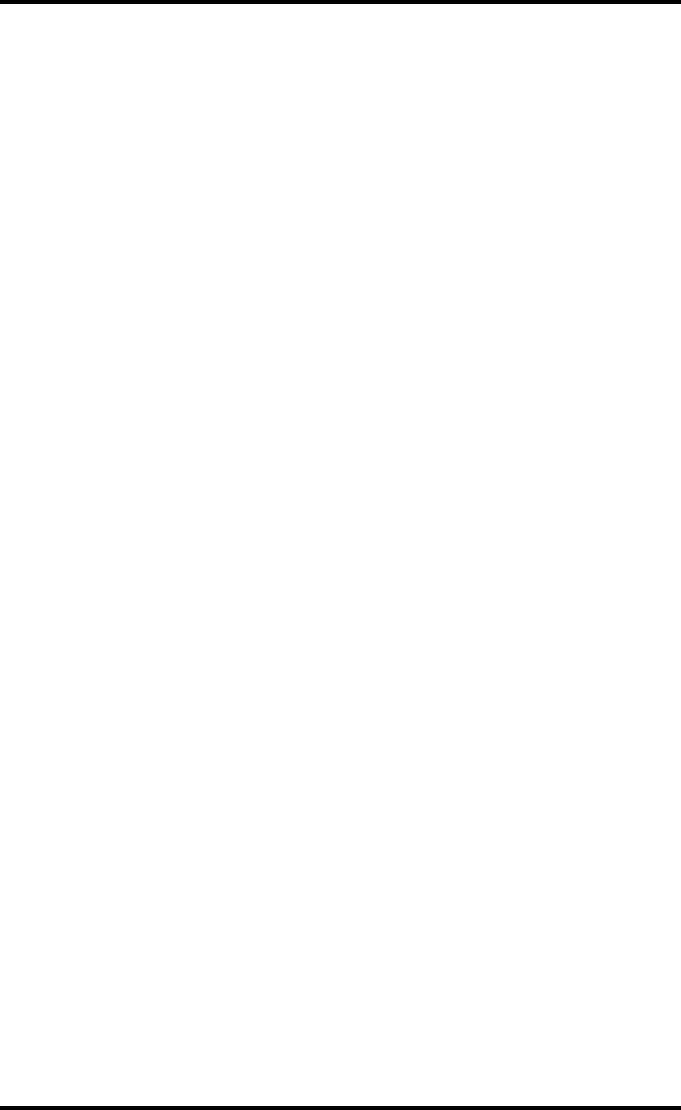
198 2920B EN 20031206
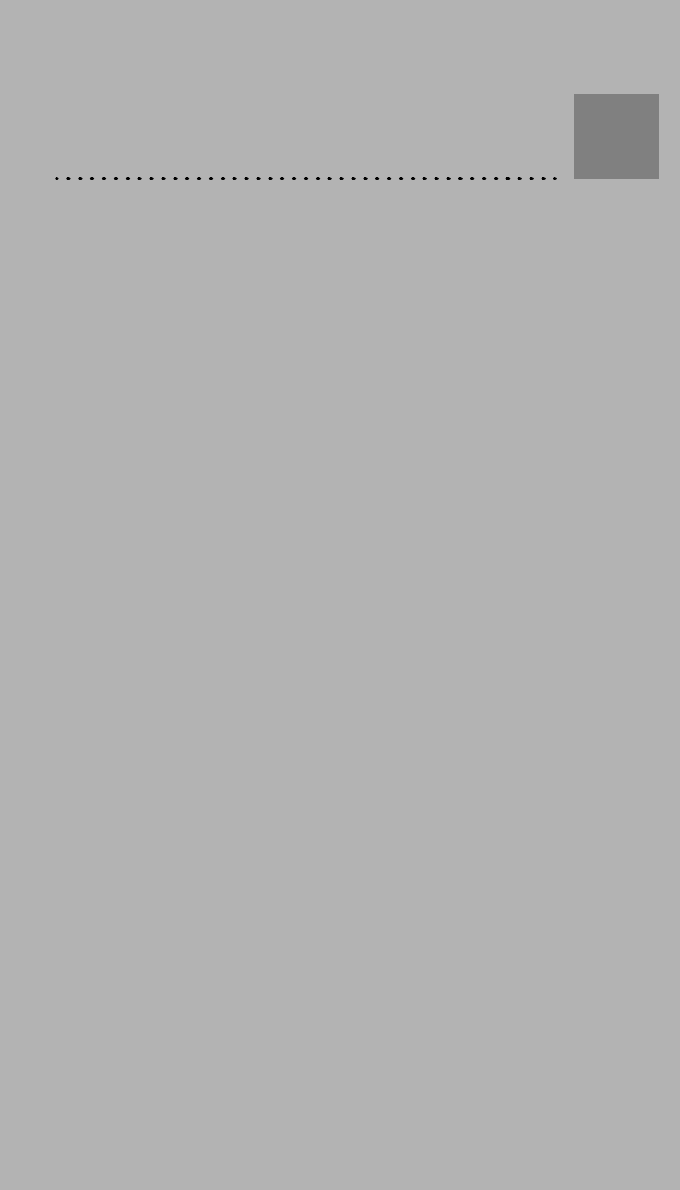
Quality Control Charts
Appendix
C
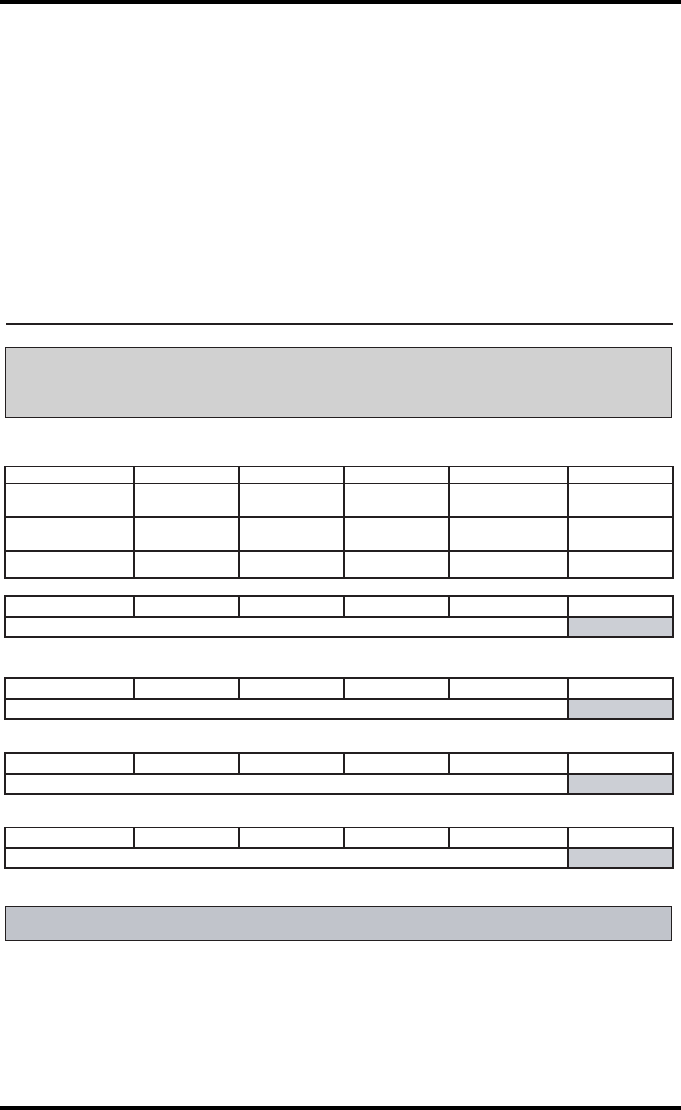
200 2920B EN 20031206
Drystar 5300 Imager: Determination of Operating Levels
Chart 1
Imager Type: __________ Serial #: _________________ Date ____________________
Film Type: ____________ Emulsion #: ______________
Densitometer (Internal or External )
If External: Type ____________ Serial #: _________________
Day 1 Day 2 Day 3 Day 4 Day 5
Month
Day
Initials
Base + Fog
Average of 5 Values = operating (aim) level Base + Fog
Mid Density
Average of 5 Values = operating (aim) level "Mid Density"
Dens. Difference
Average of 5 Values = operating (aim) level Density Difference
Dmax
Average of 5 Values = operating (aim) level Dmax
Step 1: Print QC Test images on five consecutive days. Record the optical densities
measurements in the tables below. After five days, average the values to determine
the operating (aim) levels for each of the parameters.
Step 2: Copy the operating (aim) levels to Charts 2A/B (’Daily Density Control Chart’)
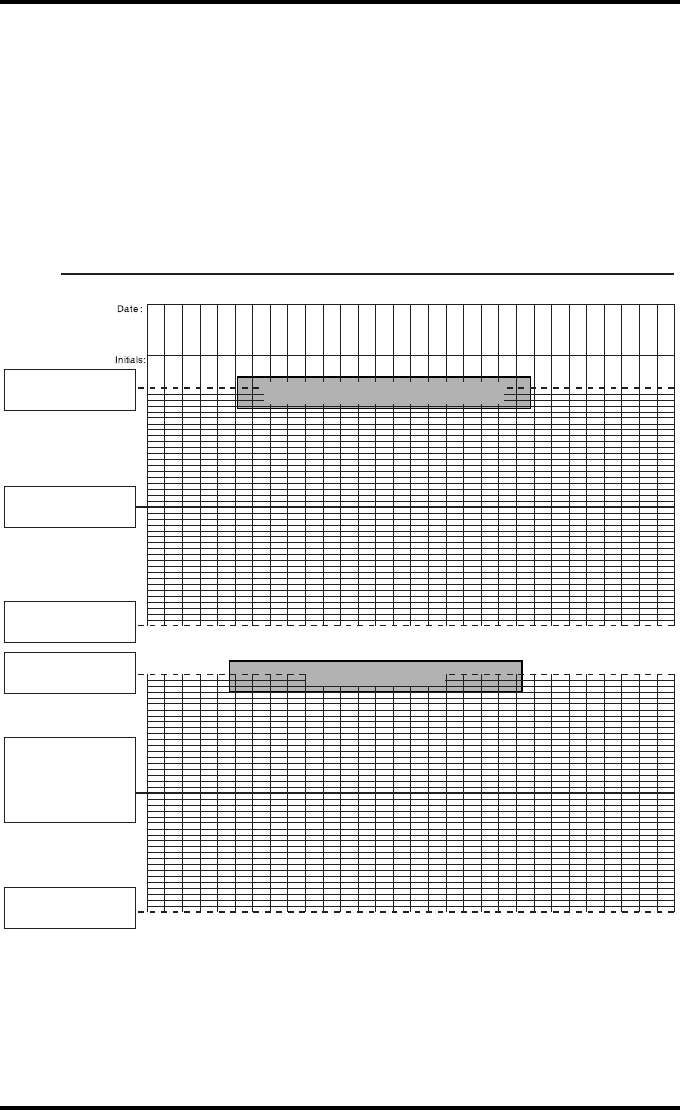
201
2920B EN 20031206
Drystar 5300 Imager Daily Density
Control Chart
Imager Type: __________ Serial #: _____________ Film Type:____________ Emul #:___________
Densitometer (Internal or External ) If External: Type _______________ Serial #:________________
Mid Density (Density closest to 1.20)
Density Difference
Upper Control limit =
+0.20
Mid Density Aim
Lower Control Limit =
-0.20
Upper Control limit =
+0.20
Density Difference
Aip
(High - Low)
Lower Control Limit =
-0.20
Chart 2A
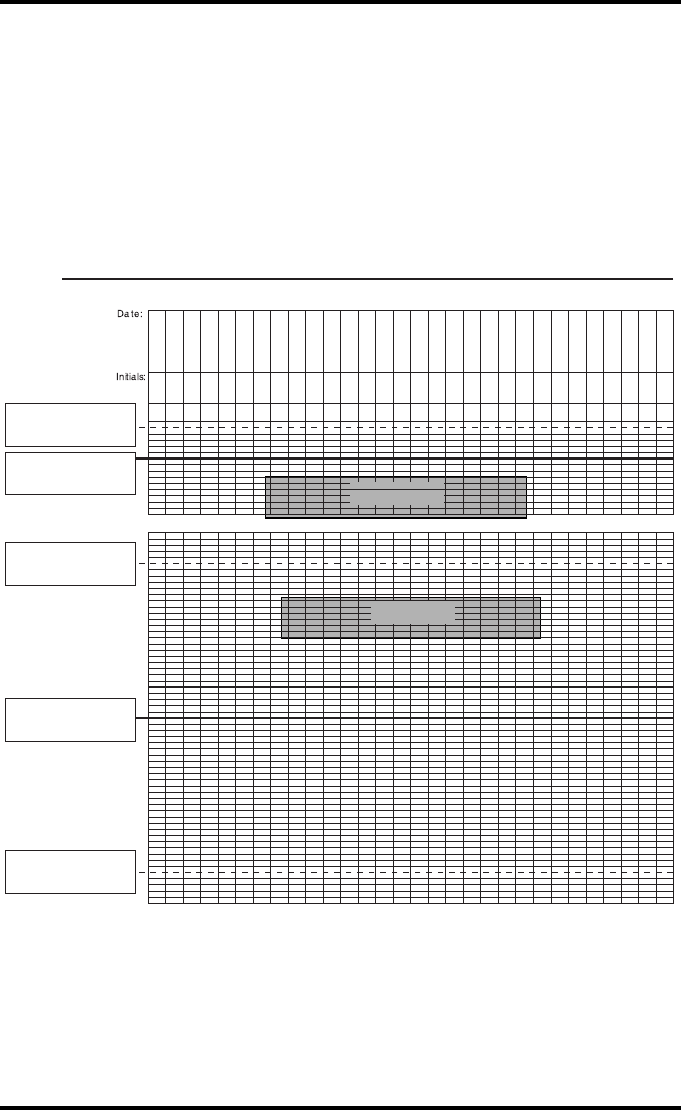
202 2920B EN 20031206
Drystar 5300 Imager Daily Density
Control Chart
Imager Type: __________ Serial #: _____________ Film Type:____________ Emul #:___________
Densitometer (Internal or External ) If External: Type _______________ Serial #:________________
Base + Fog
D Max
Upper Control limit =
+0.05
Base + Fog Aim
Upper Control limit =
+0.25
Lower Control Limit =
-0.25
D max Aim
Chart 2B
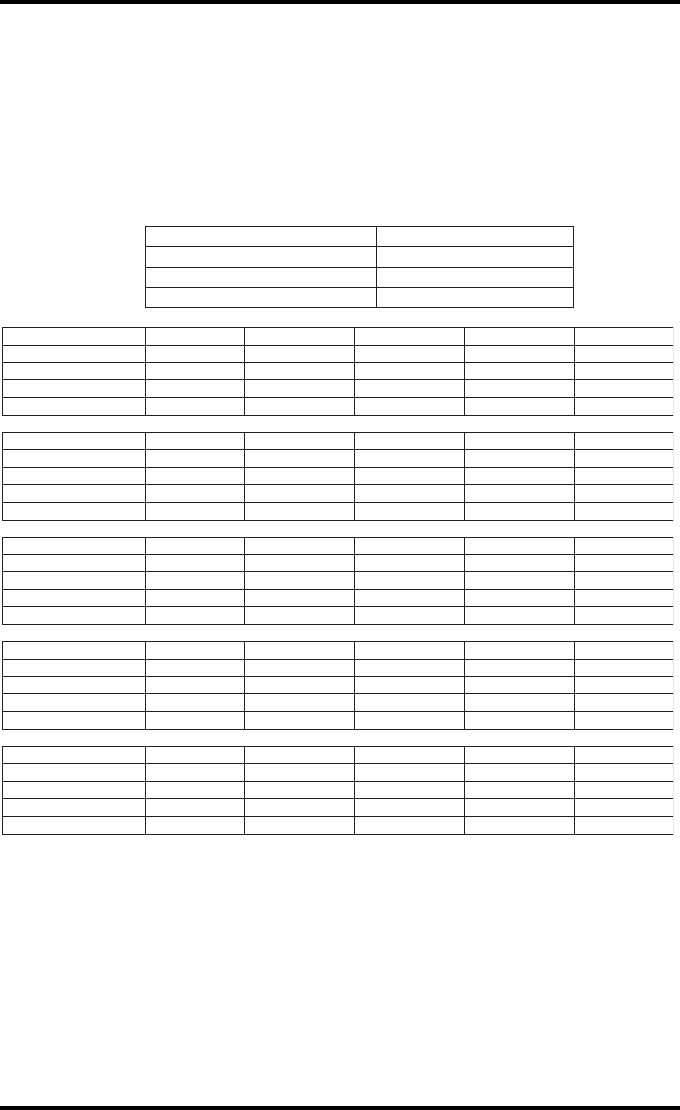
203
2920B EN 20031206
Chart 3
Drystar 5300 Imager Artifacts and Spatial Resolution
Control Chart
Test Frequency: Weekly Drystar 5300 Serial # _____________
Initial Reference Test Date
Initial Reference Artifacts
Initial Reference Dot Visibility
Month
Day
Artifacts
Visibility of all Dots
Month
Day
Artifacts
Visibility of all Dots
Month
Day
Artifacts
Visibility of all Dots
Month
Day
Artifacts
Visibility of all Dots
Month
Day
Artifacts
Visibility of all Dots
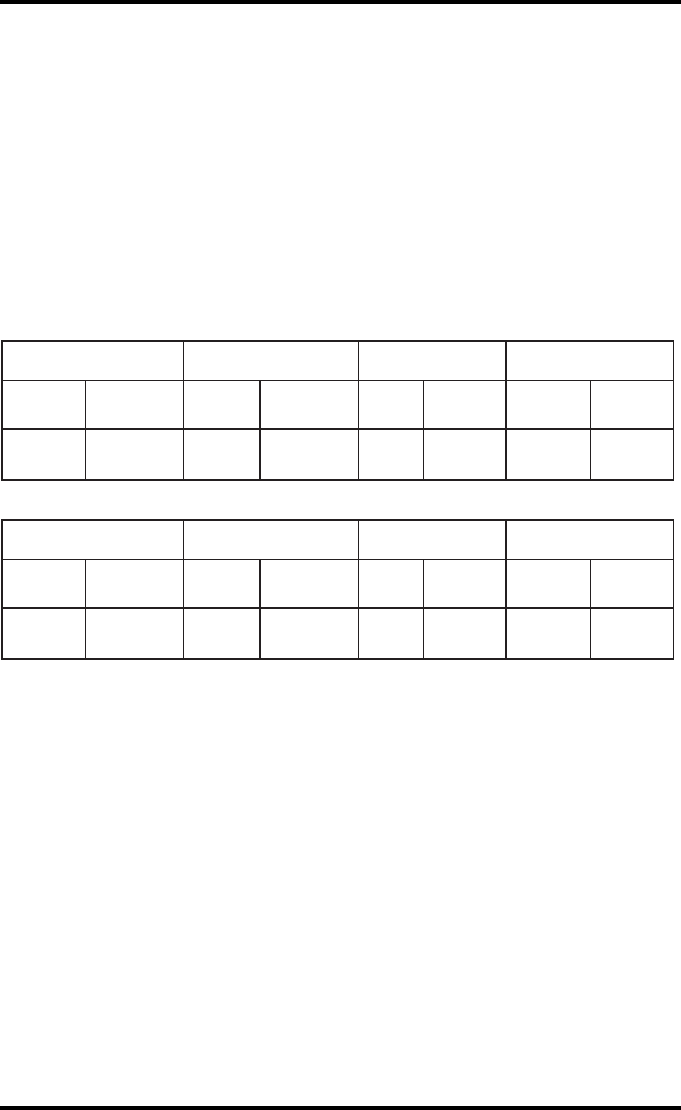
204 2920B EN 20031206
Chart 4
Drystar 5300 Imager Geometric Consistency
Control Chart
Test Frequency: Annually or as required Drystar 5300 Serial # ______________
Reference Dimensions
Date:
Measured Dimensions
Date:
Consistency Aspect Ratio
Aref A: A/Aref A/B
Bref B: B/Bref
Reference Dimensions
Date:
Measured Dimensions
Date:
Consistency Aspect Ratio
Aref A: A/Aref A/B
Bref B: B/Bref
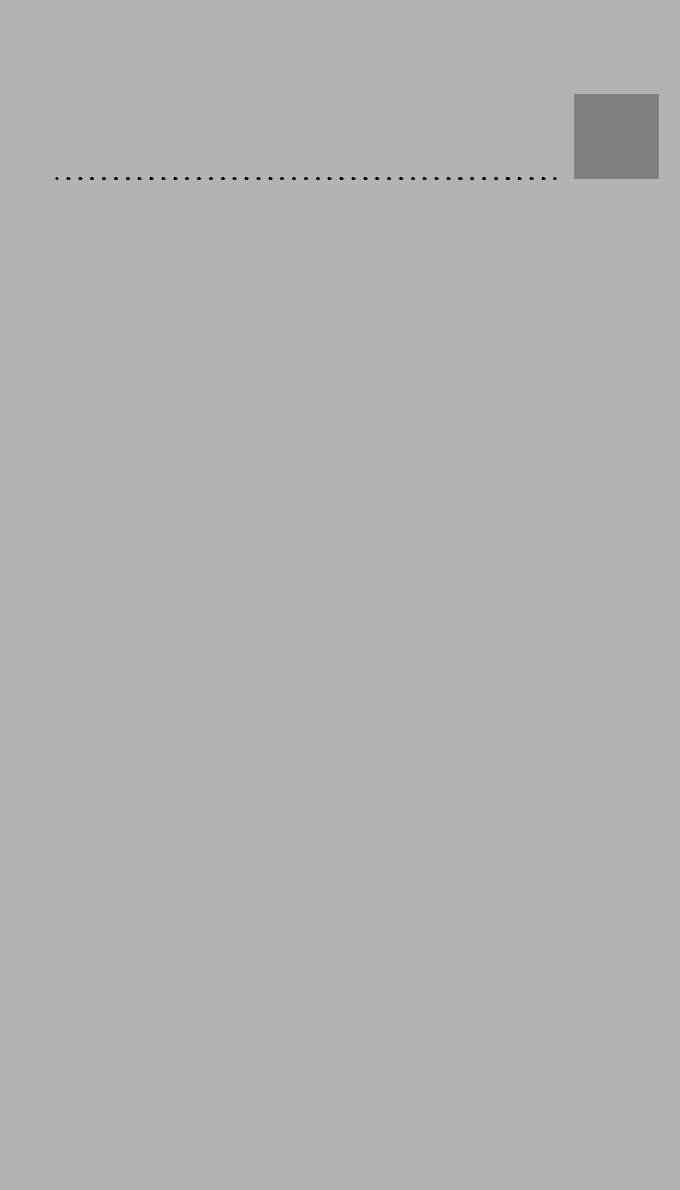
Index
Appendix
D
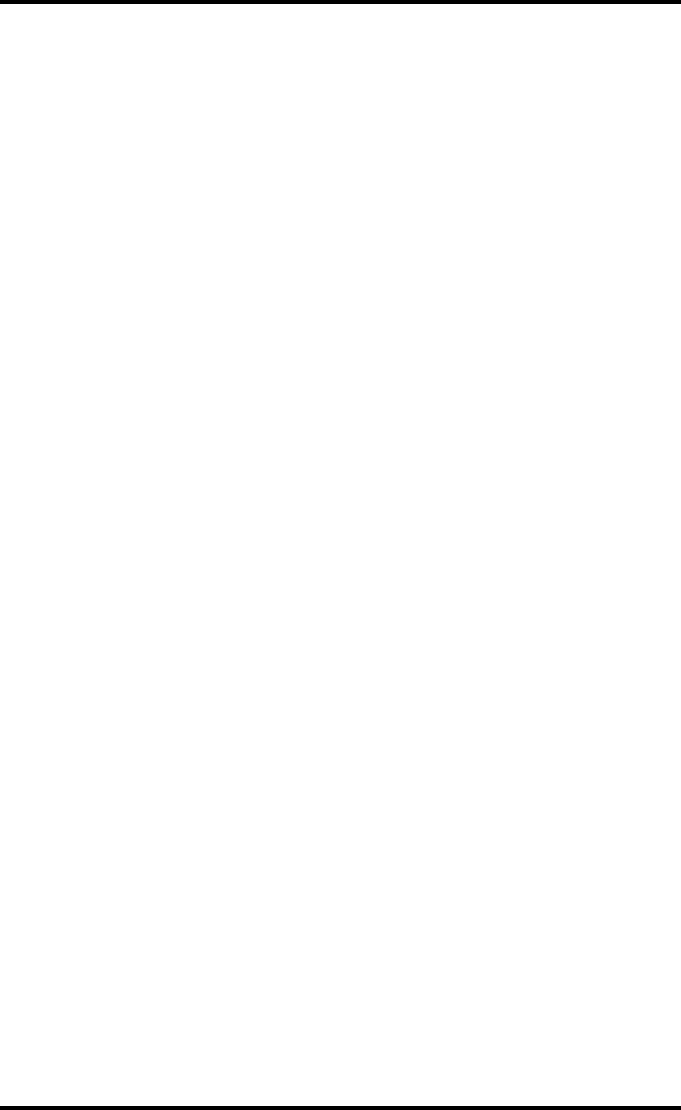
206 2920B EN 20031206
Index
A
Alert mailing
how to set the alert mailing? .............................................................................84
Attributing fixed IP address to remote PC.............................................................. 142
Audio signals
meaning........................................................................................................... 23
B
Backup of settings
how to make a backup of the printer settings on an external CF-card? ...............95
Beeps. See Audio signals
Browser mode
configuration with crossed network cable.........................................................141
configuration with straight network cable .........................................................141
entering key-operator level.............................................................................. 148
features..........................................................................................................140
how to control the Drystar 4500 via the browser............................................... 139
how to set up a direct link ...............................................................................142
how to set up a link through a network............................................................. 146
how to start a remote session ......................................................................... 147
setup .............................................................................................................141
C
Calibration
film calibration ................................................................................................104
overview of calibration functions......................................................................101
Configuration
network..........................................................................................................157
Customization functions
general procedure ............................................................................................ 59
overview ..........................................................................................................58
D
Display
location ............................................................................................................18
messages ........................................................................................................ 25
Domain name
how to change the Domain name?.................................................................... 71
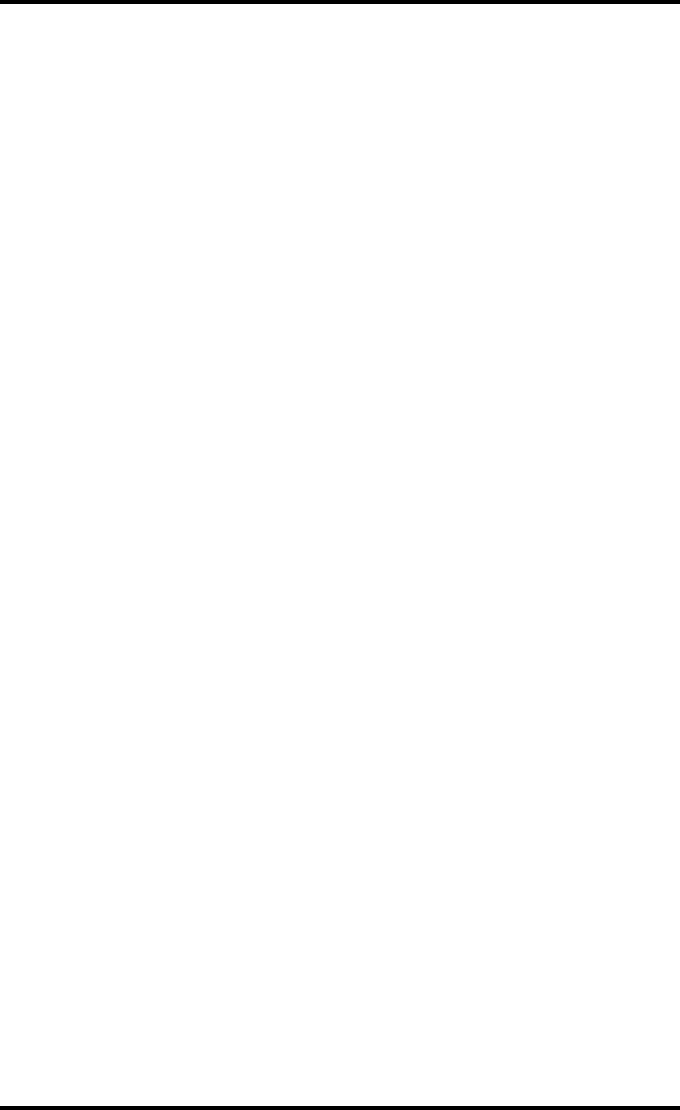
207
2920B EN 20031206
E
Environmental conditions ..................................................................................... 189
Error messages ................................................................................................... 183
checking error messages................................................................................ 171
while the printer starts up................................................................................ 183
F
Film
how to change the film type? ...................................................................... 66, 67
how to change the film view?............................................................................ 65
how to clear film jams? ................................................................................... 173
quality problems of printed films...................................................................... 184
Film input tray
location ............................................................................................................ 18
Film output tray
location ............................................................................................................ 18
H
Hostname
how to change the hostname? .......................................................................... 70
I
Icons ..................................................................................................................... 23
Indicator LEDs
meaning of the LED signals ............................................................................ 169
Installation
using the installation wizard ............................................................................ 126
IP-address
how to attribute fixed IP-address to remote PC................................................ 142
how to change the Printer IP-address?.............................................................. 72
how to change the Router IP-address? ............................................................. 77
how to change the Service host IP-address?..................................................... 74
J
Jams (how to solve?) ........................................................................................... 173
K
Keyboard
location ............................................................................................................ 18
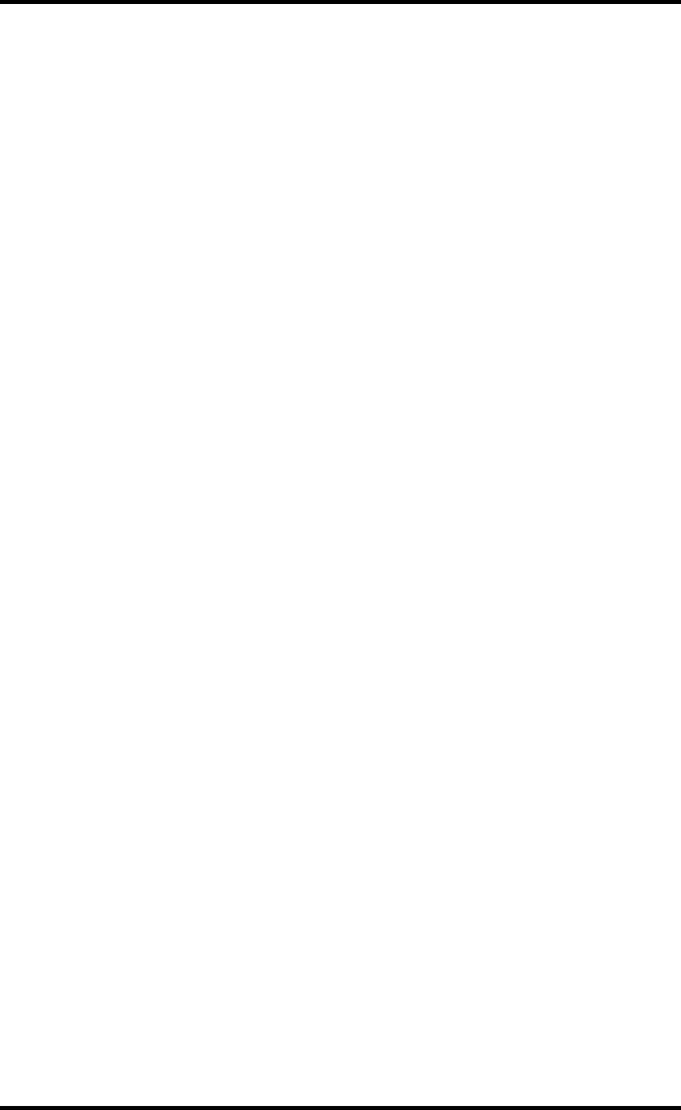
208 2920B EN 20031206
Key-operator menu ................................................................................................27
Key-operator mode ................................................................................................16
Keypad
keys.................................................................................................................23
Keys
confirm key ...................................................................................................... 23
emergency key................................................................................................. 23
erase key .........................................................................................................23
escape key....................................................................................................... 23
key-operator key ..............................................................................................23
service key....................................................................................................... 23
L
LEDs
meaning of the LED signals ............................................................................169
M
Mammography
how to perform the quality control tests? ......................................................... 118
how to set the default values?......................................................................... 110
Maximum density
how to change the maximum density?............................................................... 90
Modality
how to add a modality?..................................................................................... 80
how to remove a modality? ...............................................................................79
N
Netmask
how to change the netmask? ............................................................................ 76
O
Operator main screen.............................................................................................26
P
Power consumption.............................................................................................. 189
Power/Reset button
location ............................................................................................................18
Printer AE_title
how to change the printer AE_title?...................................................................69
Printer information
how to view printer information?........................................................................48
Printing files
from an external CF-card..................................................................................93
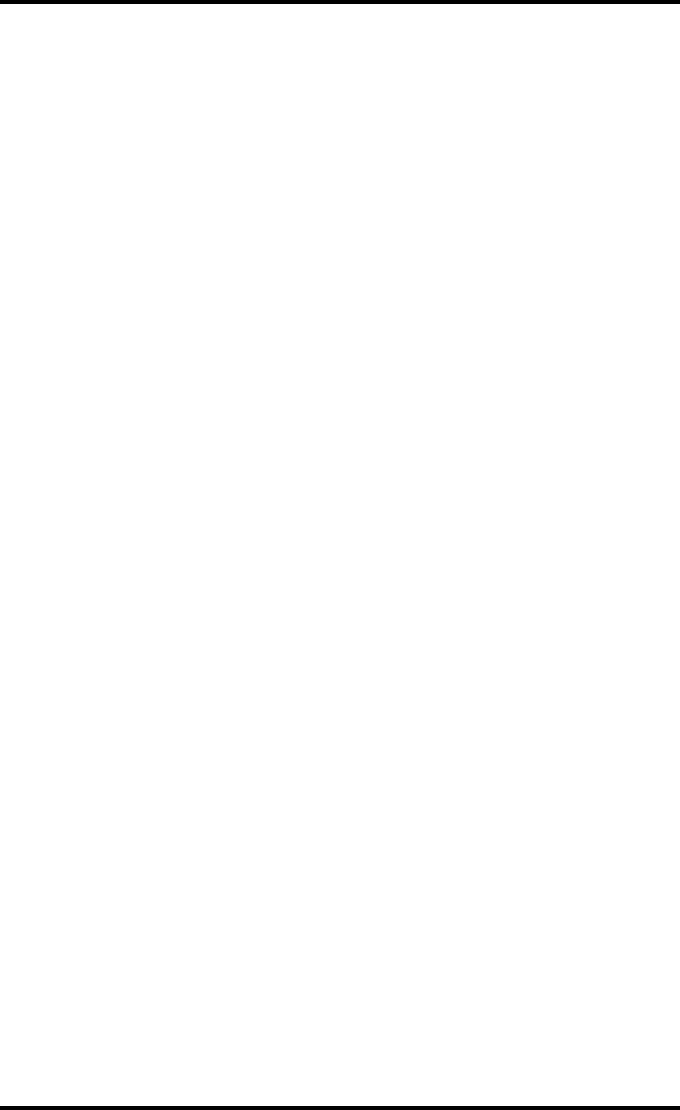
209
2920B EN 20031206
Proxy settings
how to switch off proxy settings of browser...................................................... 144
Q
Quality problems of printed film............................................................................. 184
R
Remote PC
configuration with crossed network cable ........................................................ 141
configuration with straight network cable ......................................................... 141
Restoring settings
how to restore the printer settings? ................................................................... 97
S
Safety
compliance....................................................................................................... 13
safety guidelines ............................................................................................ 160
transport after installation................................................................................ 158
Selftest failure...................................................................................................... 183
Service.................................................................................................................. 16
overview of service actions............................................................................. 108
Setting up a link through a network between PC and Drystar 4500......................... 146
Setting up direct link between PC and Drystar 4500 .............................................. 142
Status indicator
location ............................................................................................................ 18
Switching off proxy settings of the browser............................................................ 144
T
Thermal head
how to clean the thermal head resistor line?.................................................... 162
Troubleshooting checklists ................................................................................... 168
U
Upgrading the software ........................................................................................ 122
User interface ........................................................................................................ 18
control panel .................................................................................................... 23
display ............................................................................................................. 25
keypad............................................................................................................. 23
W
Warning messages .............................................................................................. 183

P
rinted in Belgium
P
ublished by Agfa-Gevaert N.V., B-2640 Mortsel-Belgium
2
920B EN 20031206
